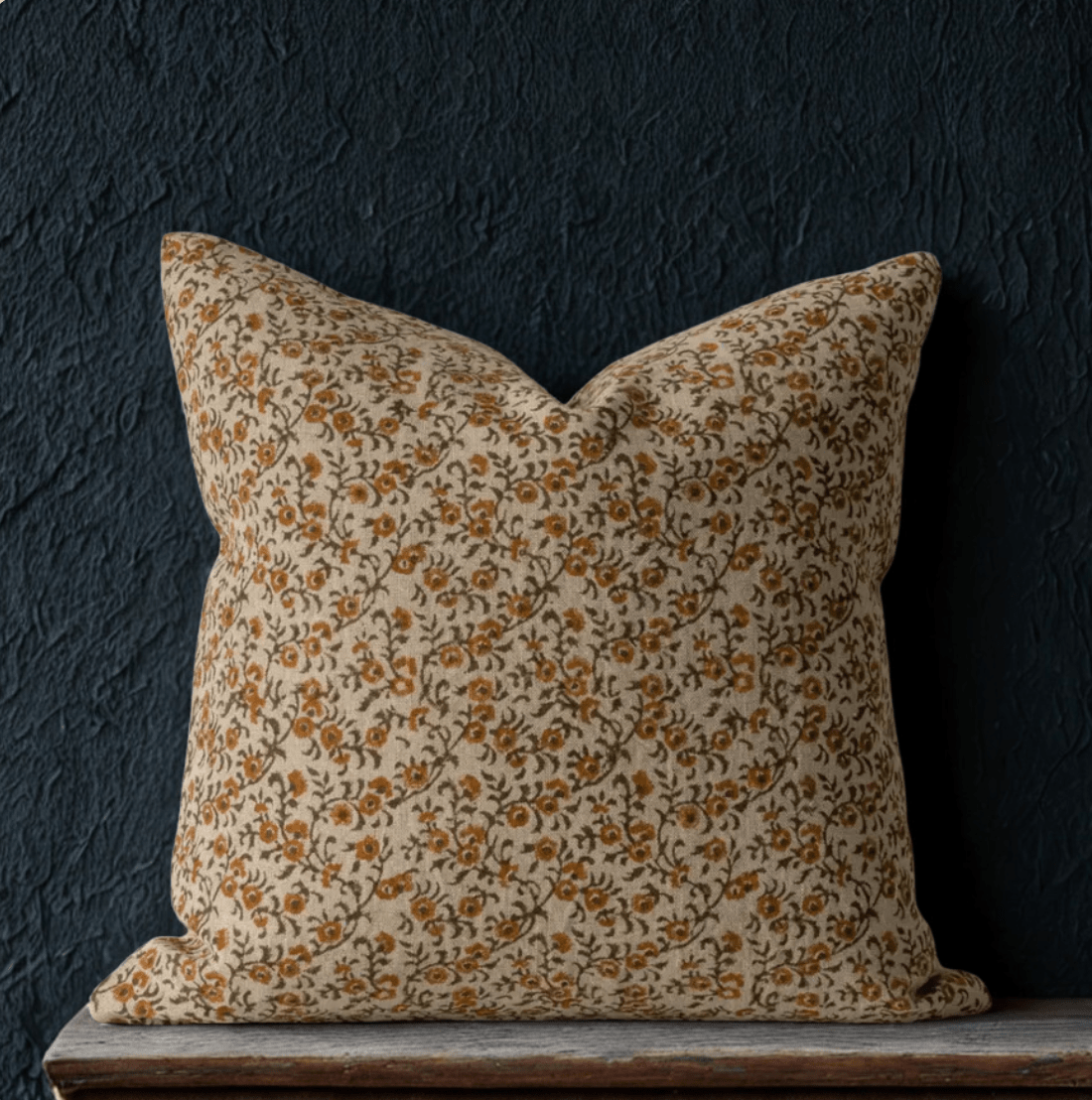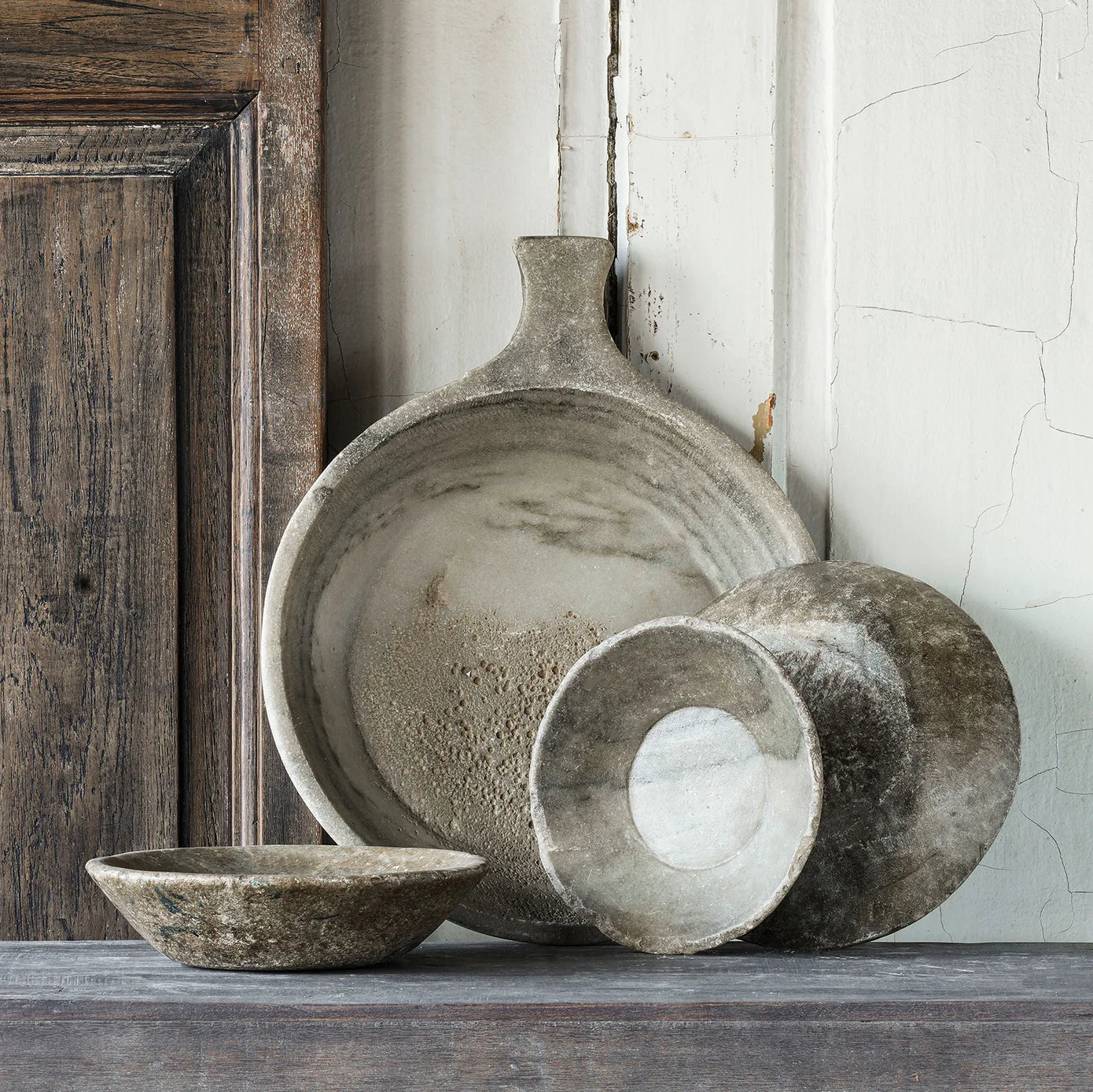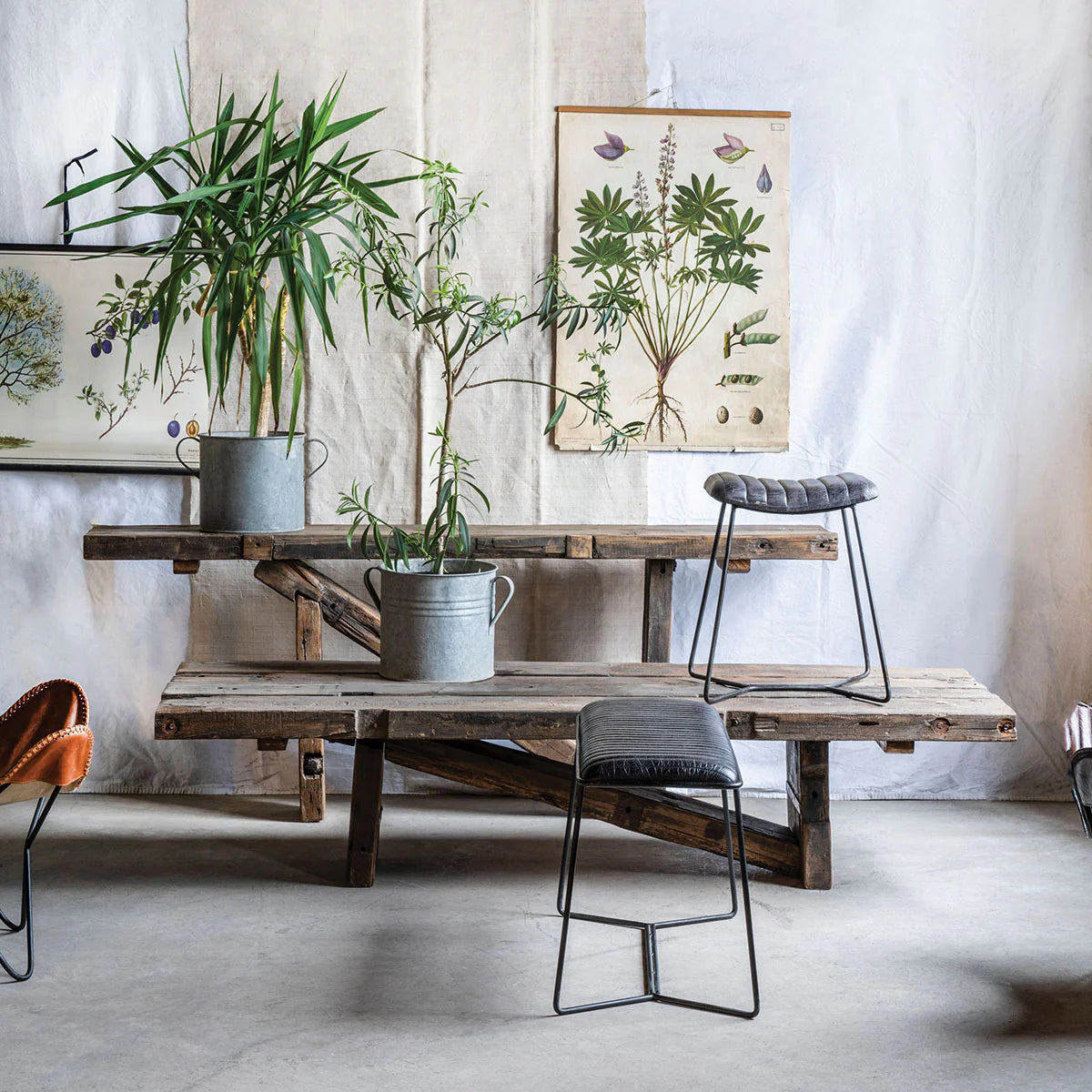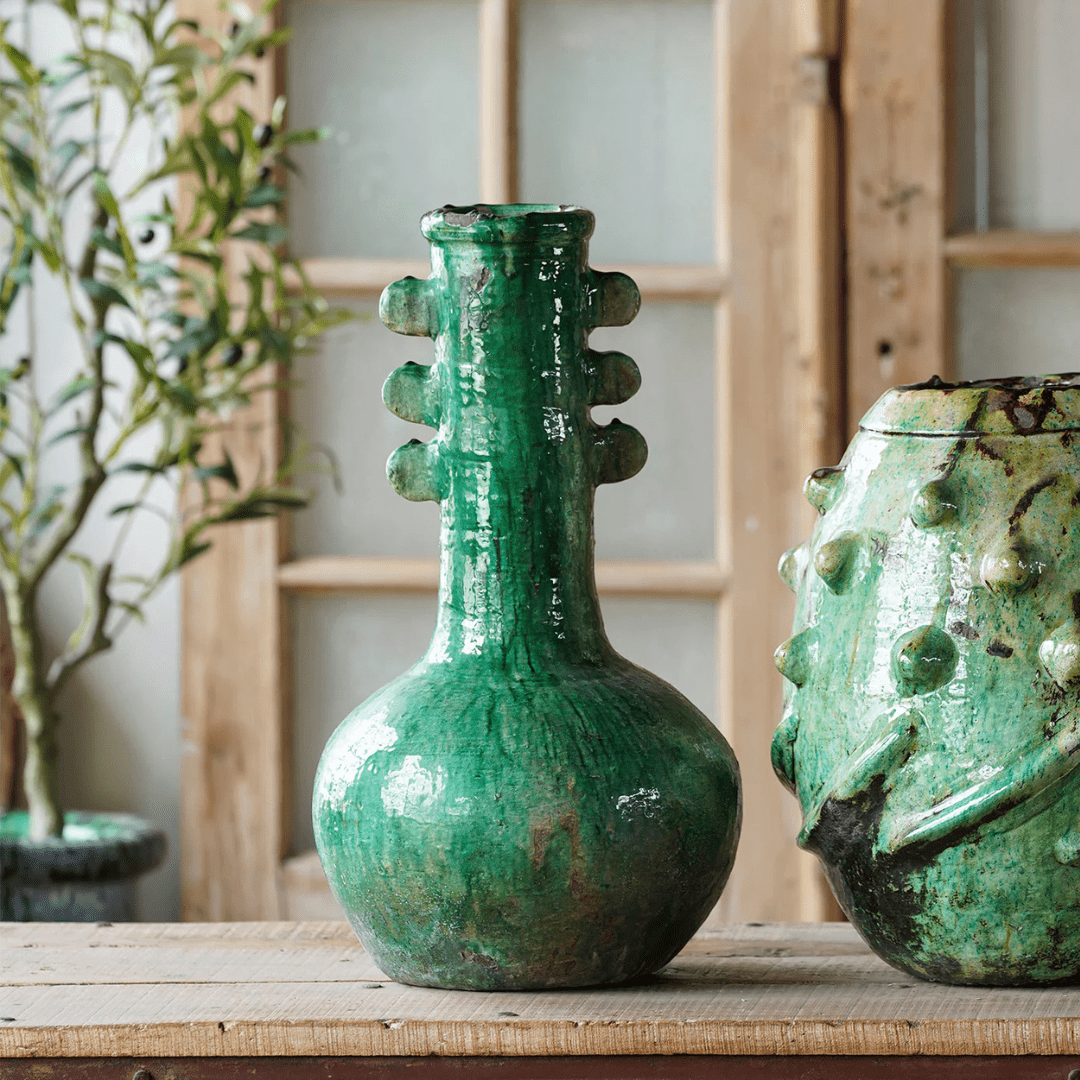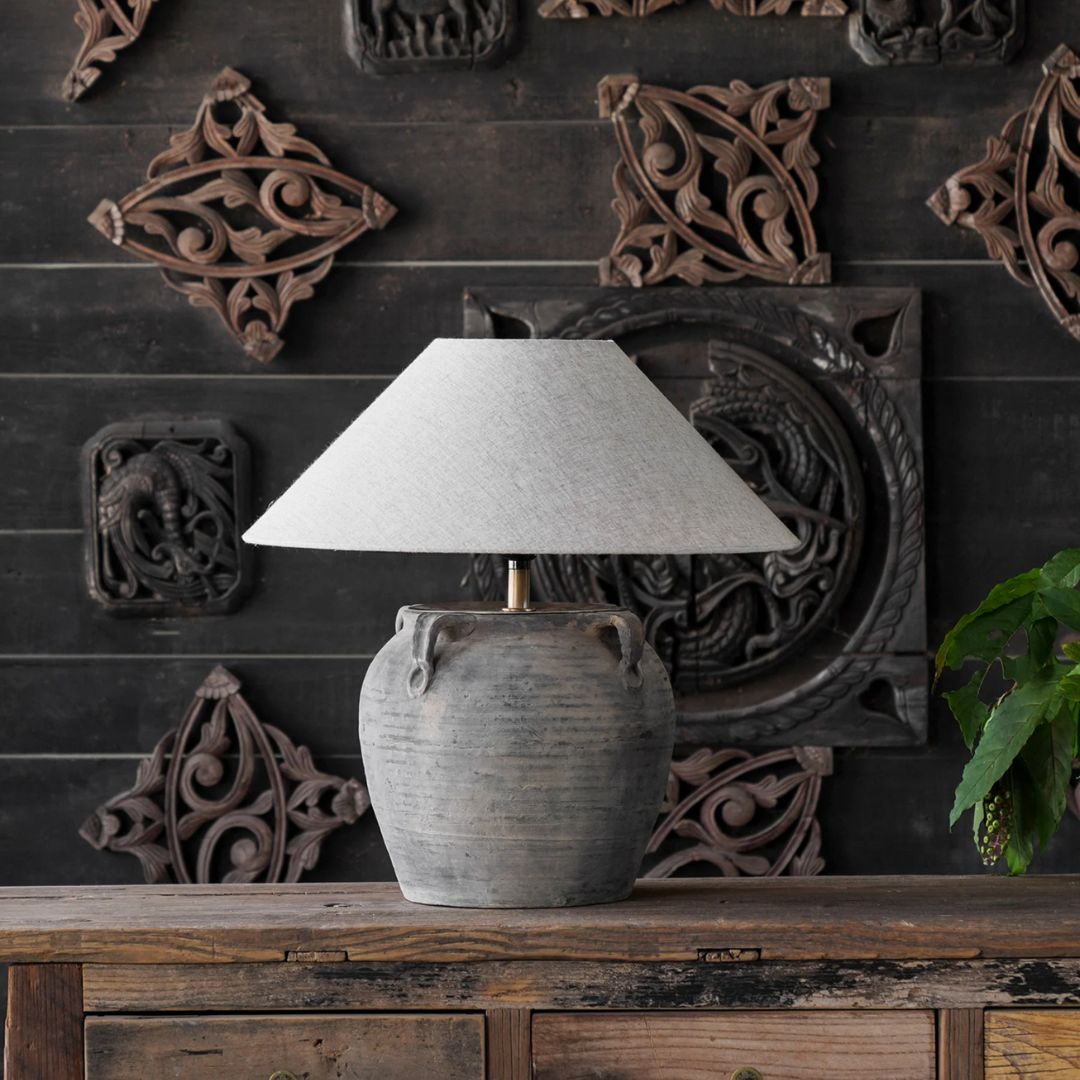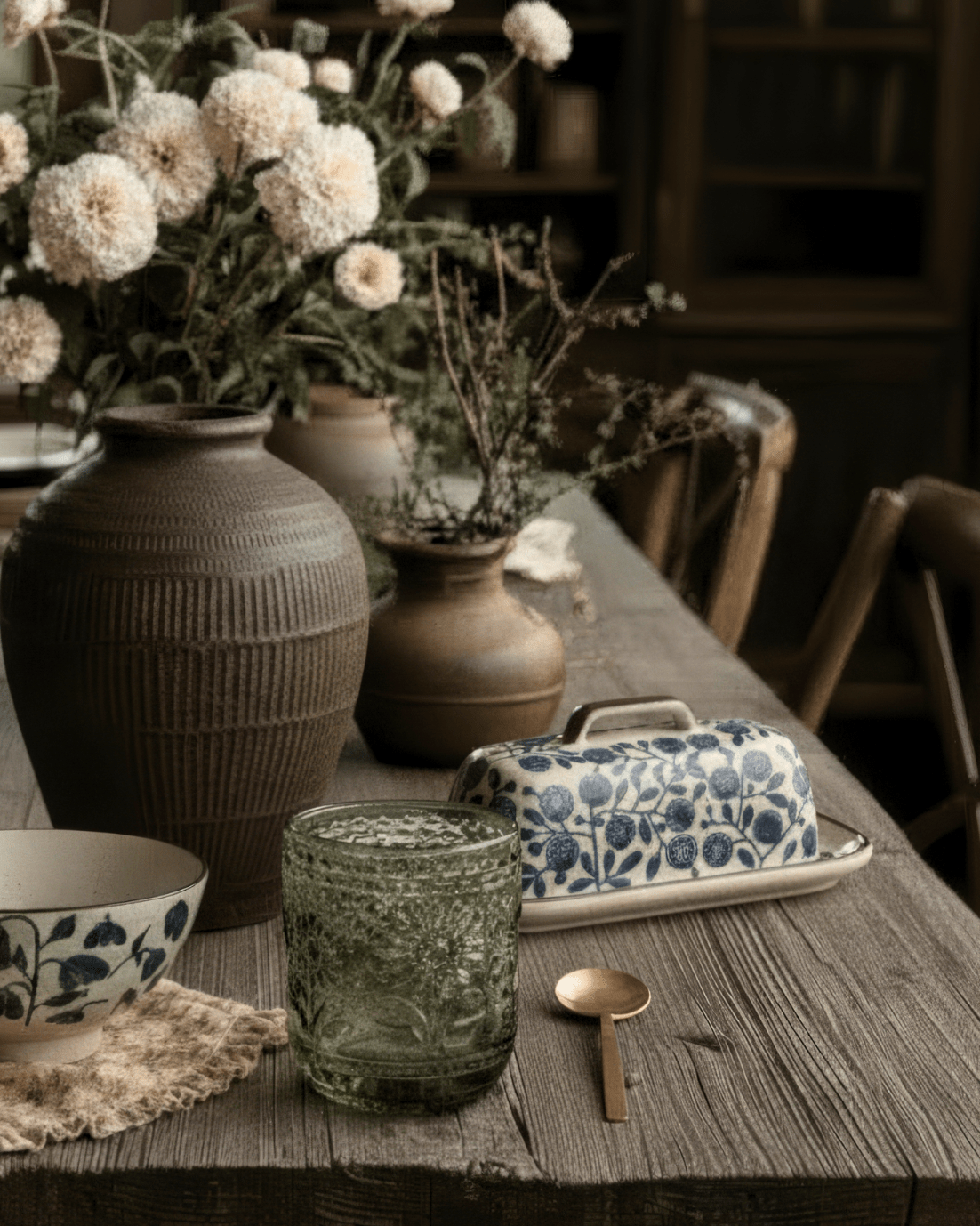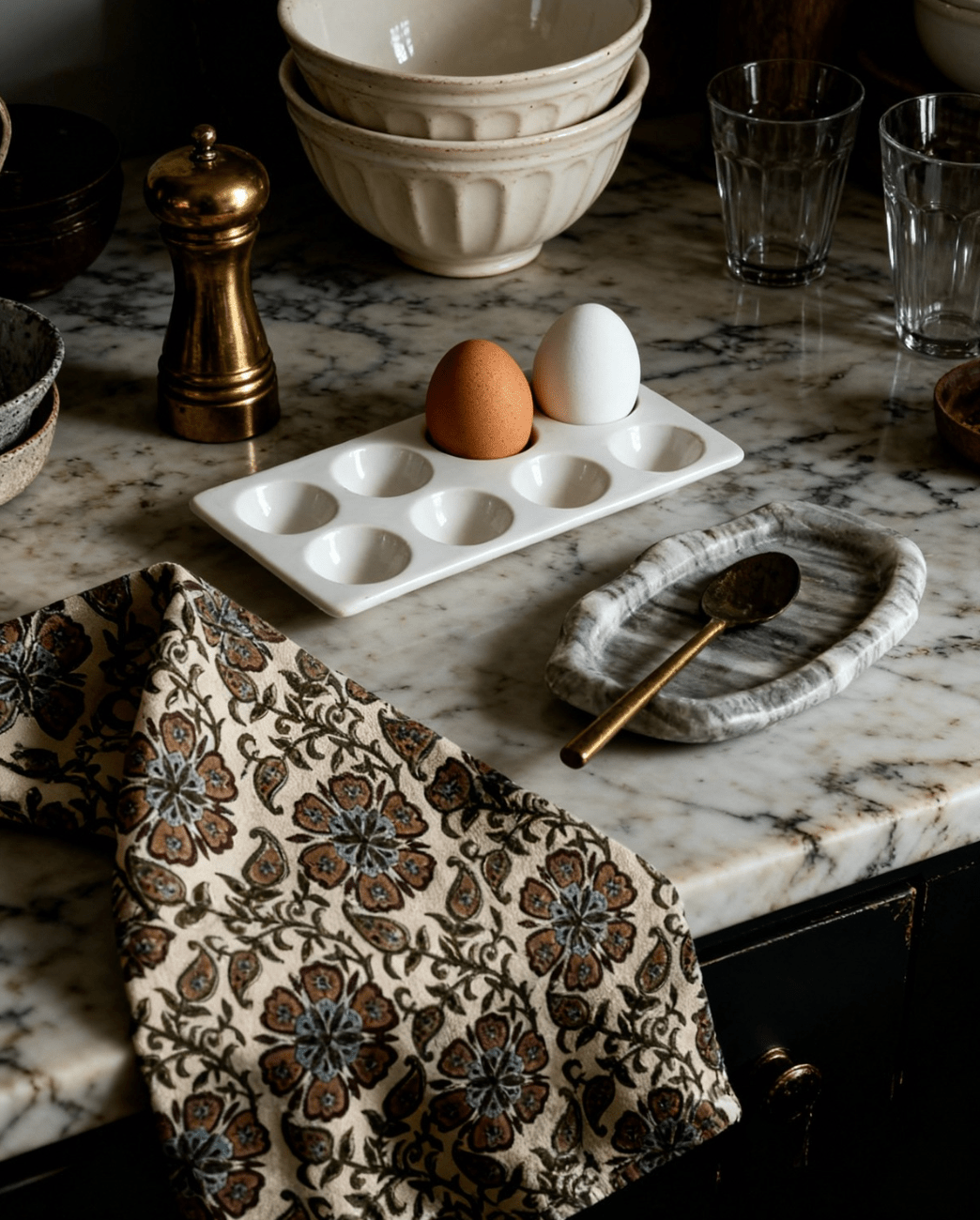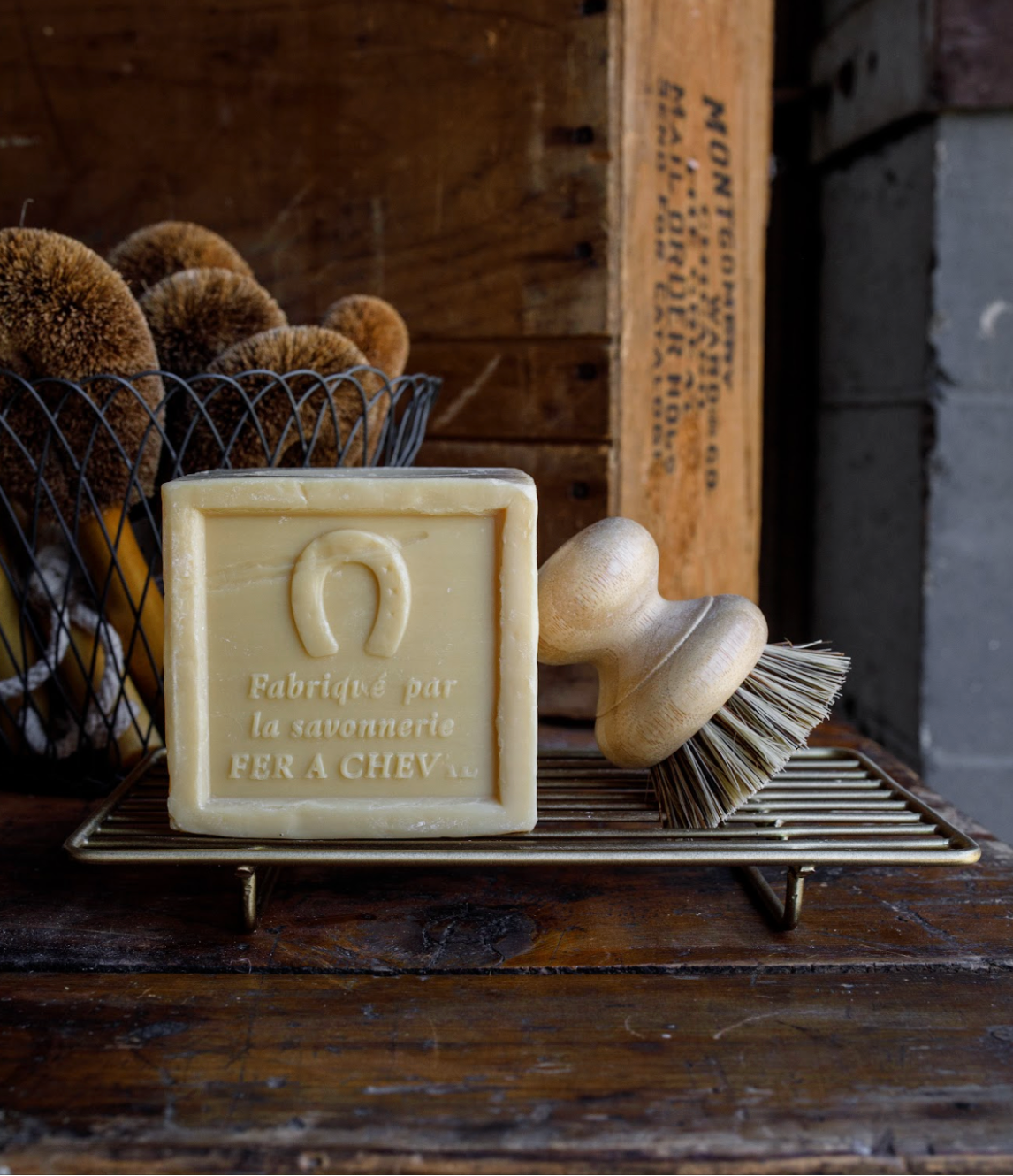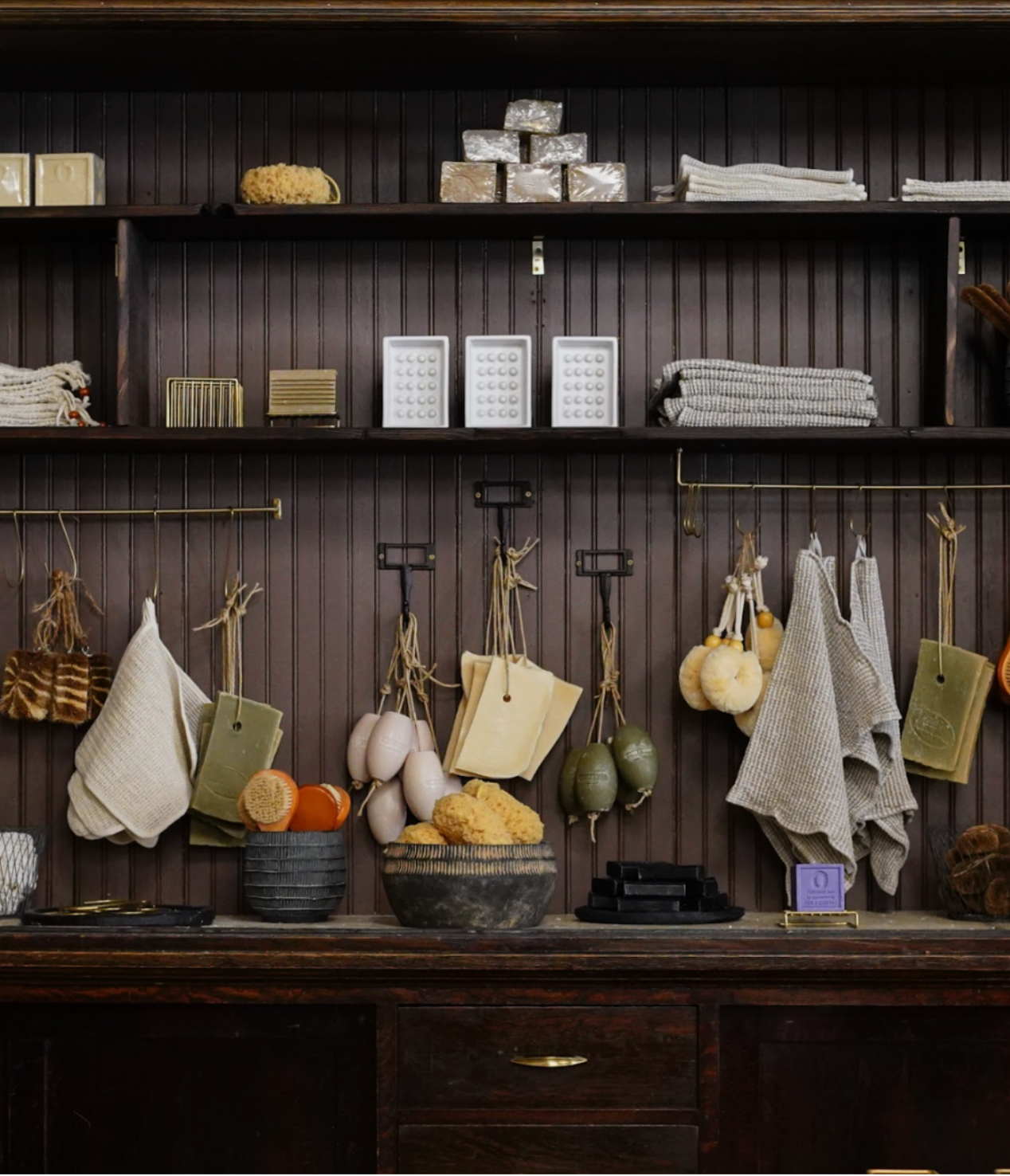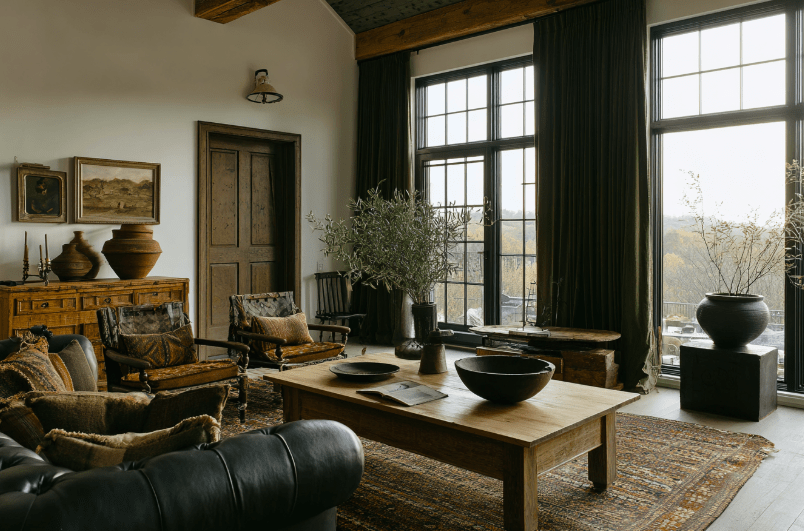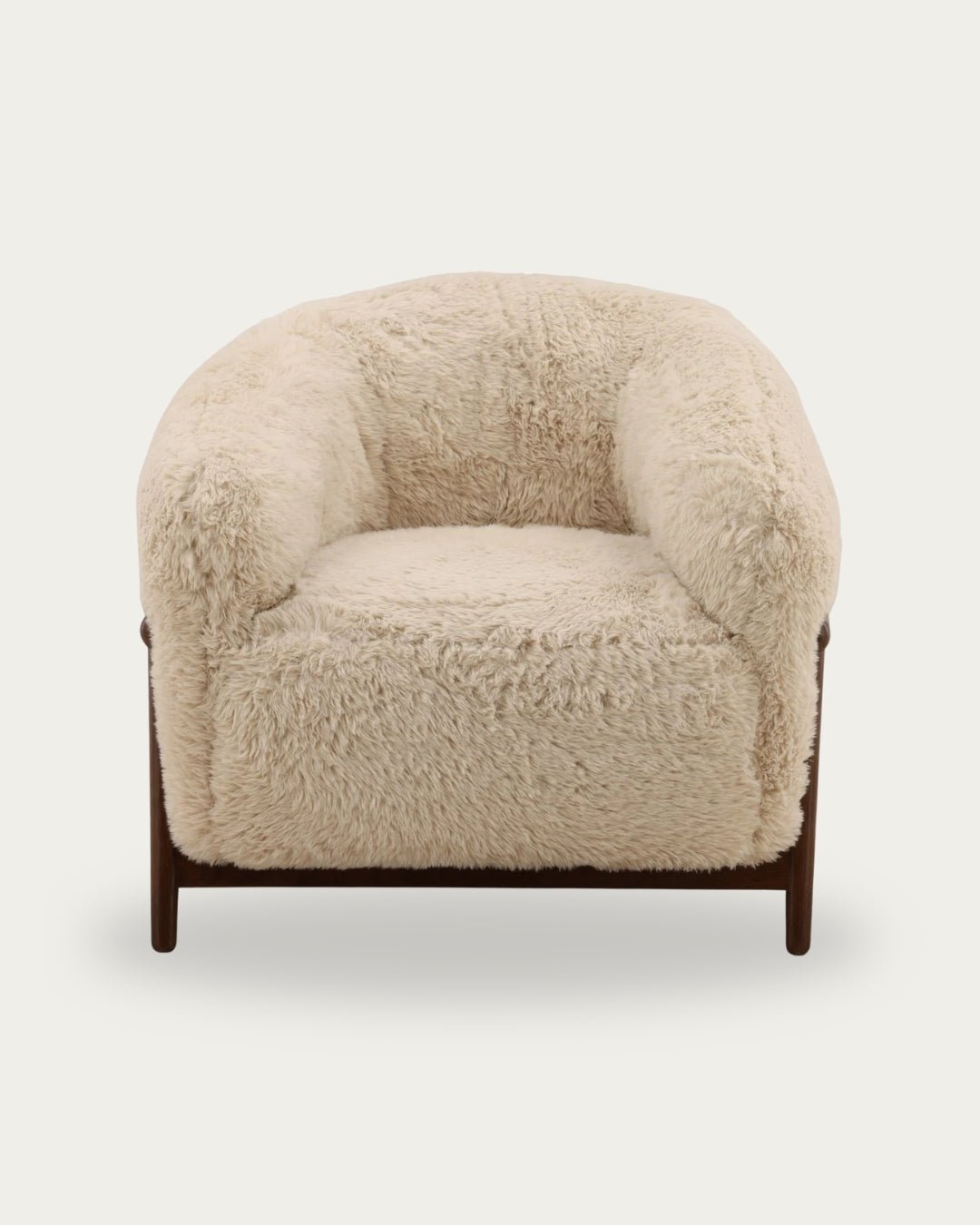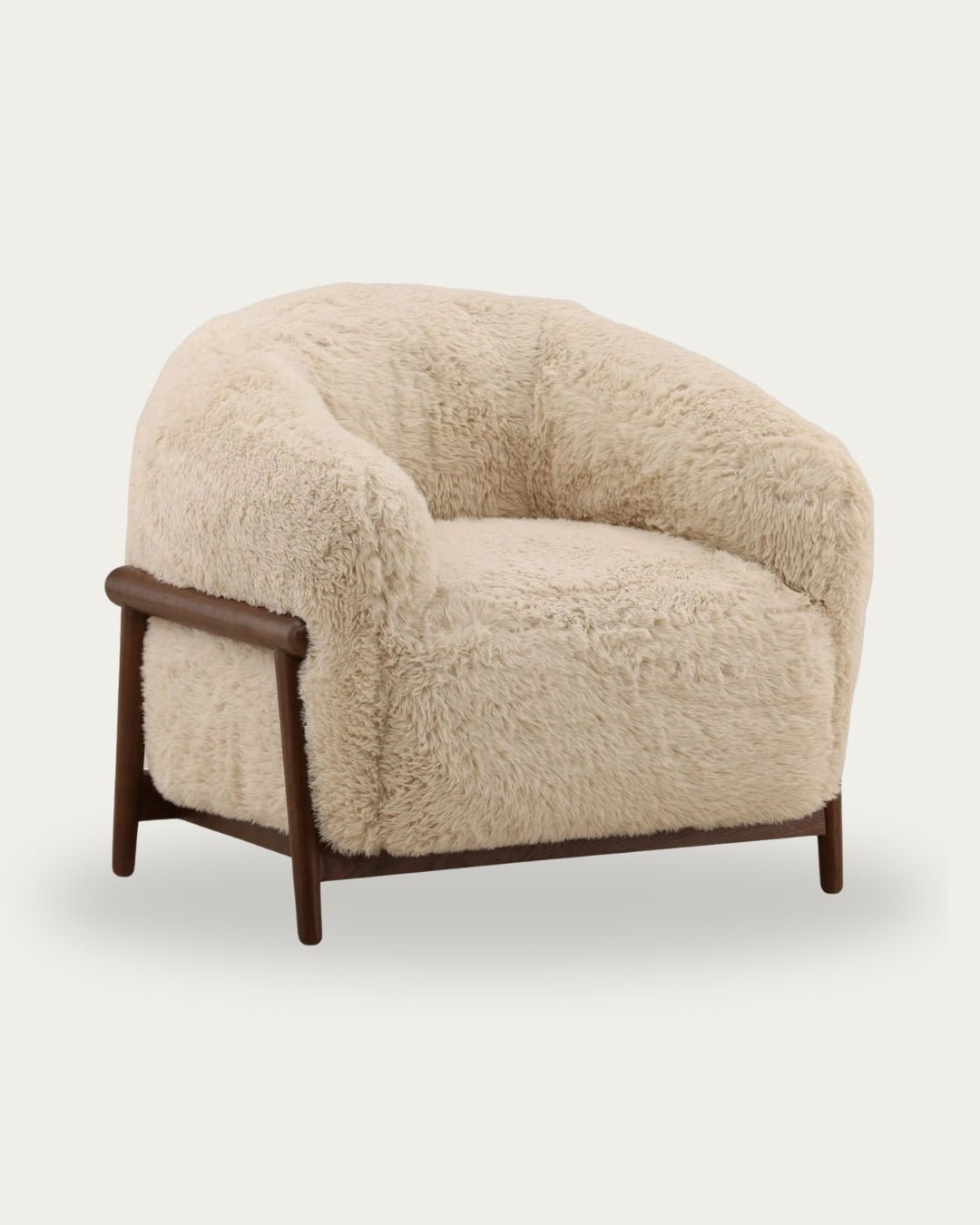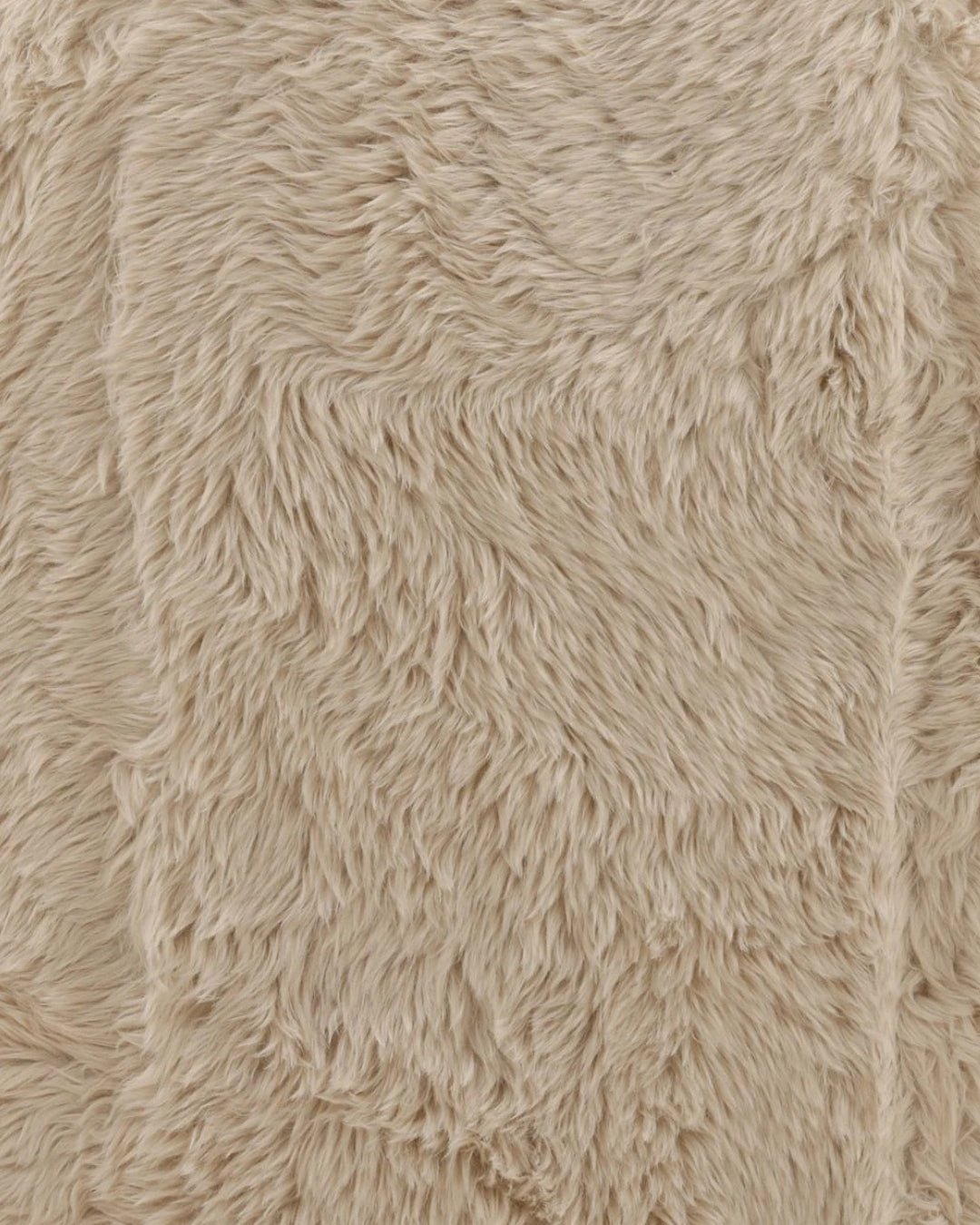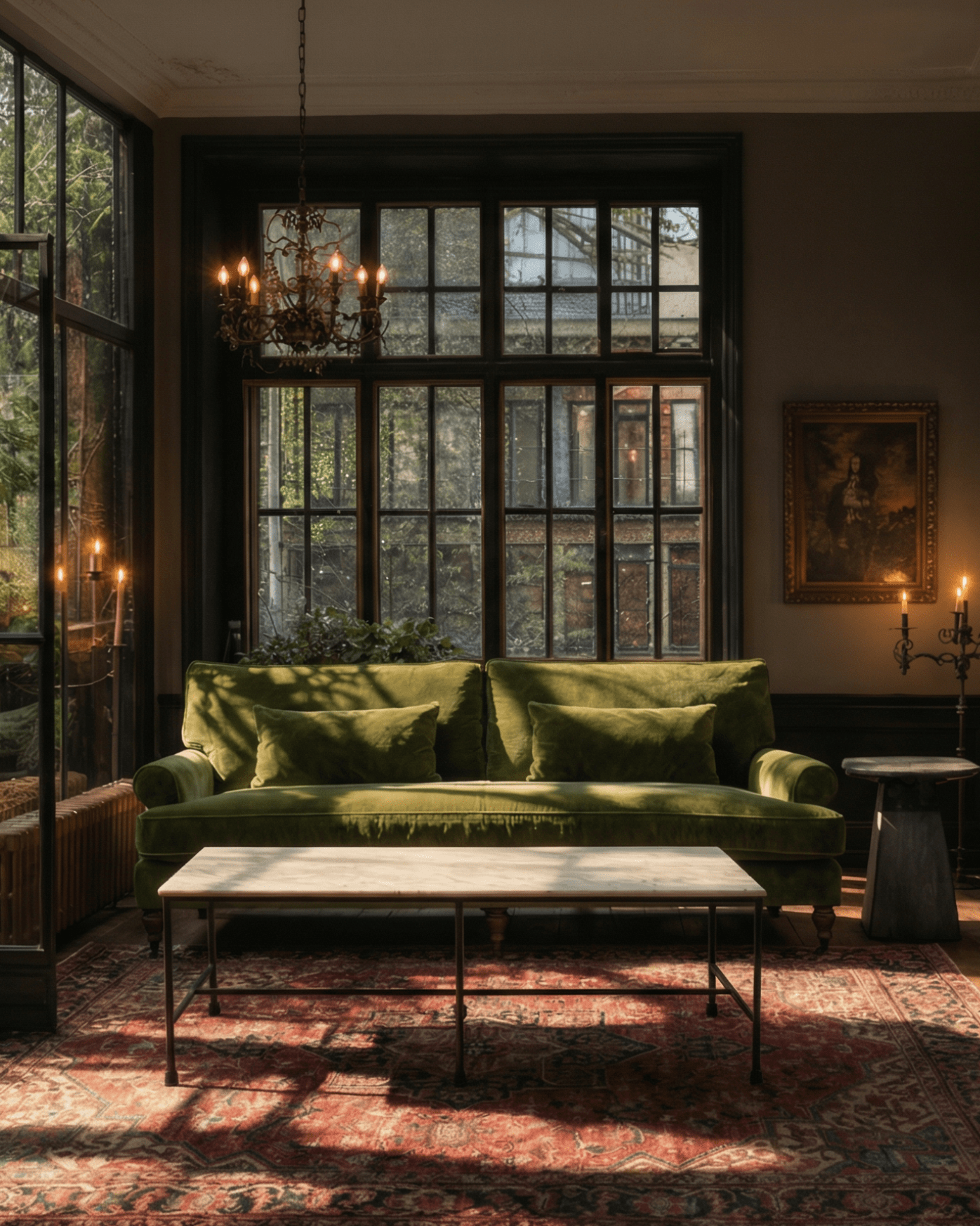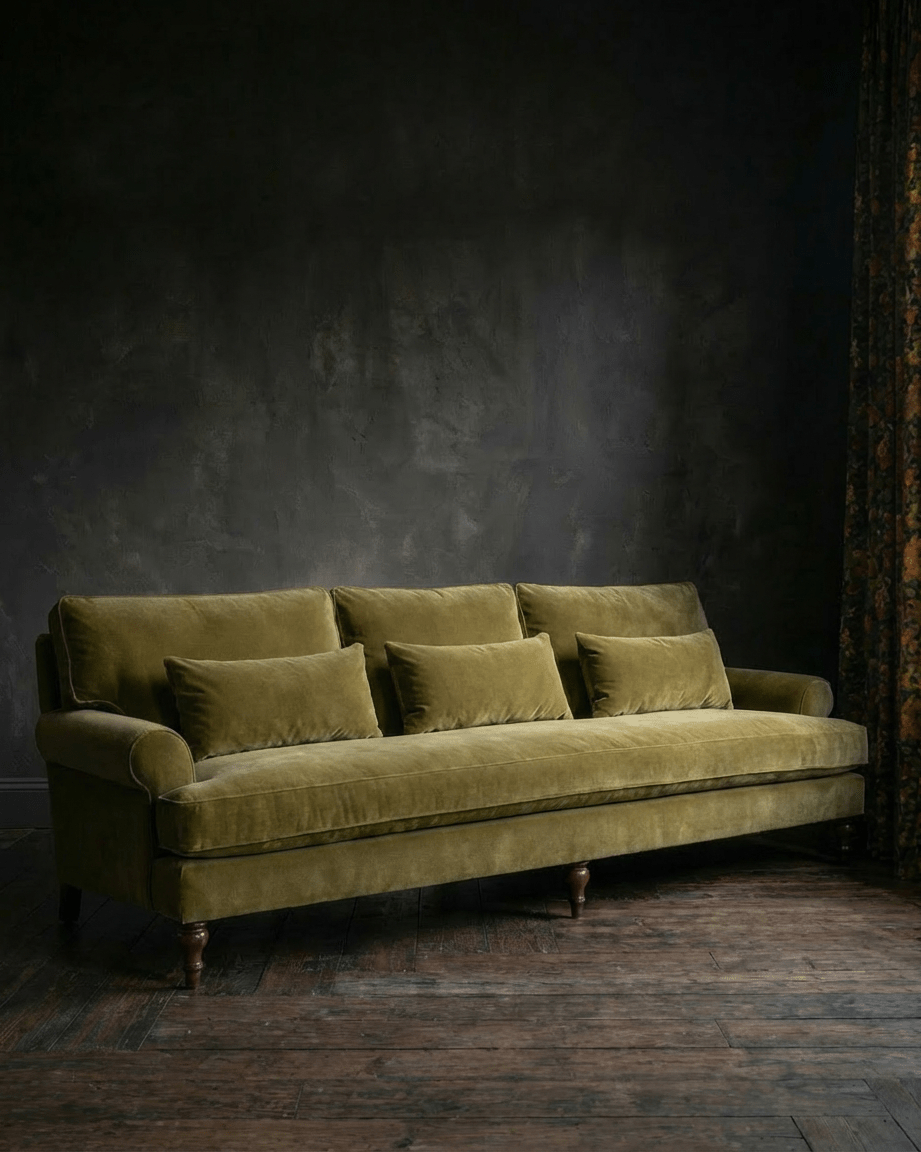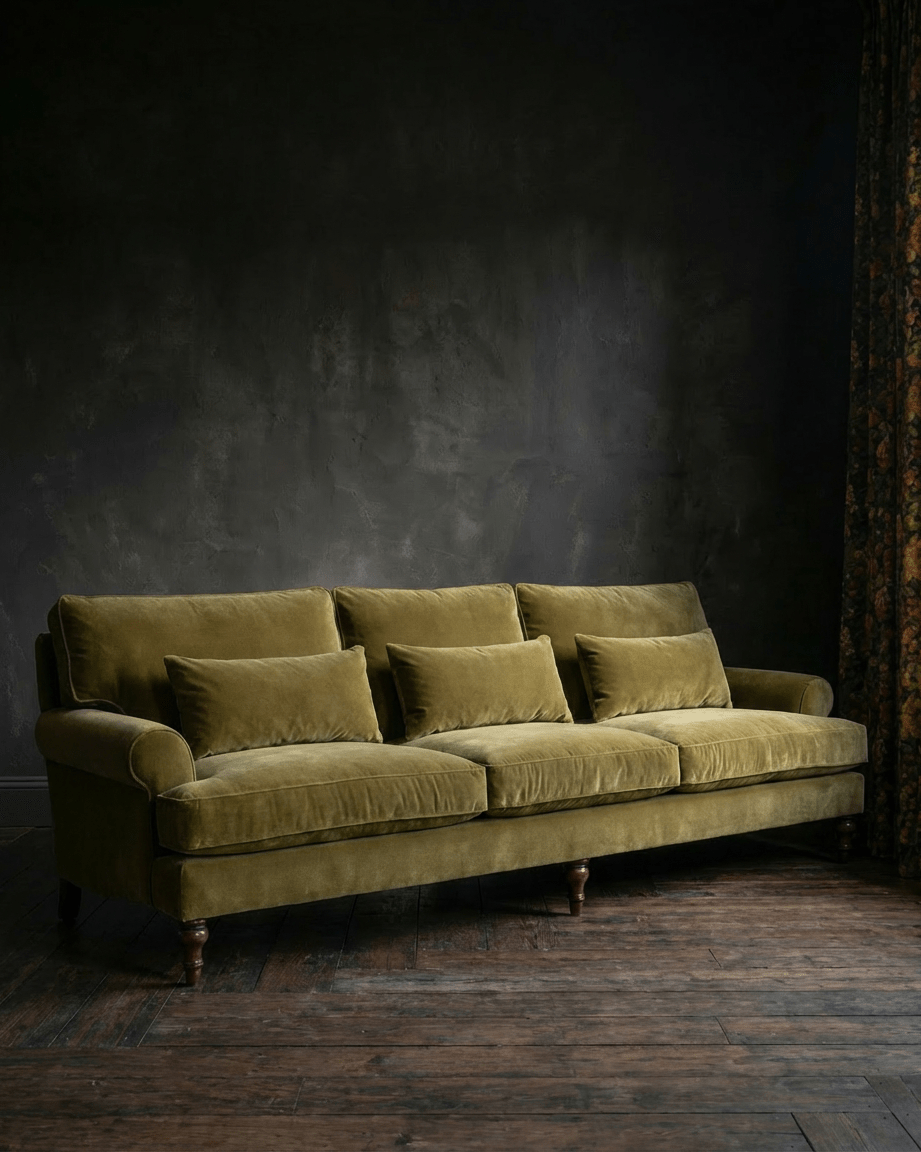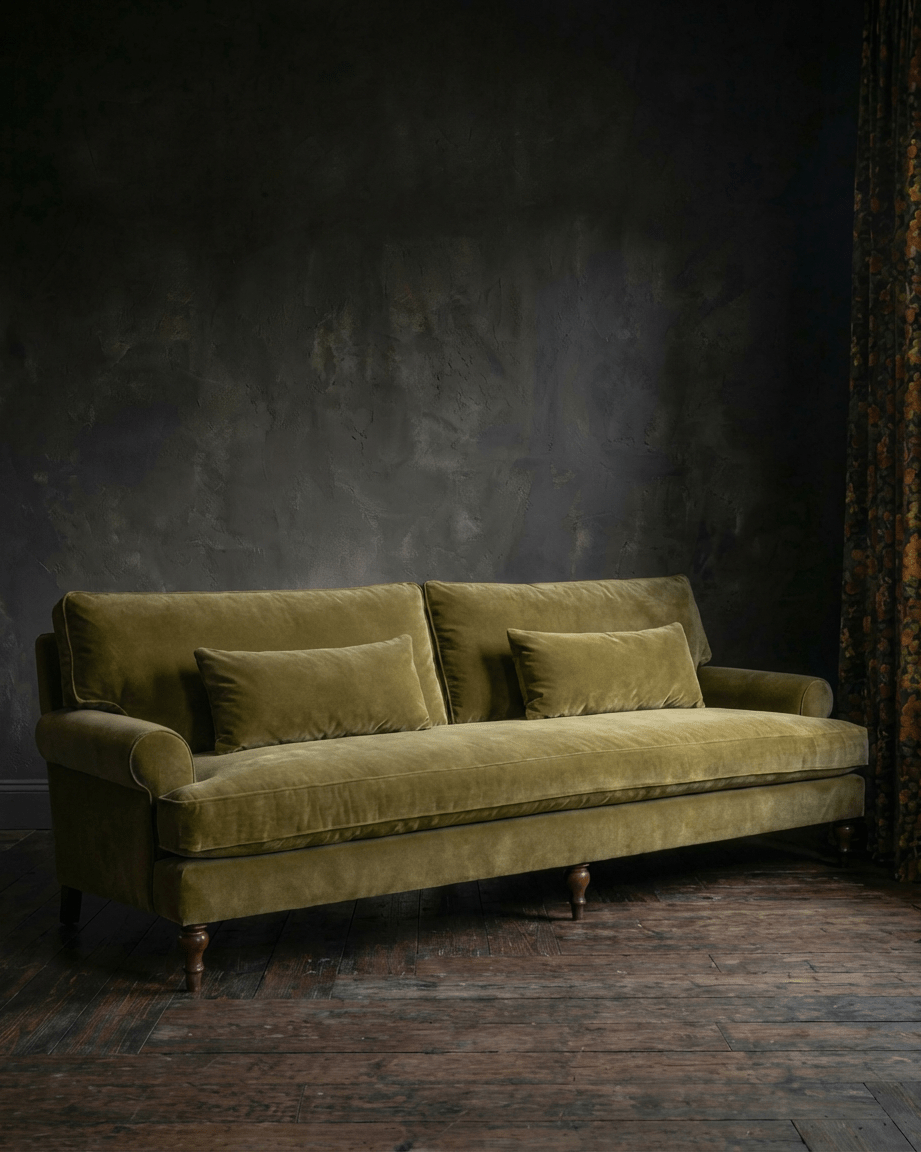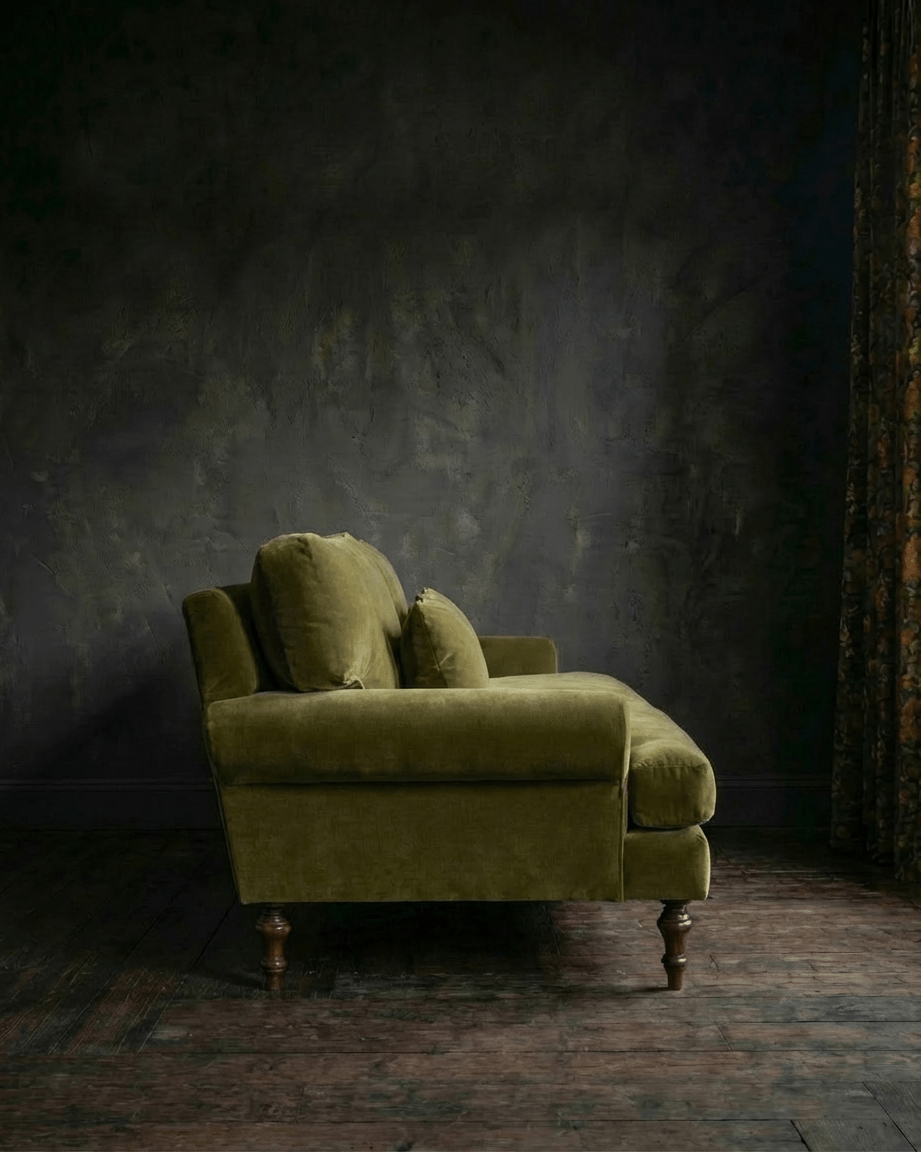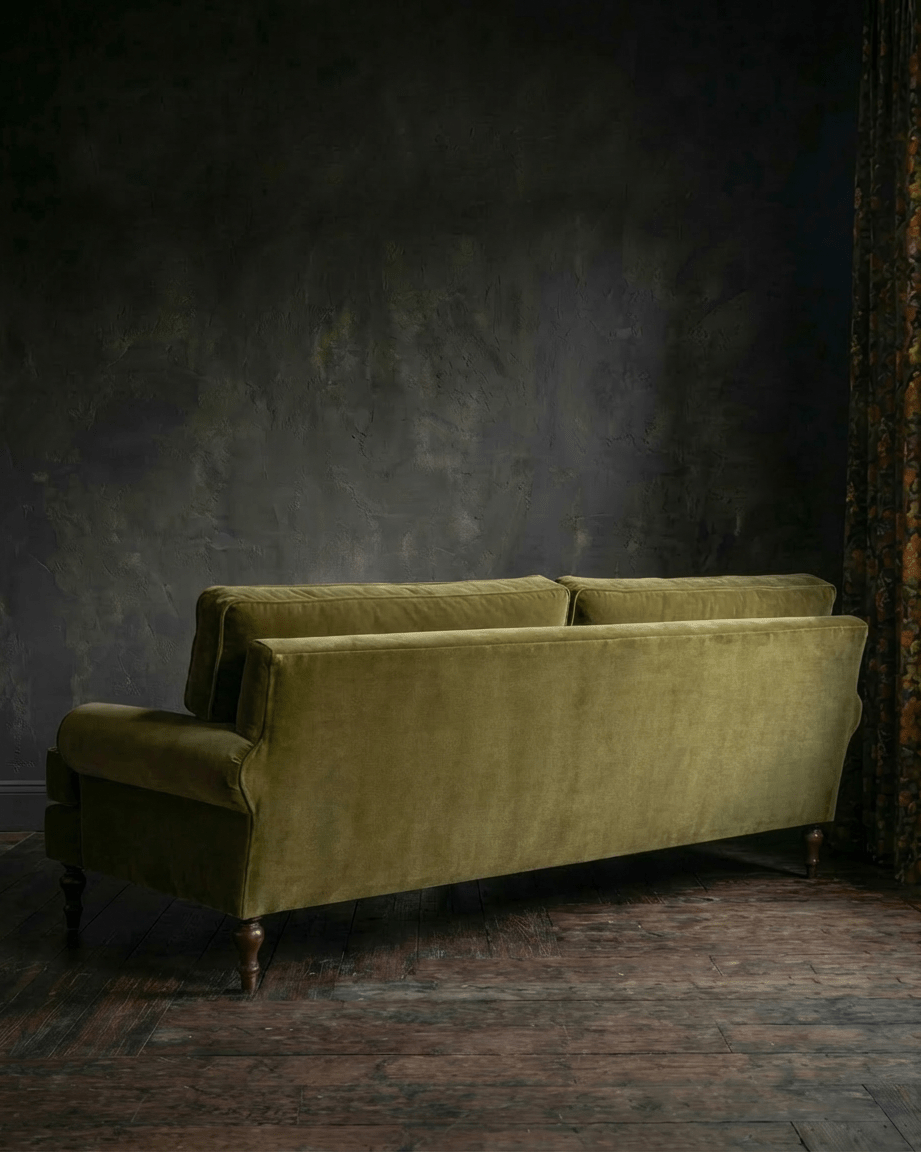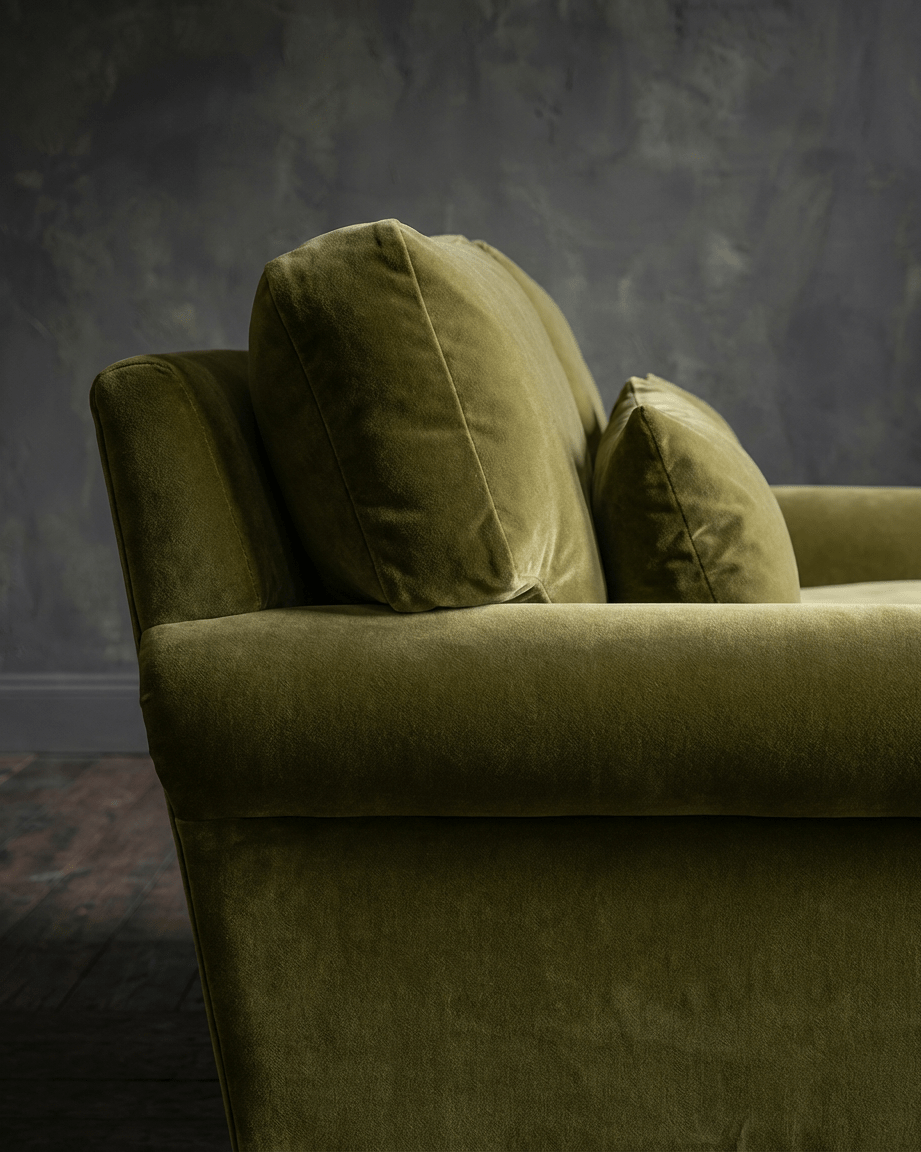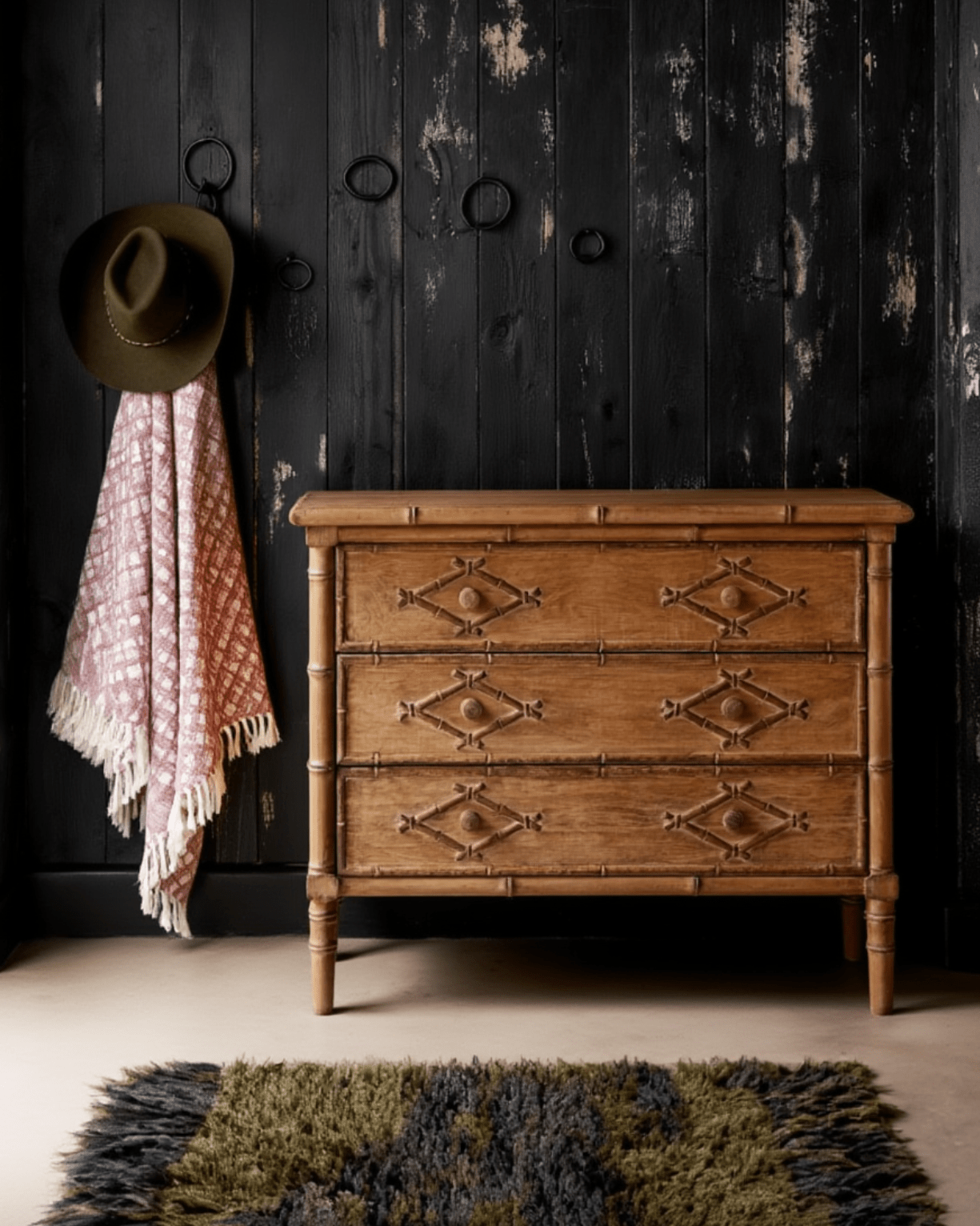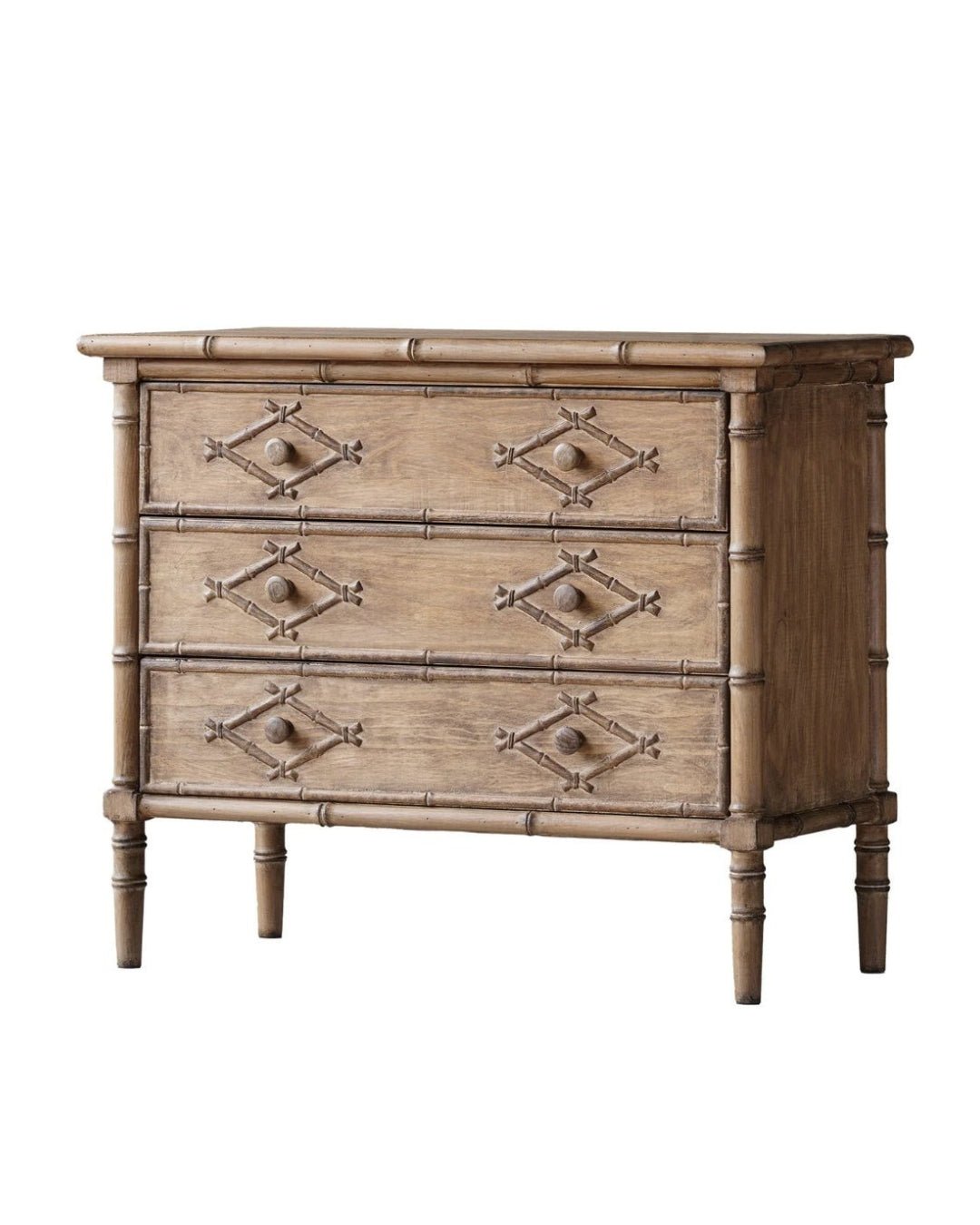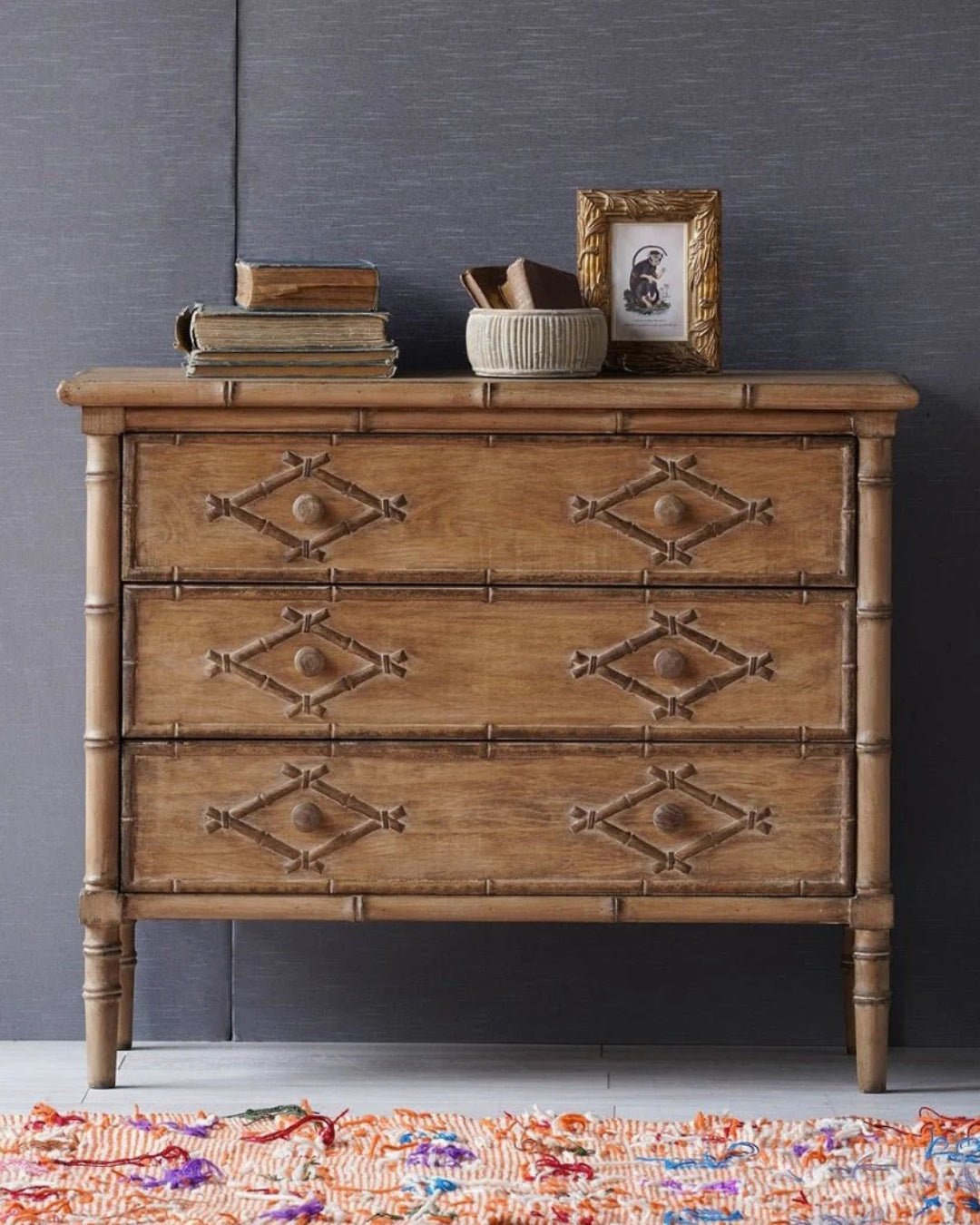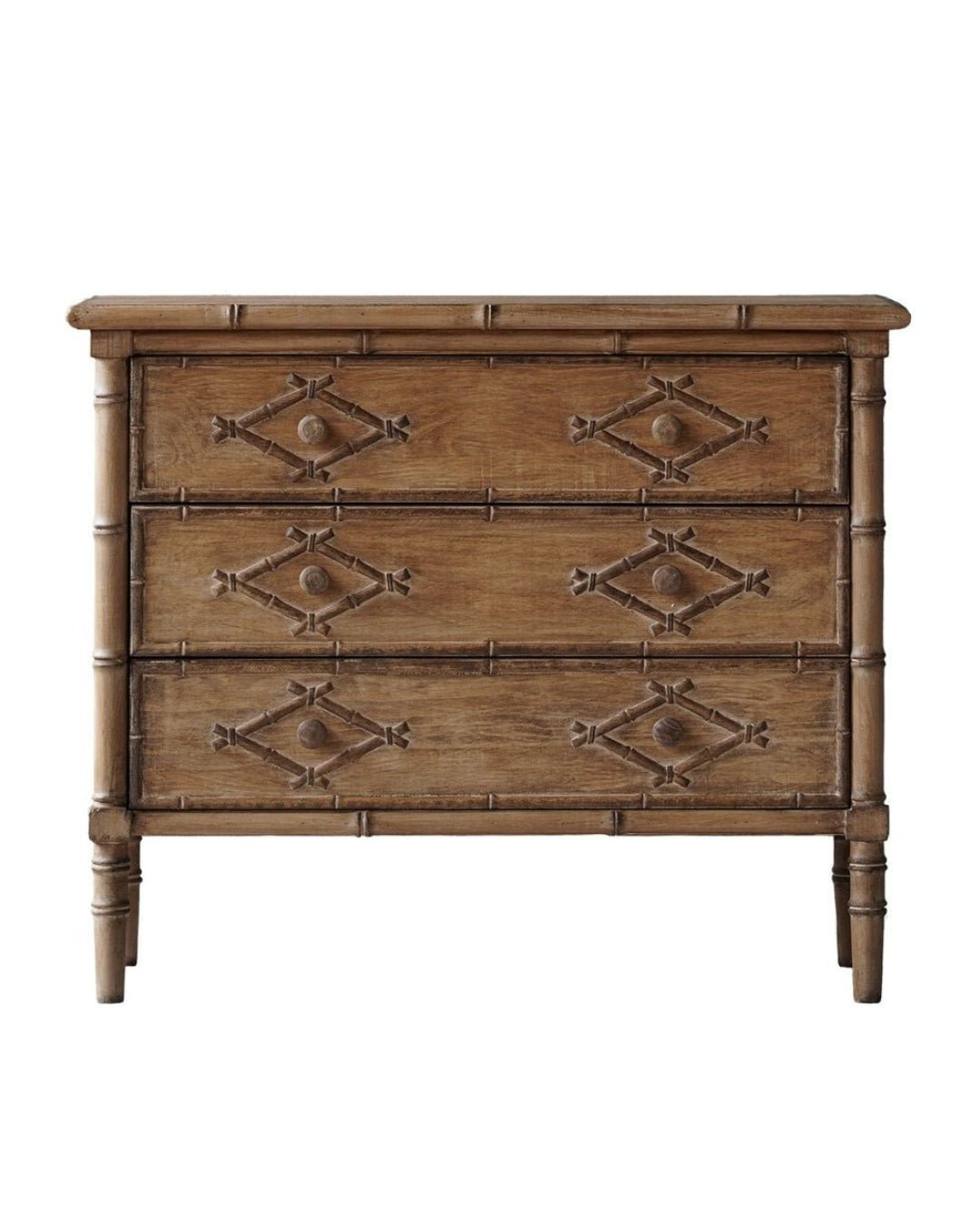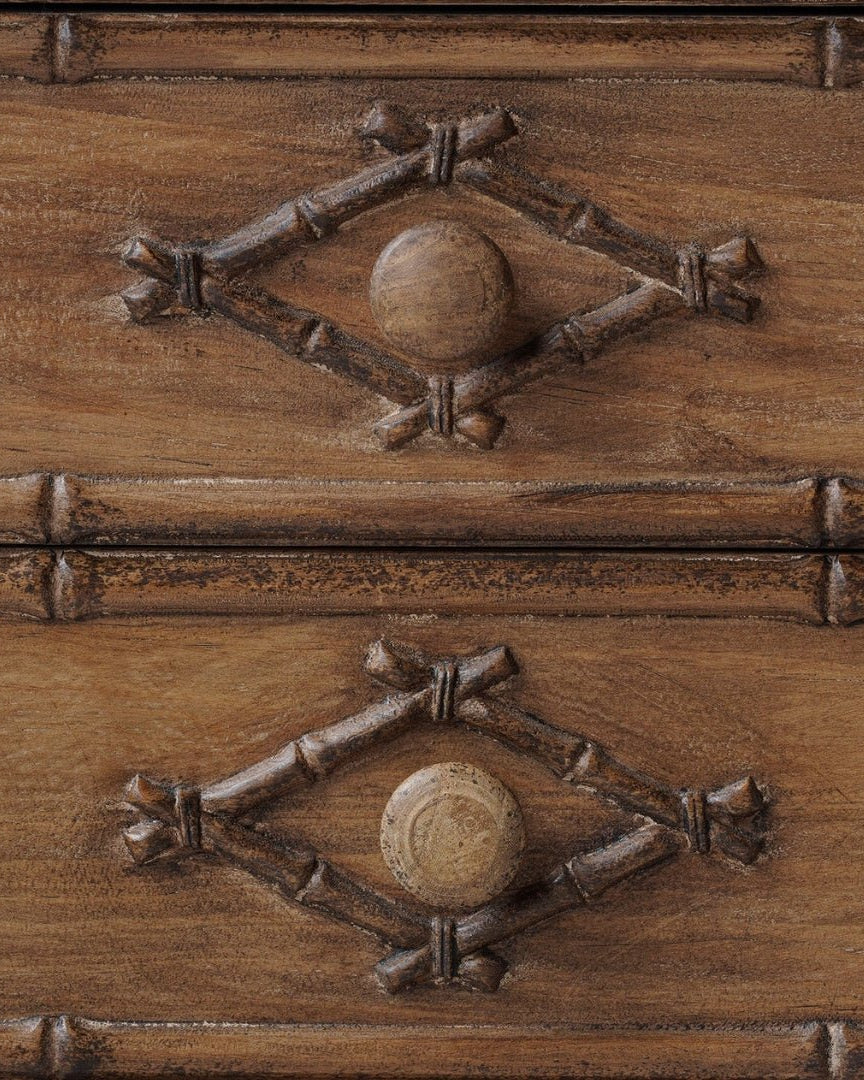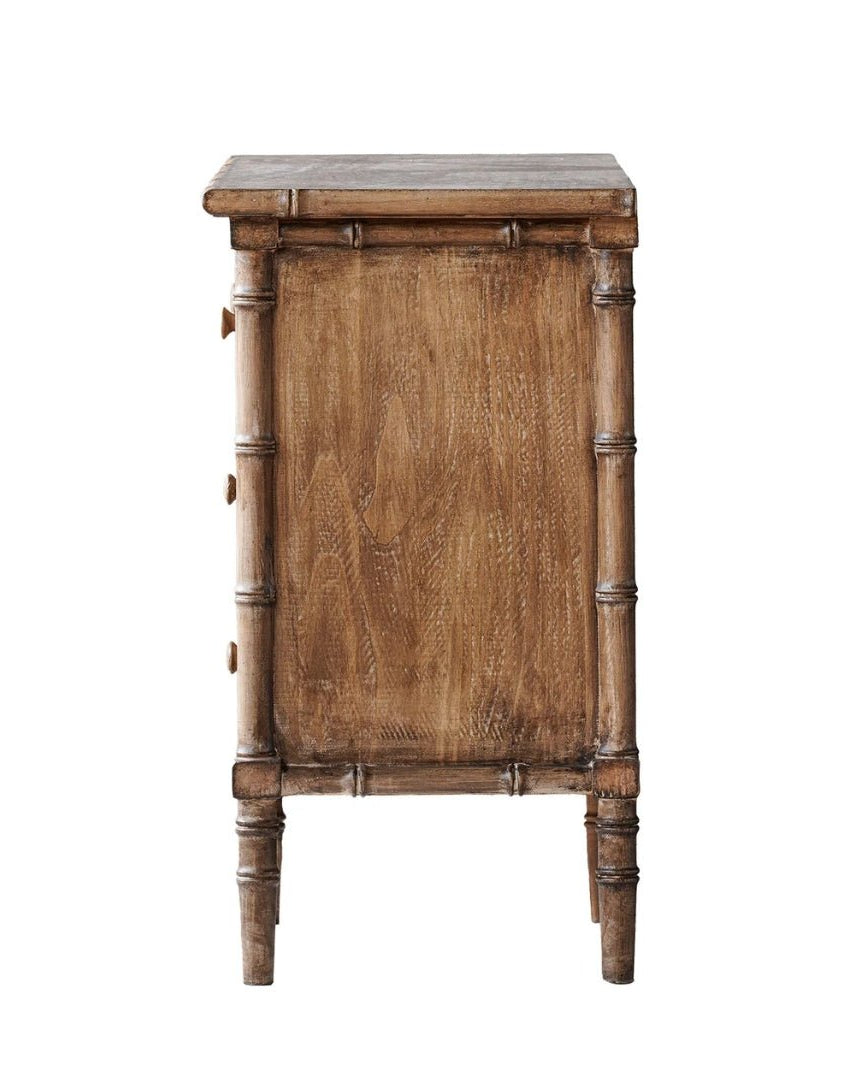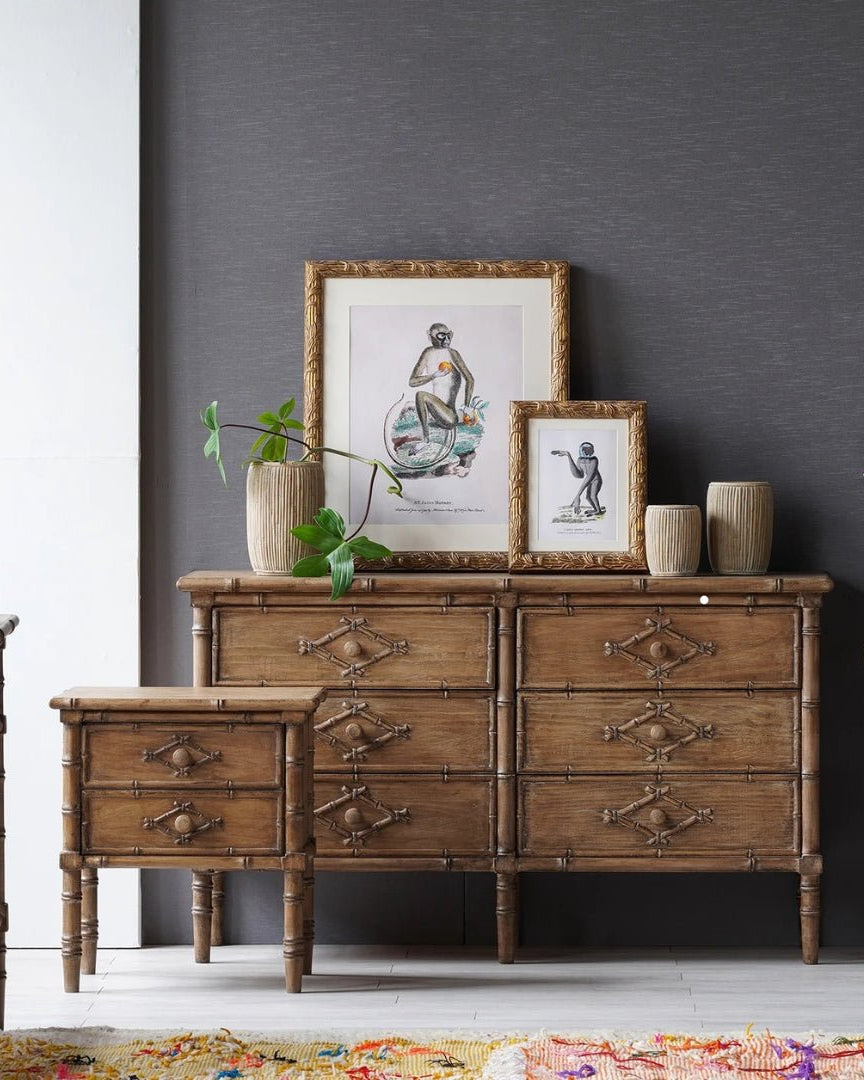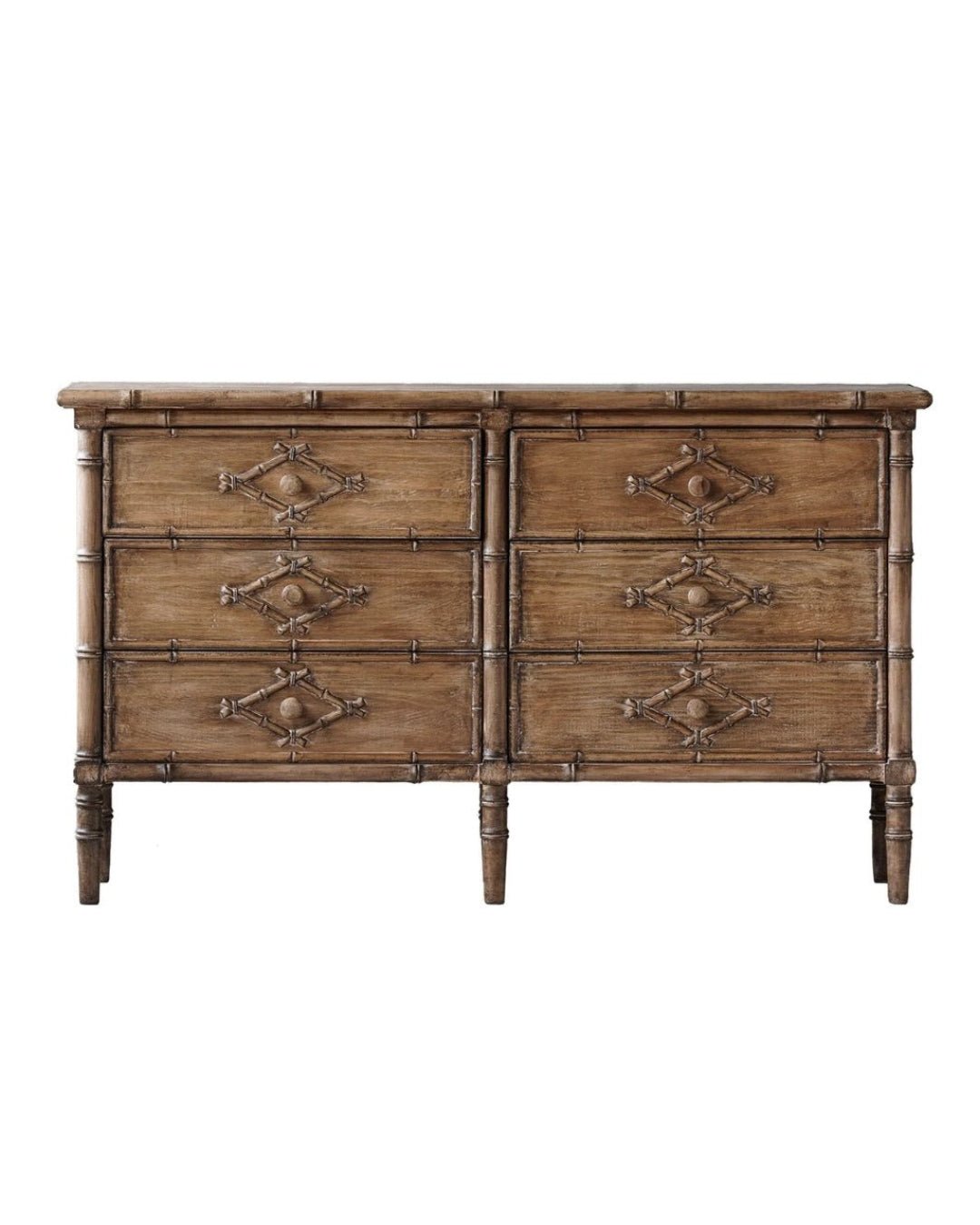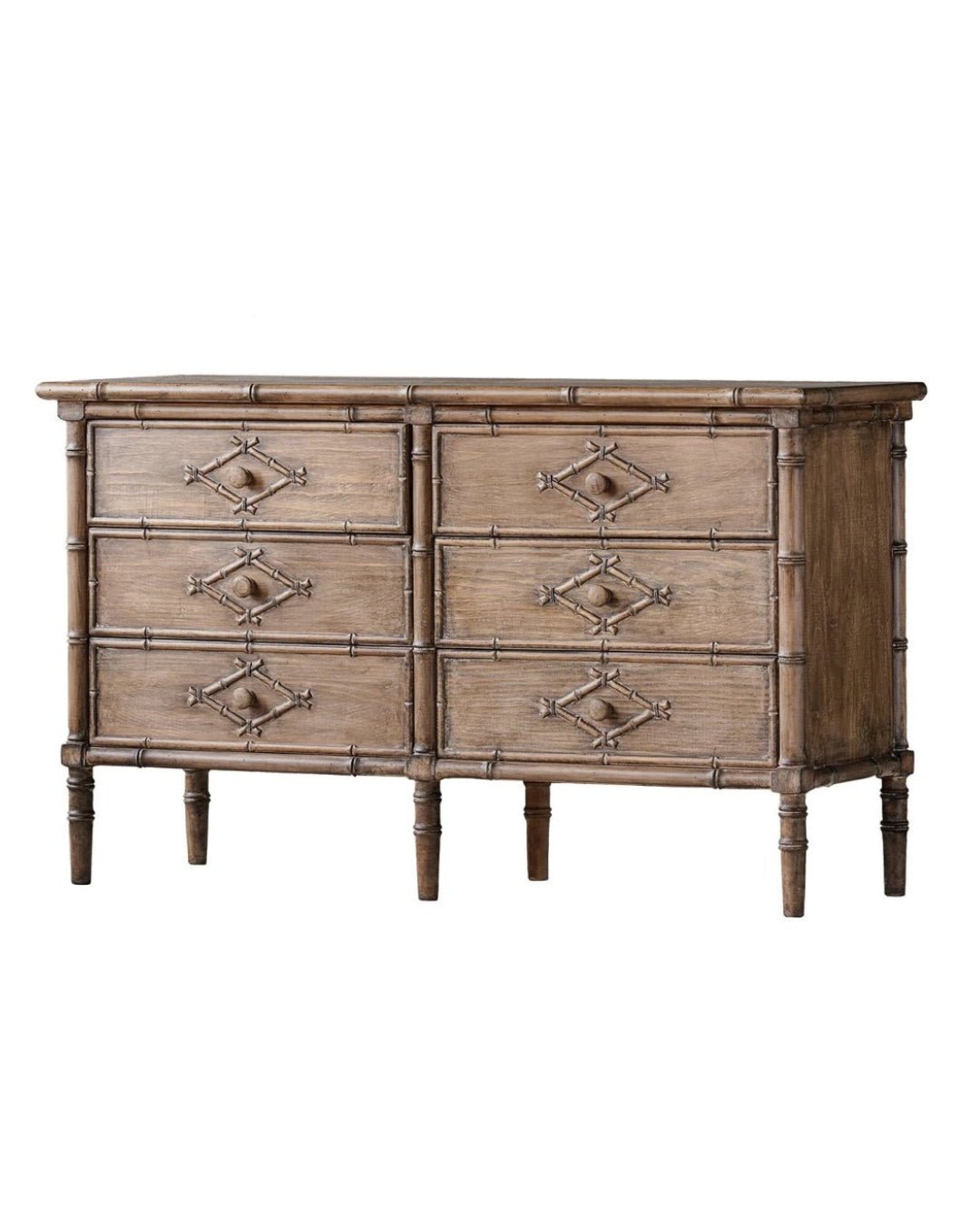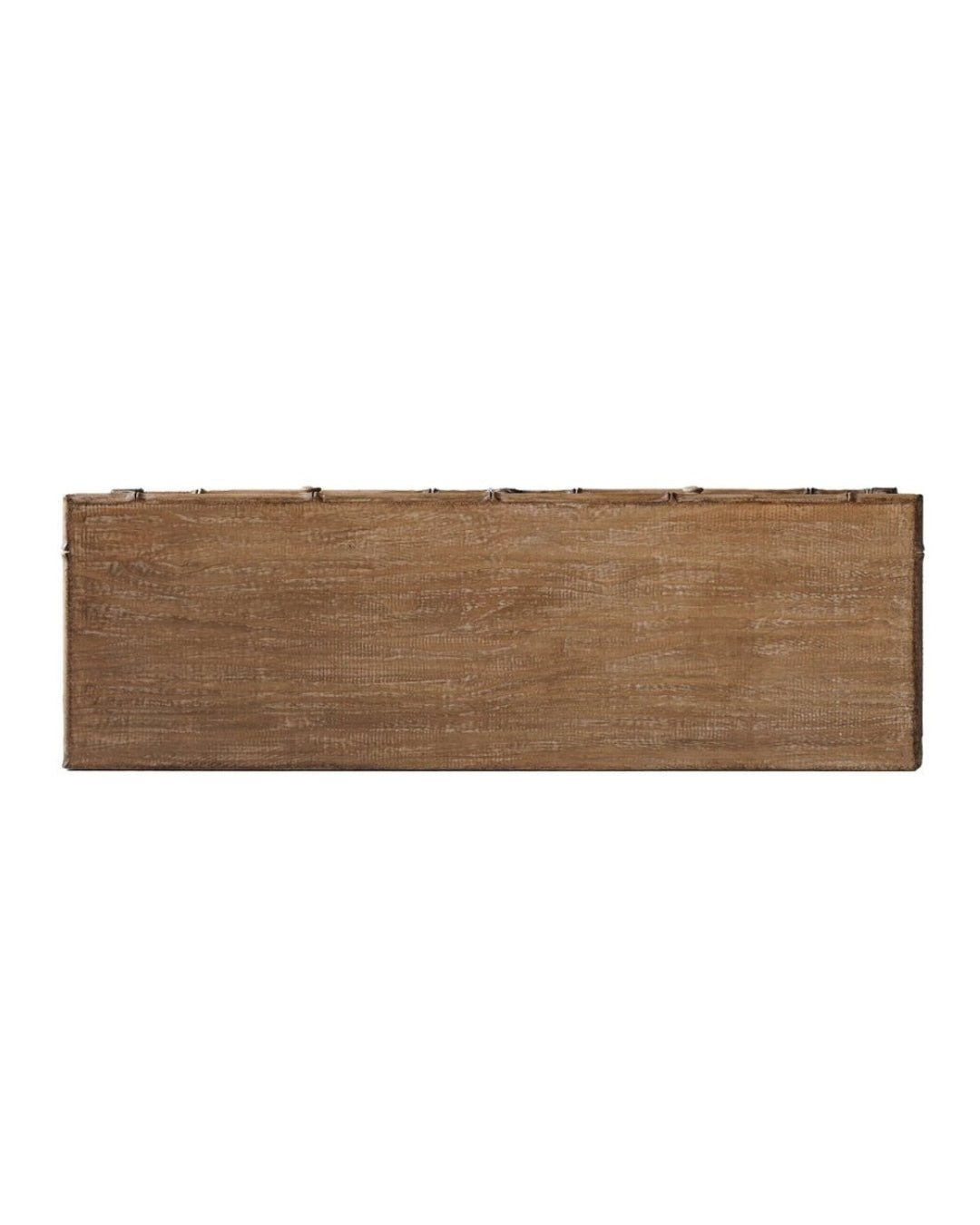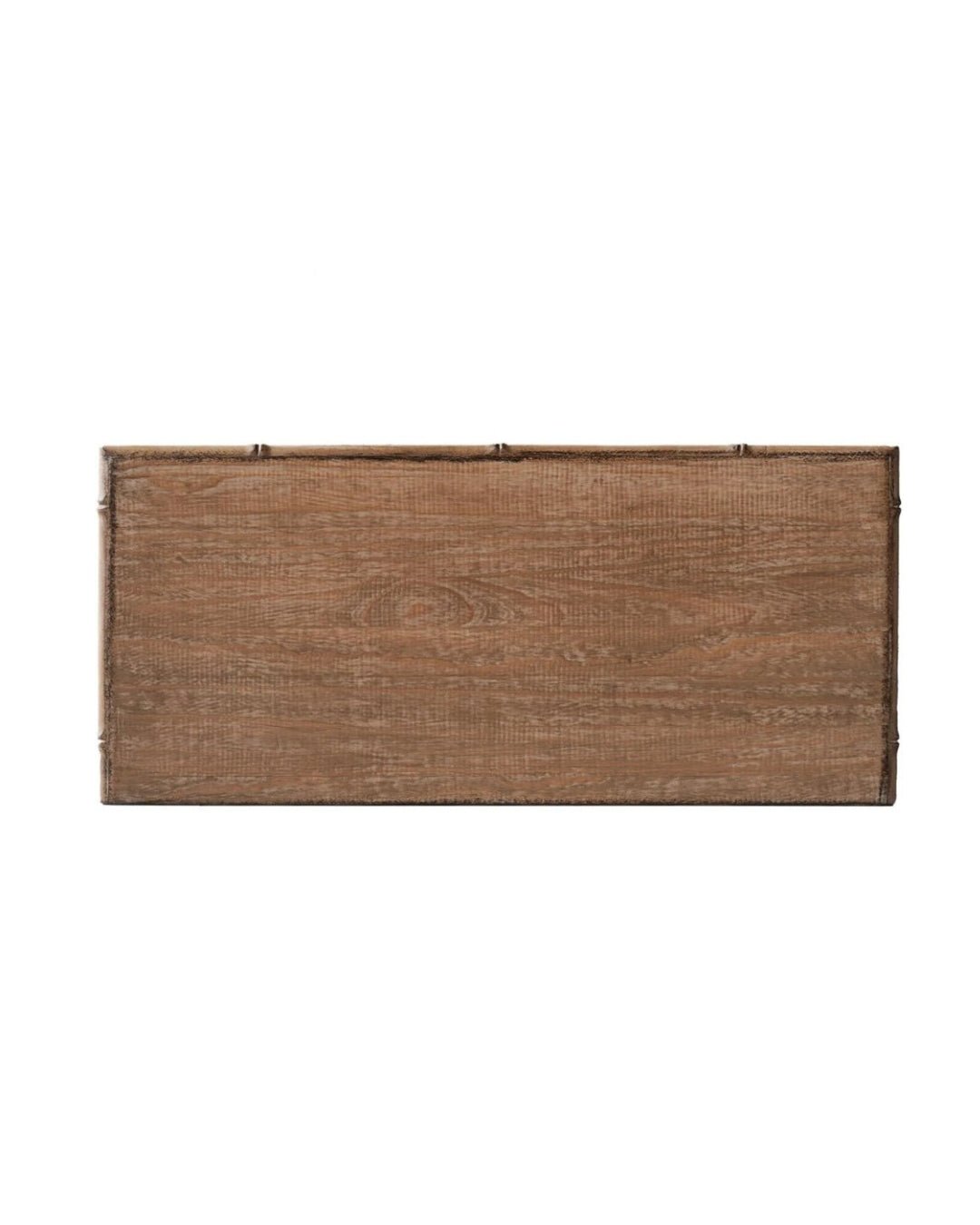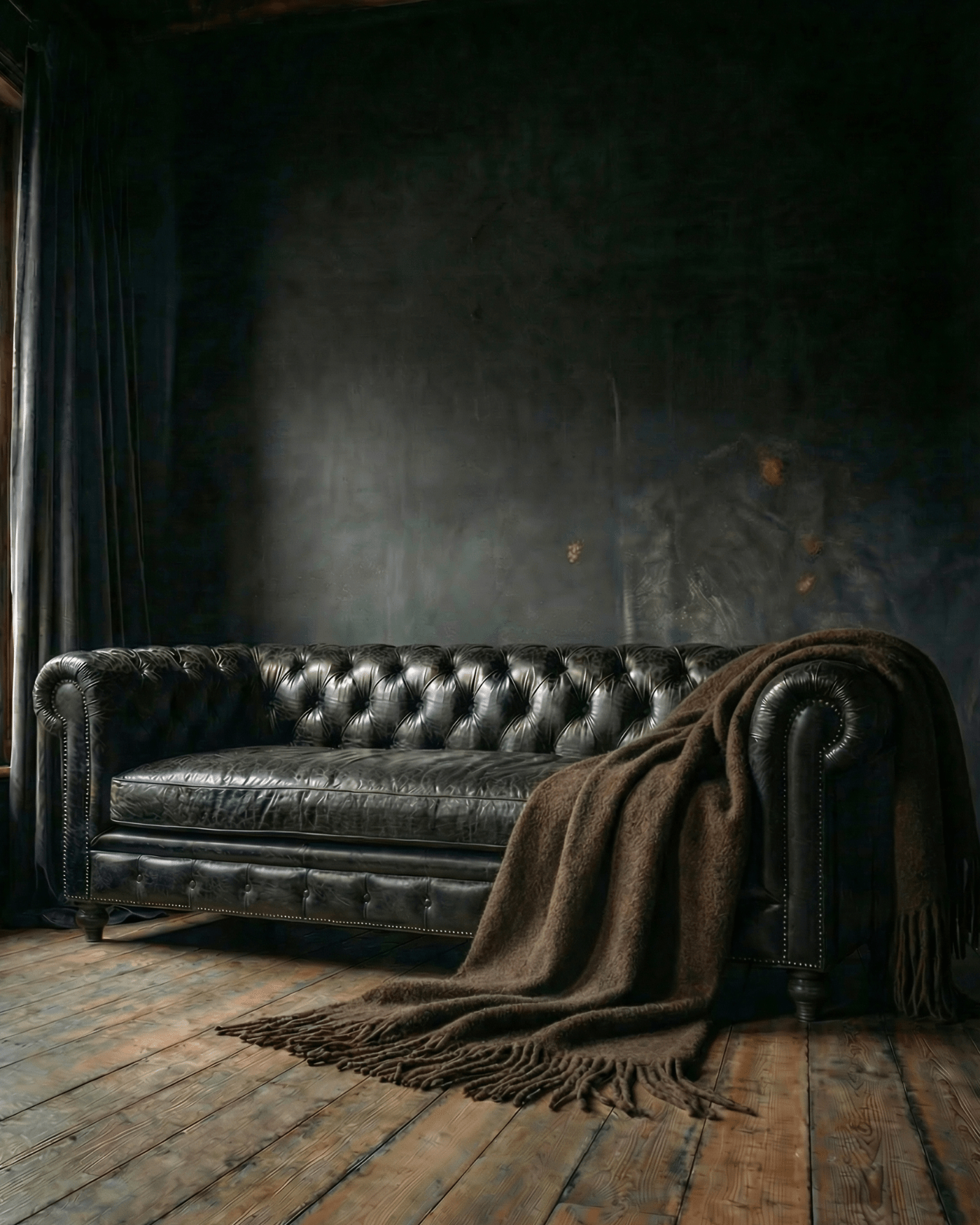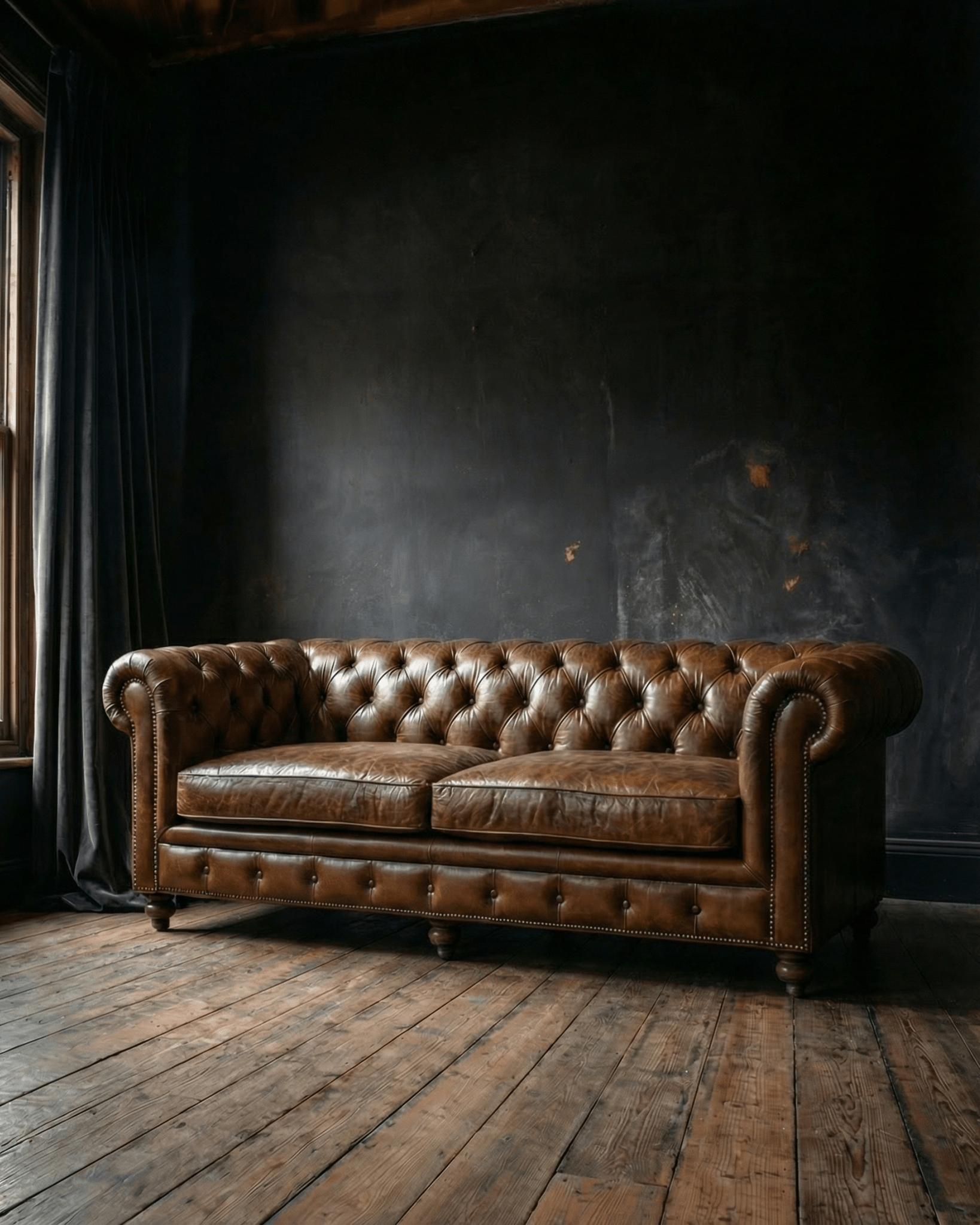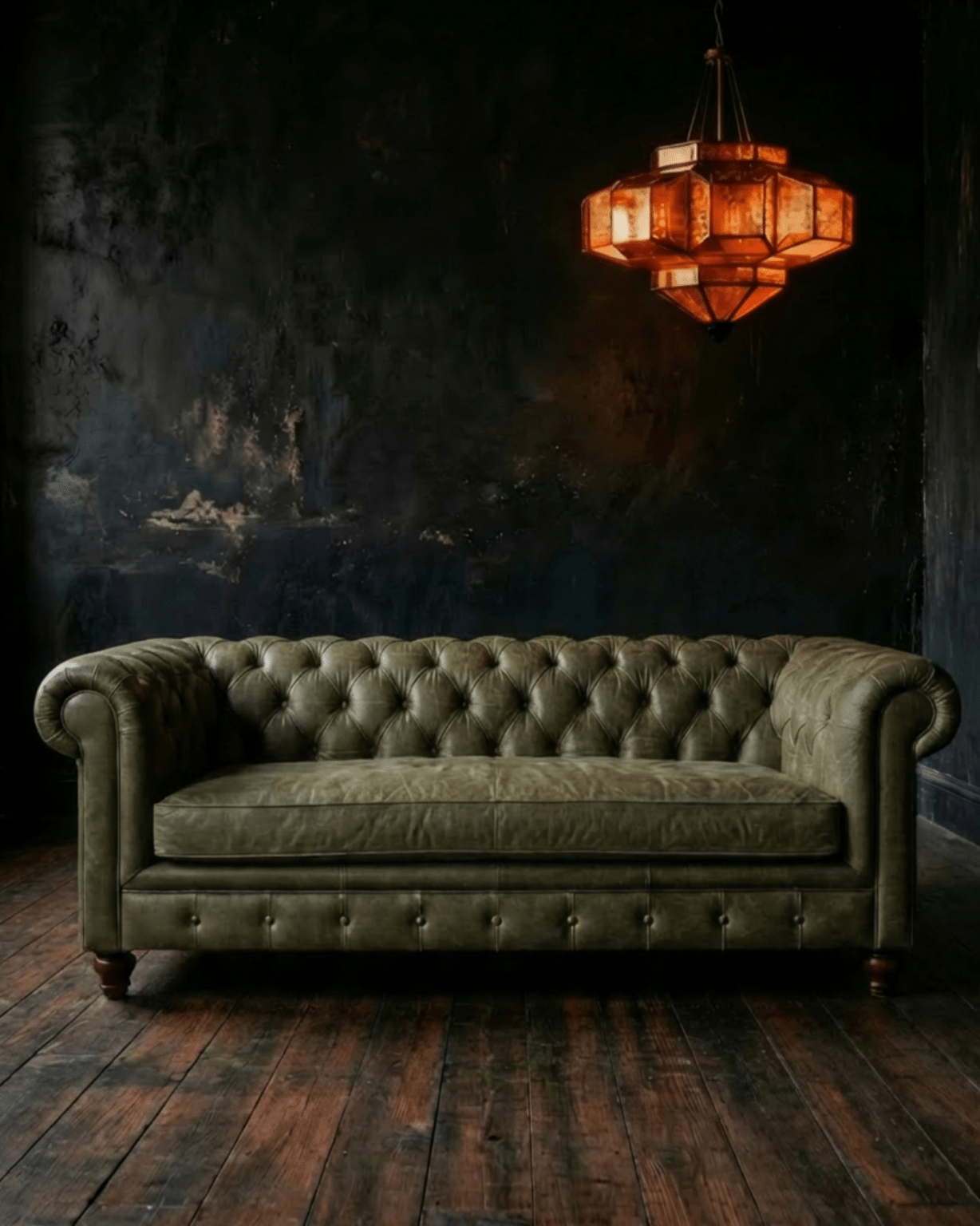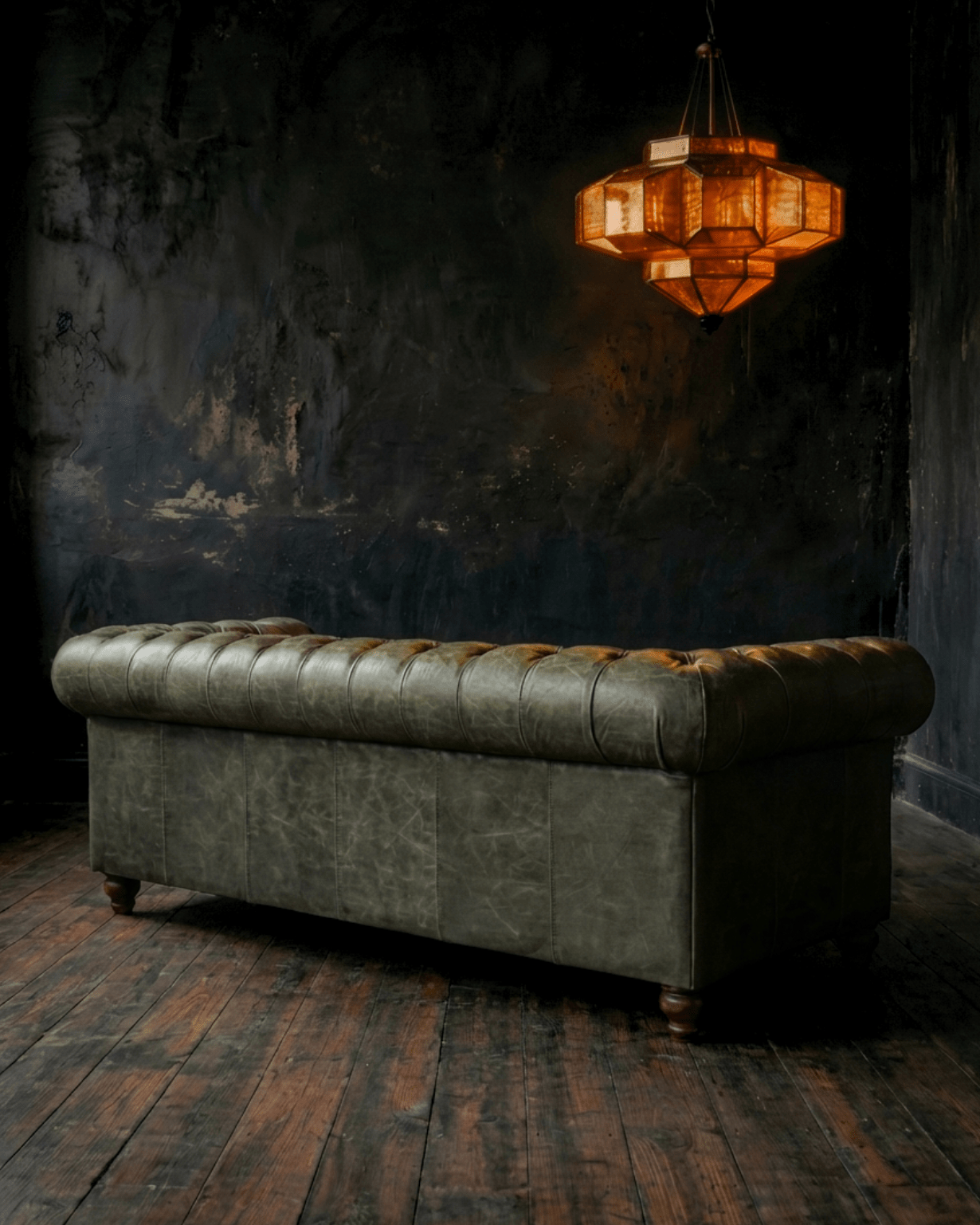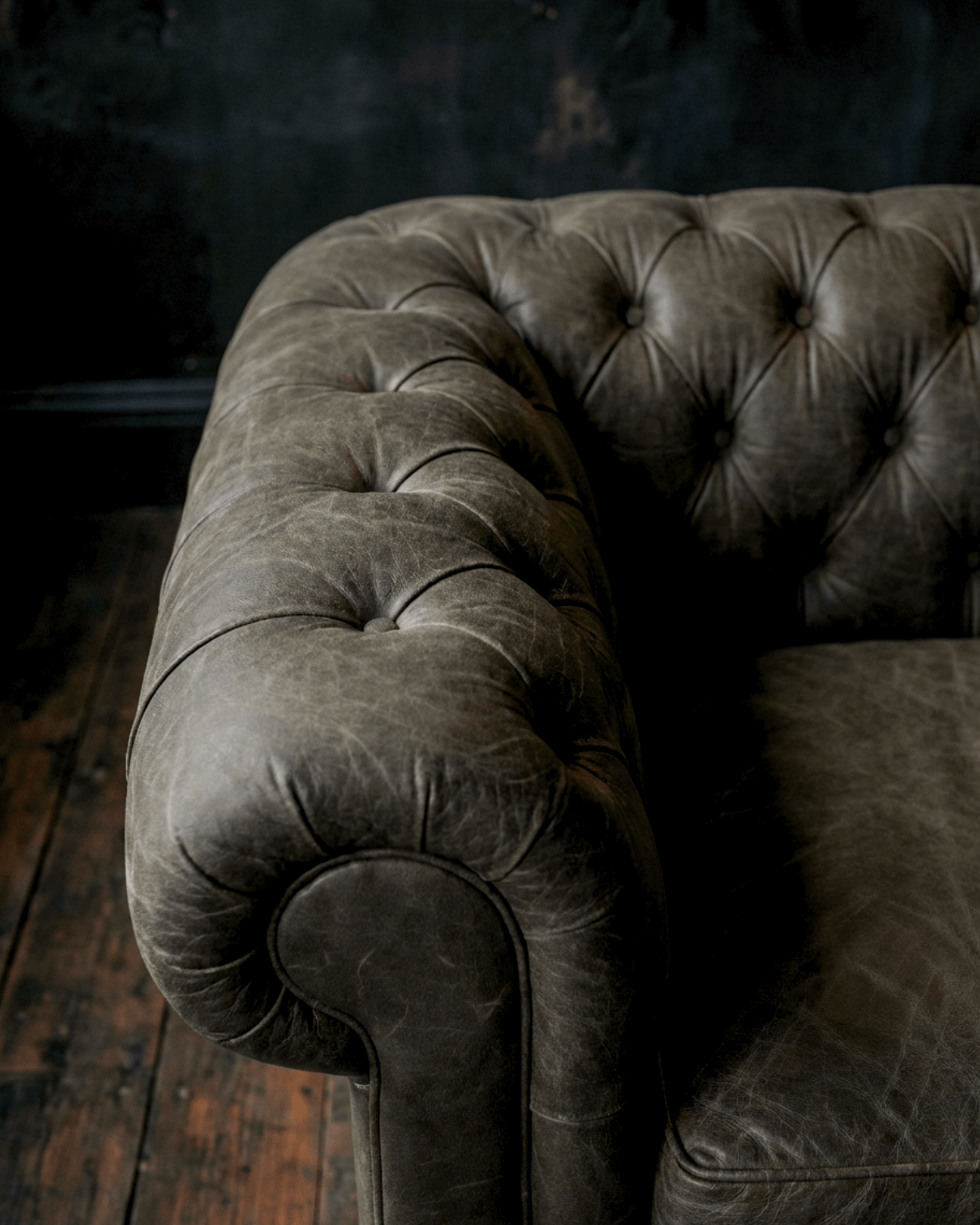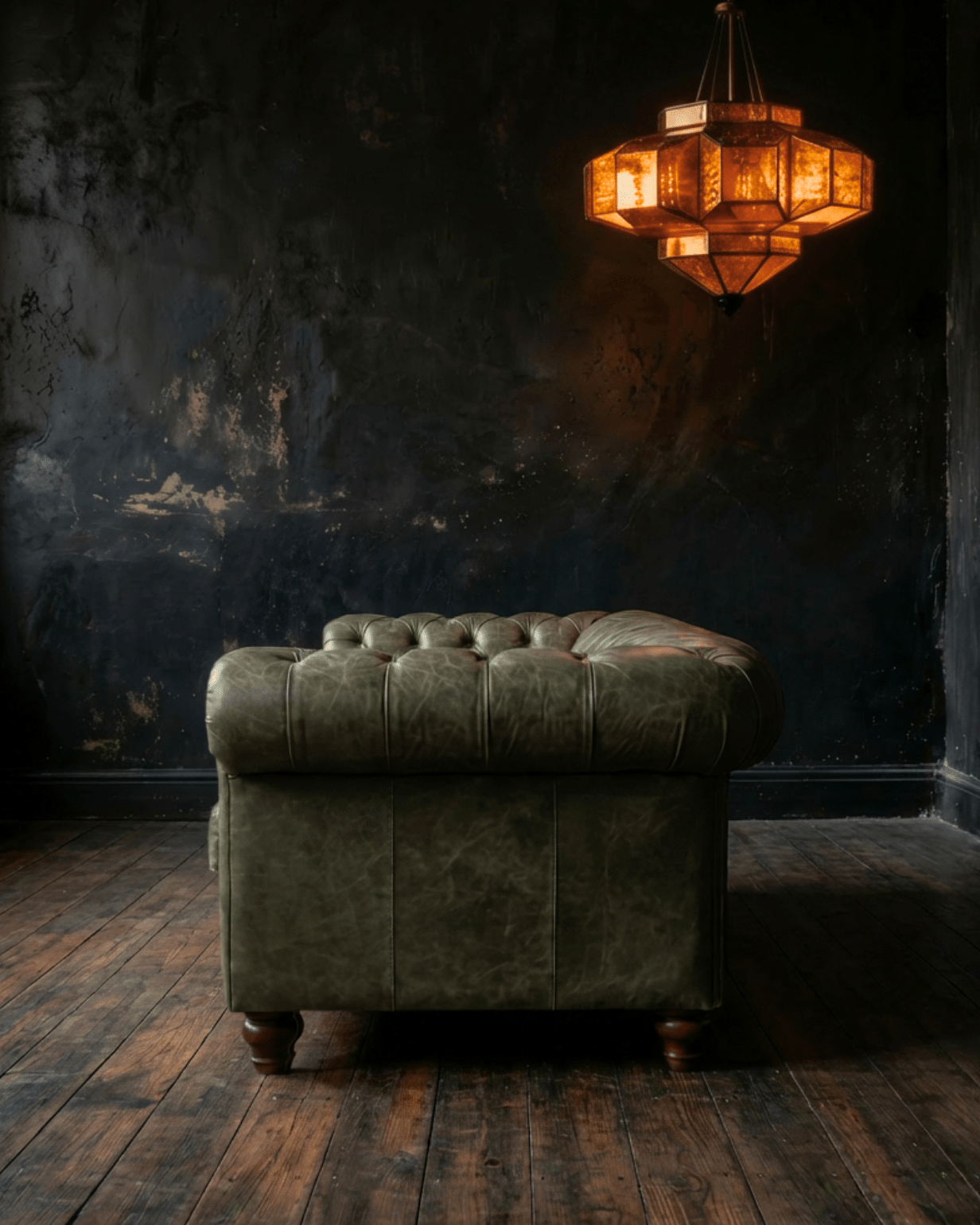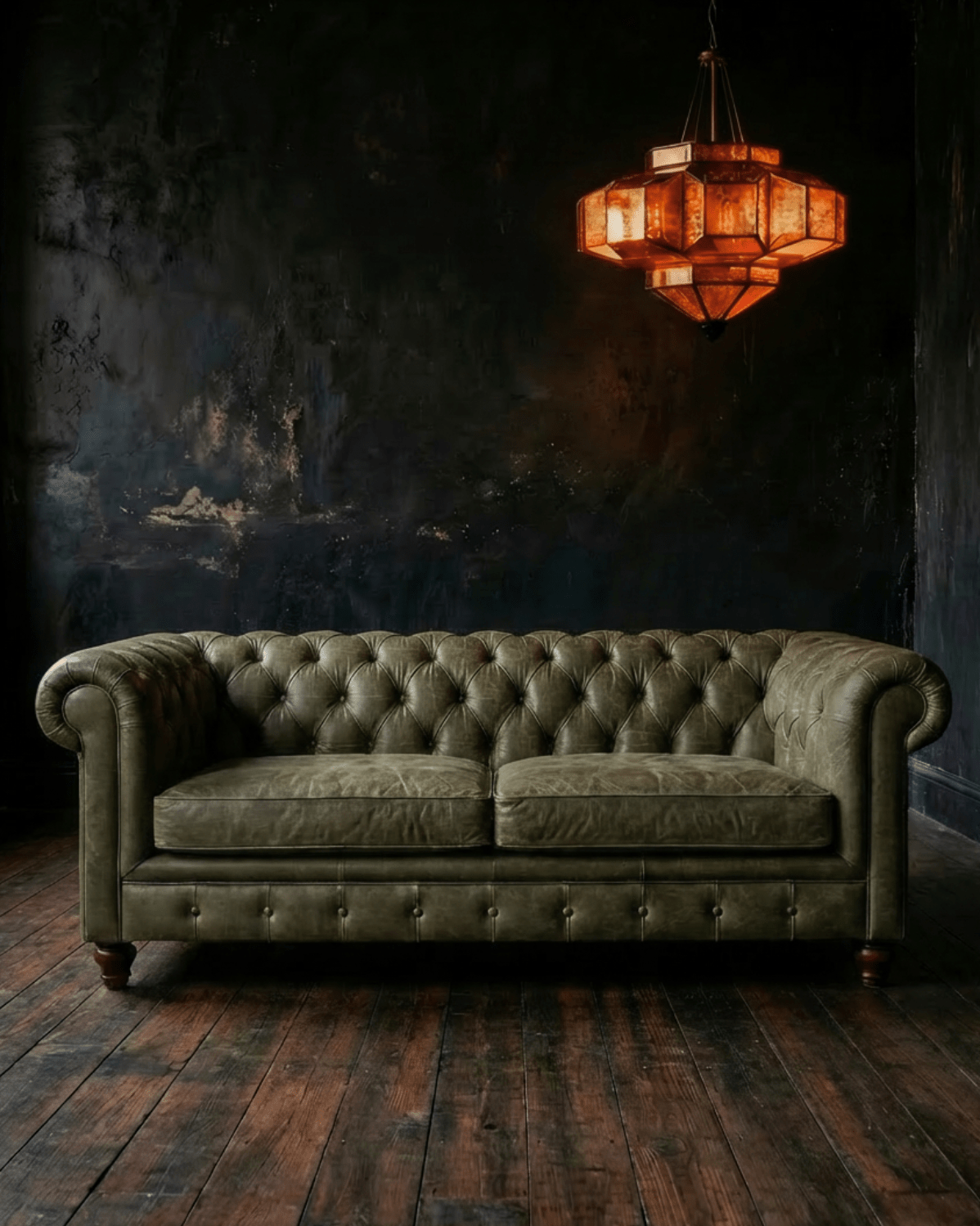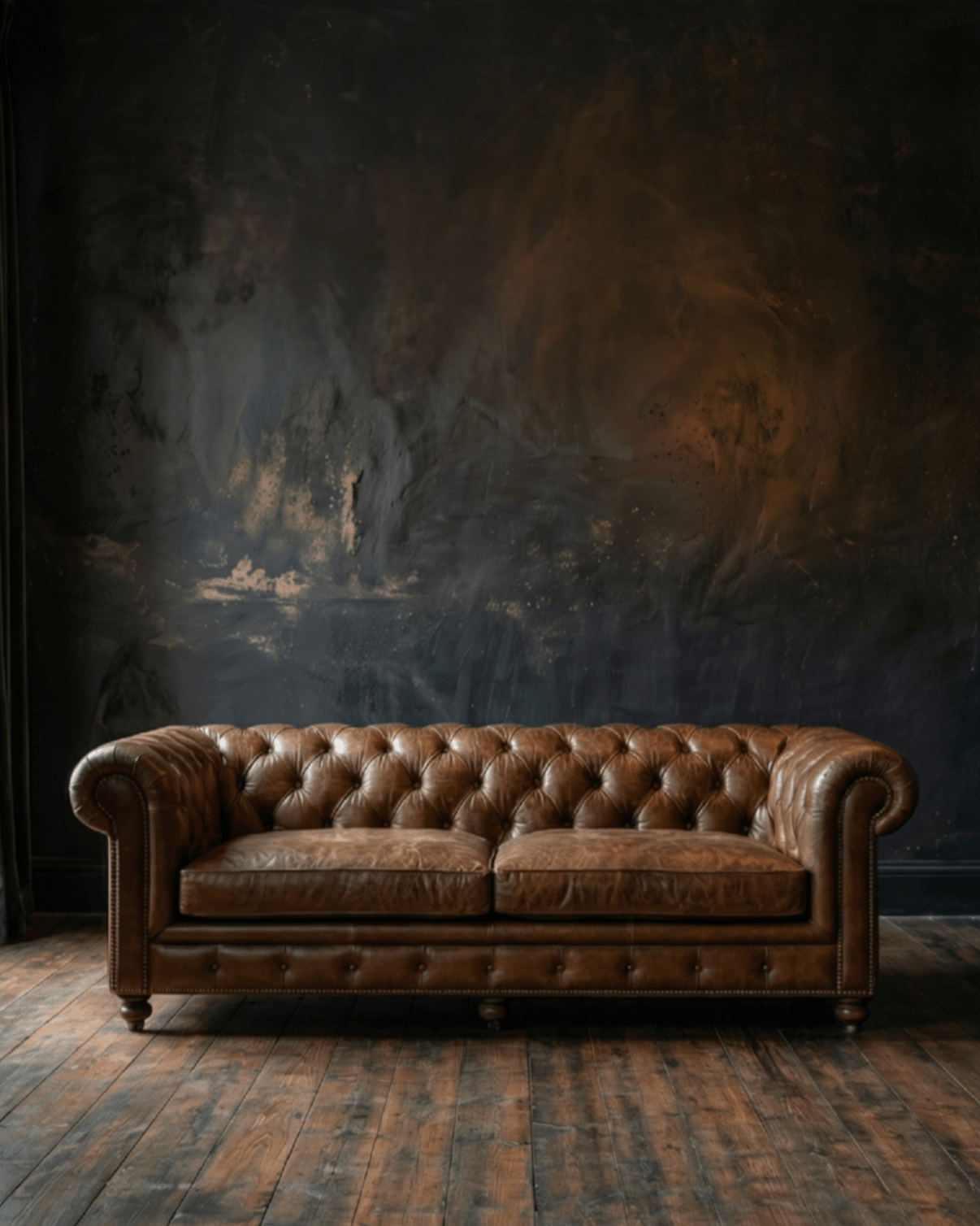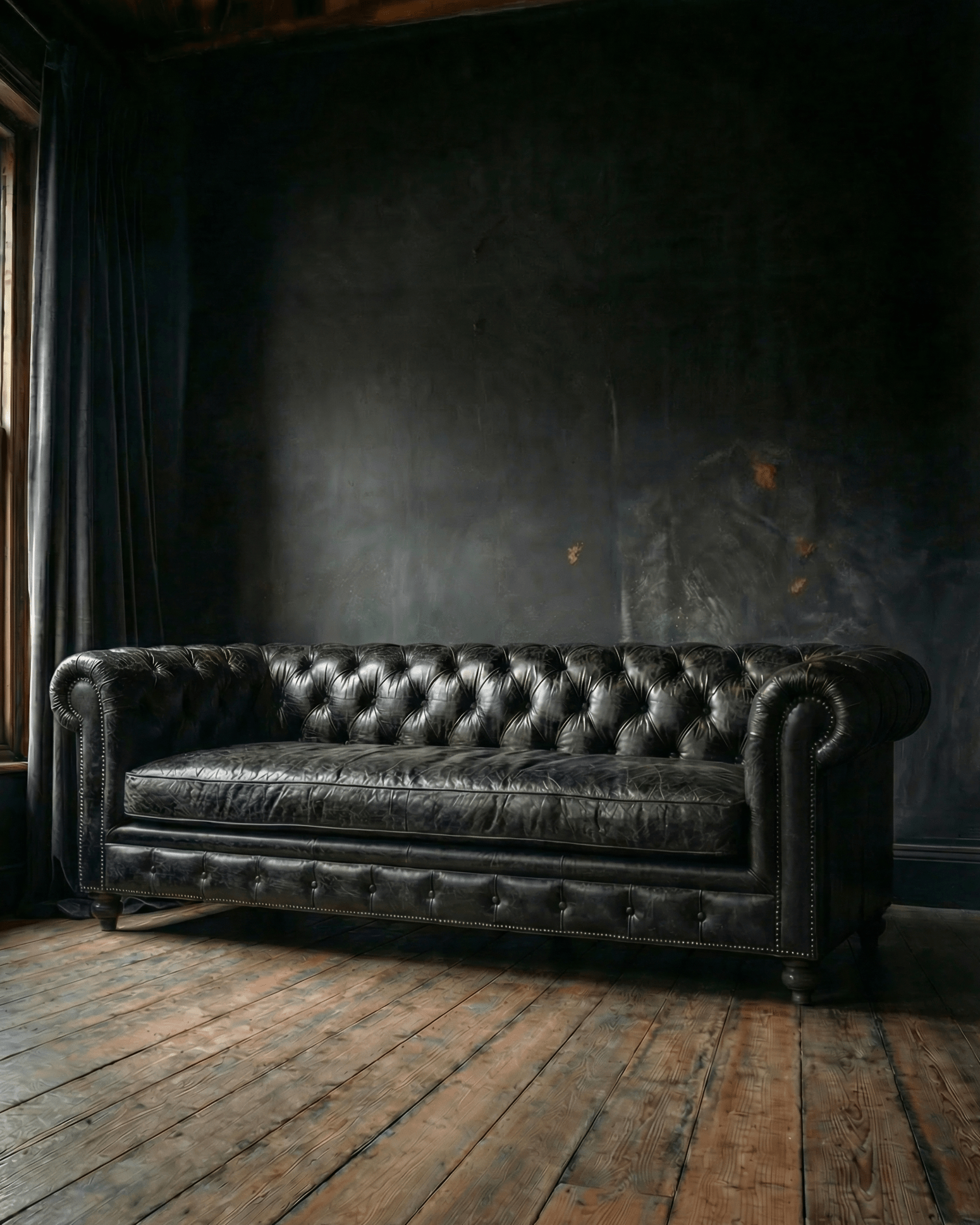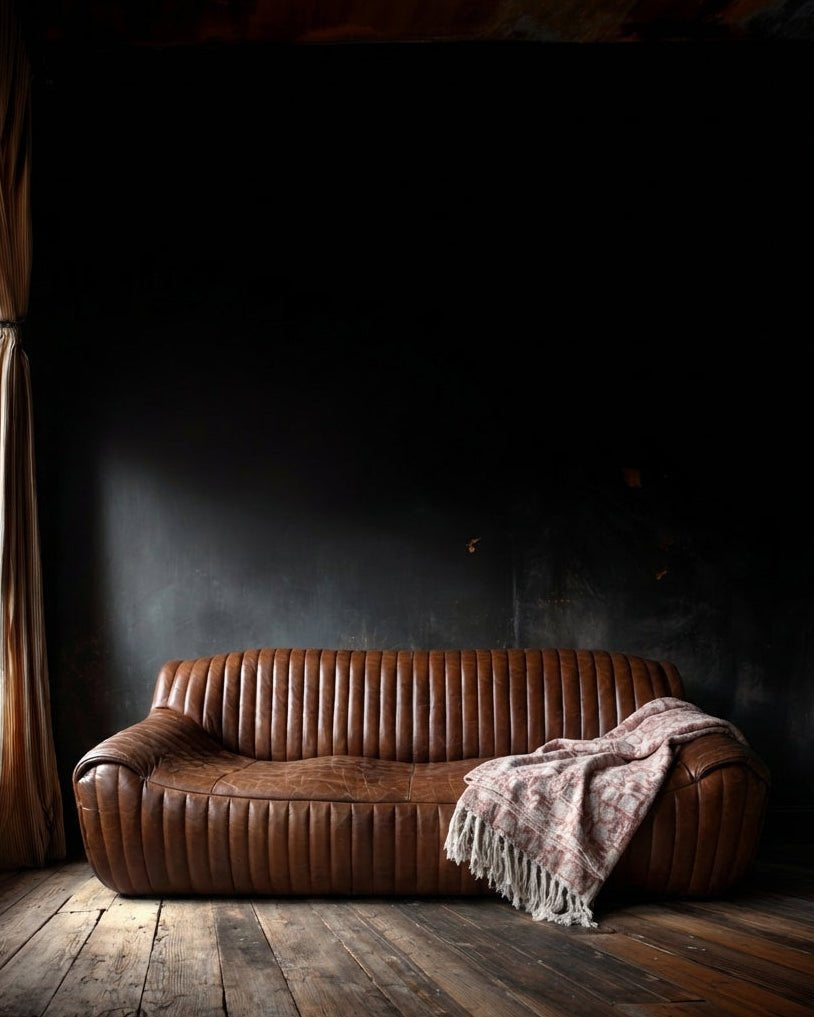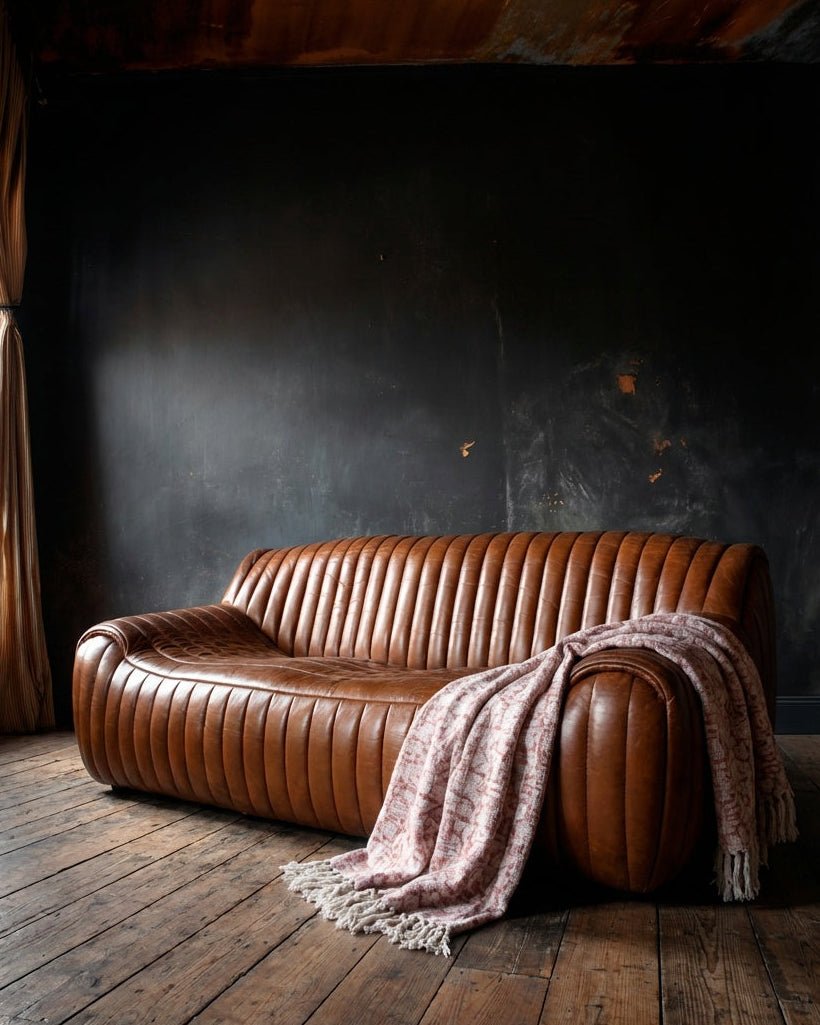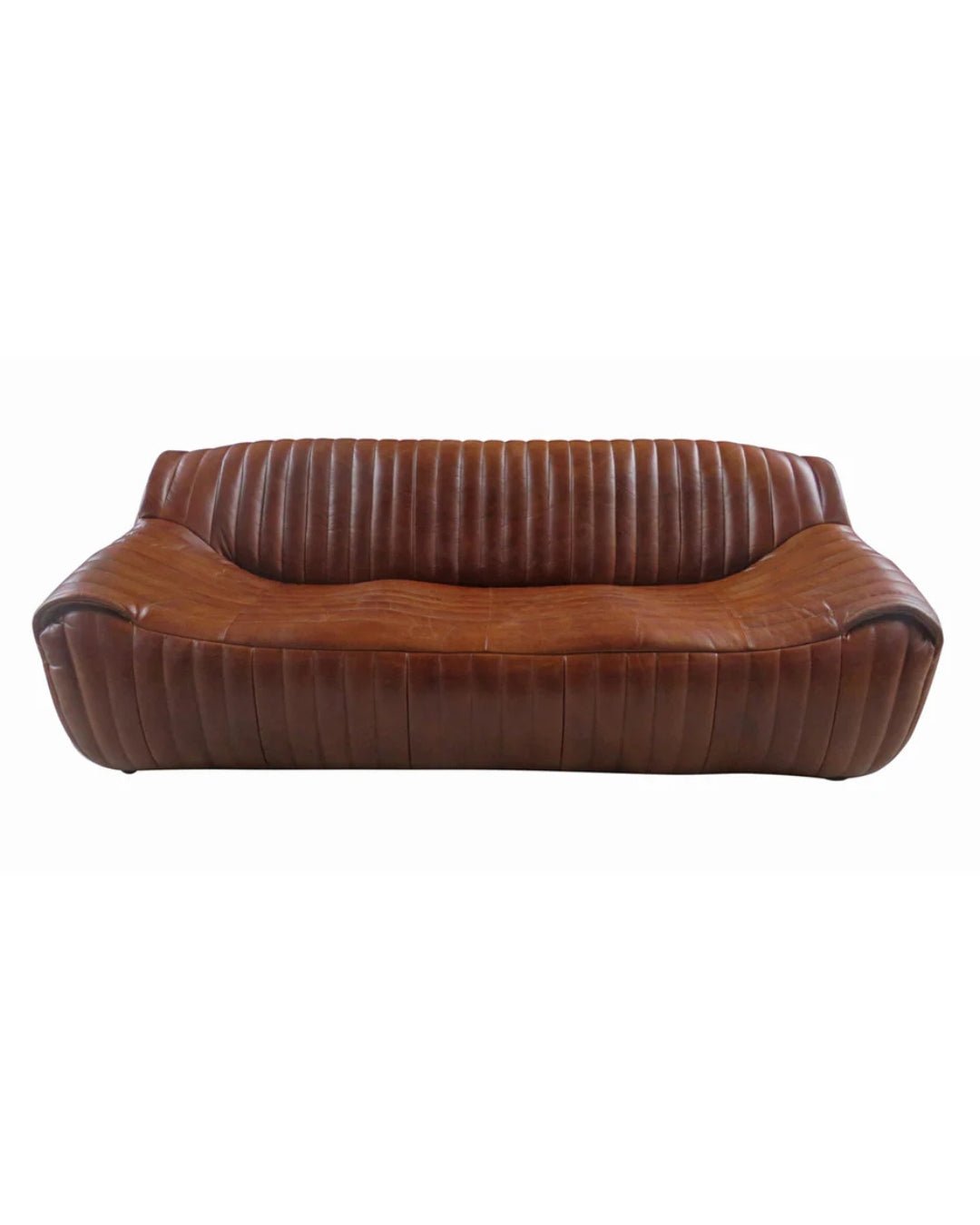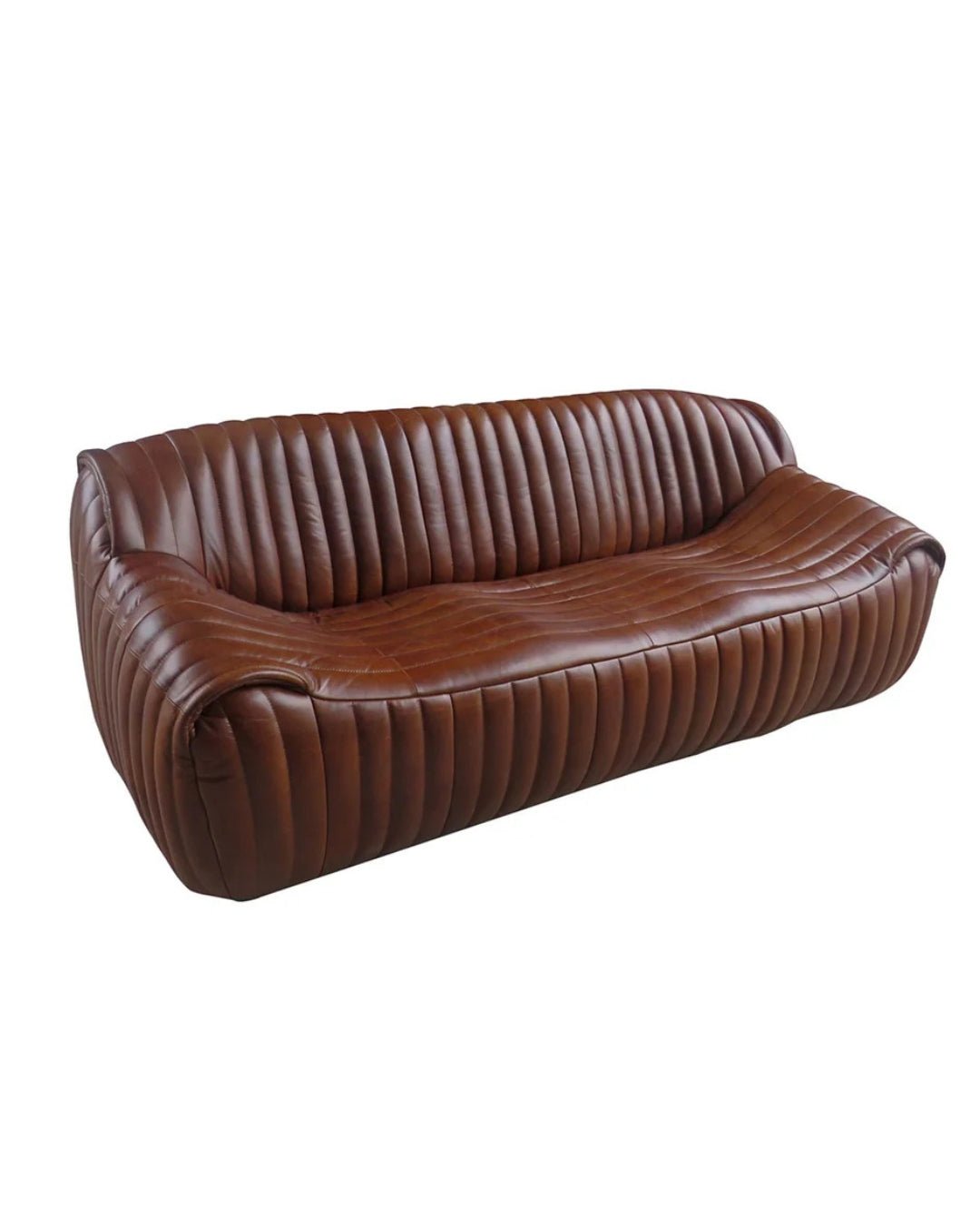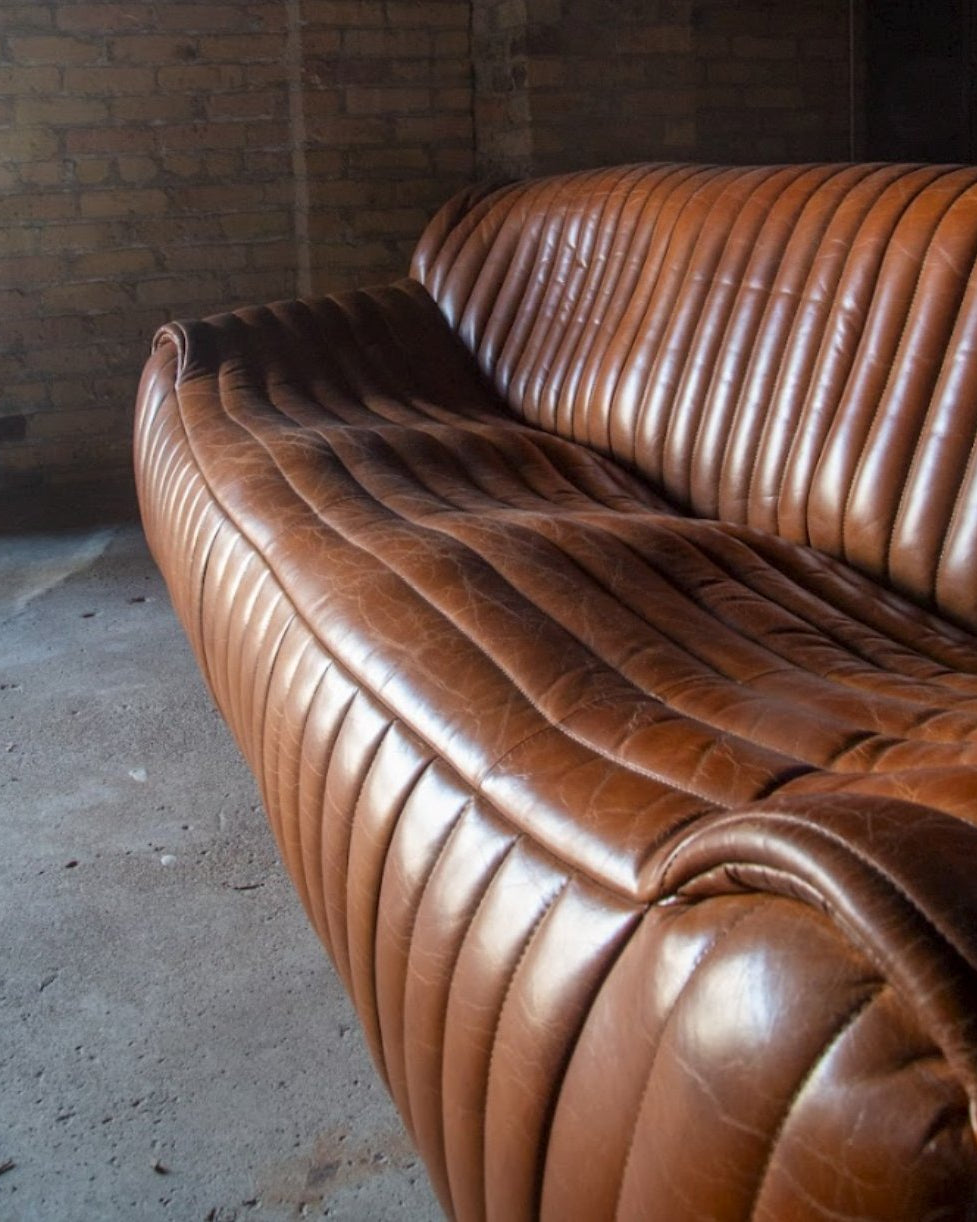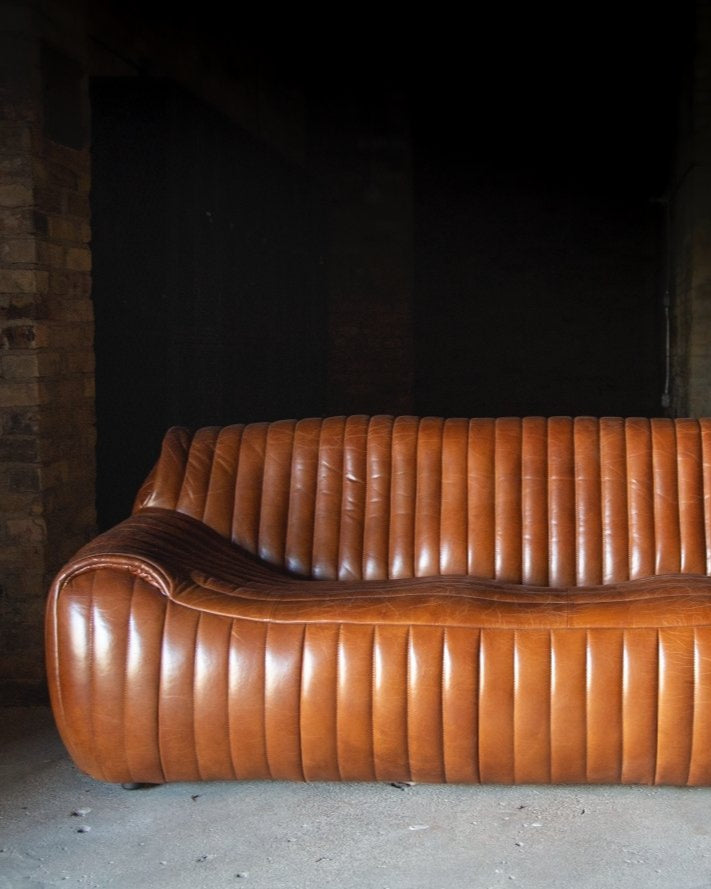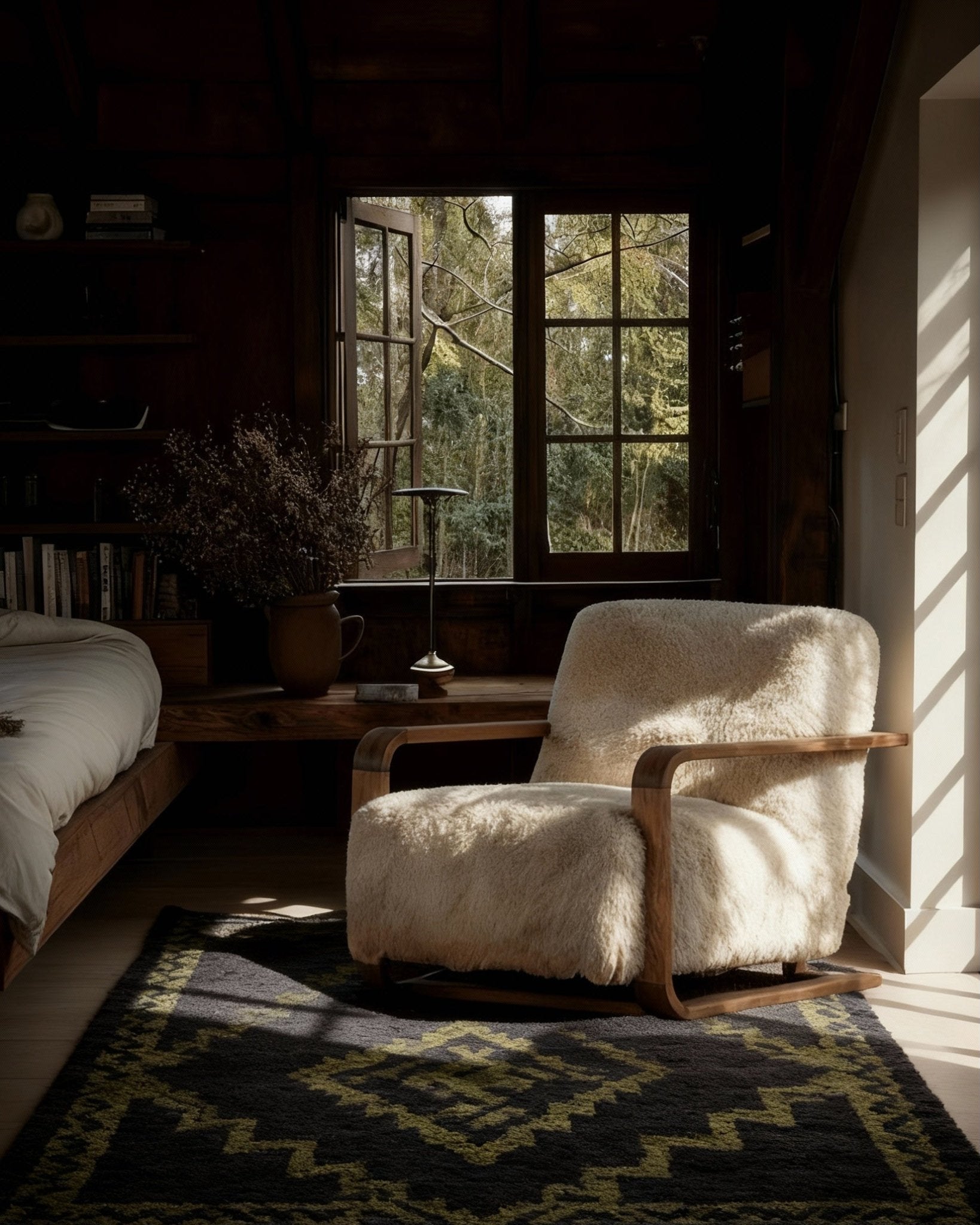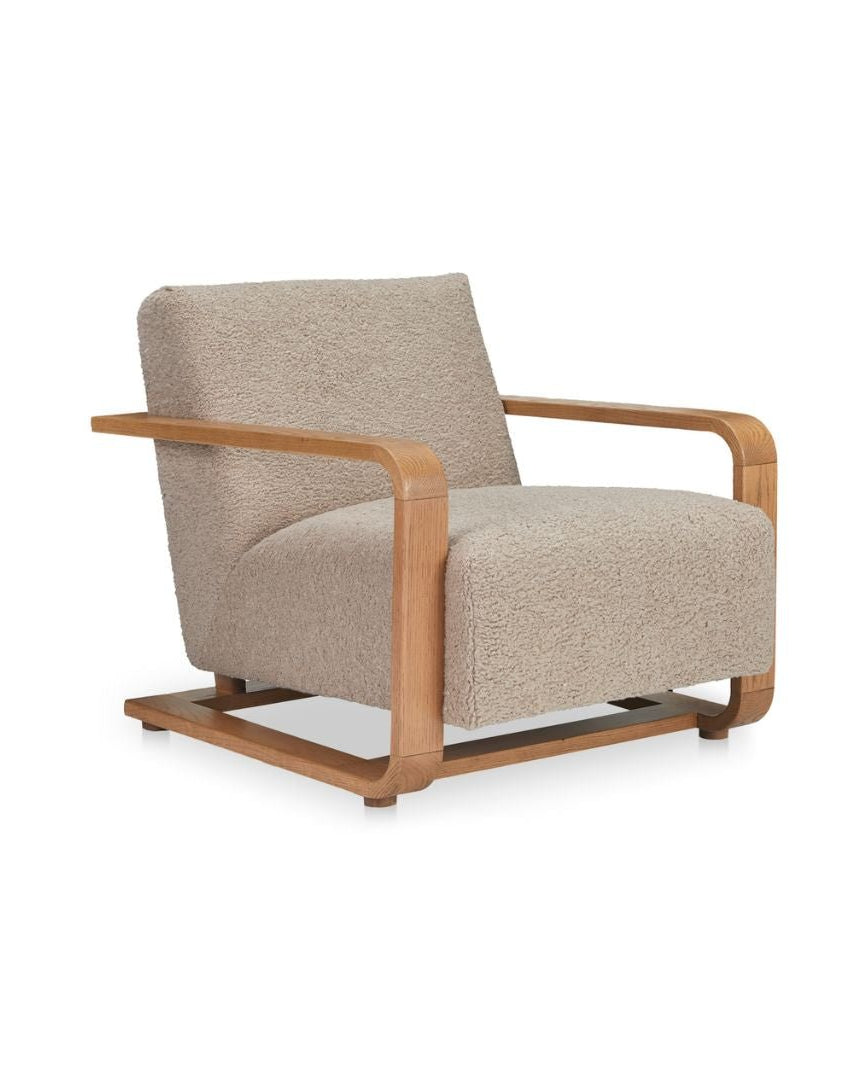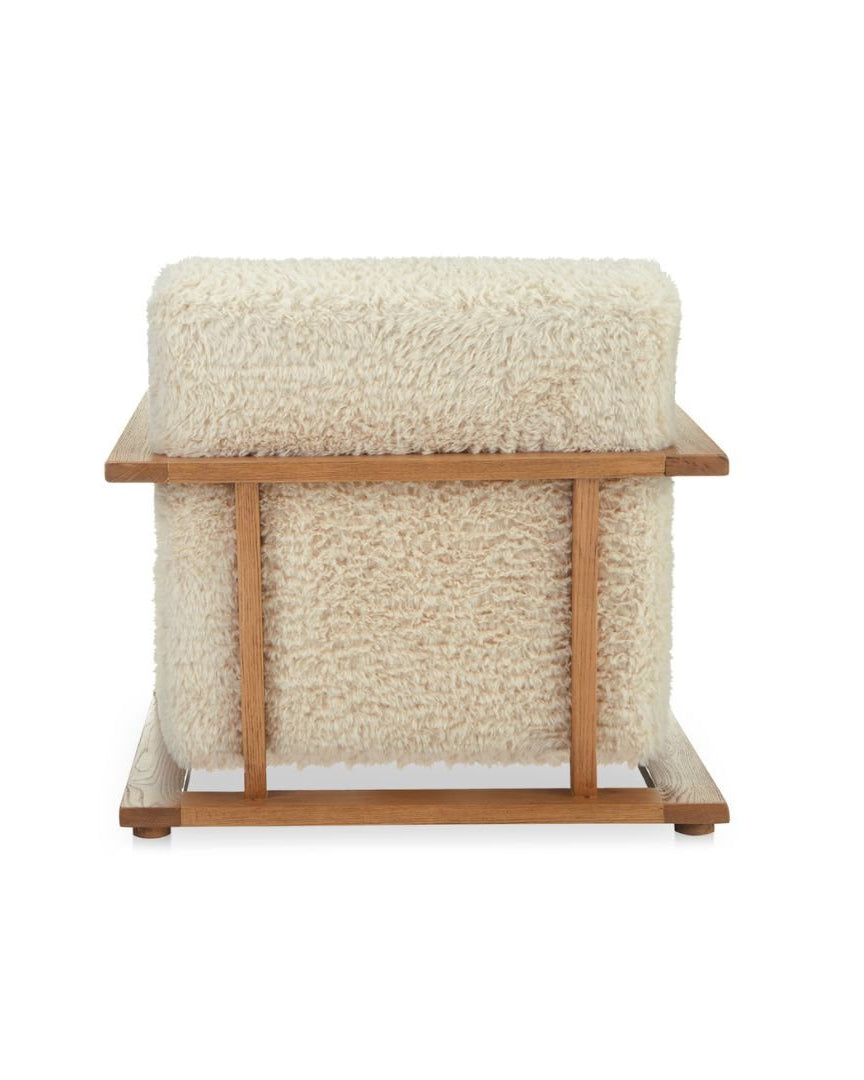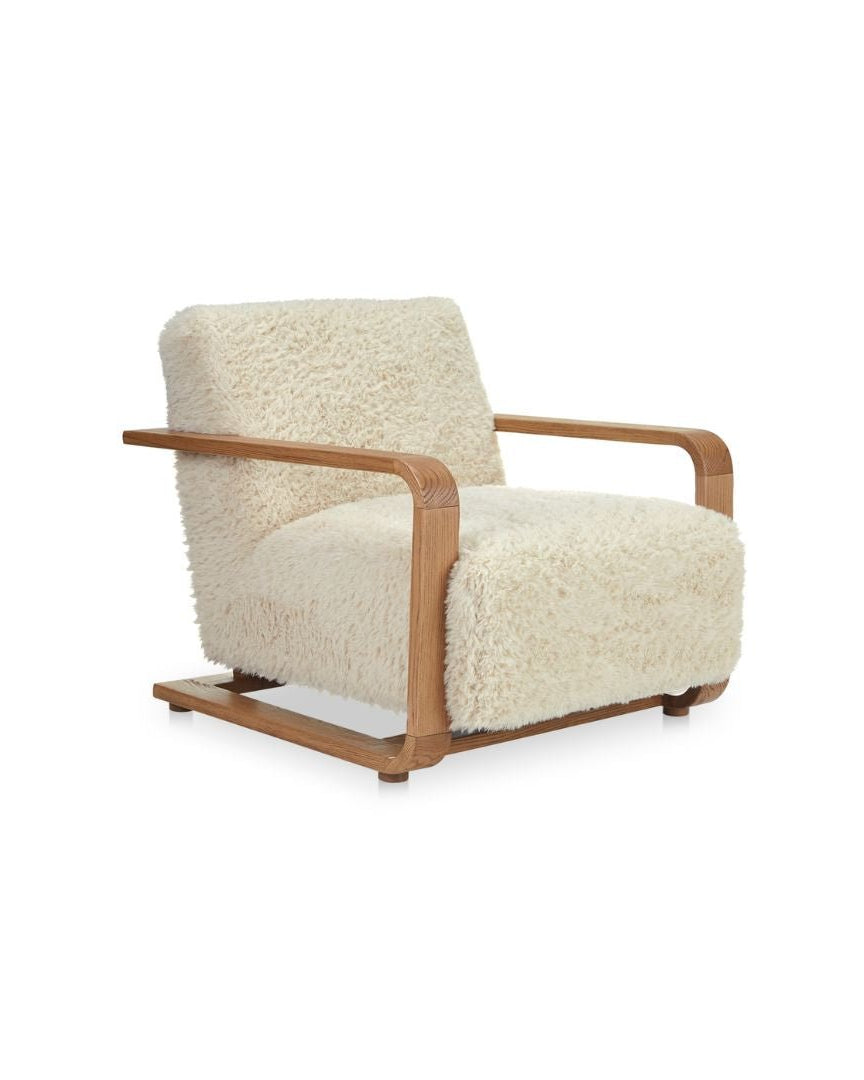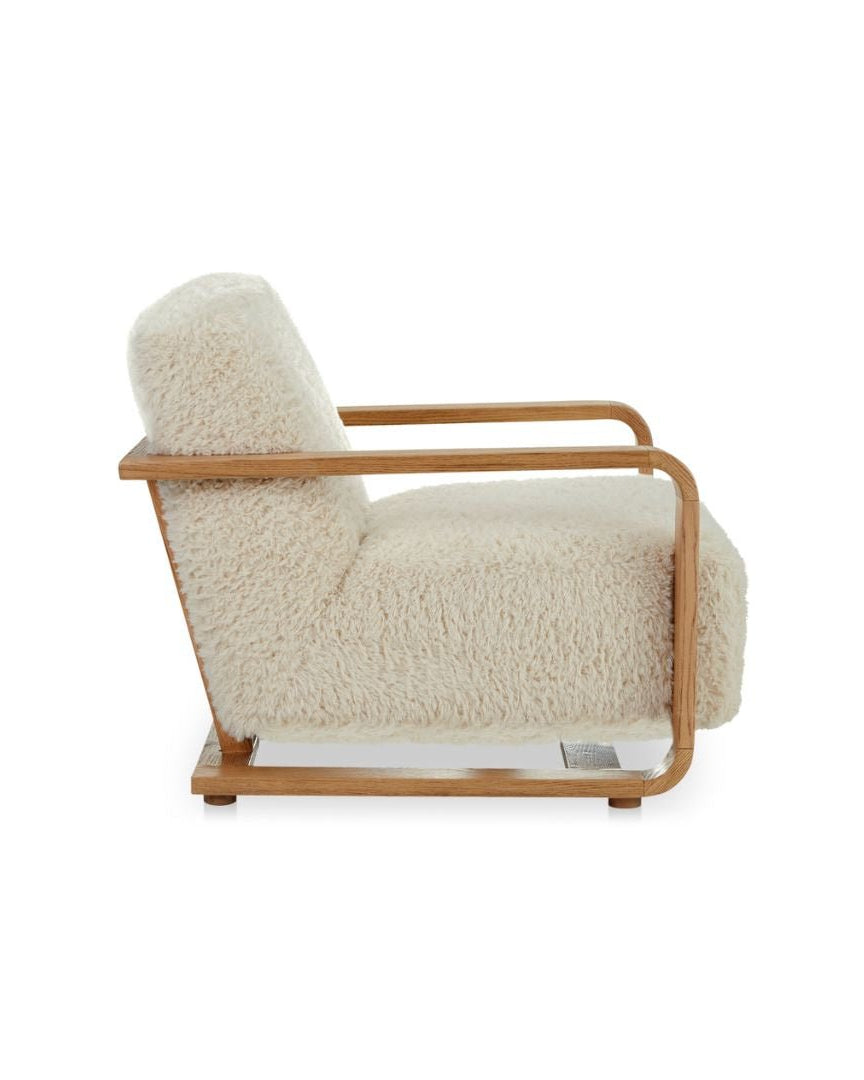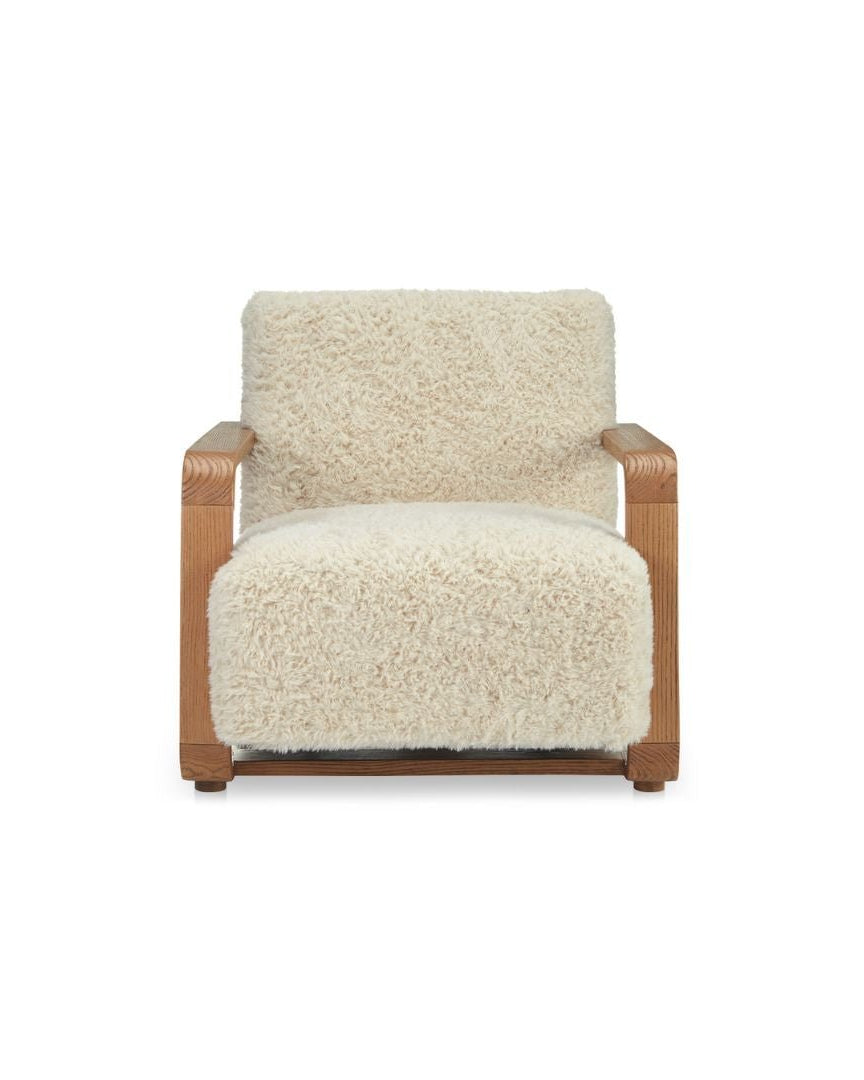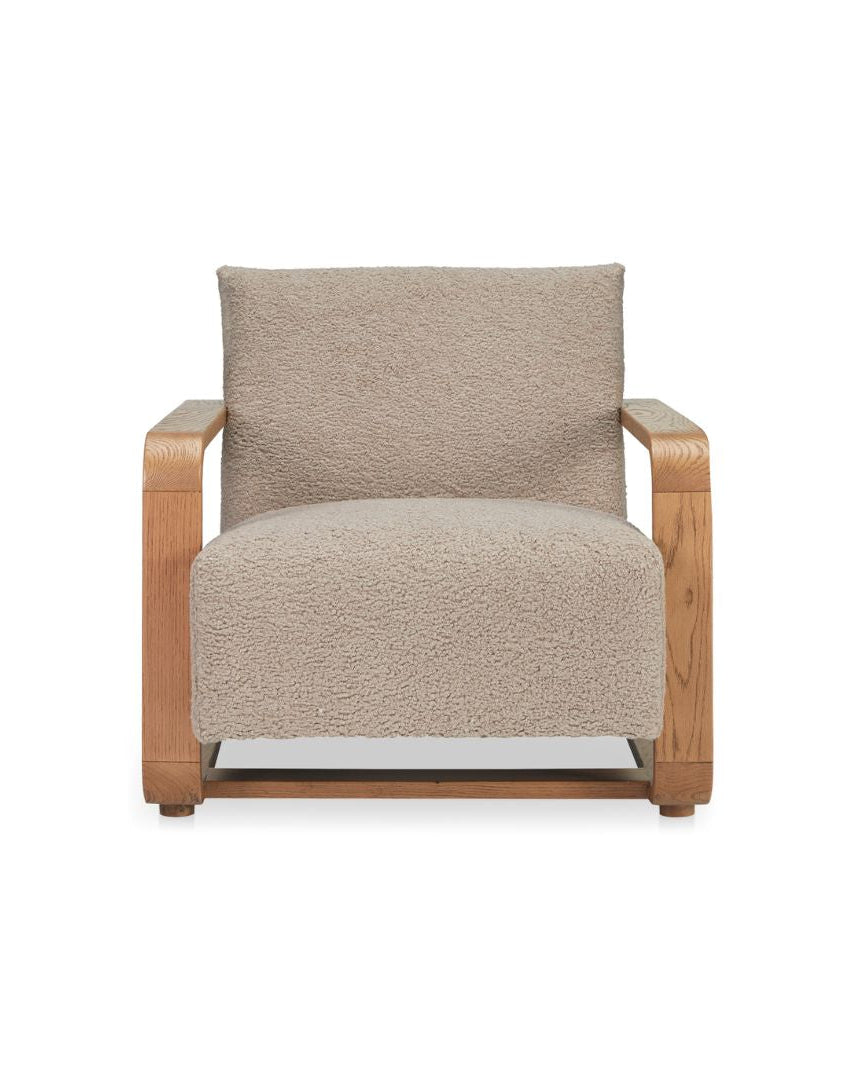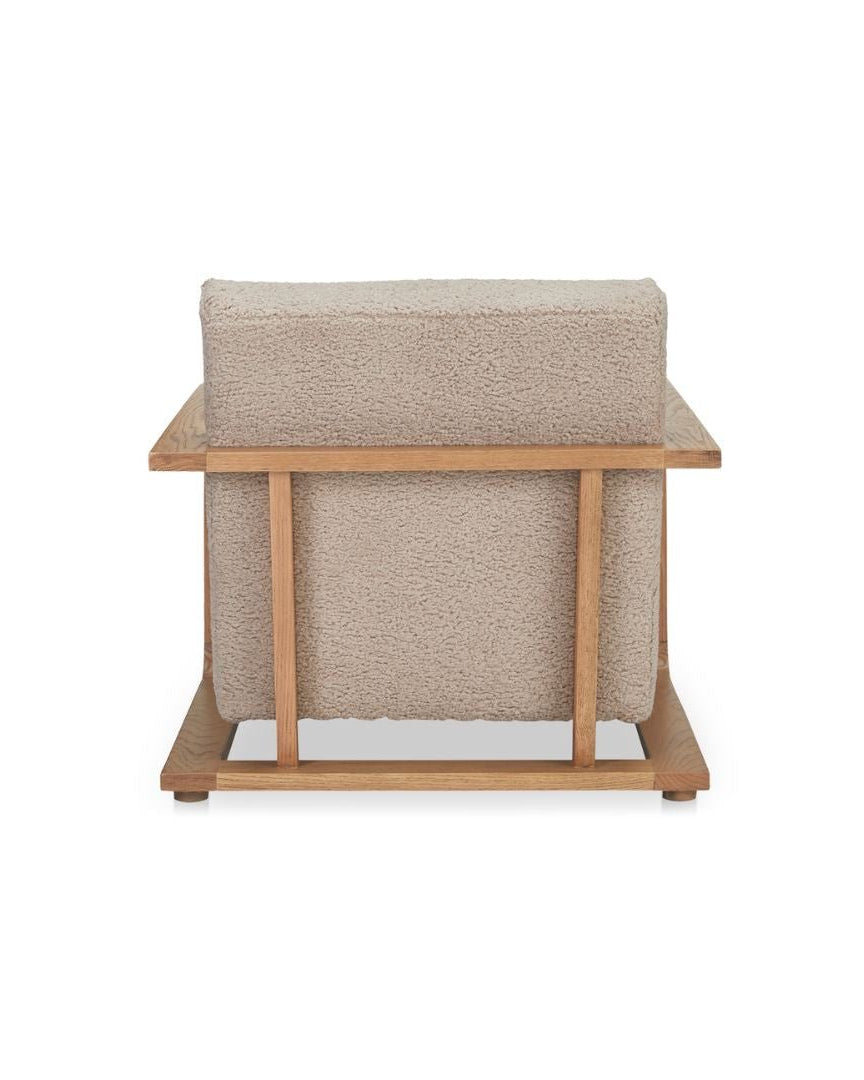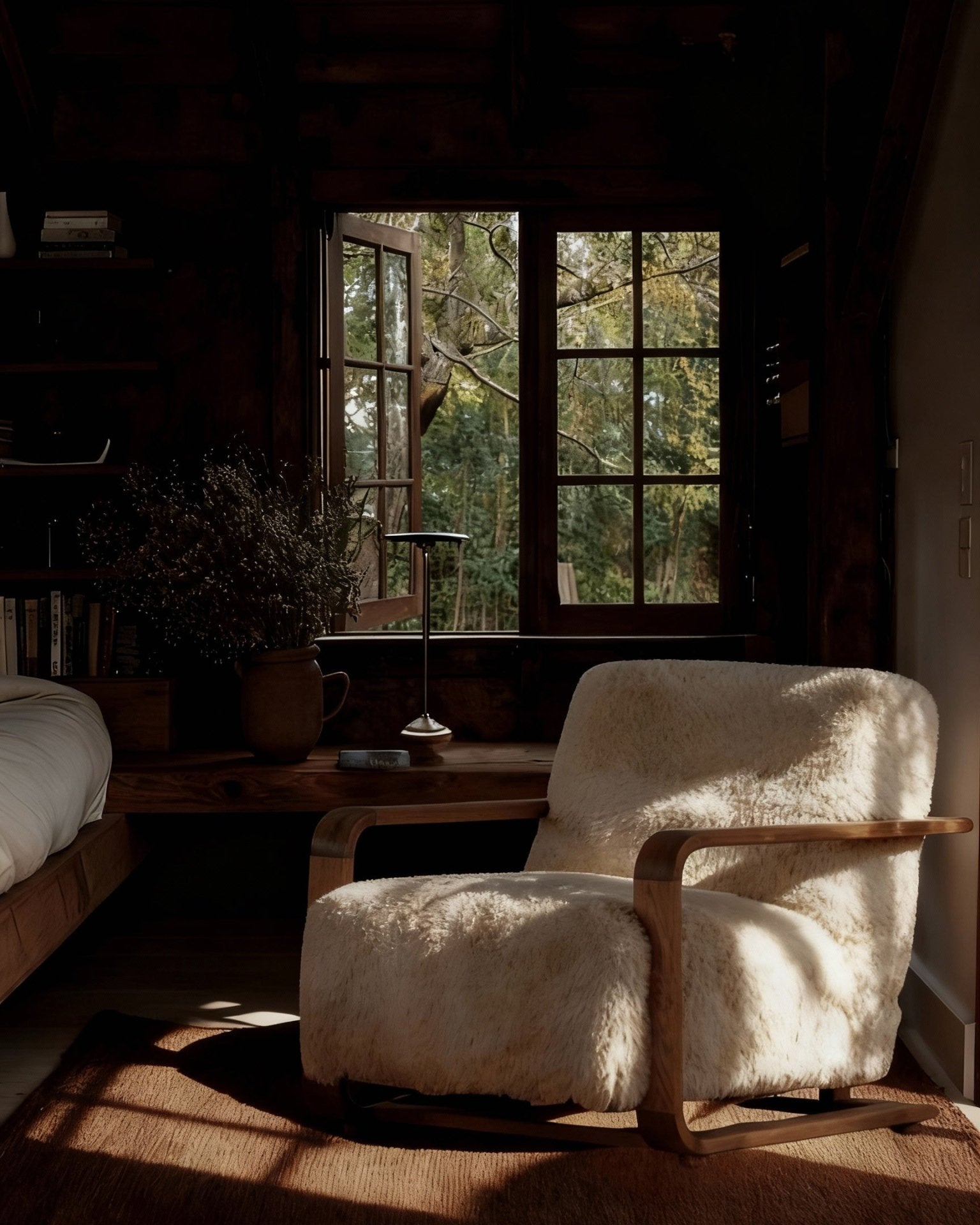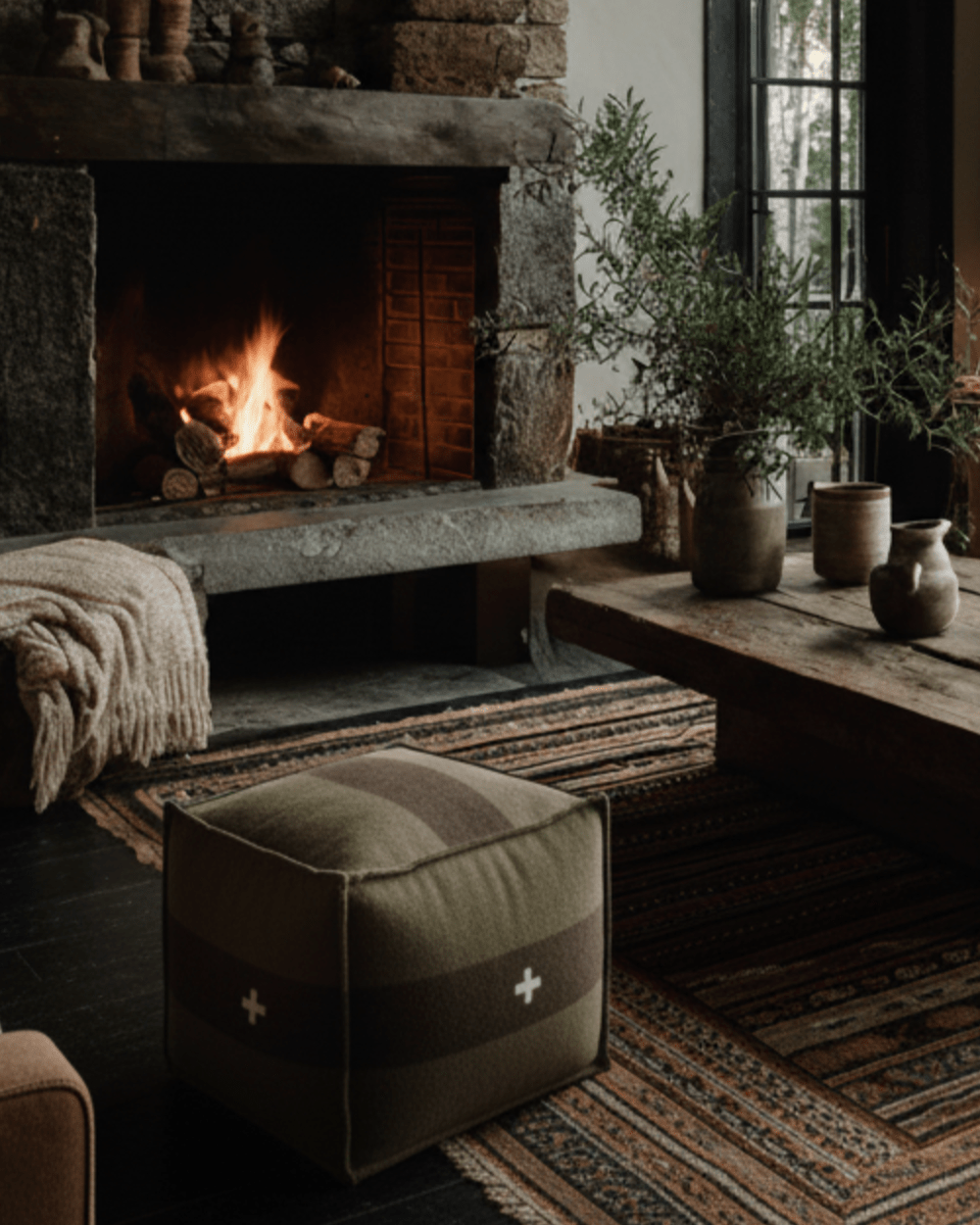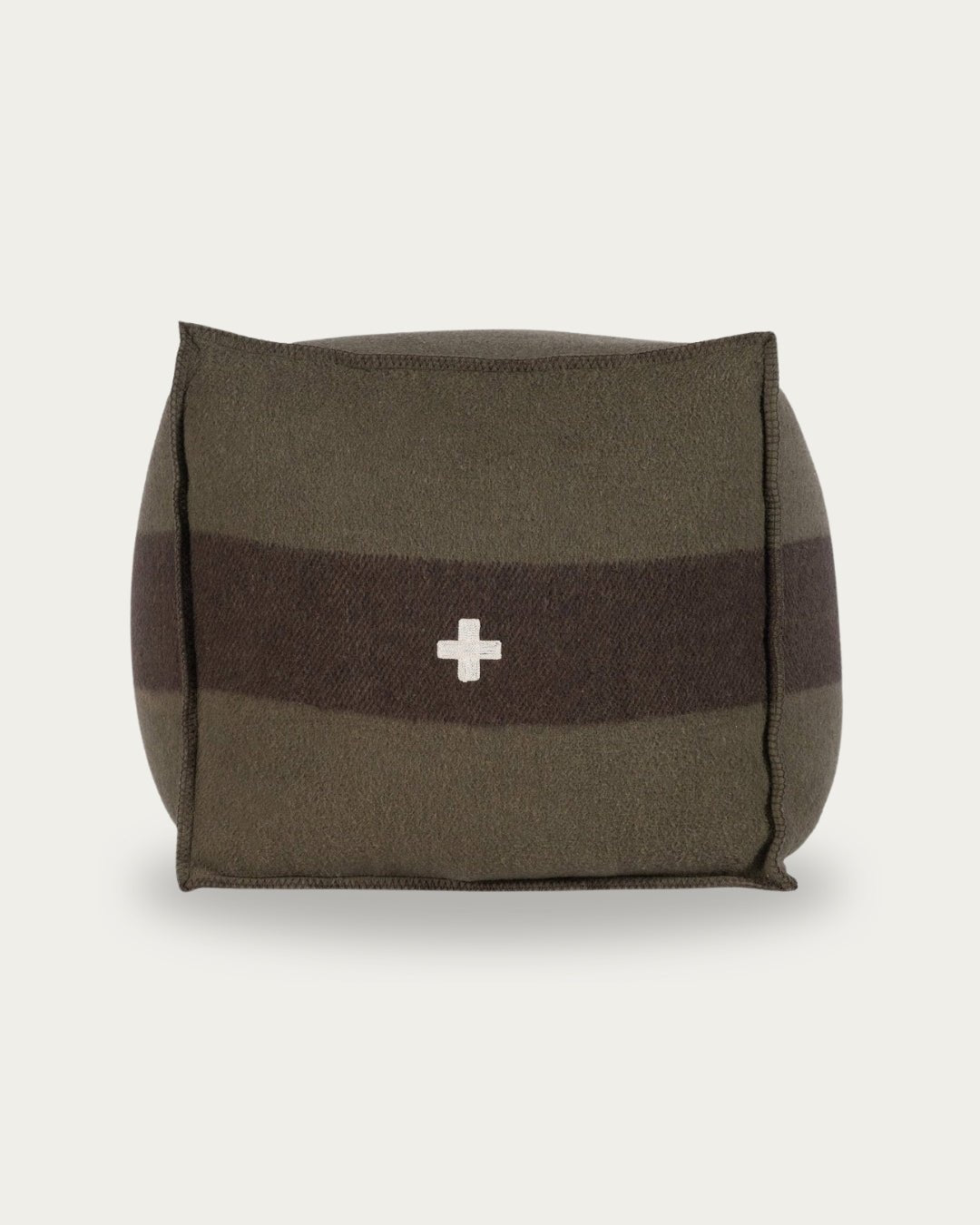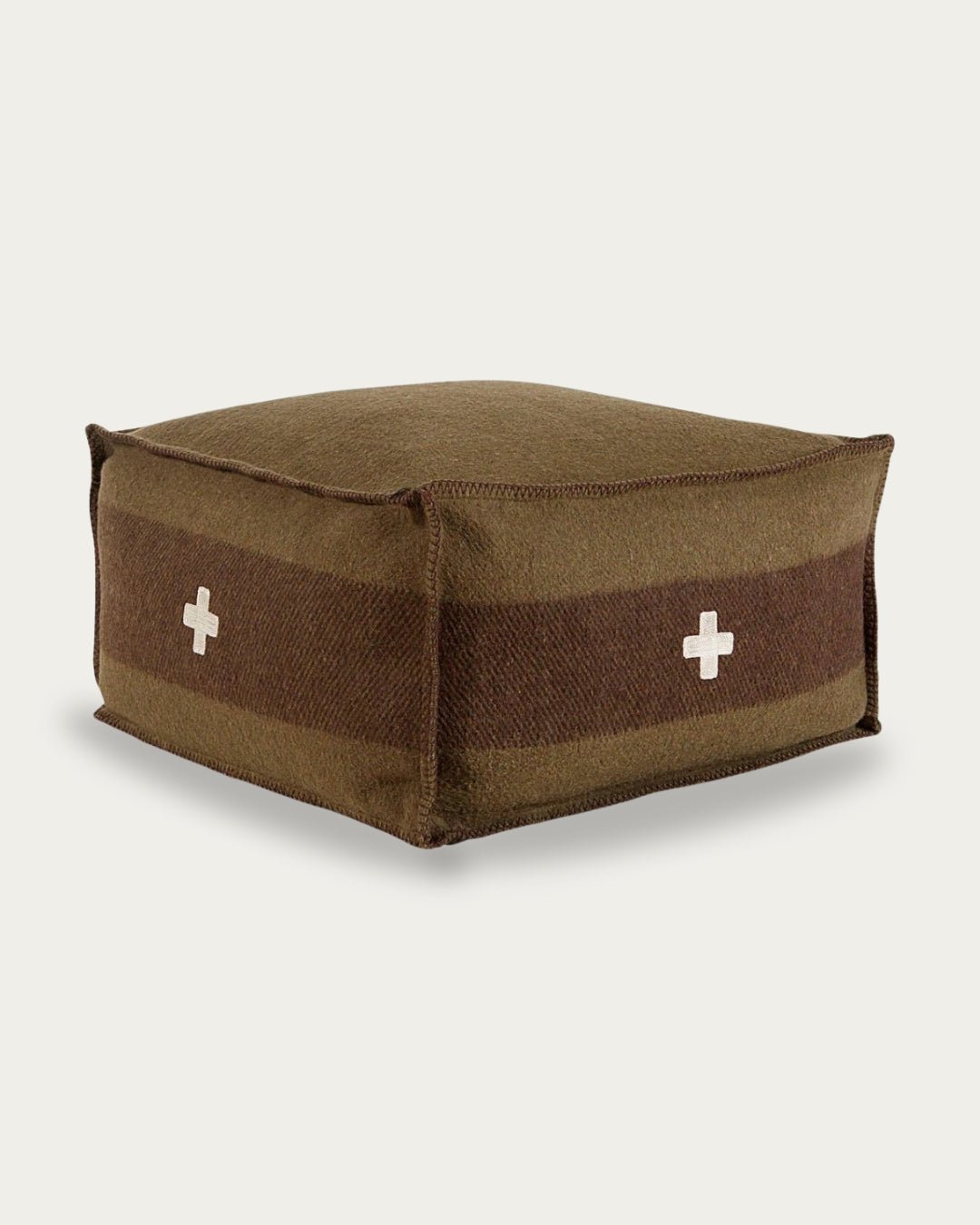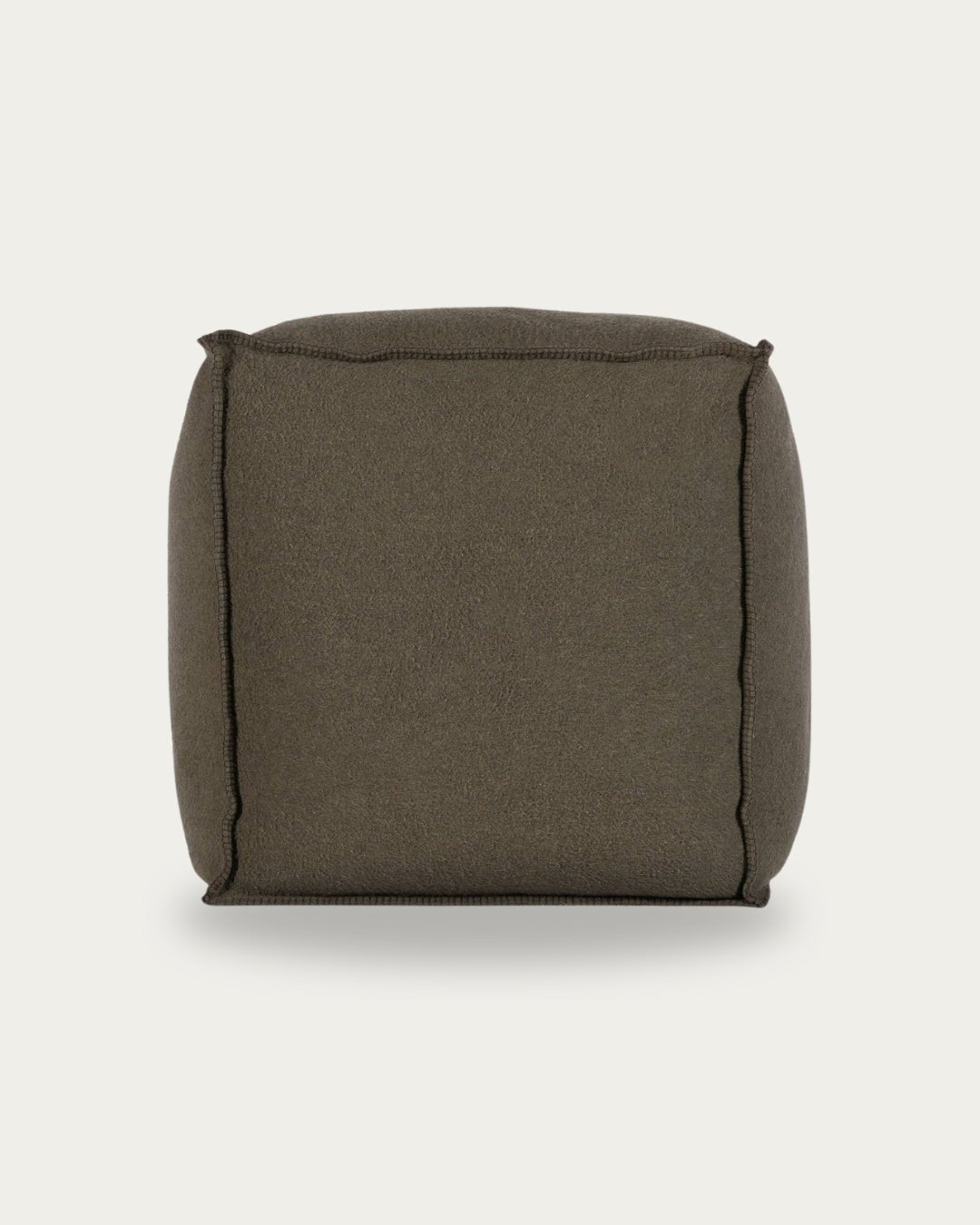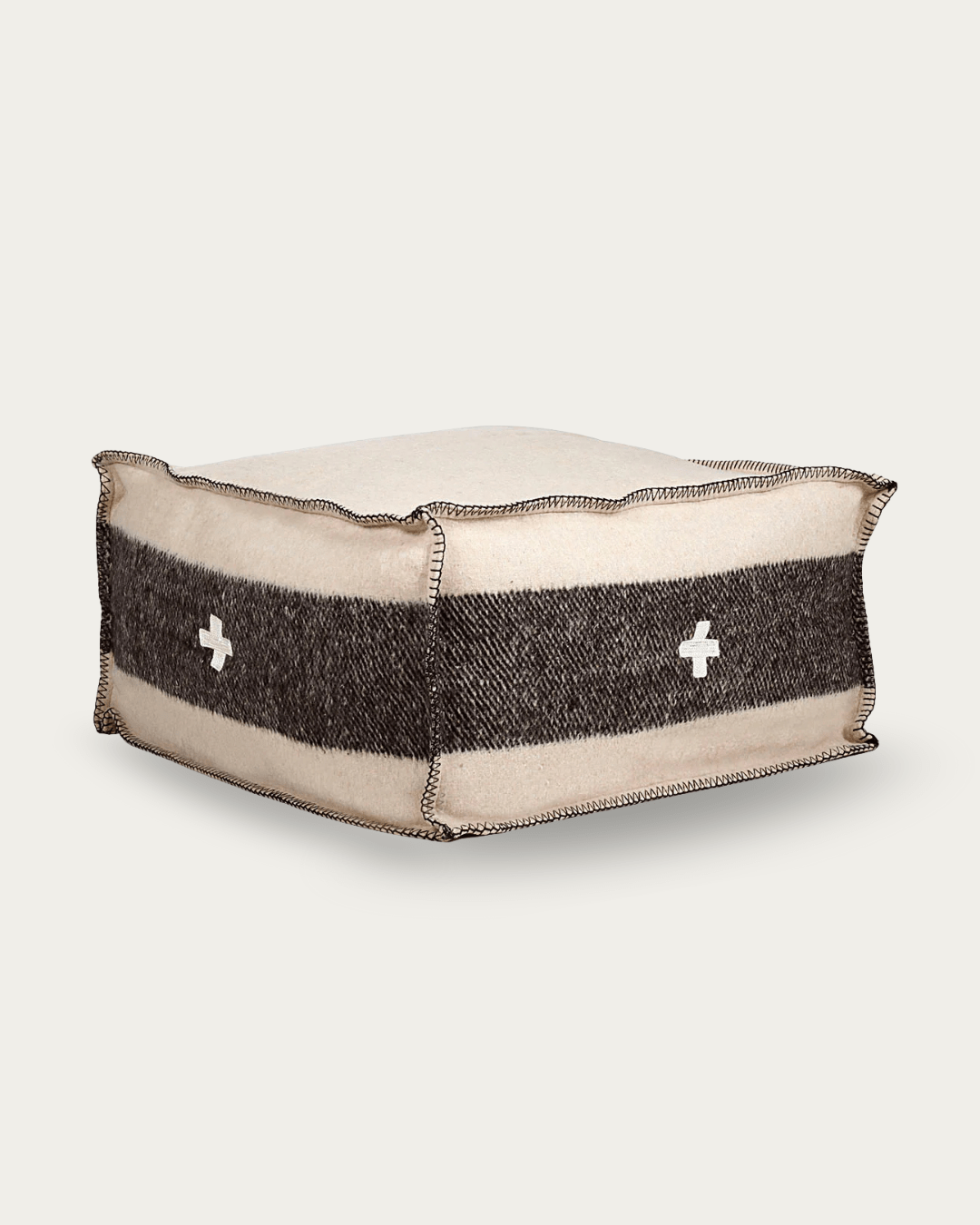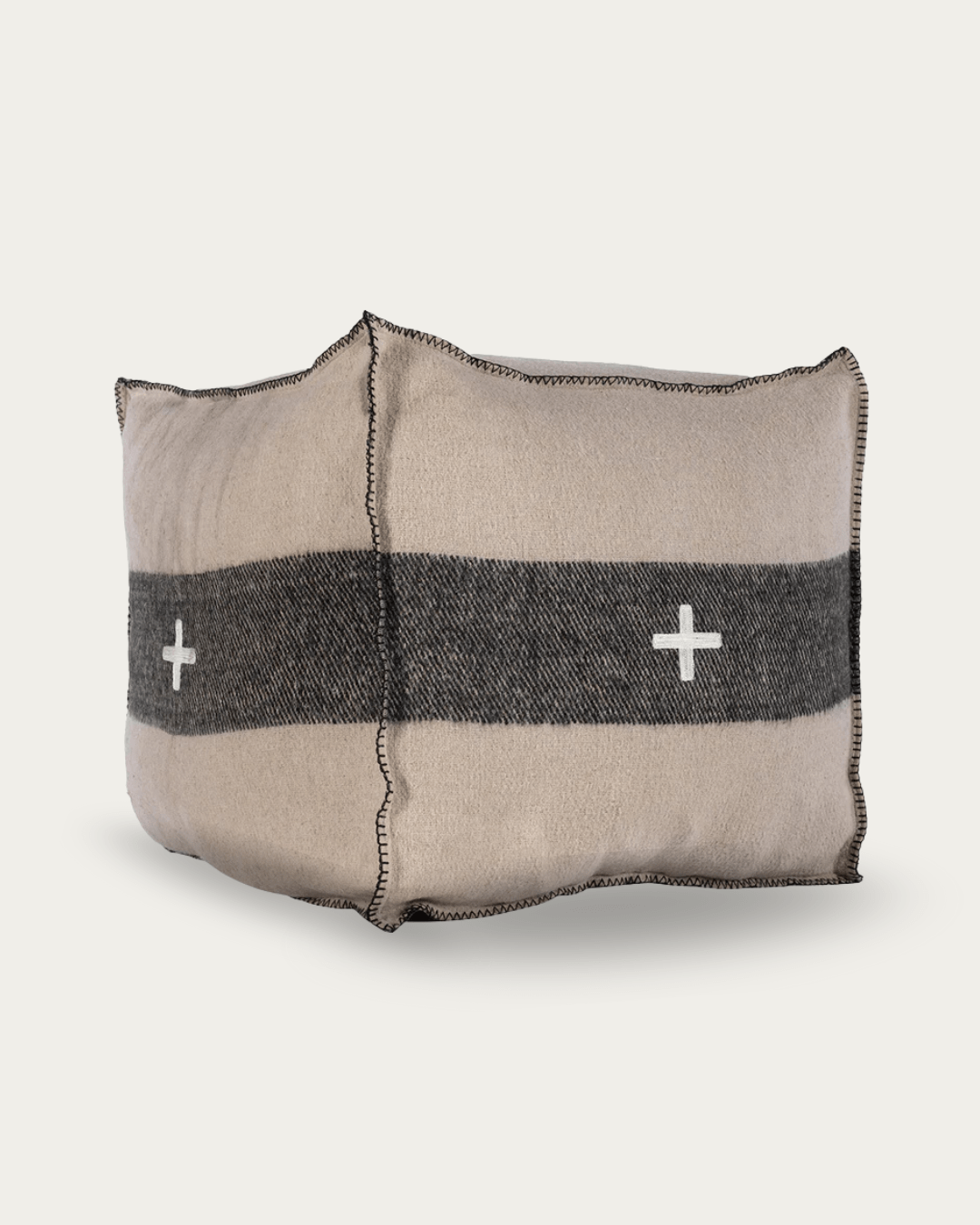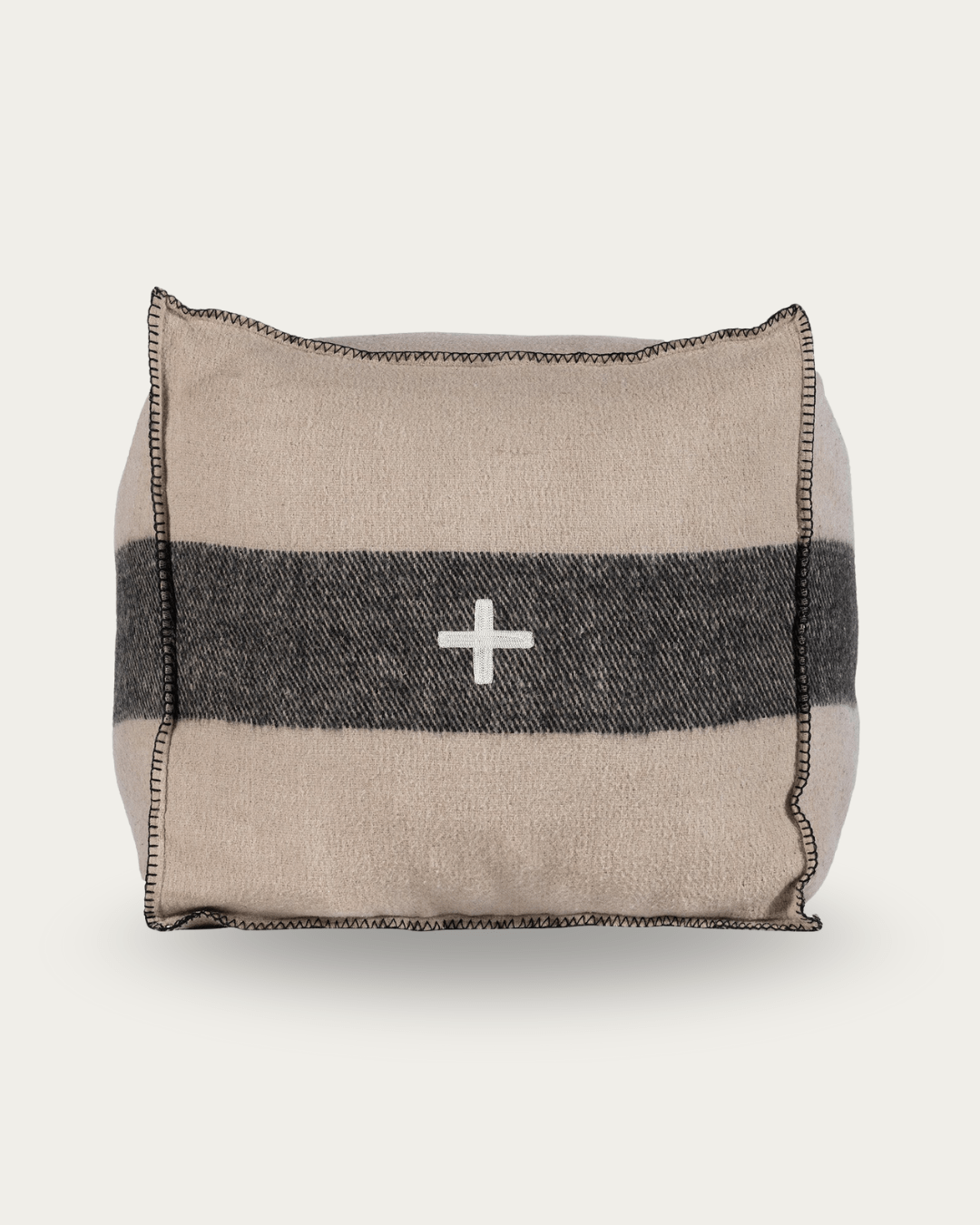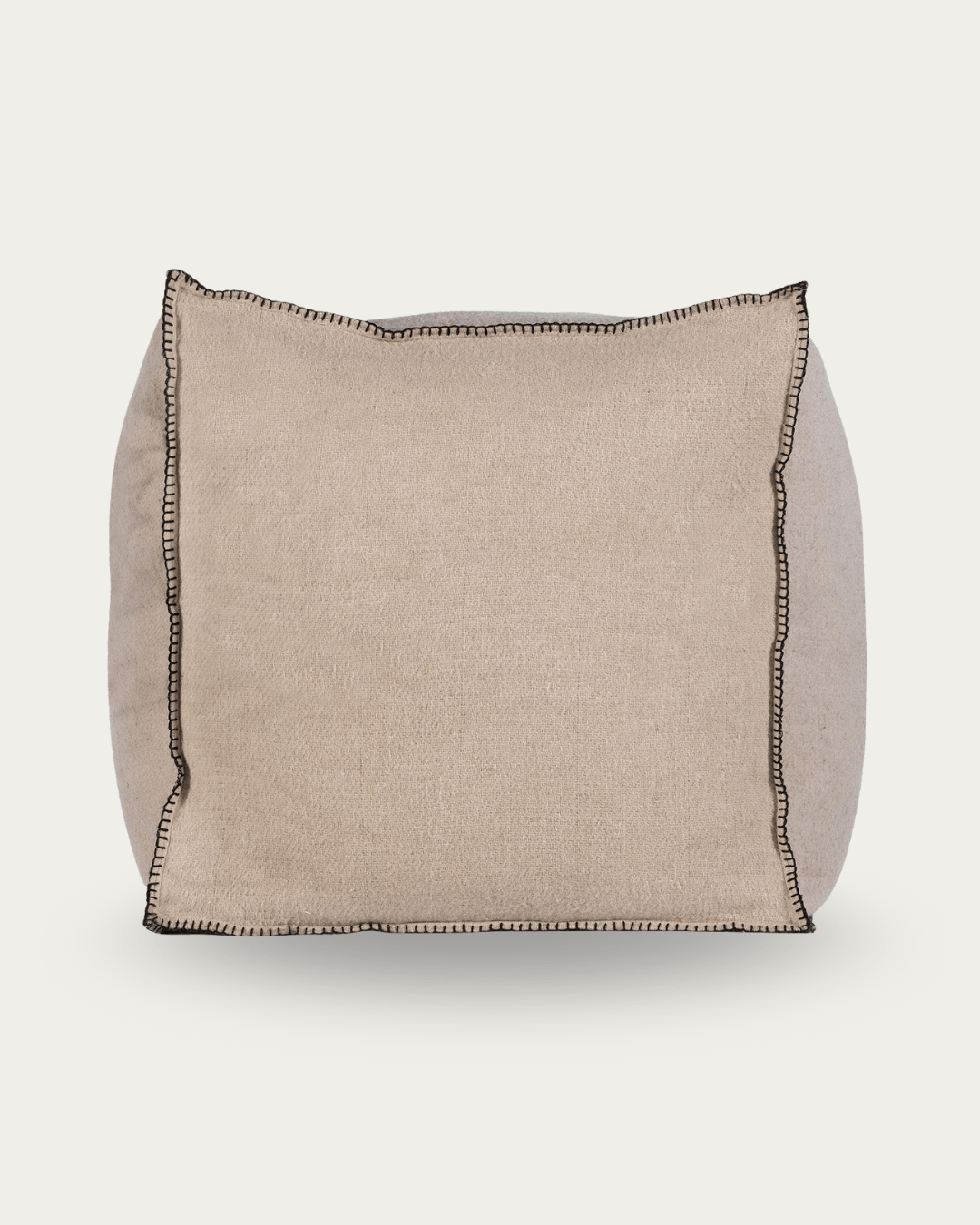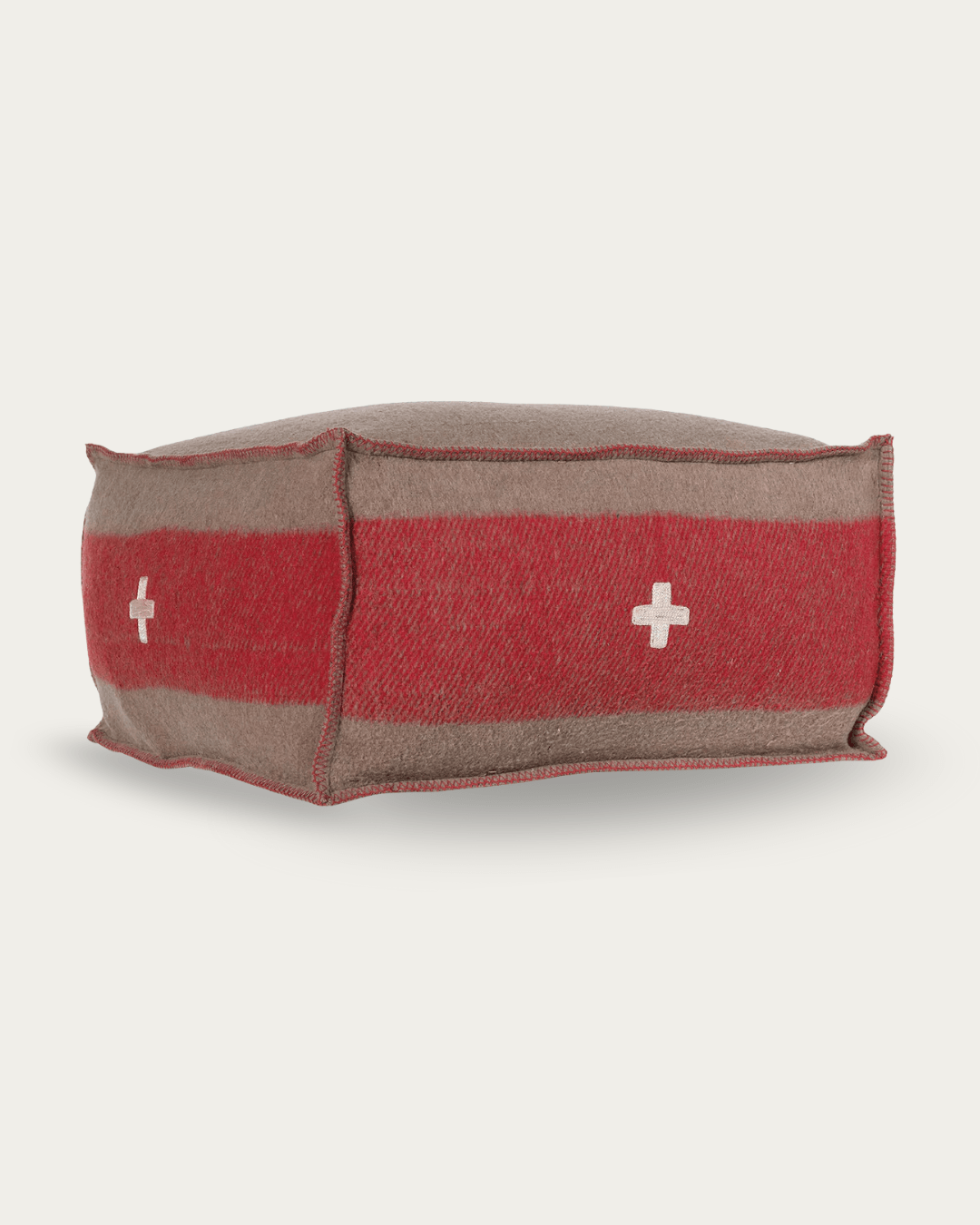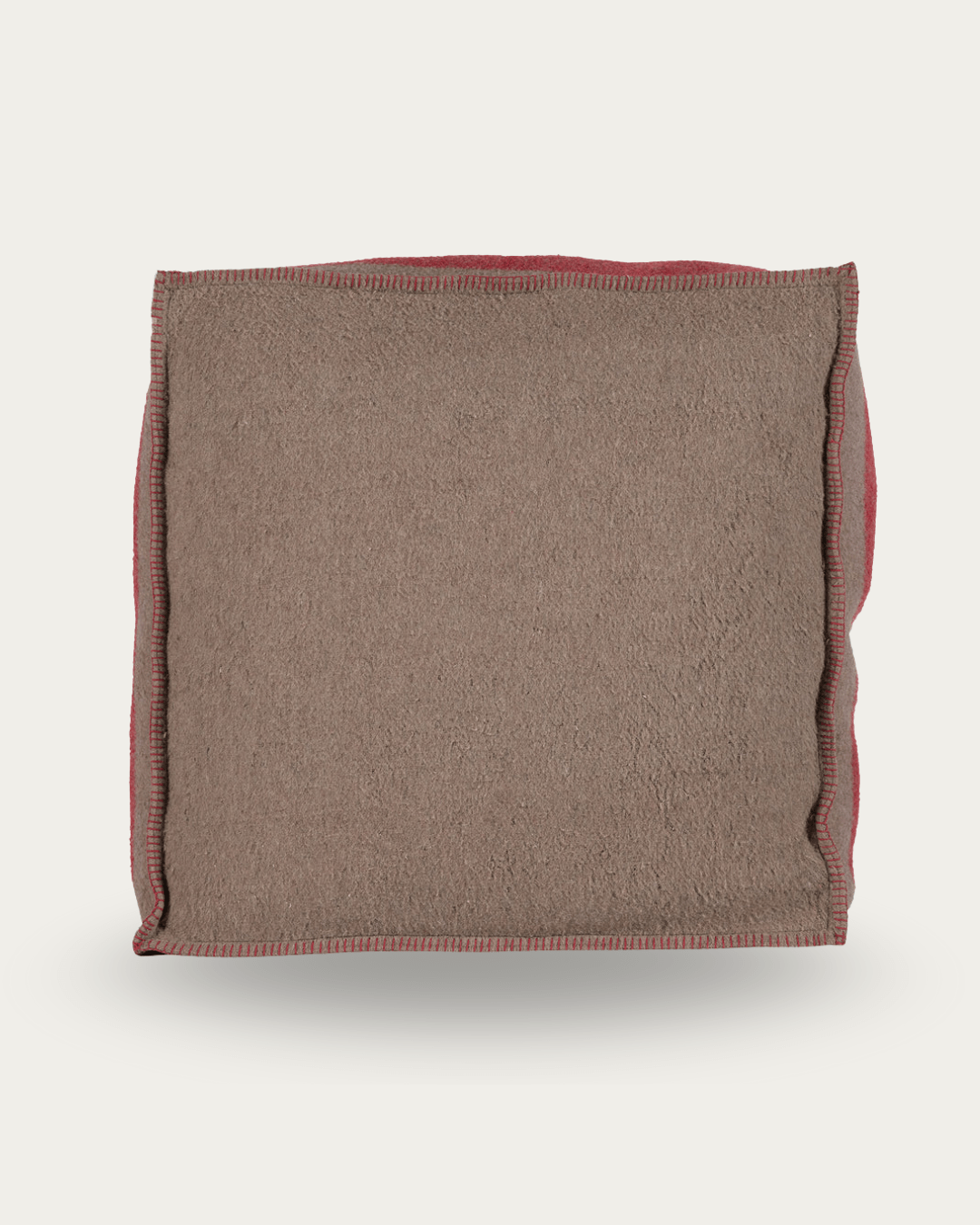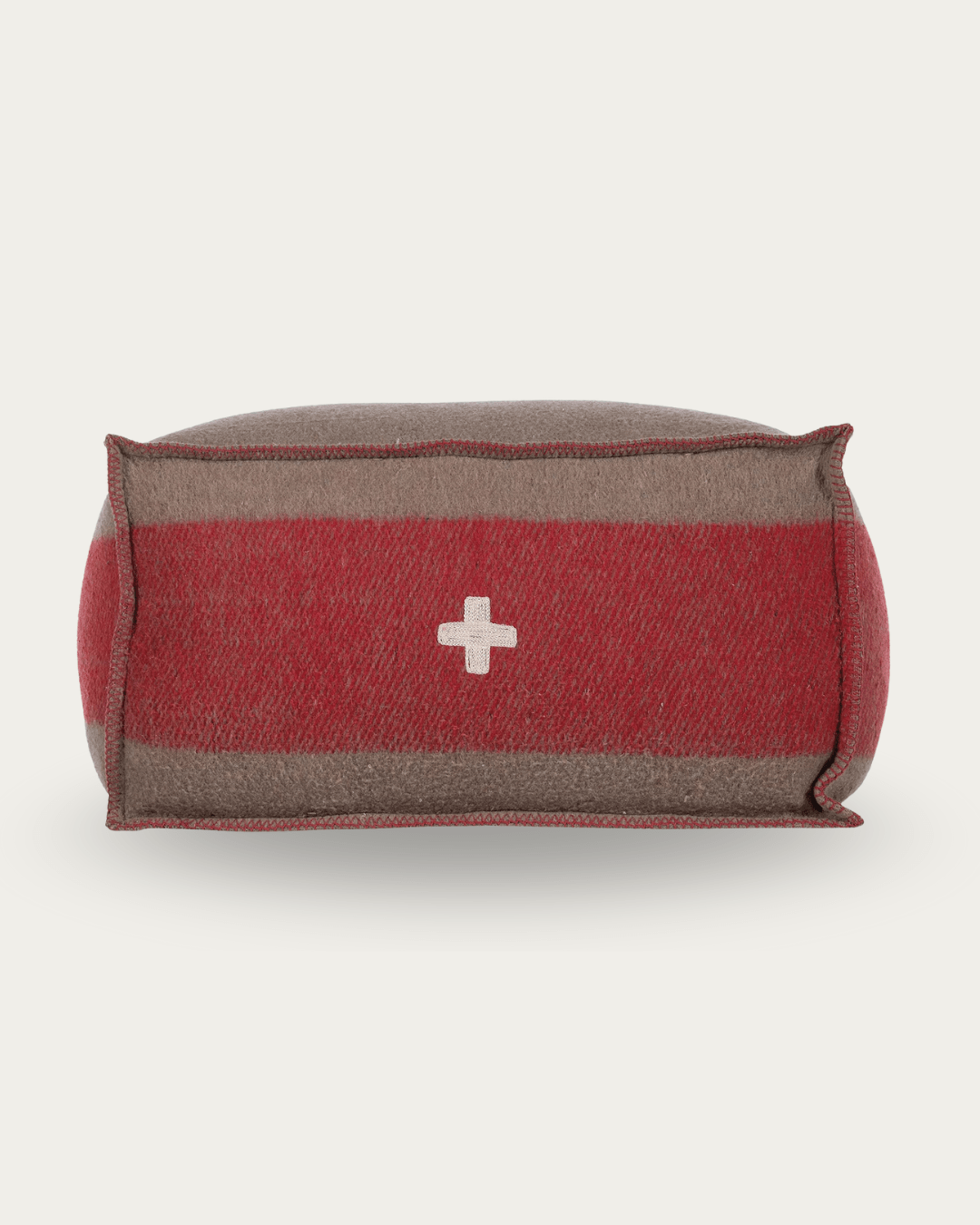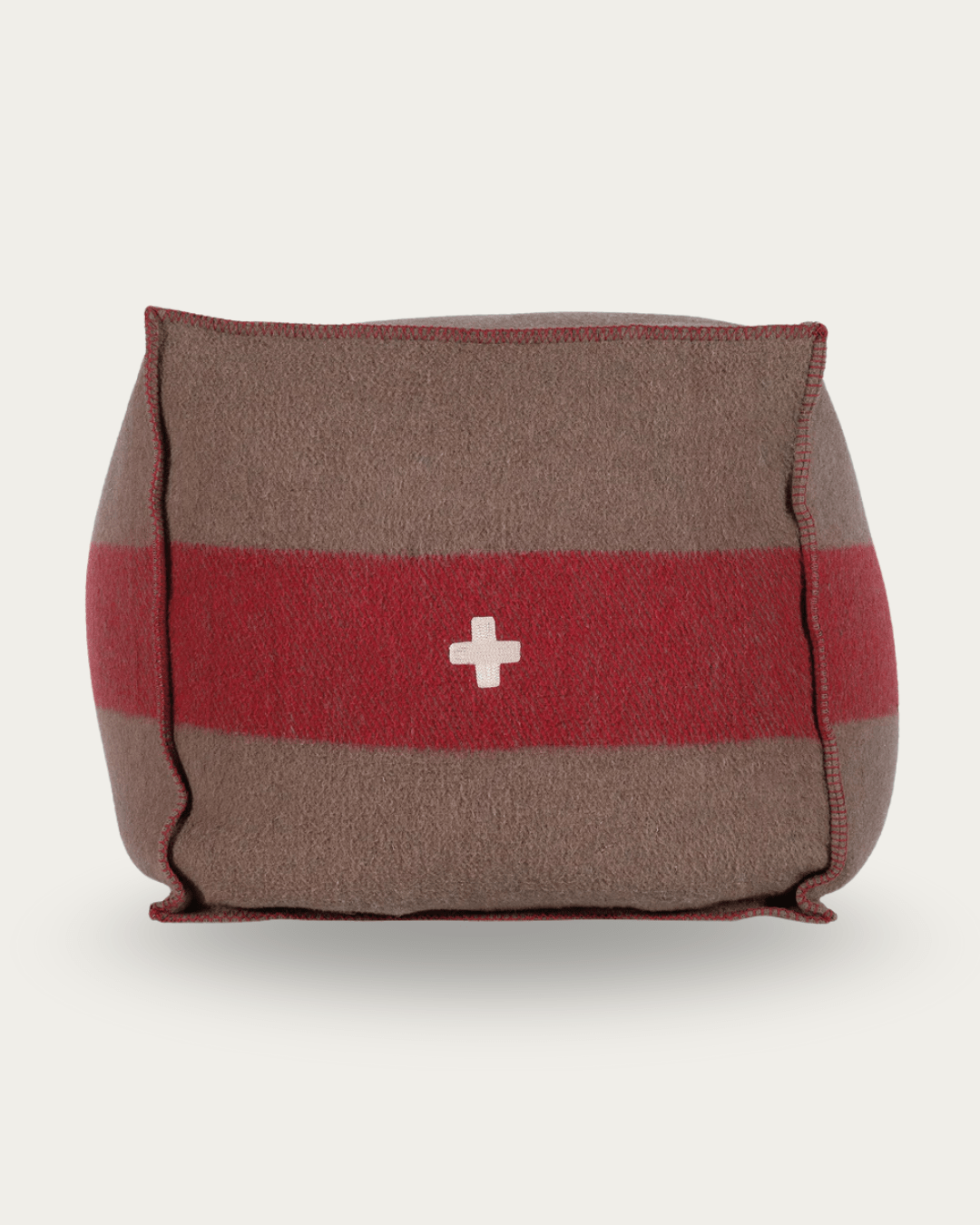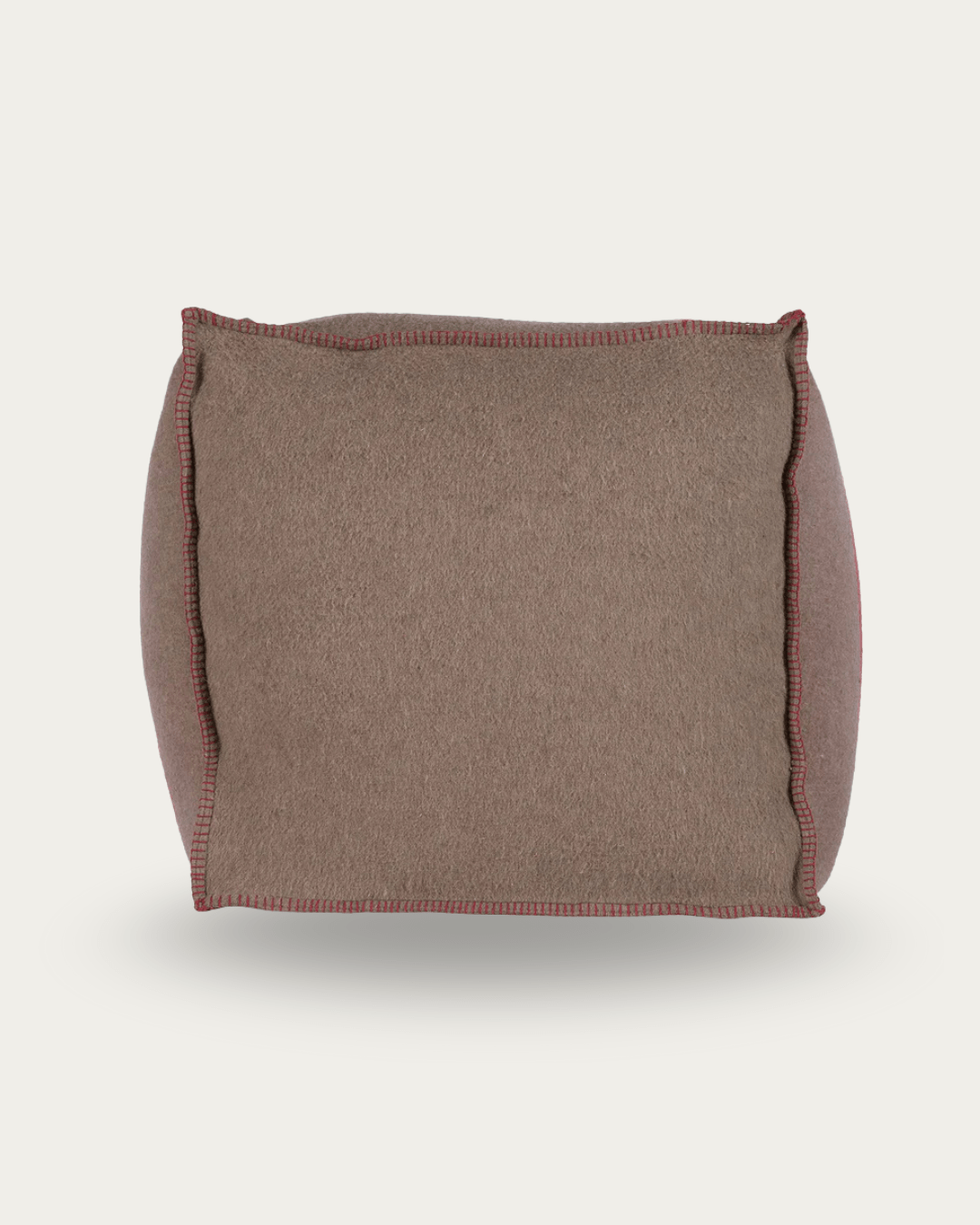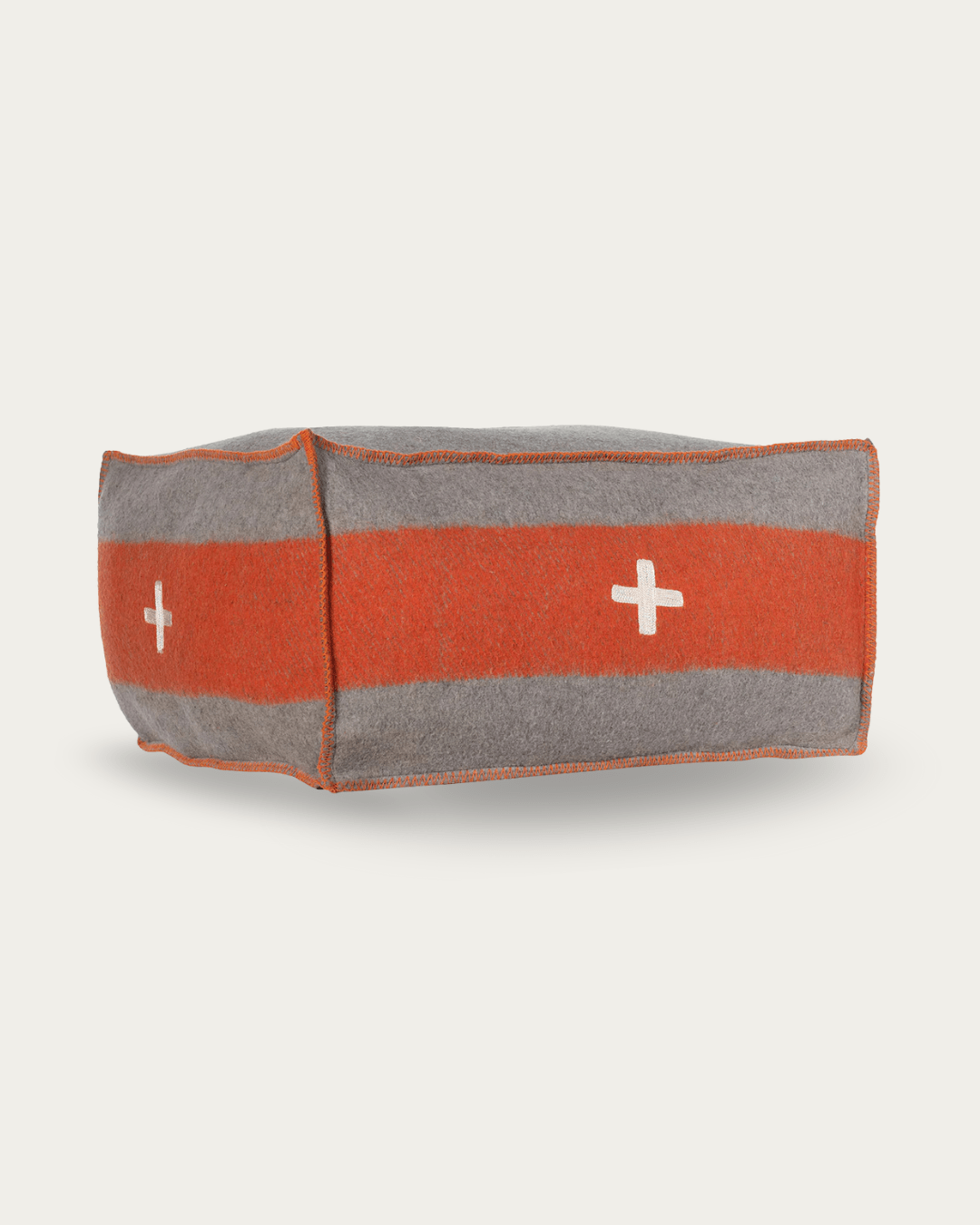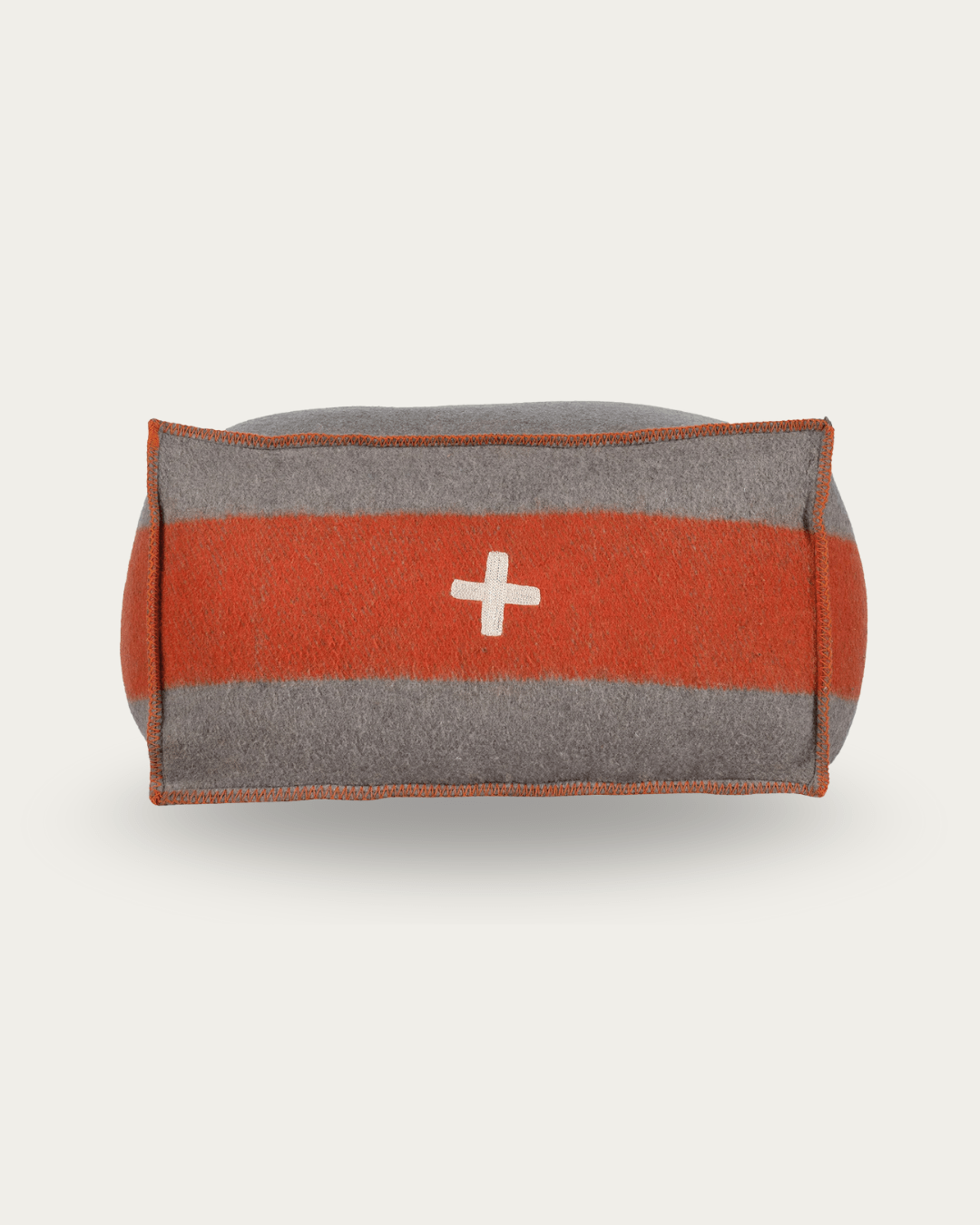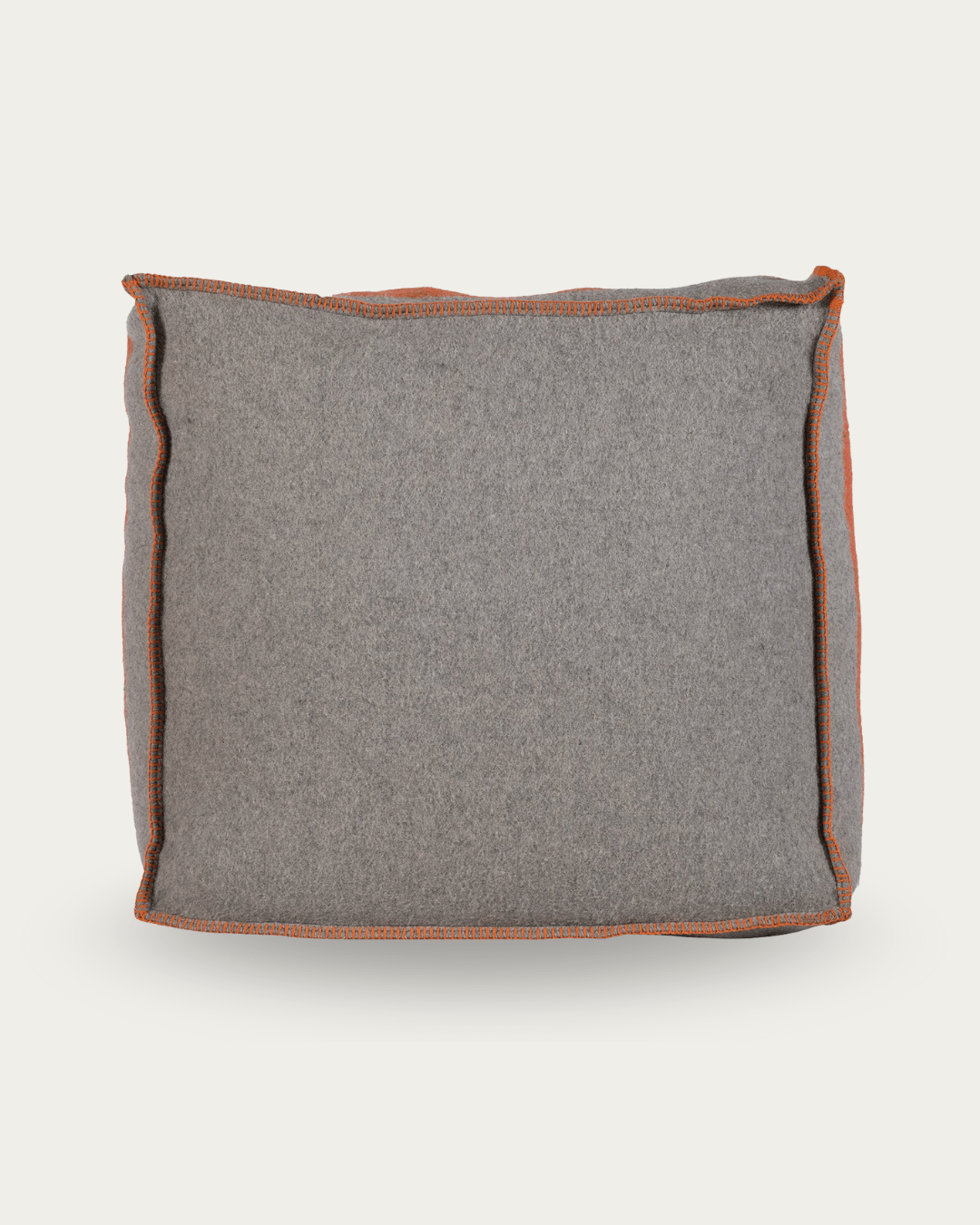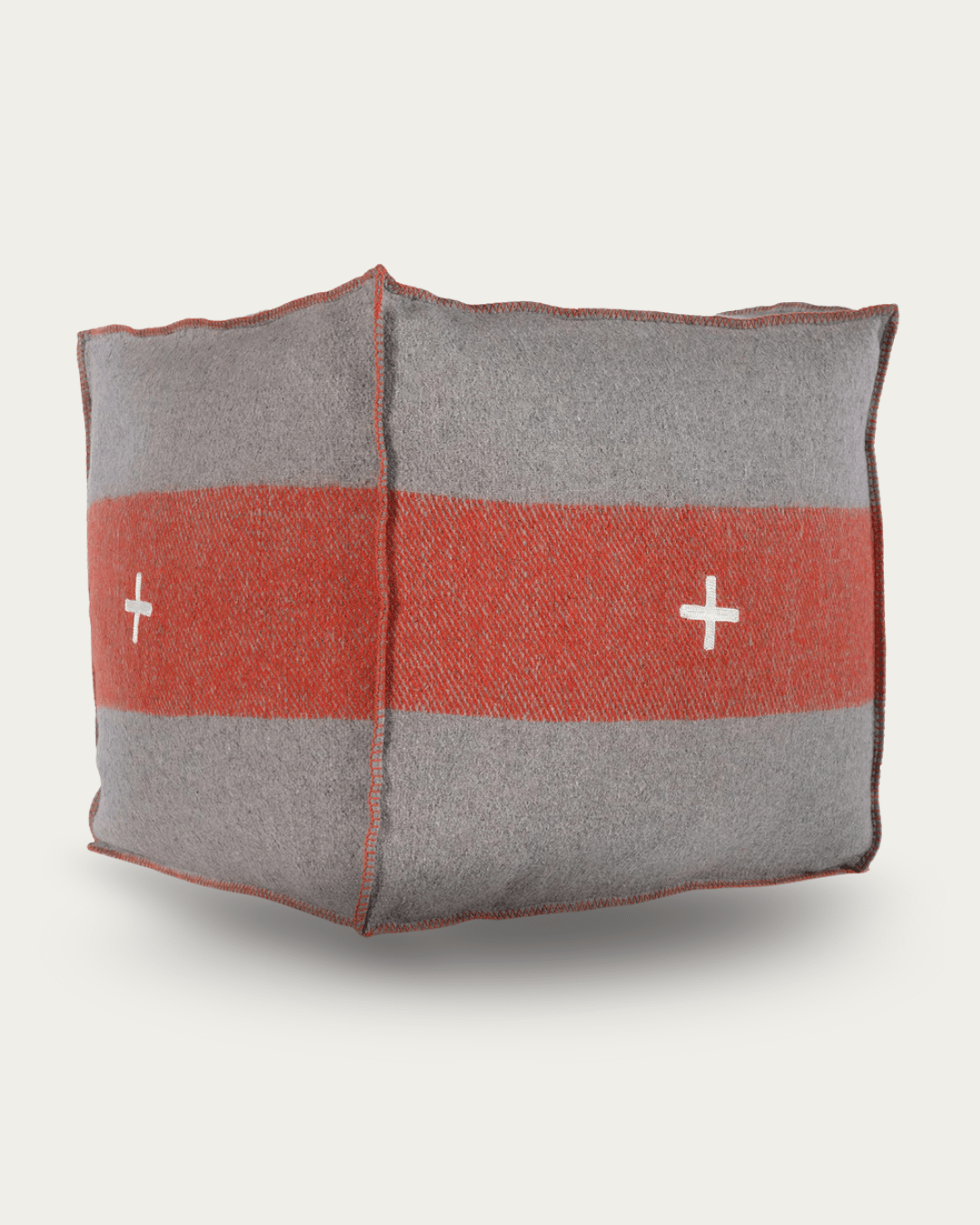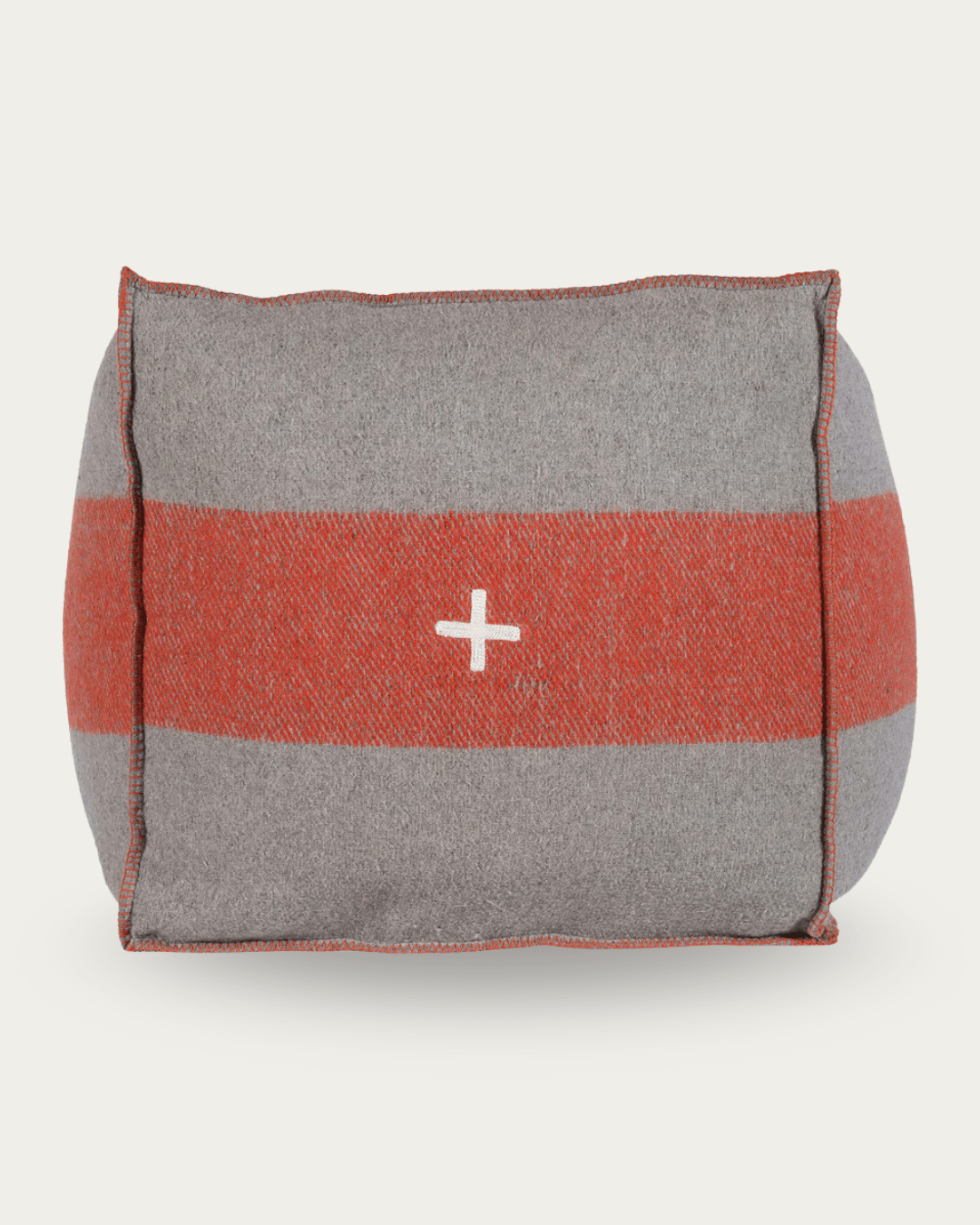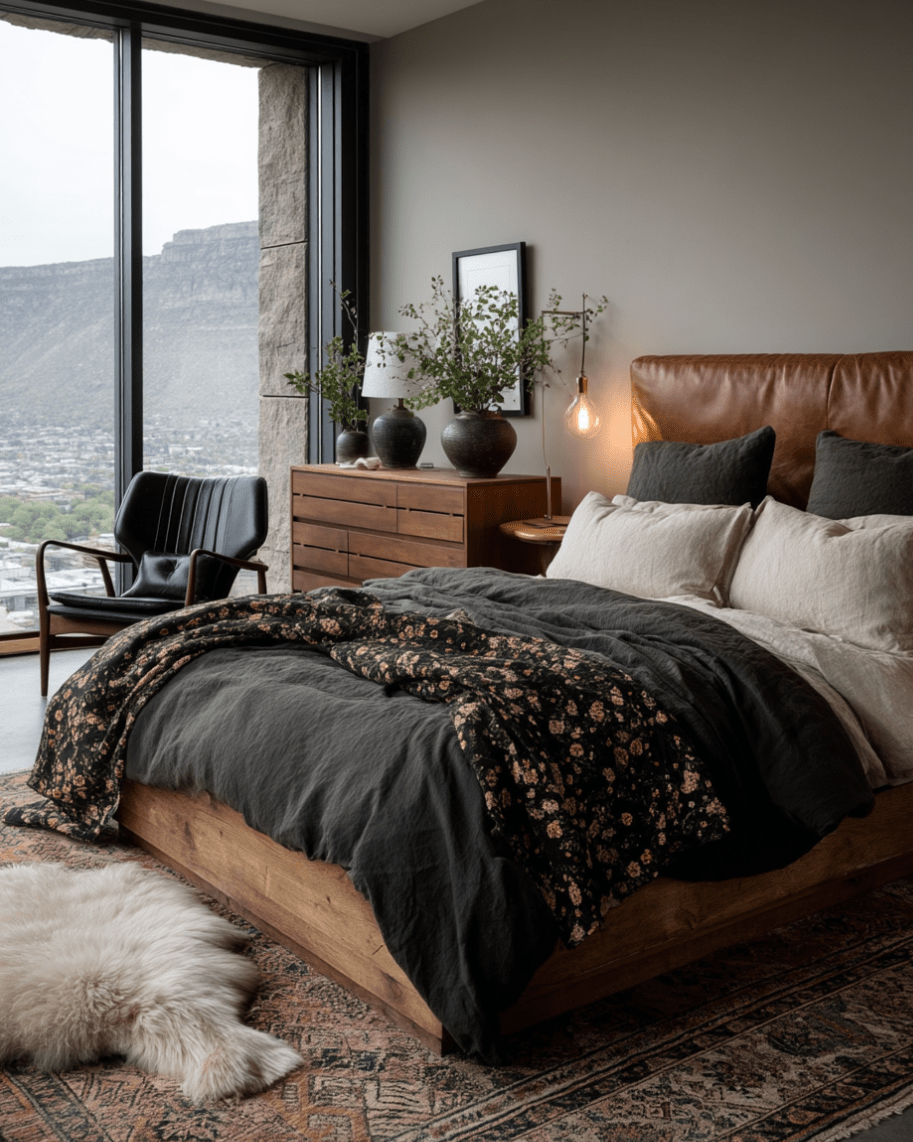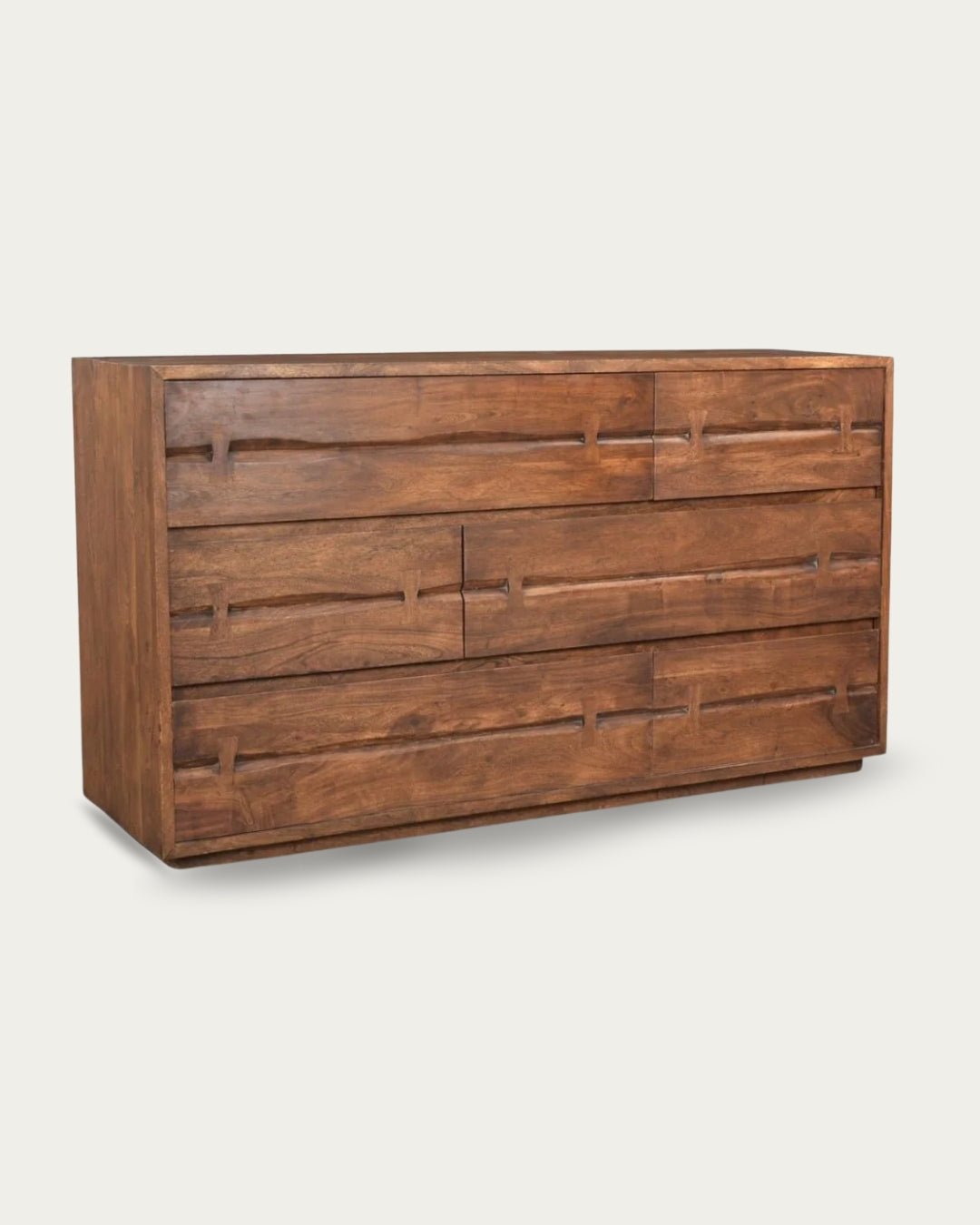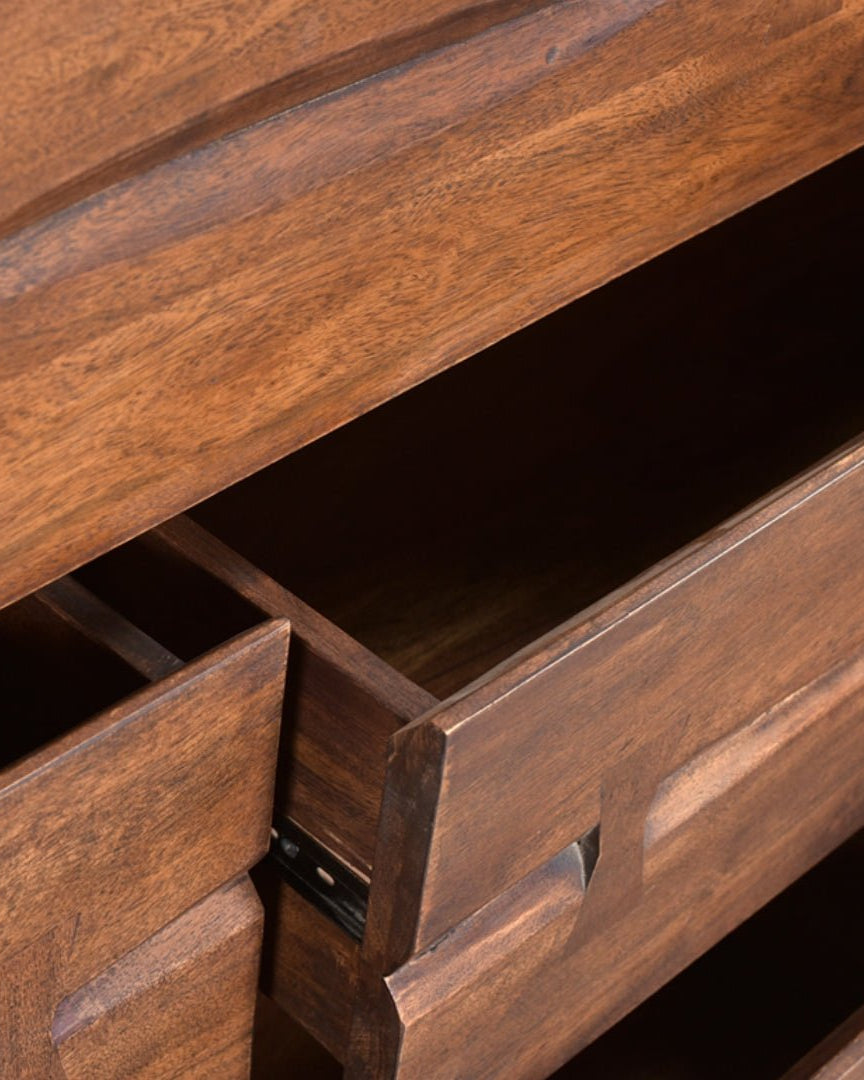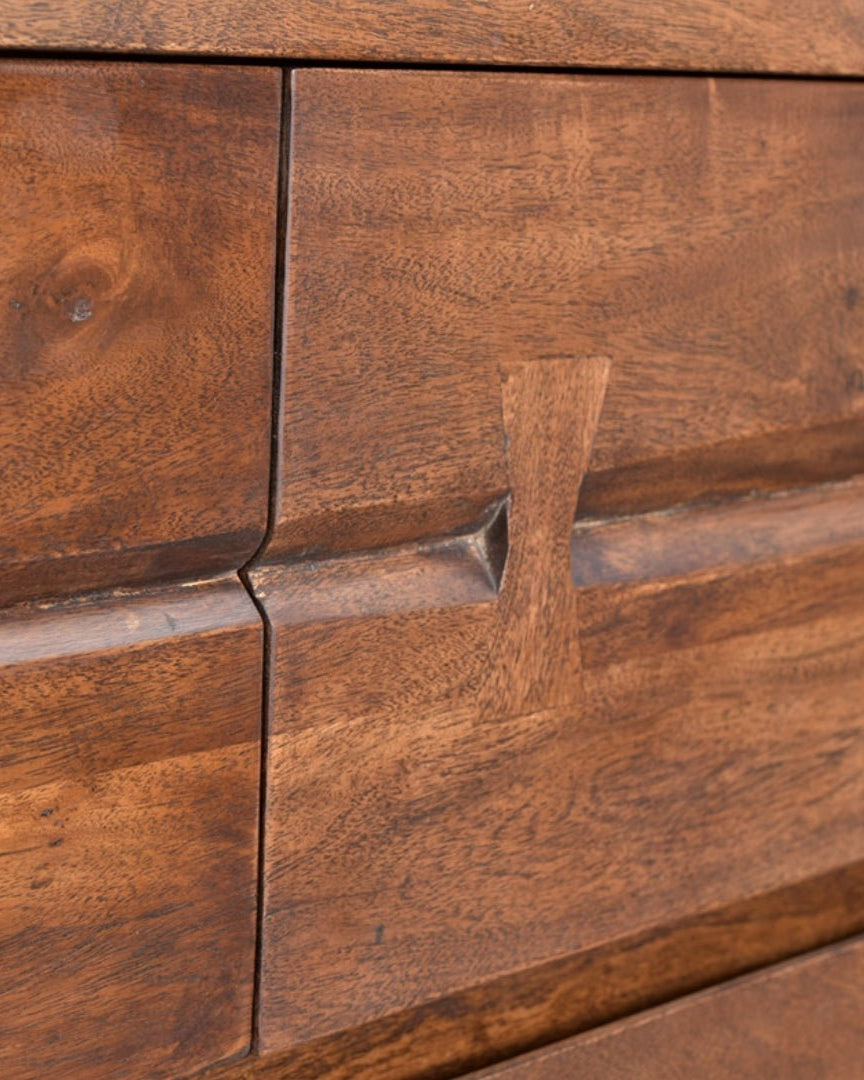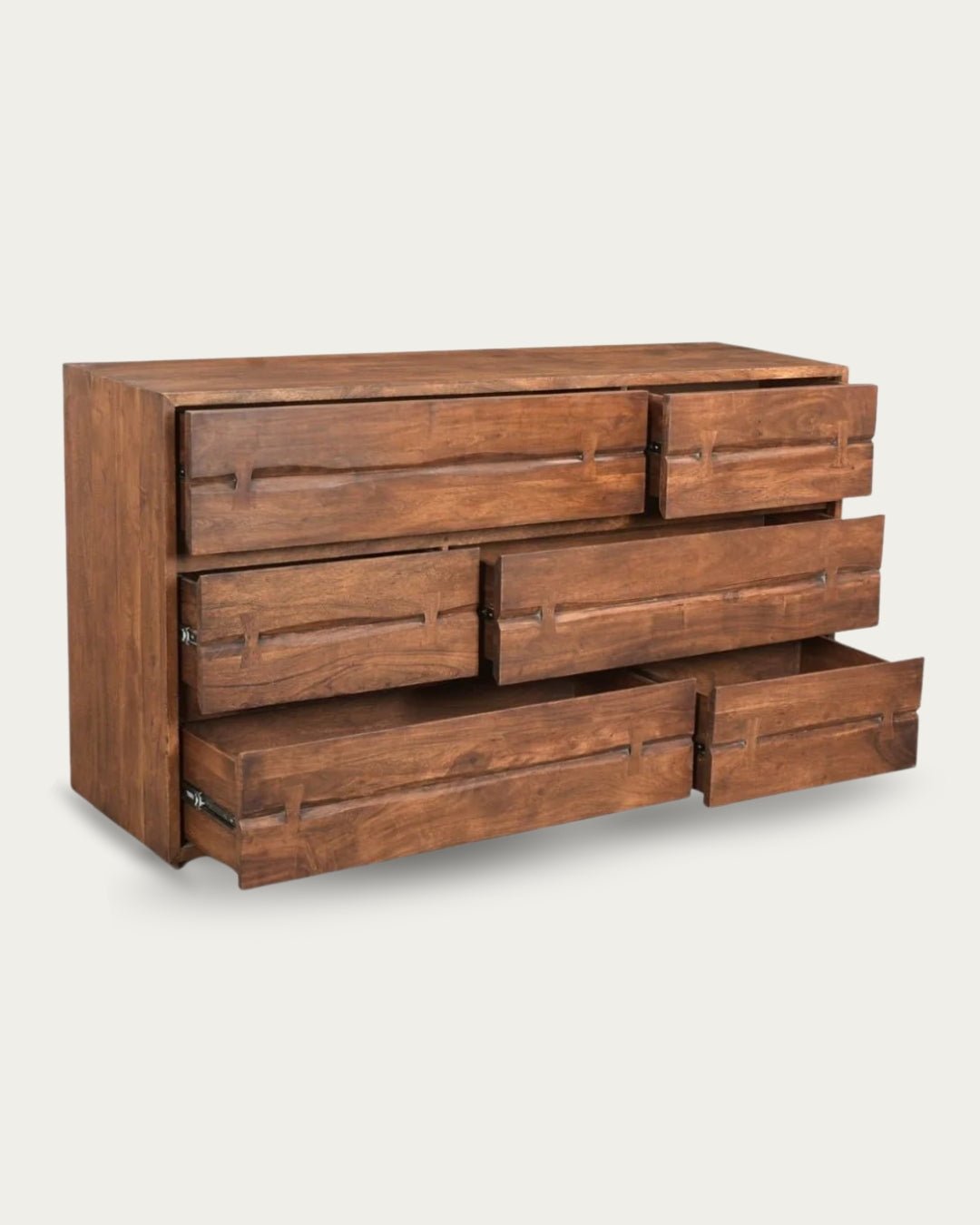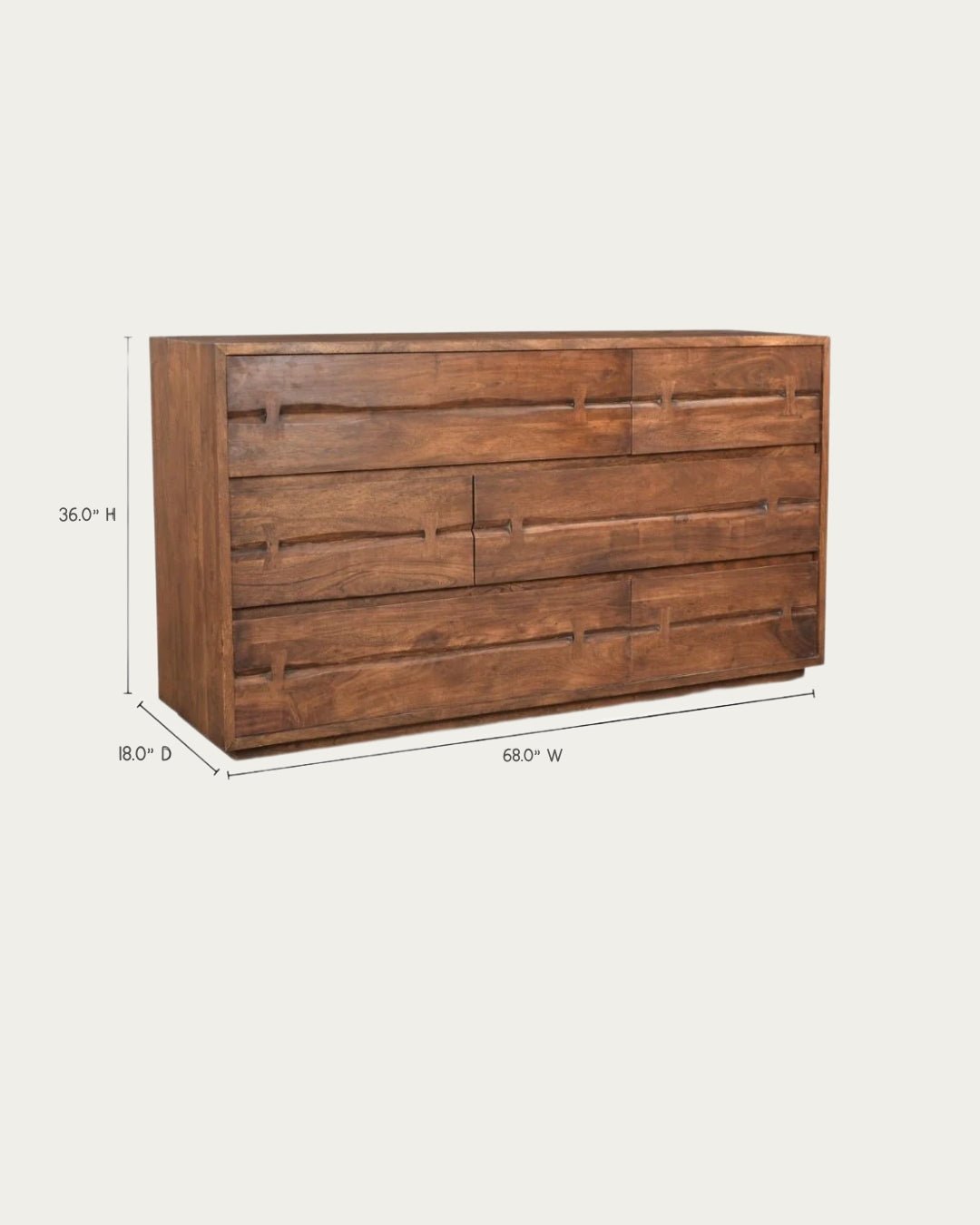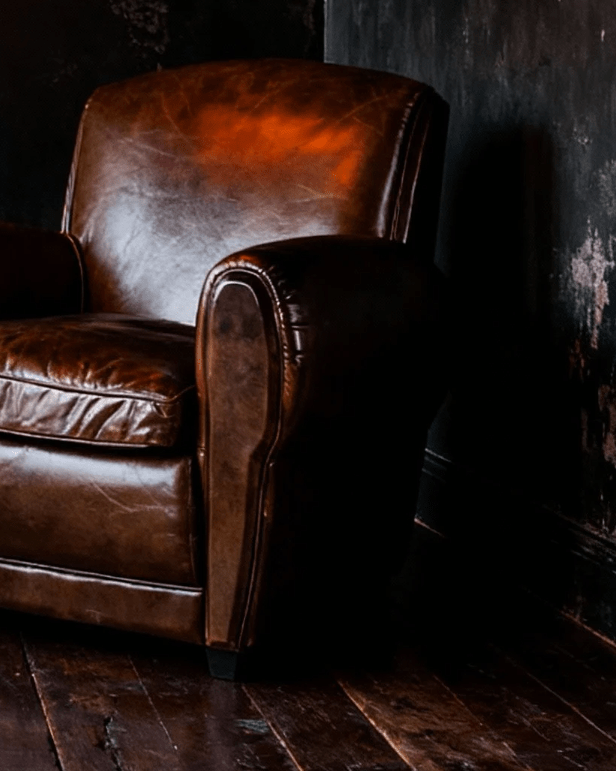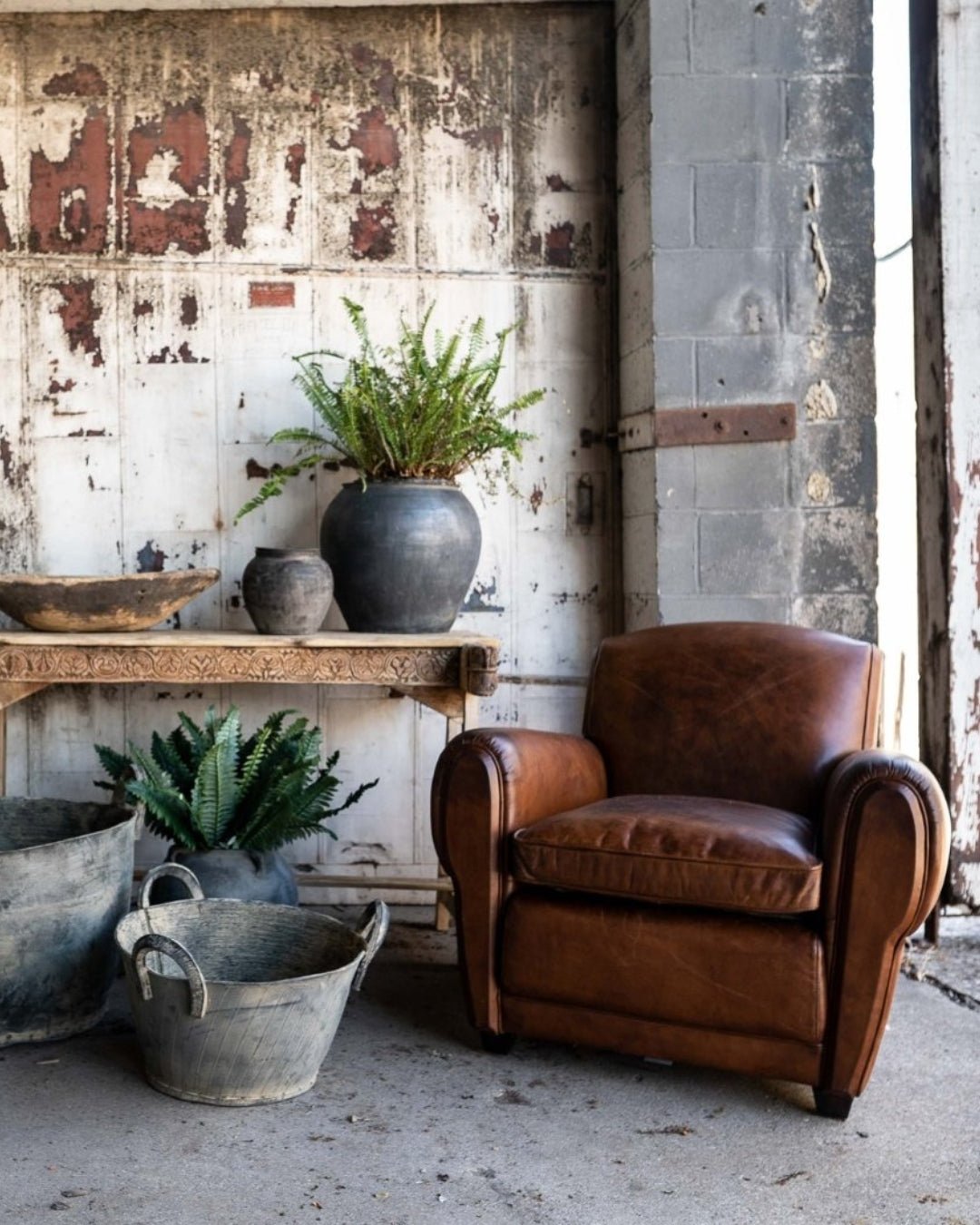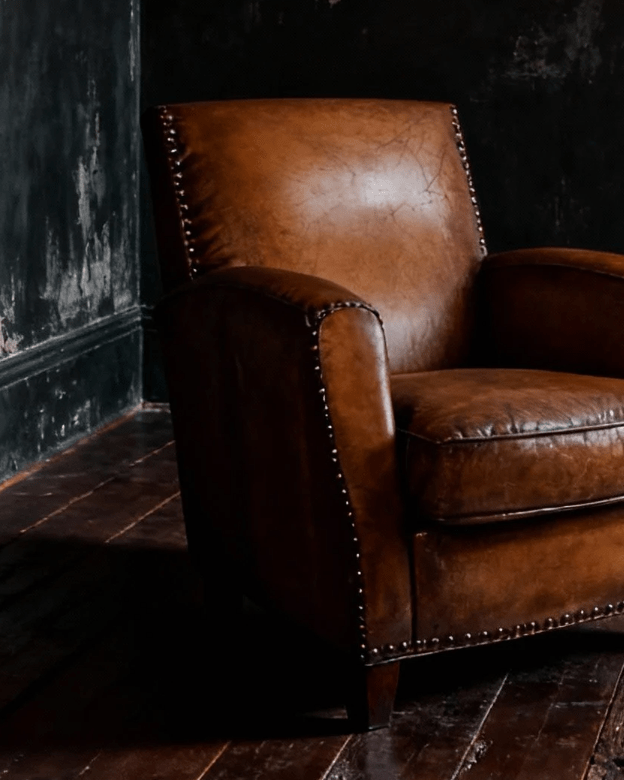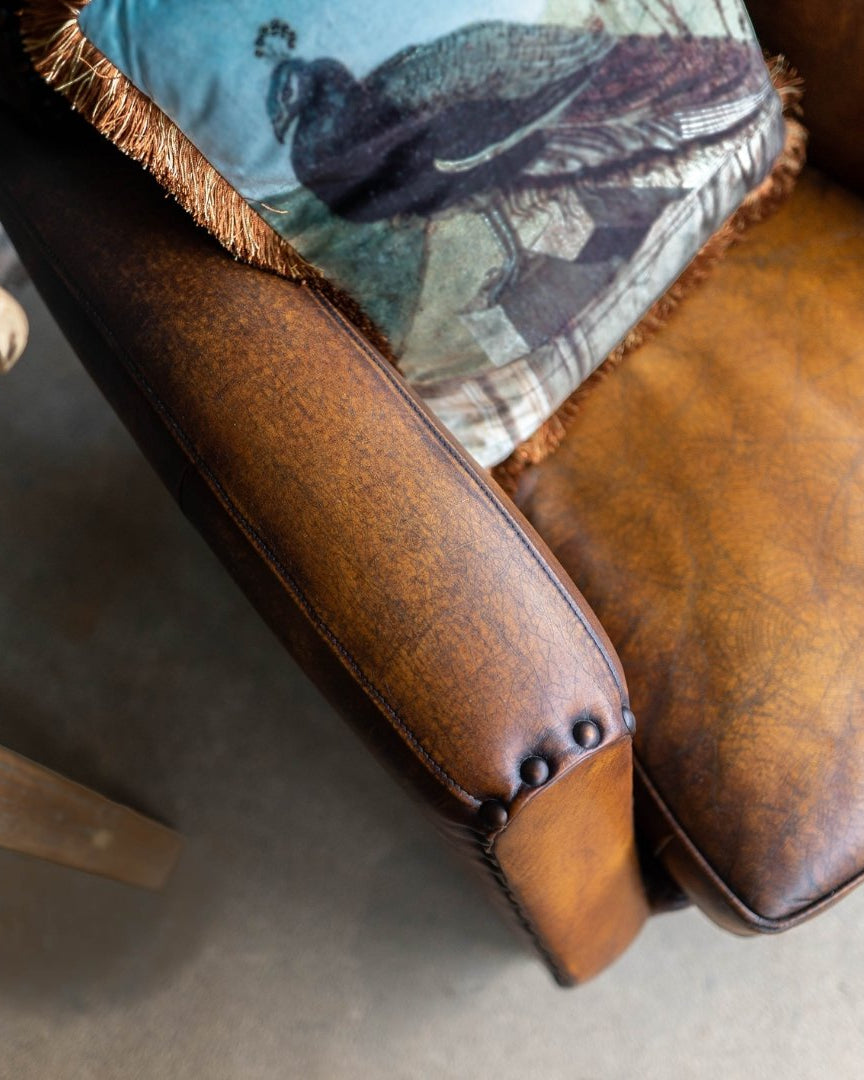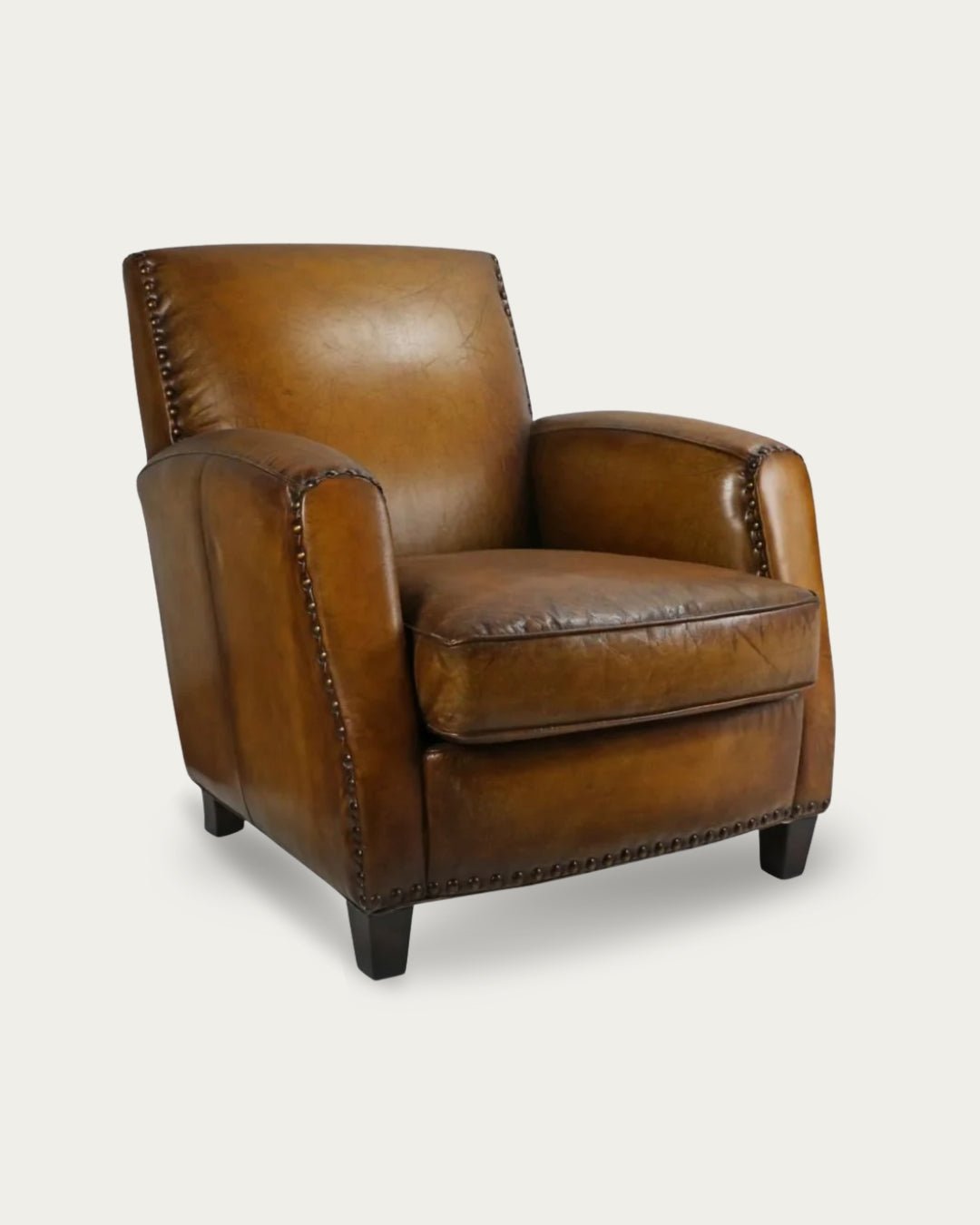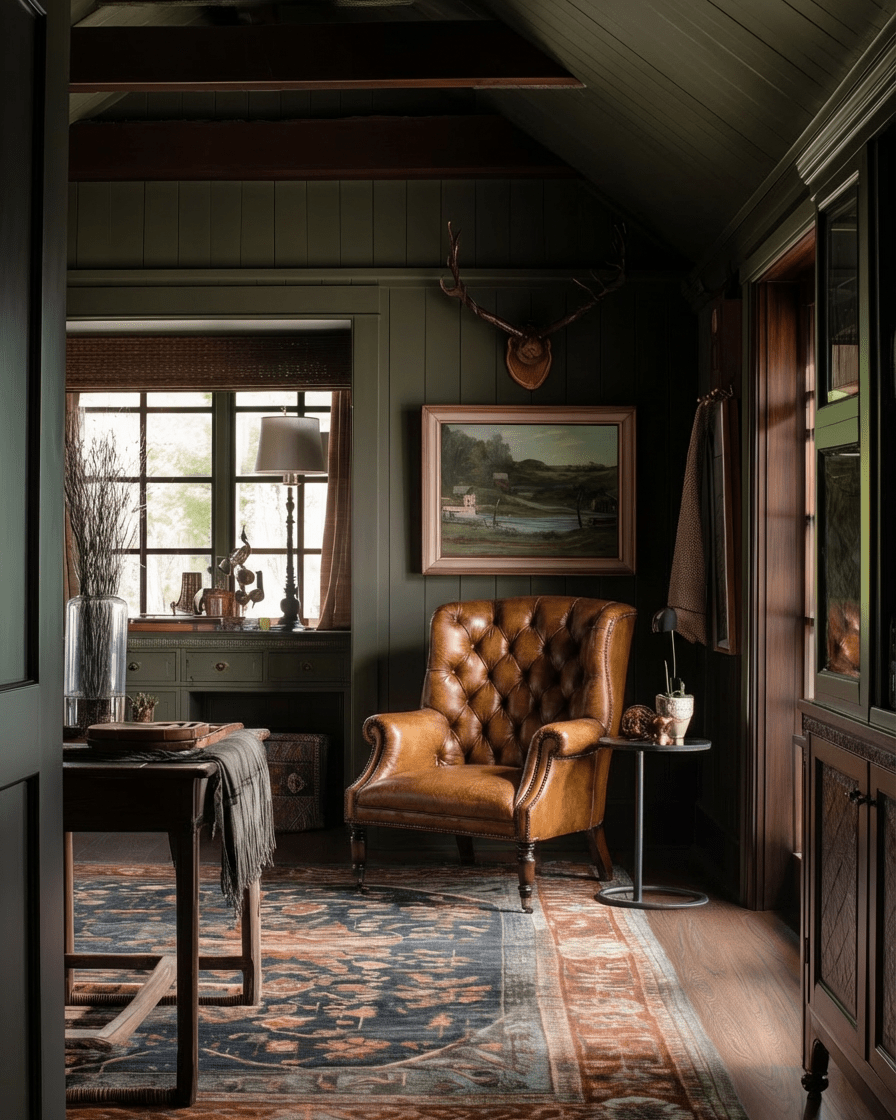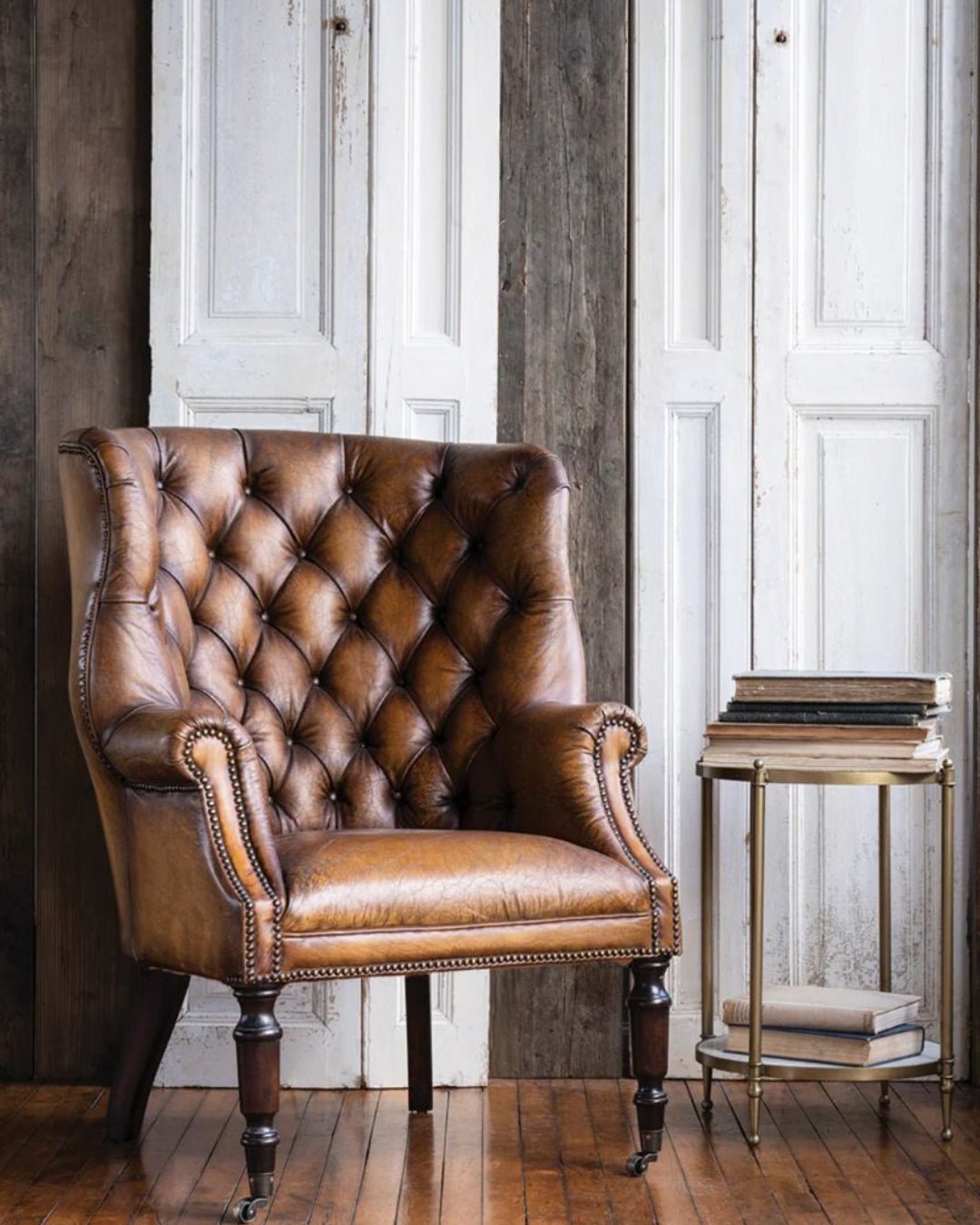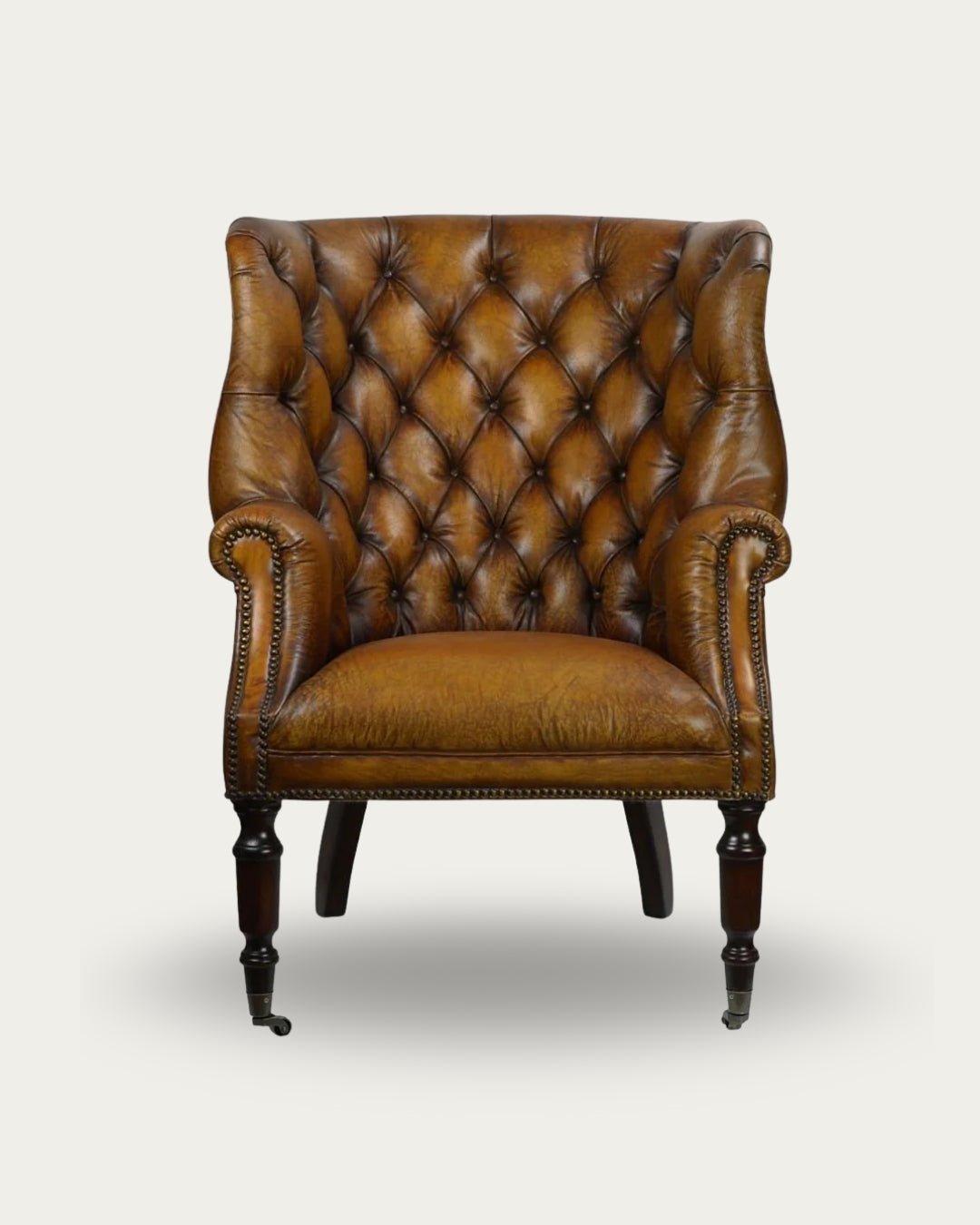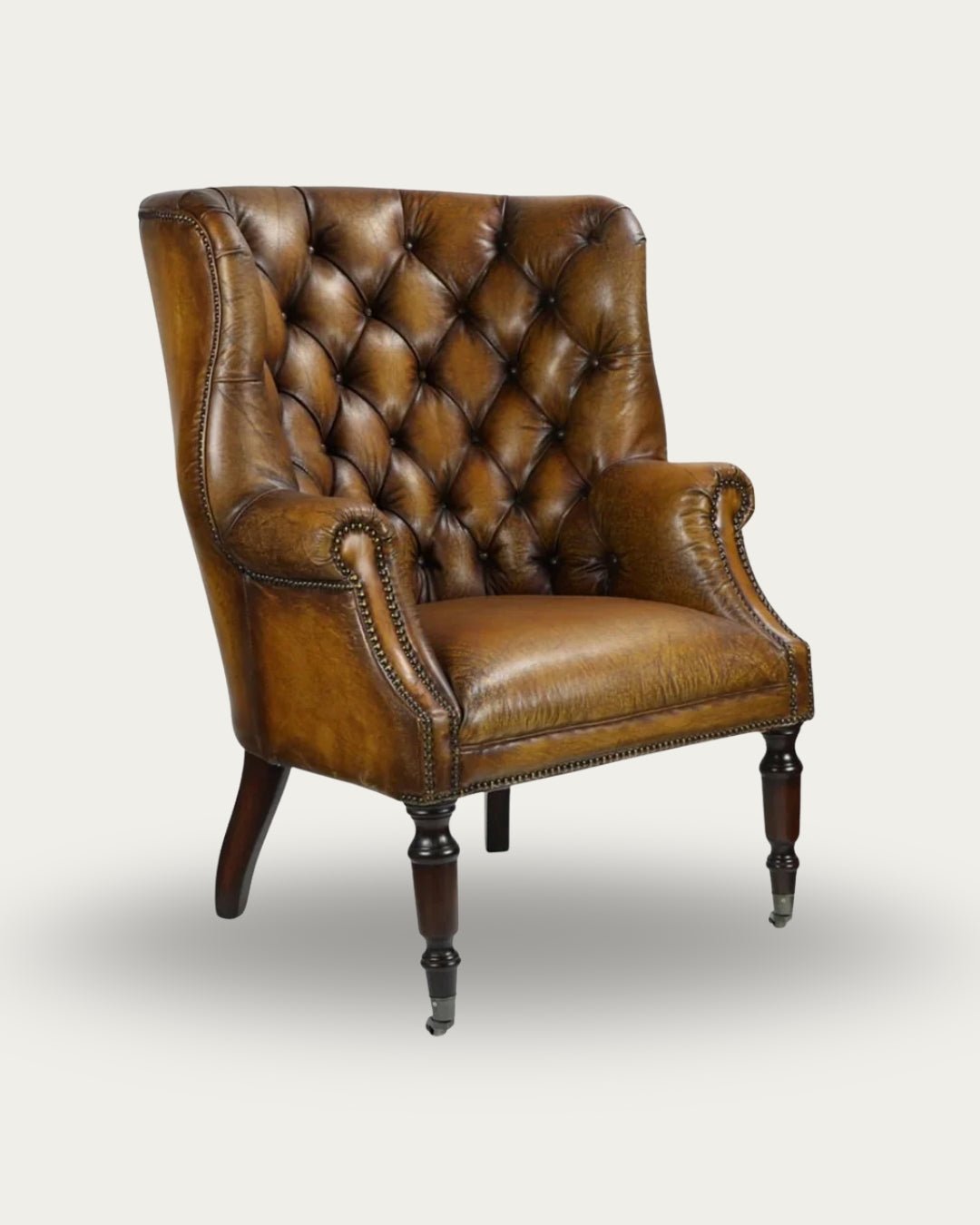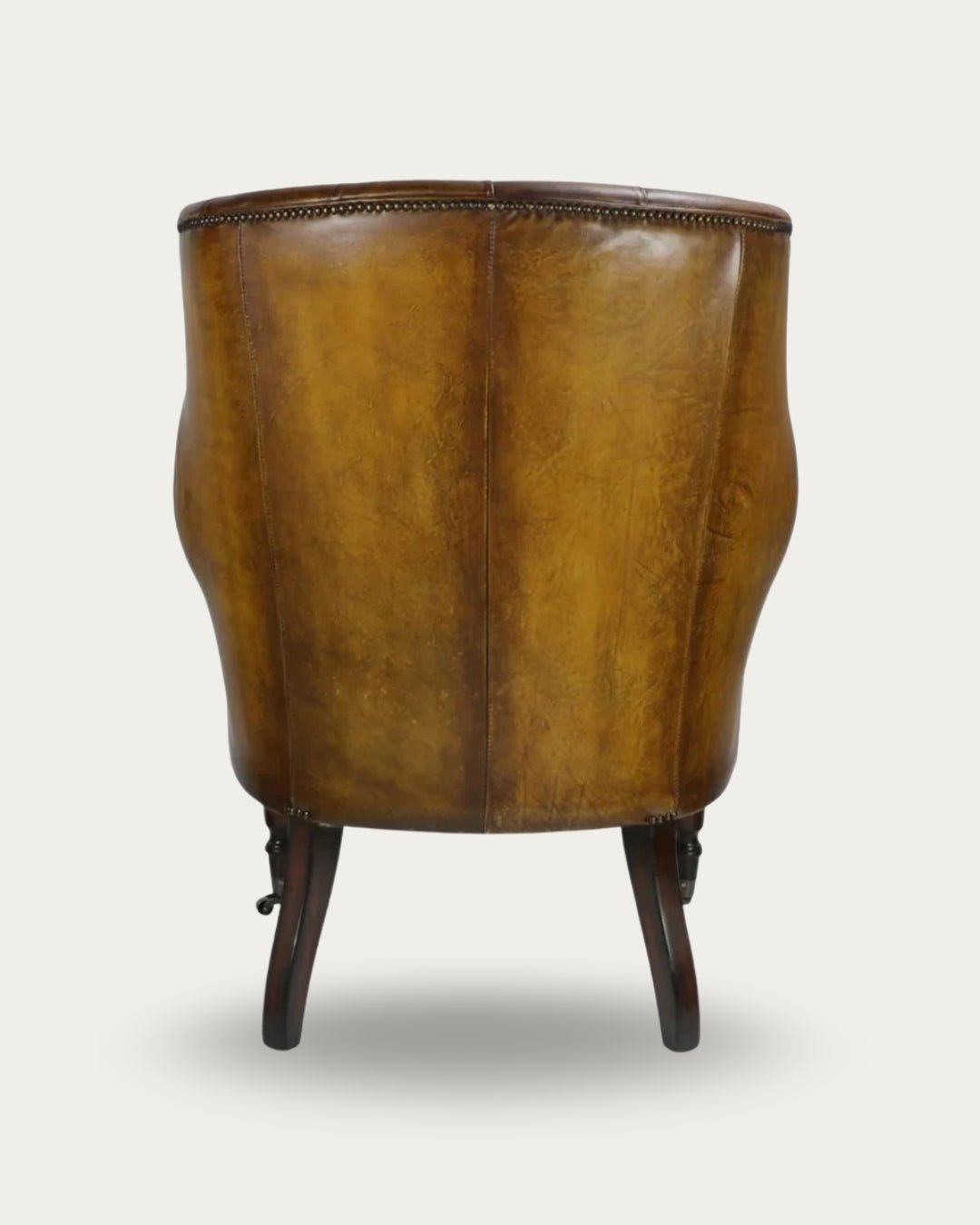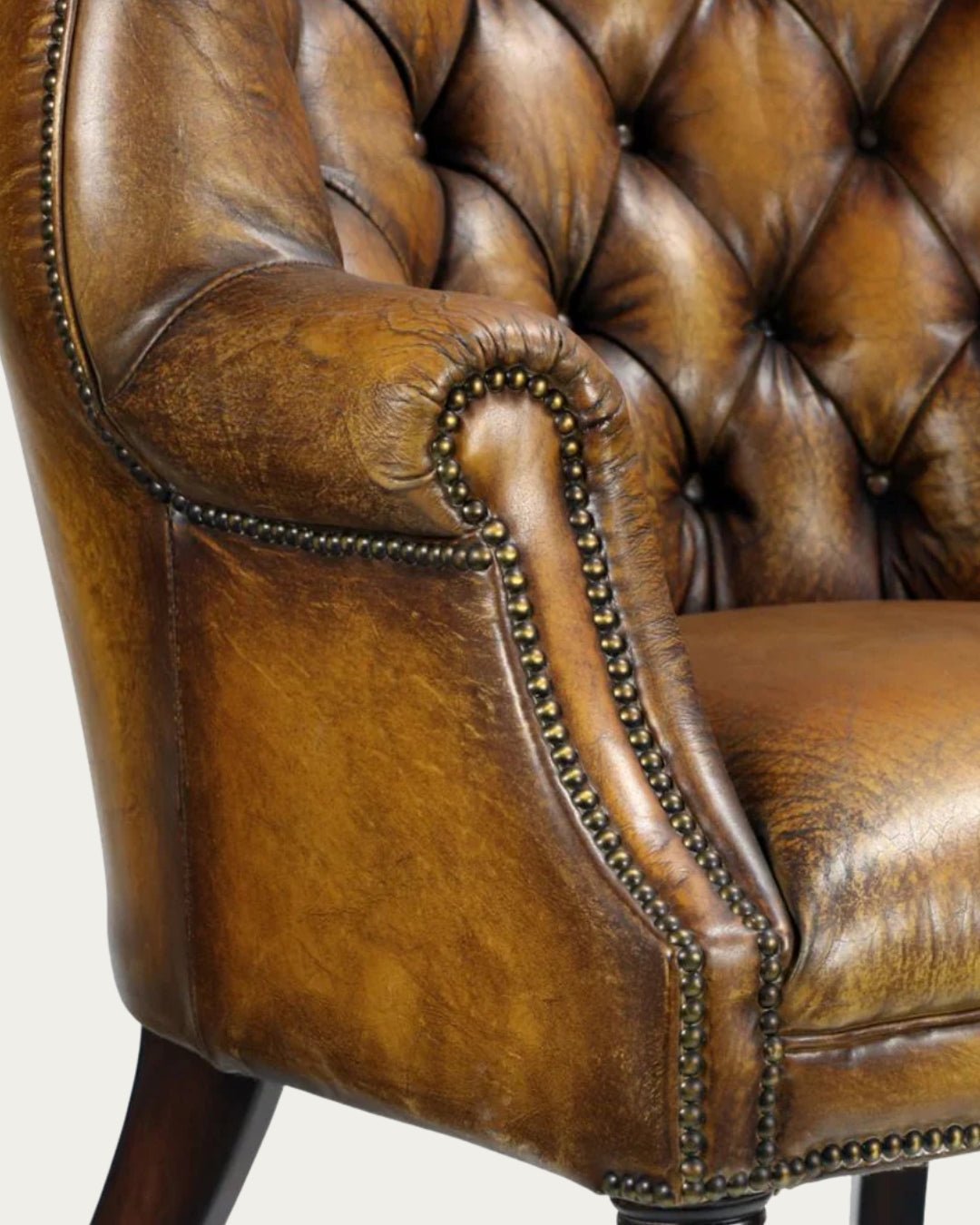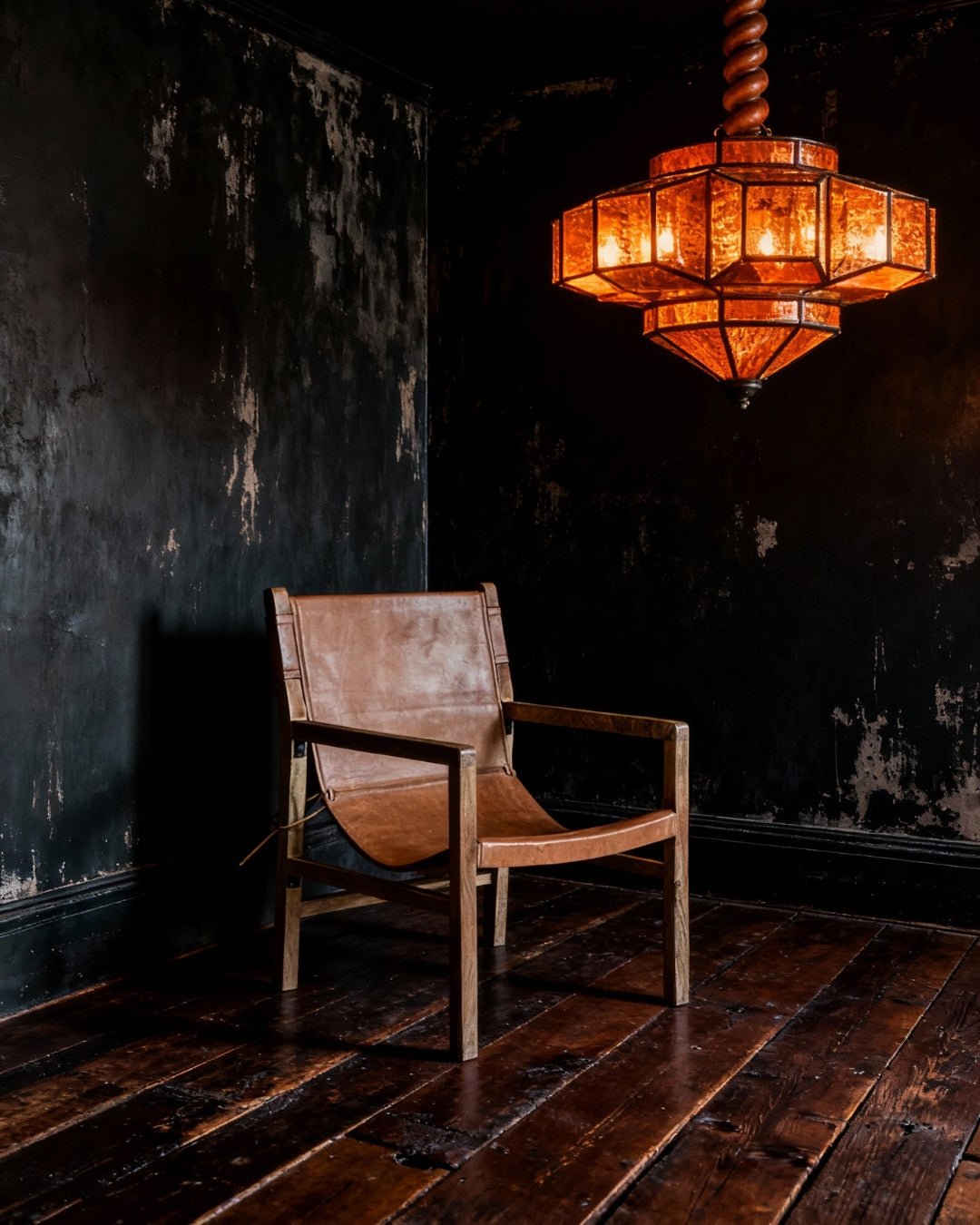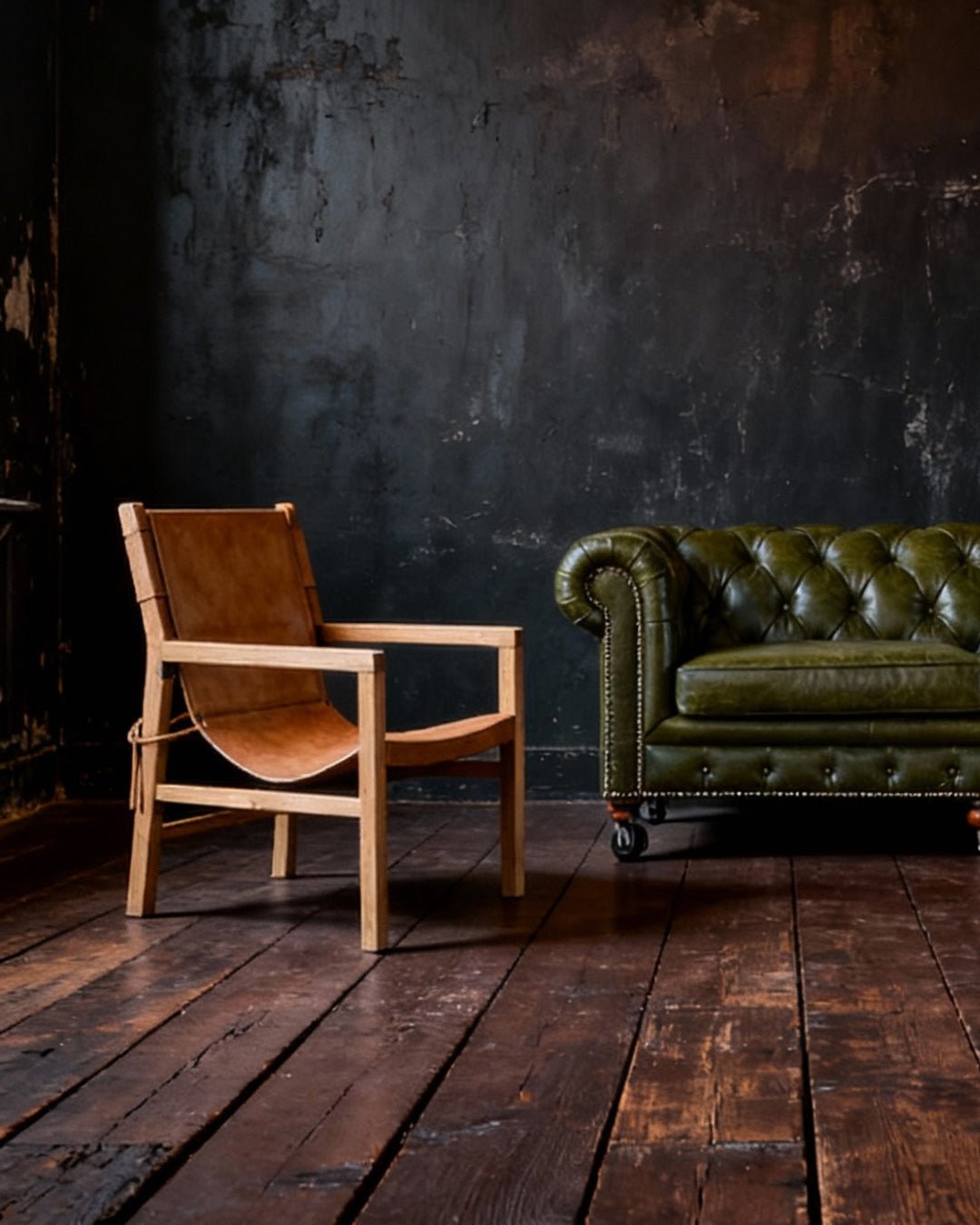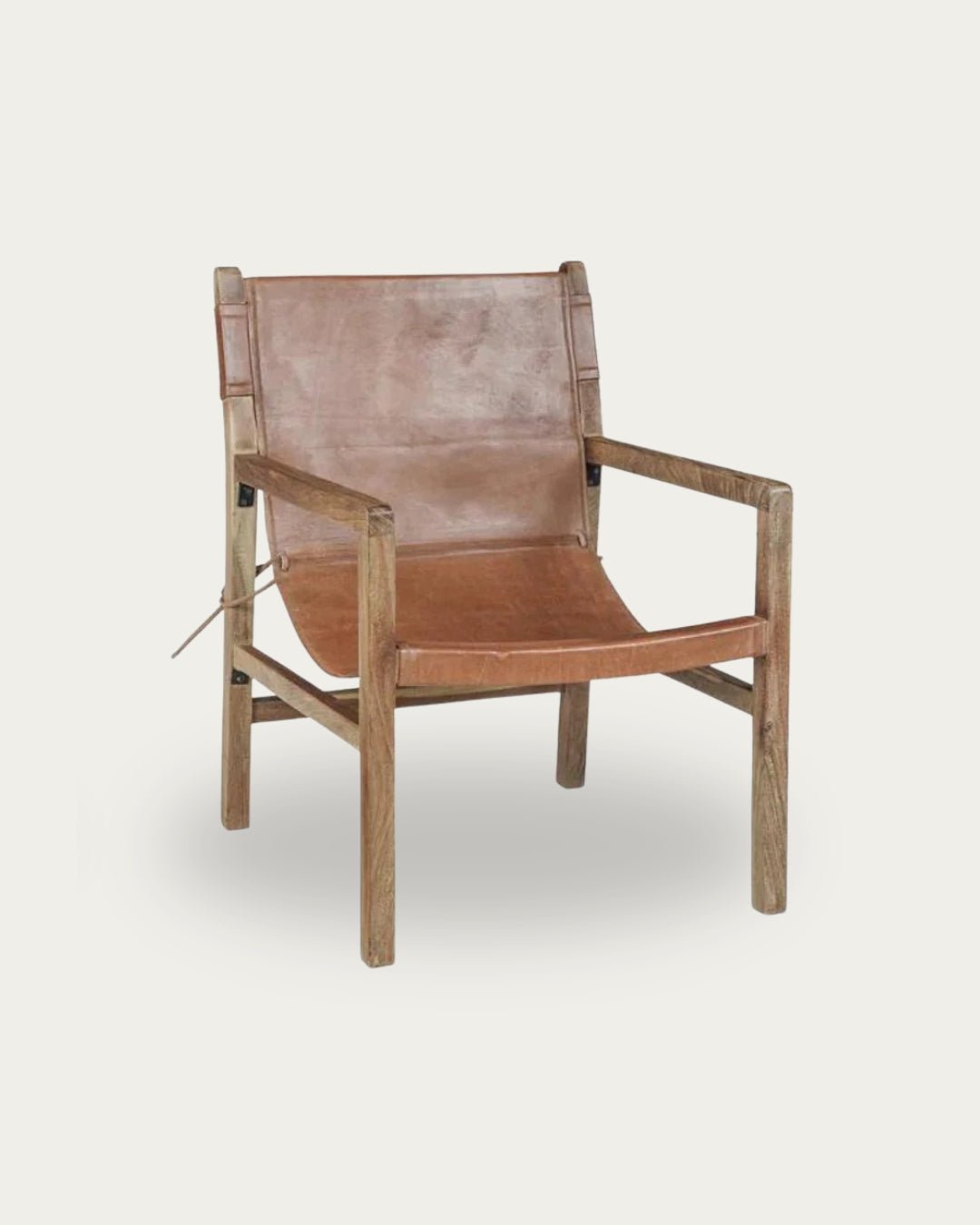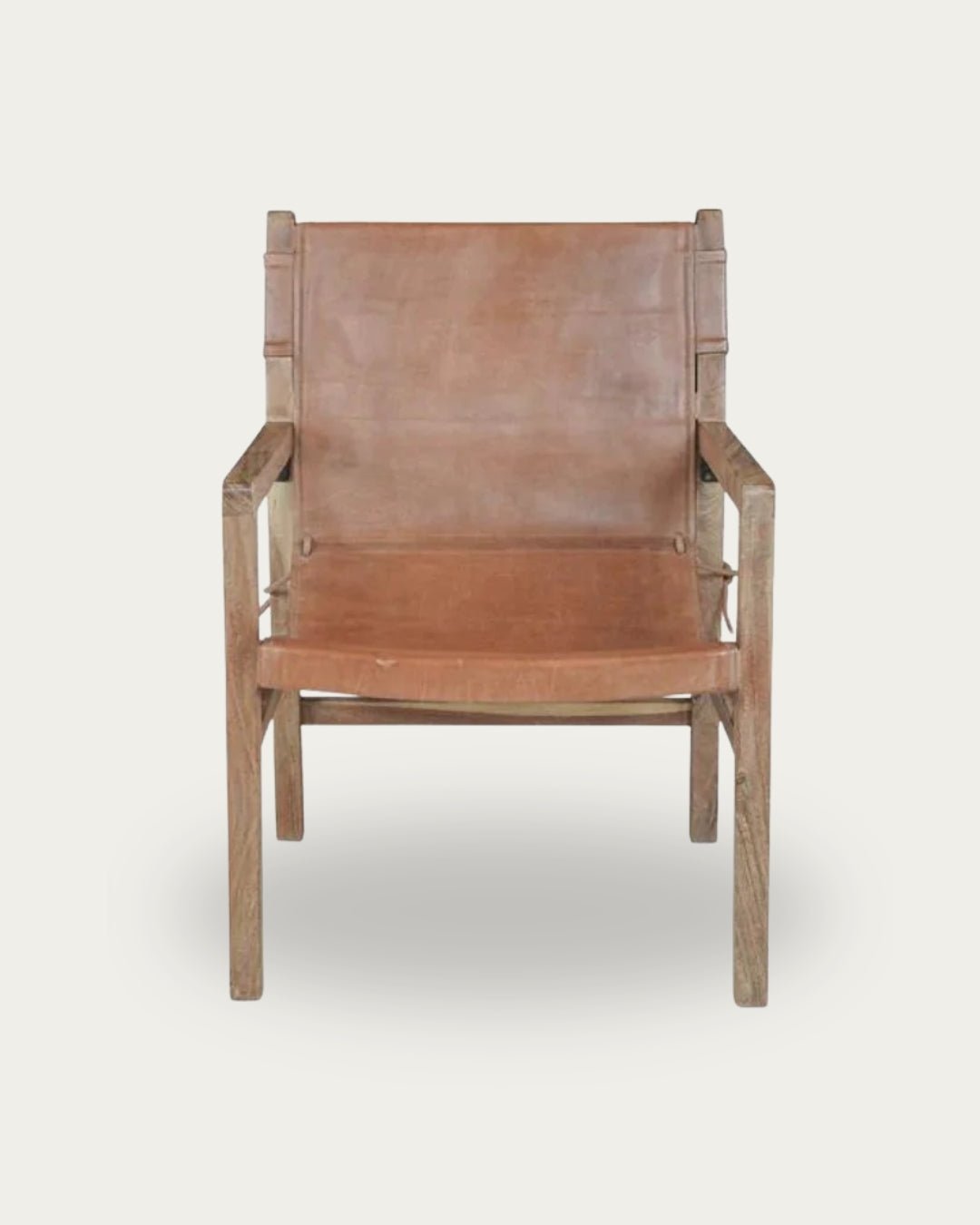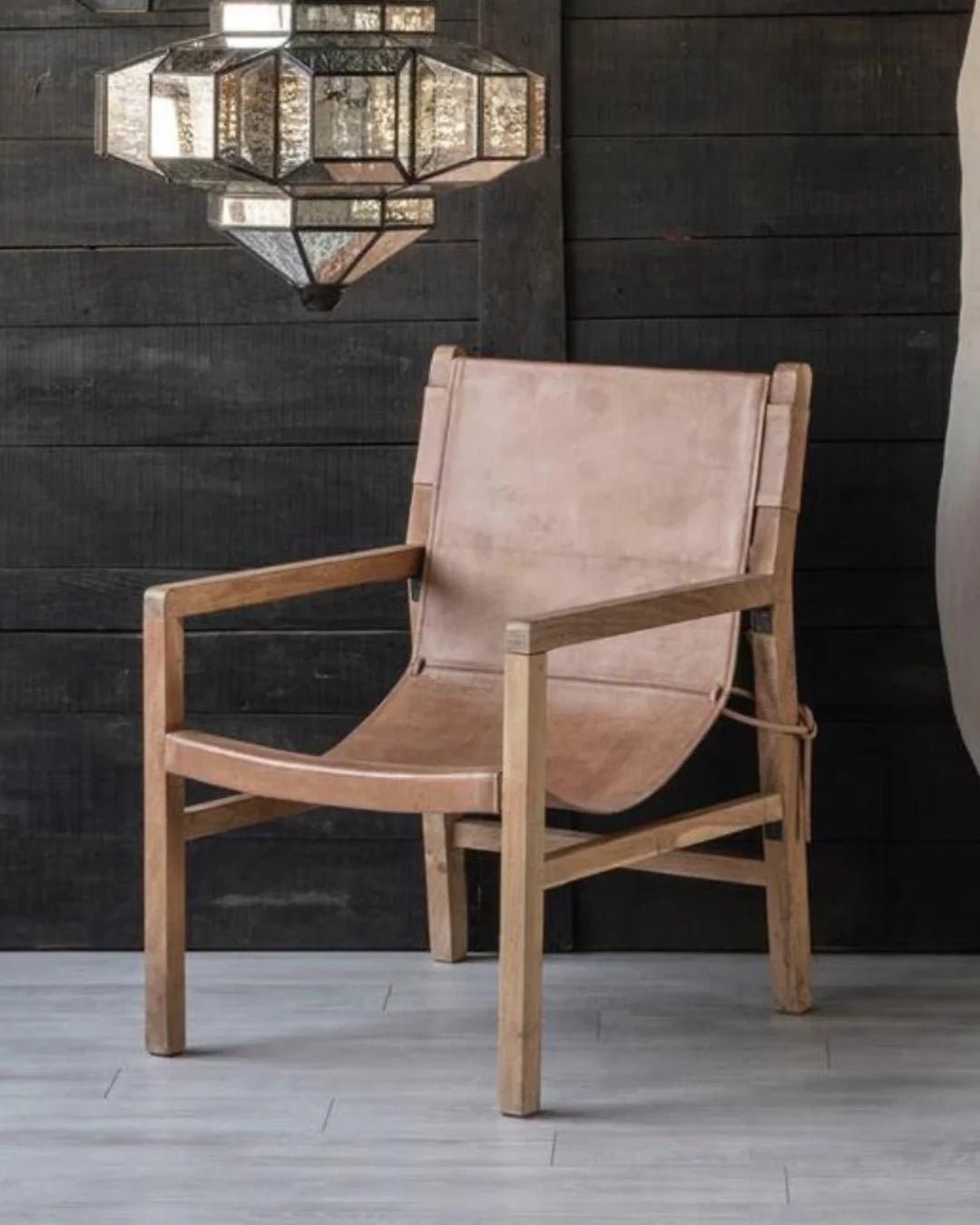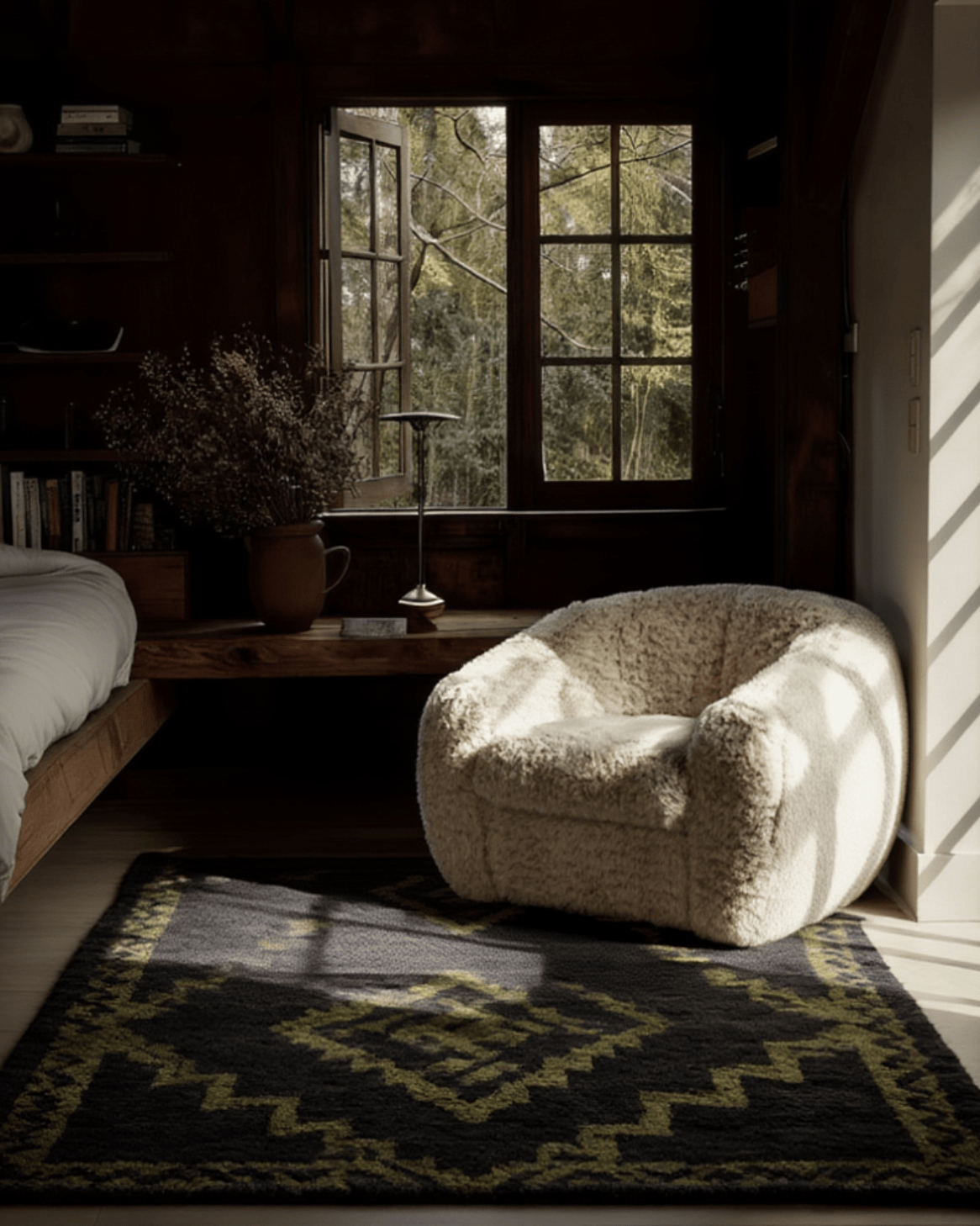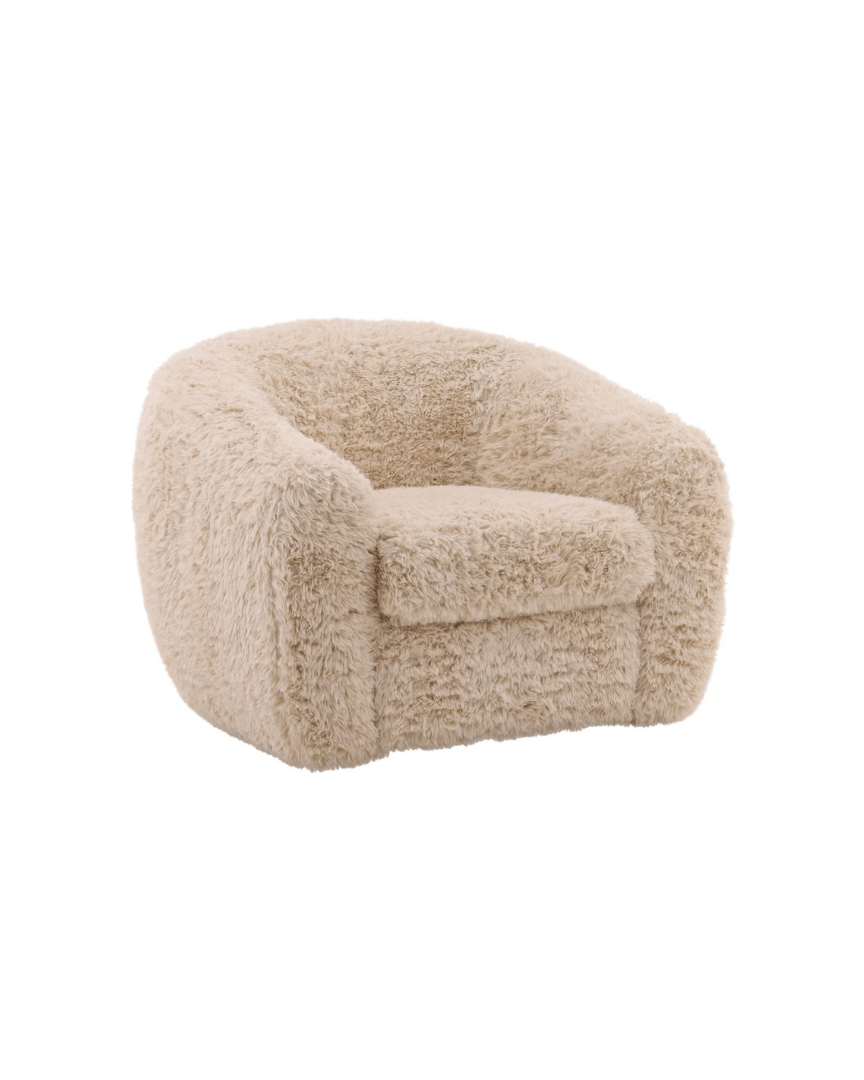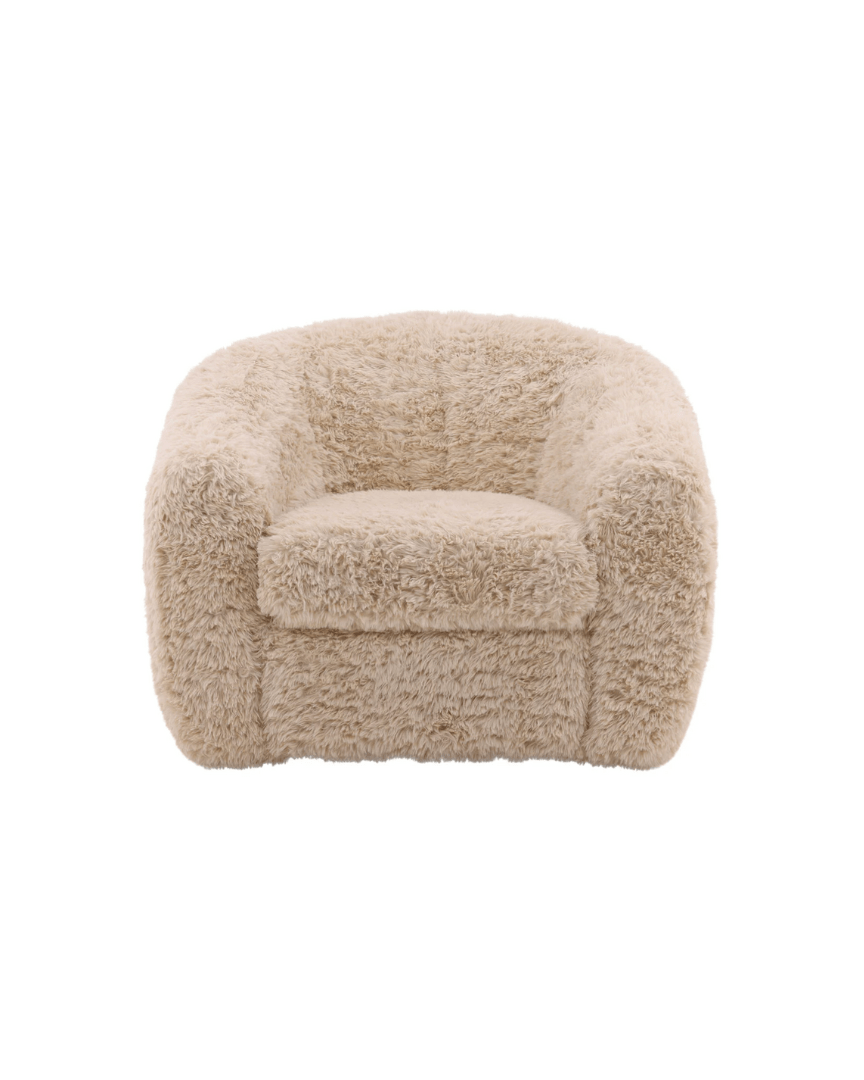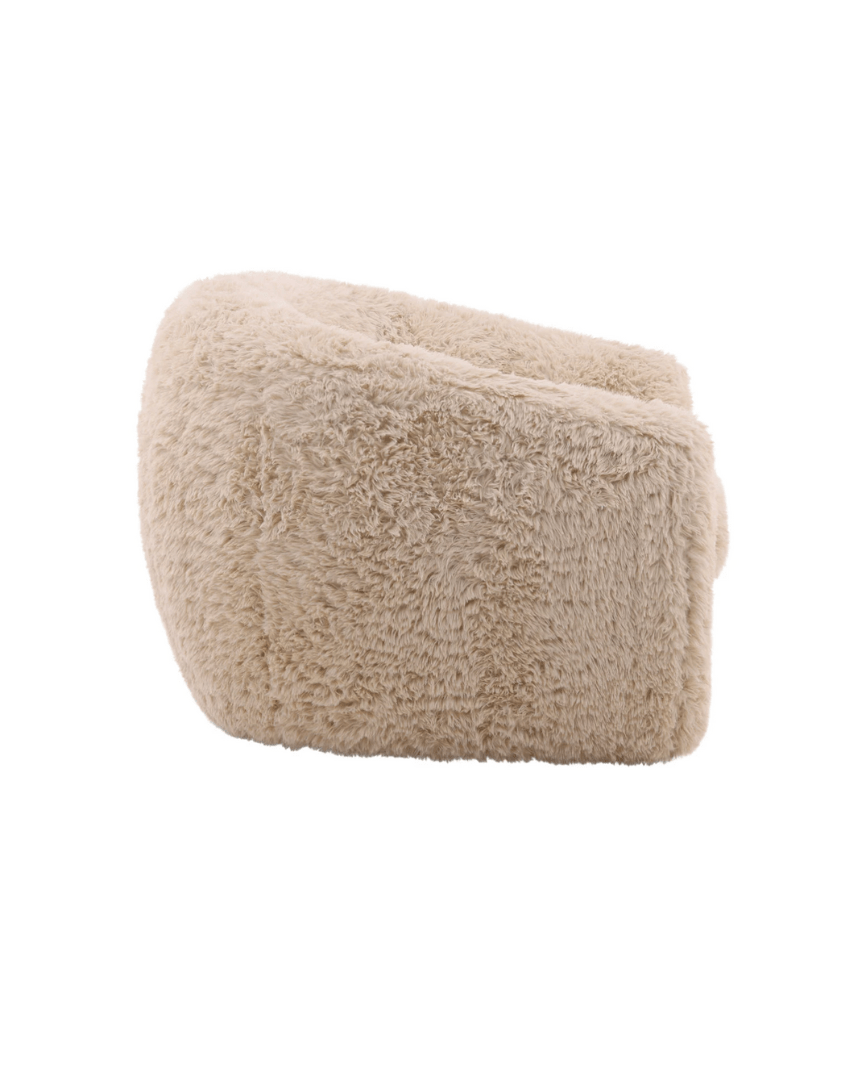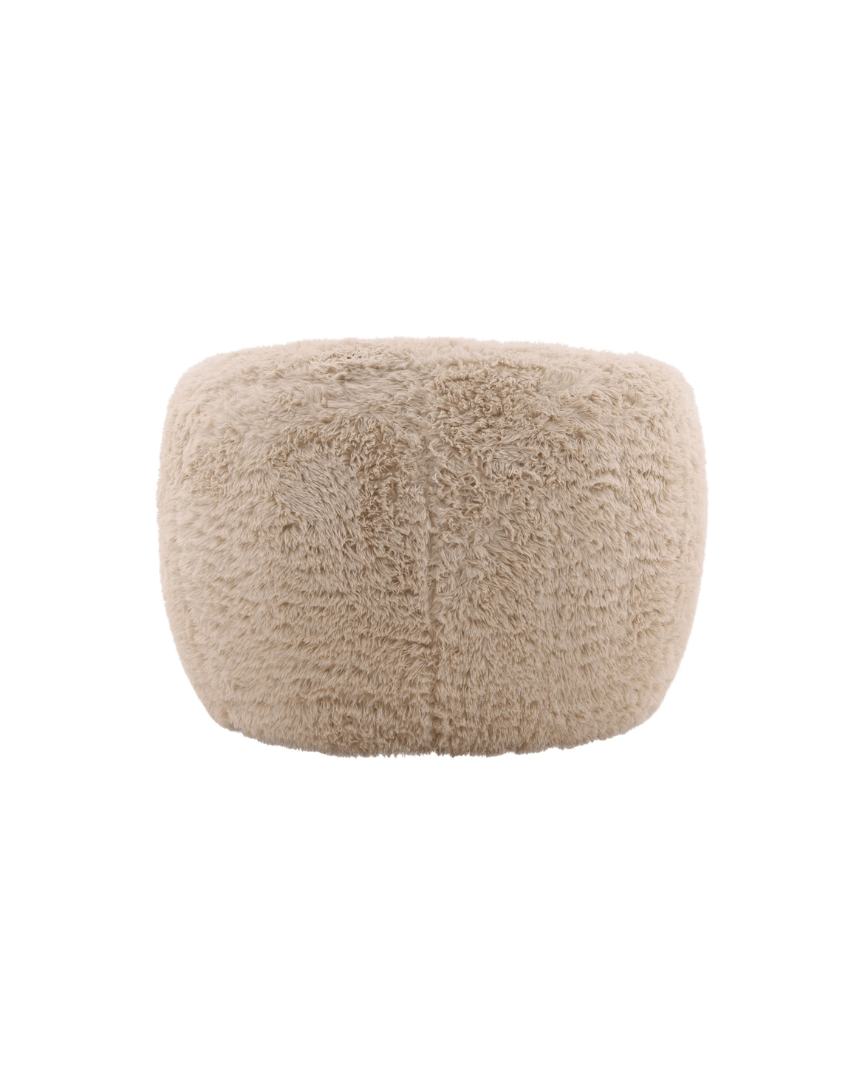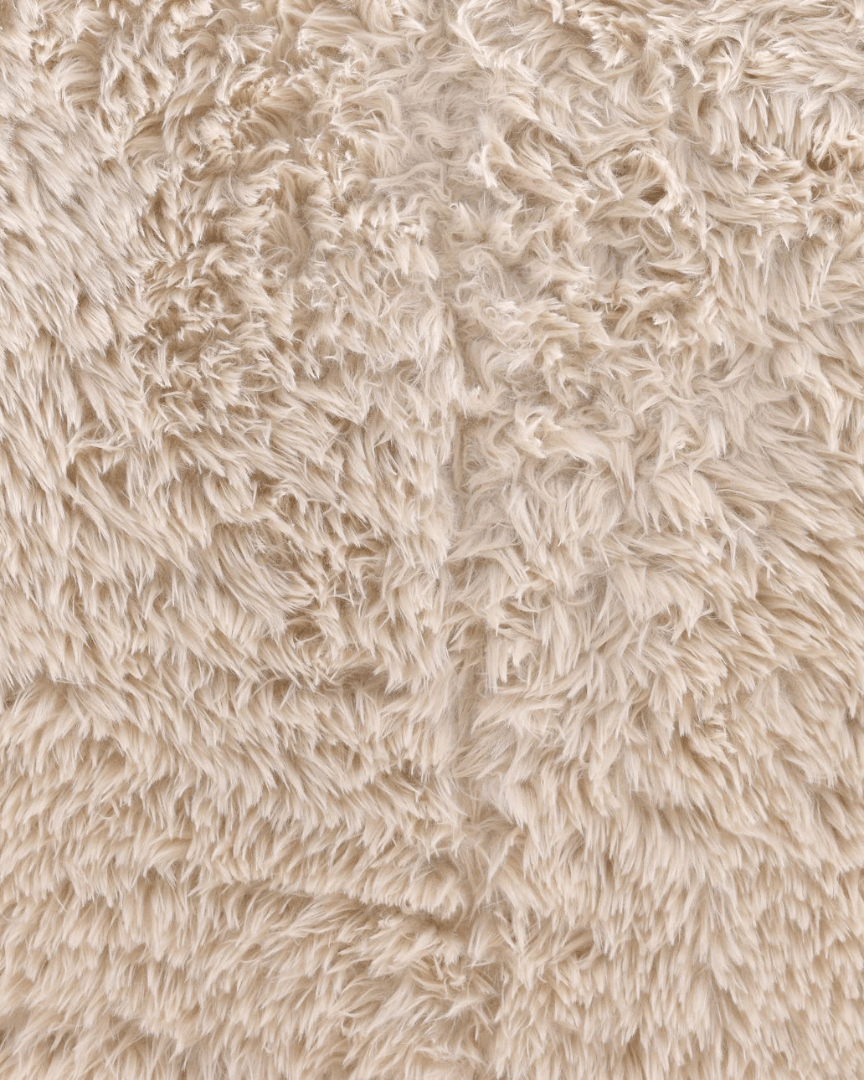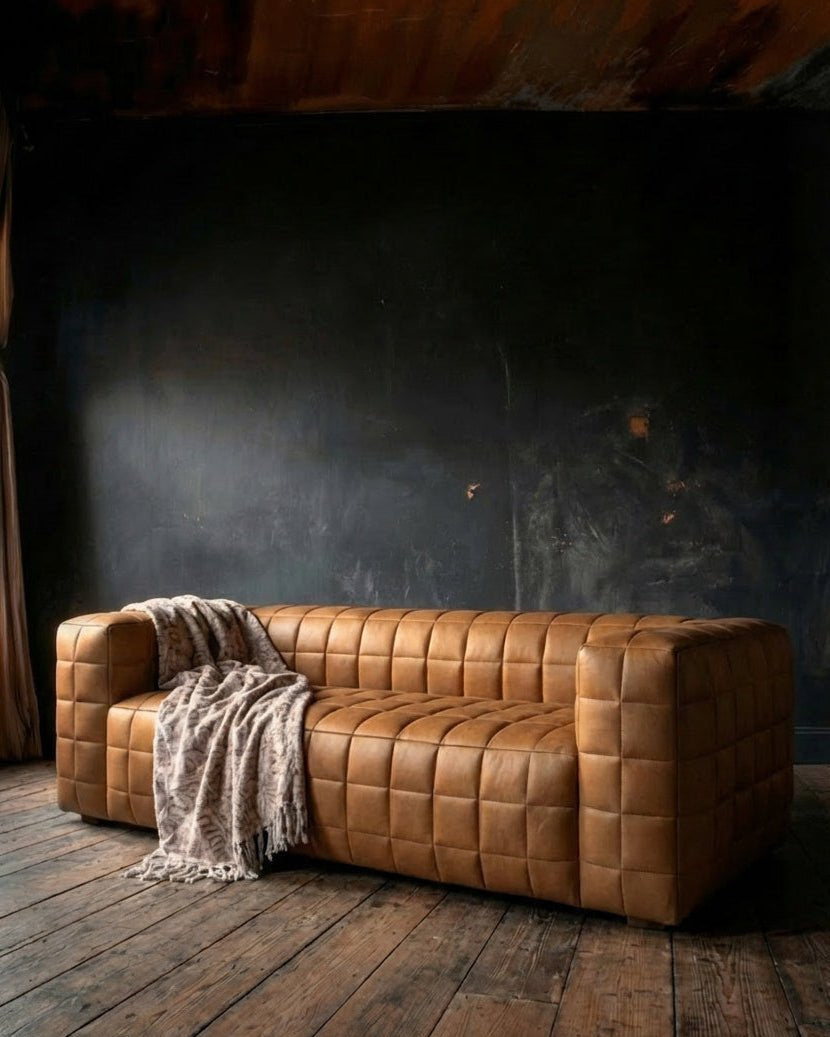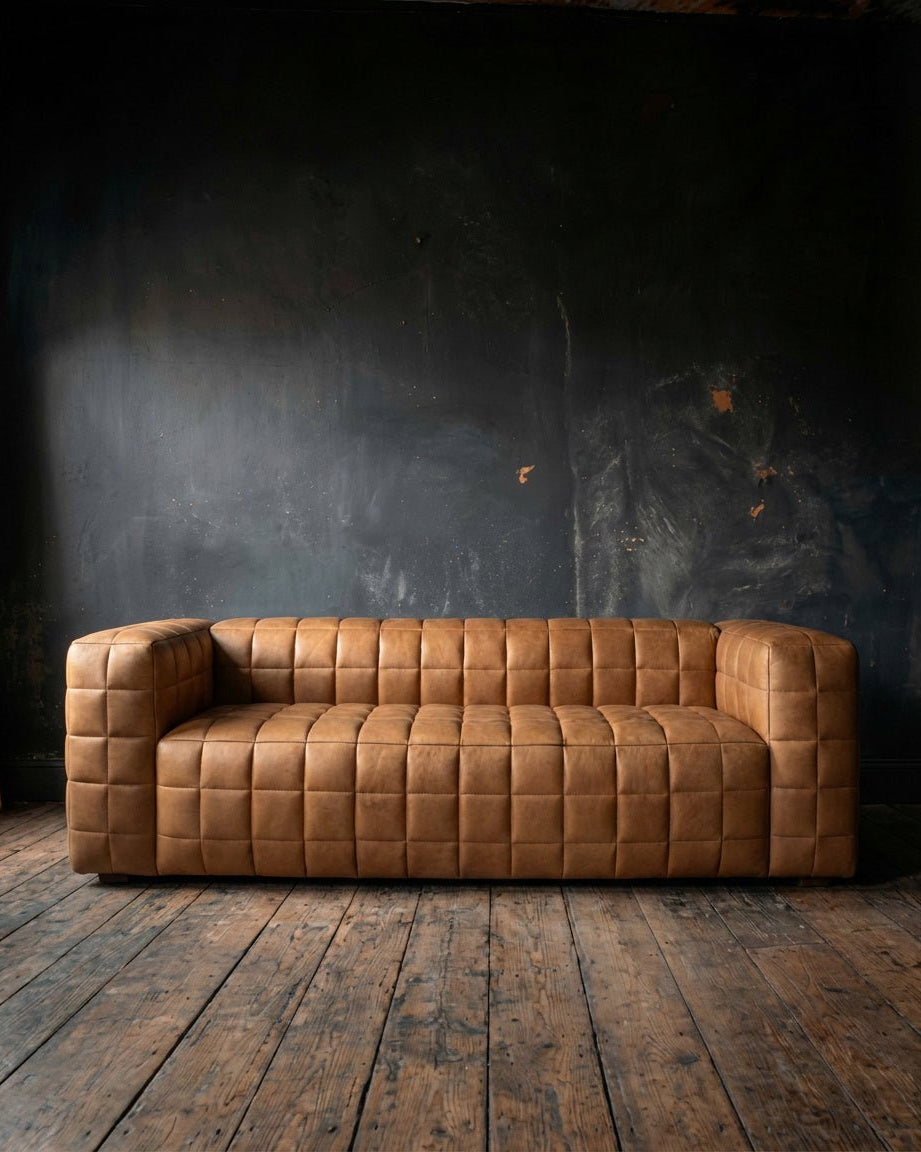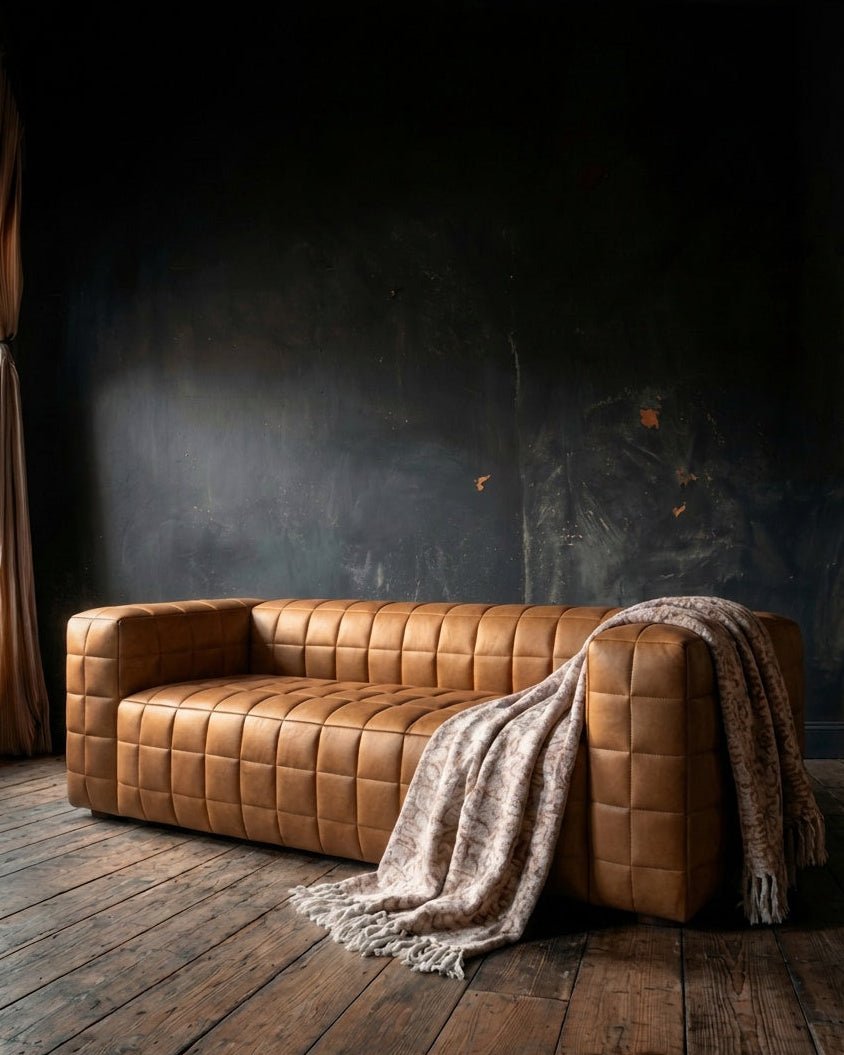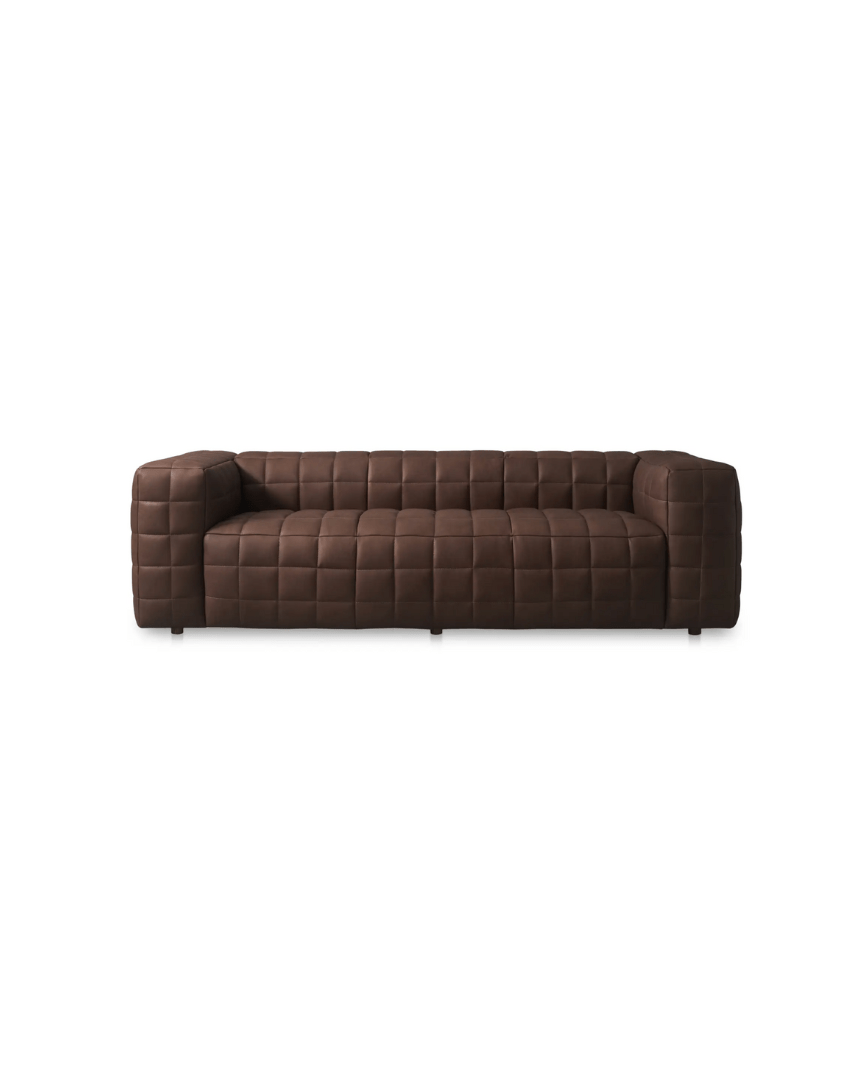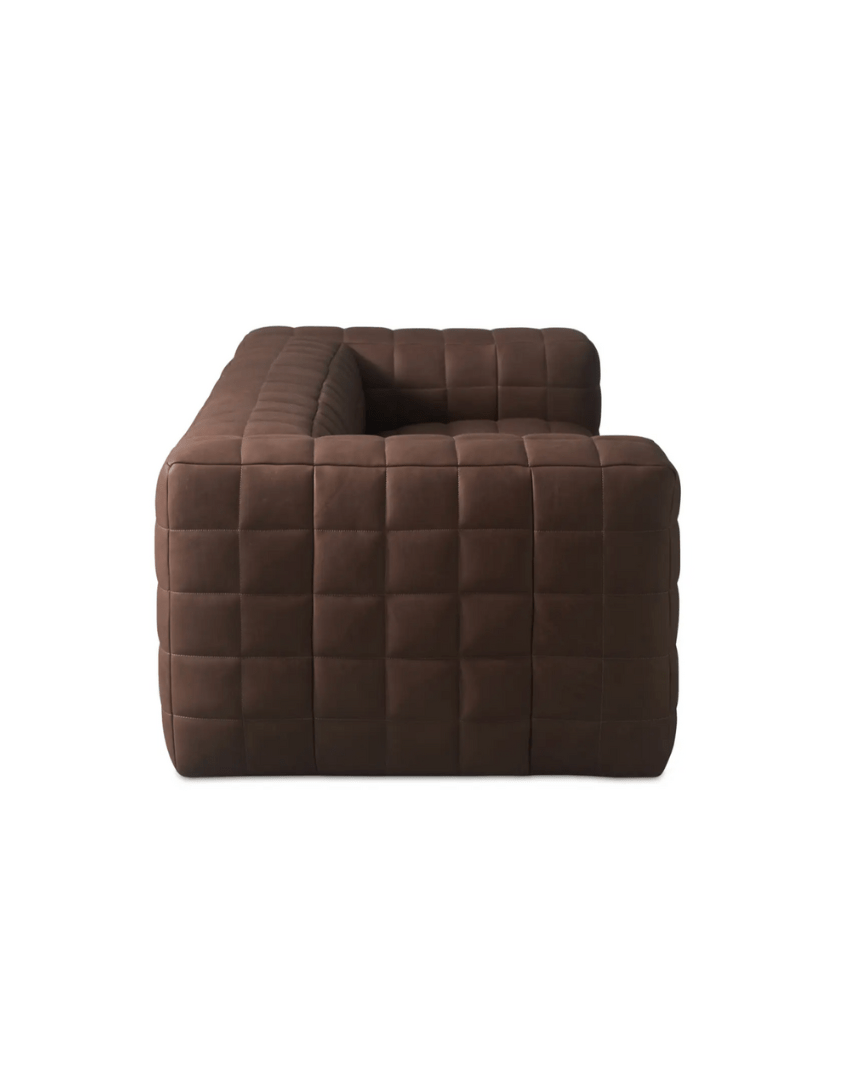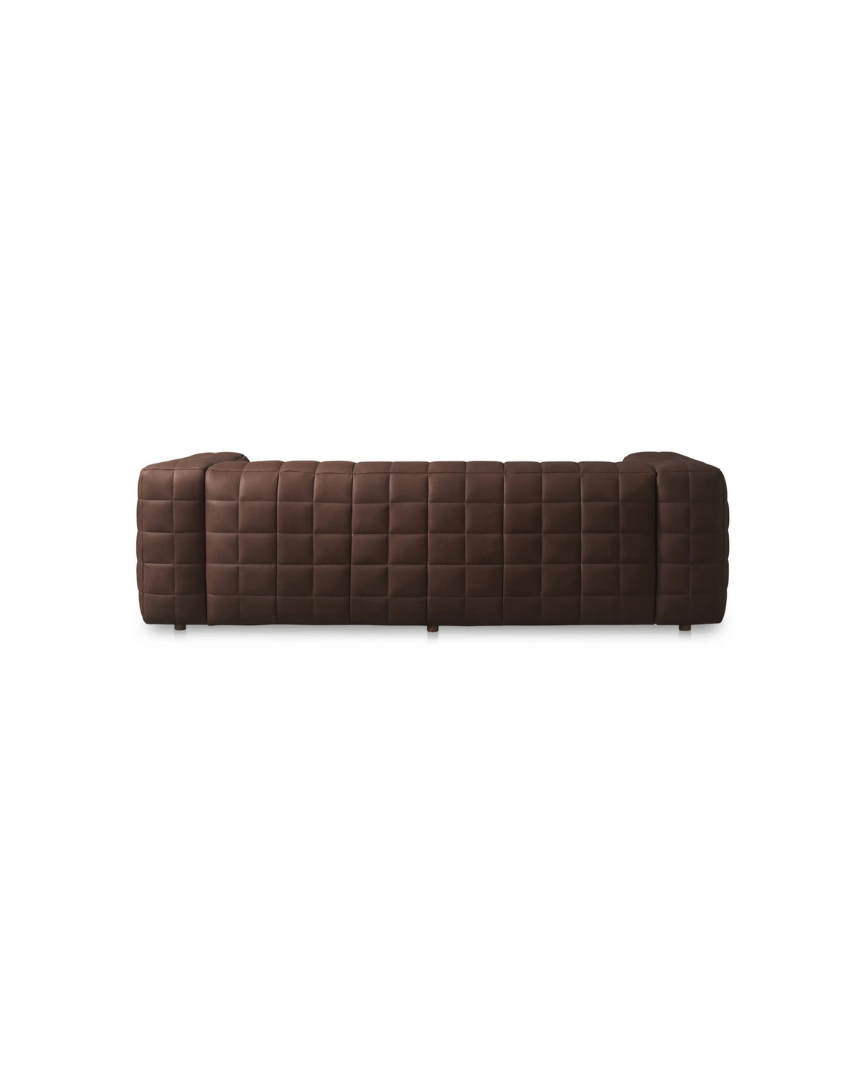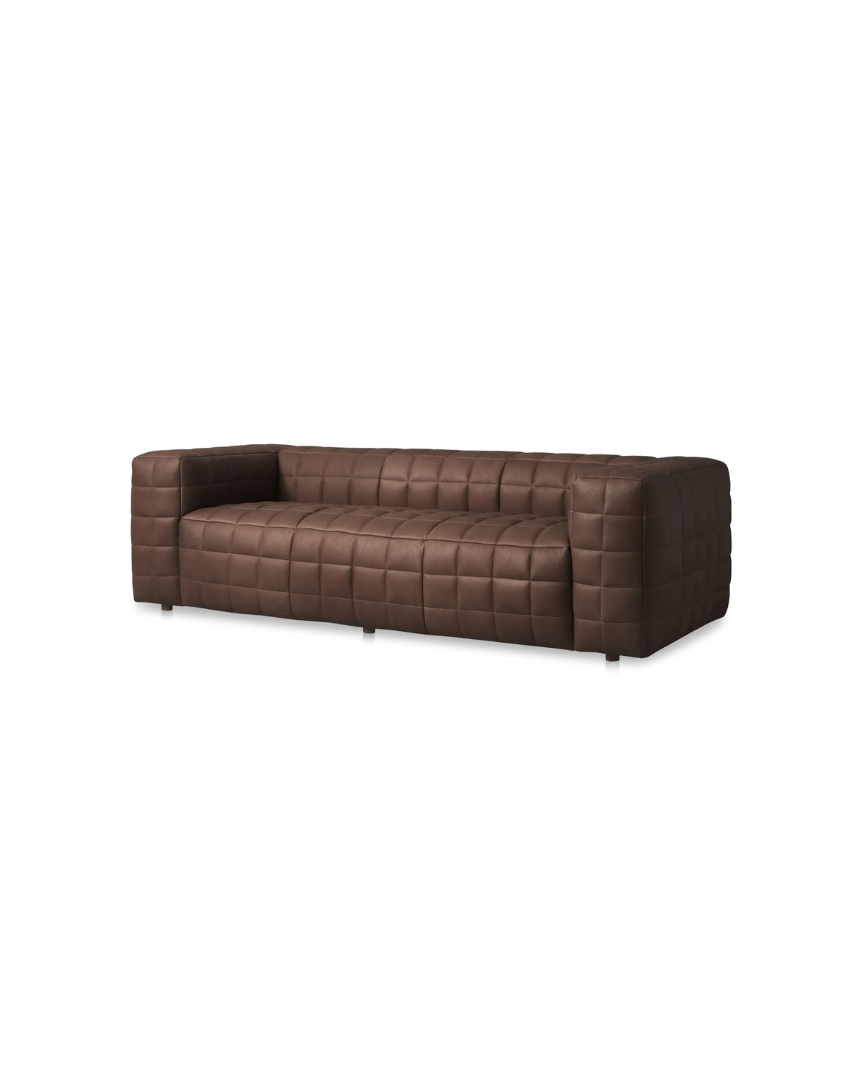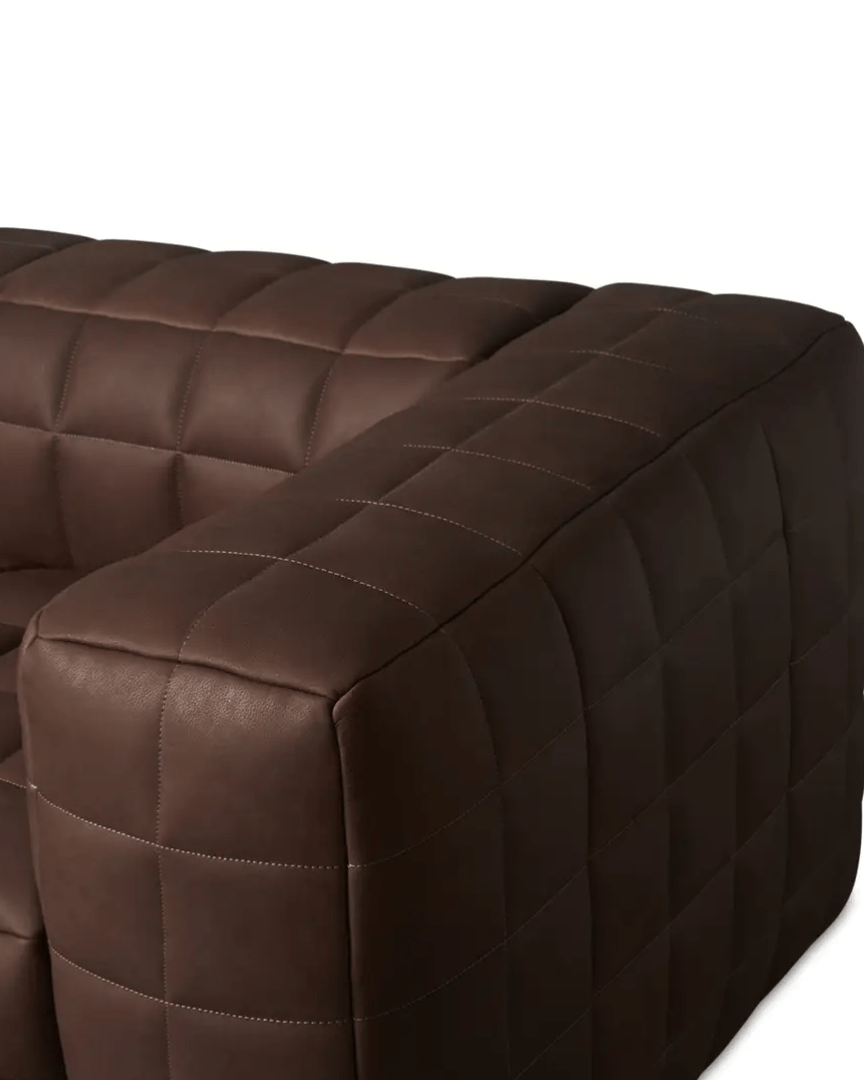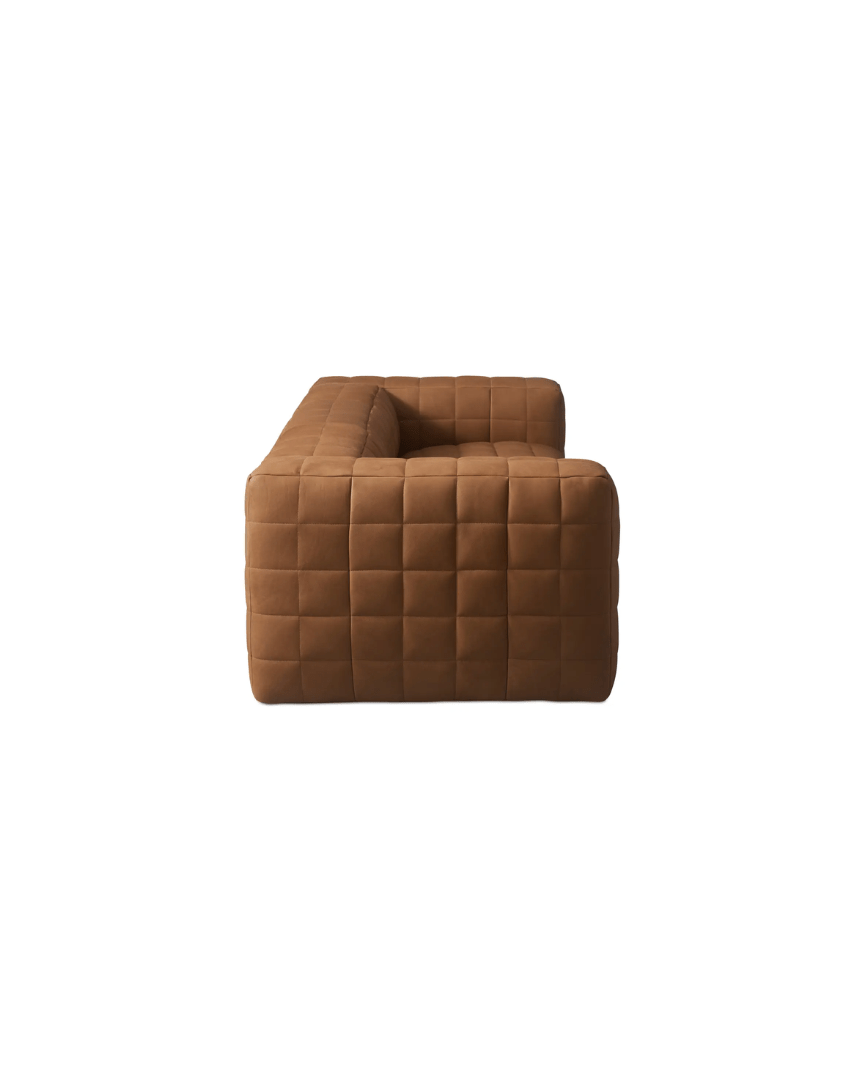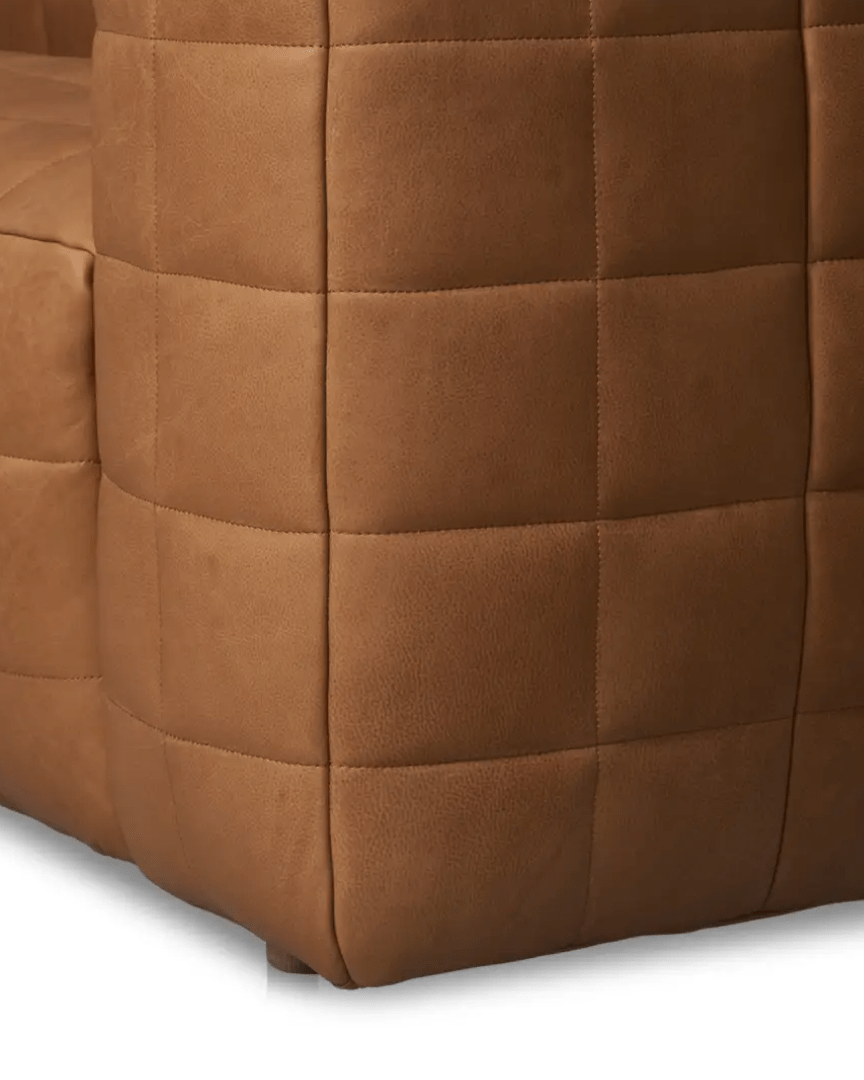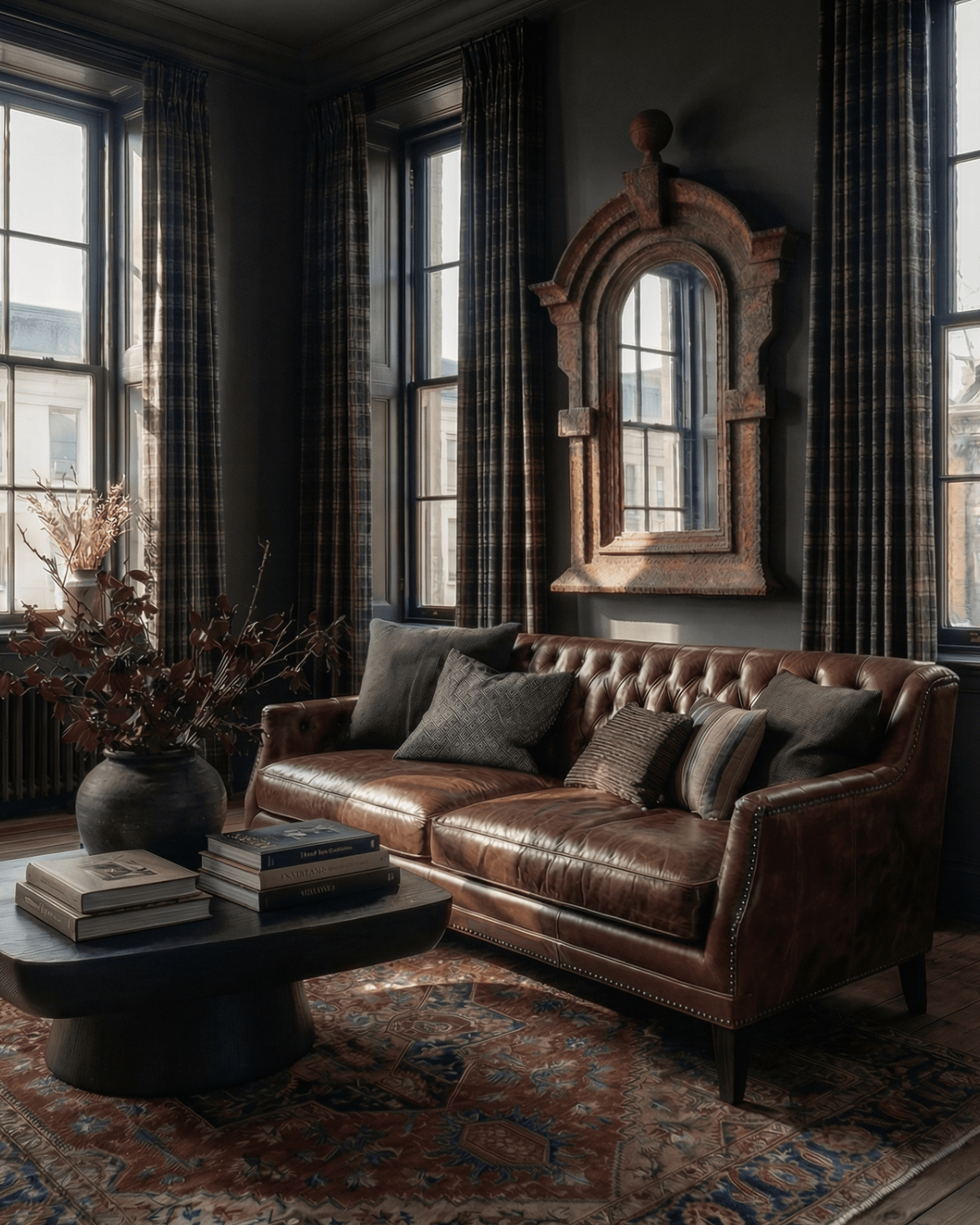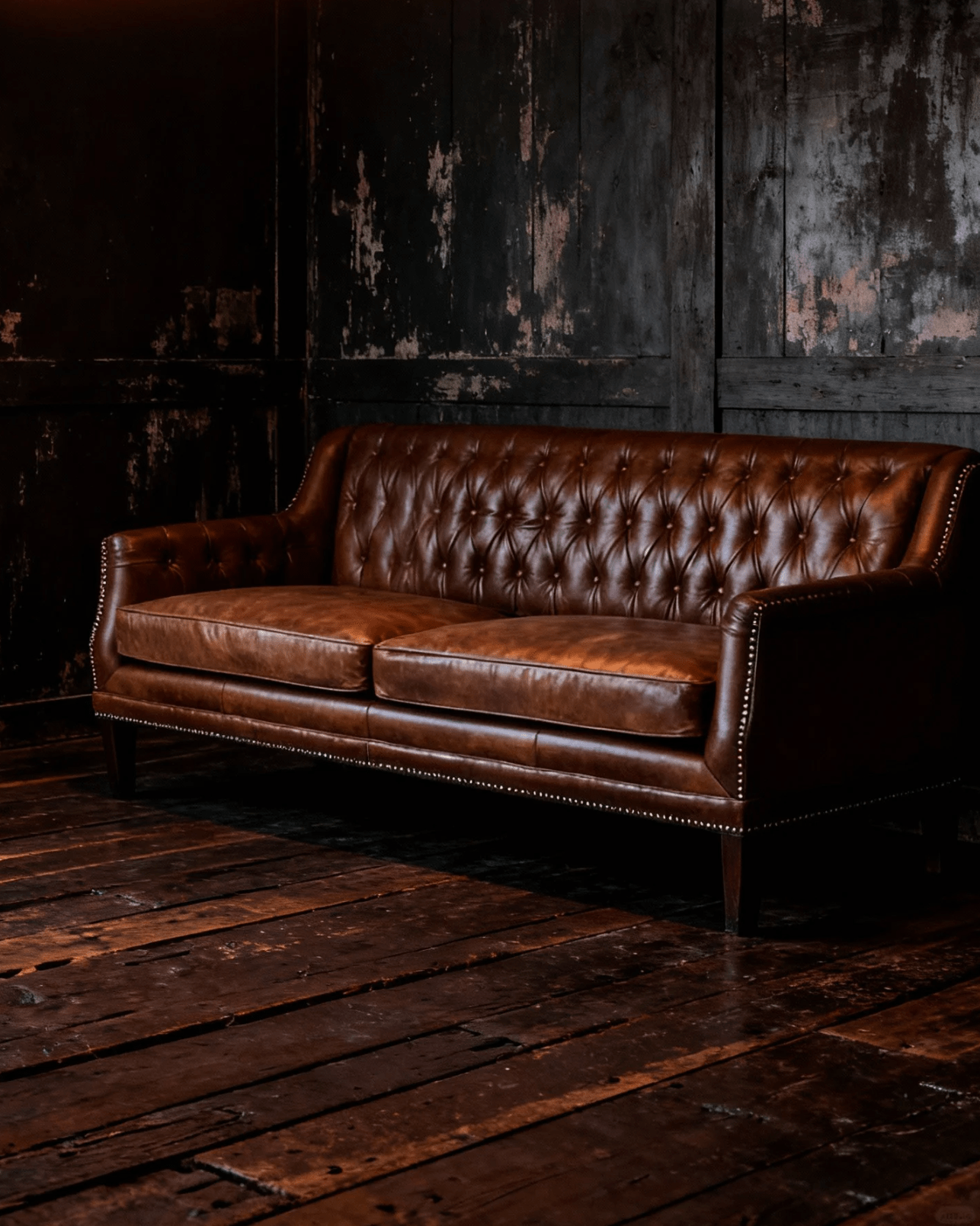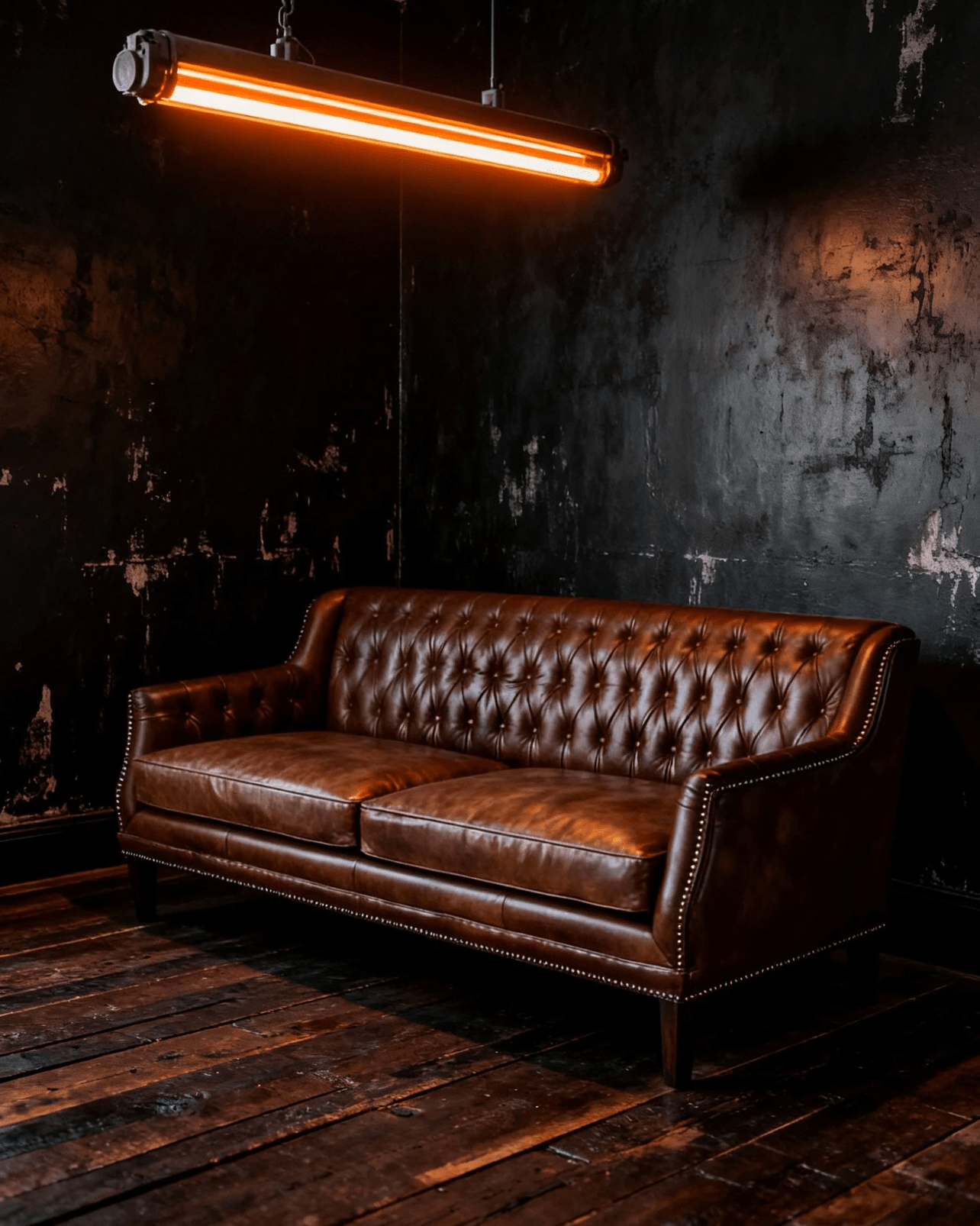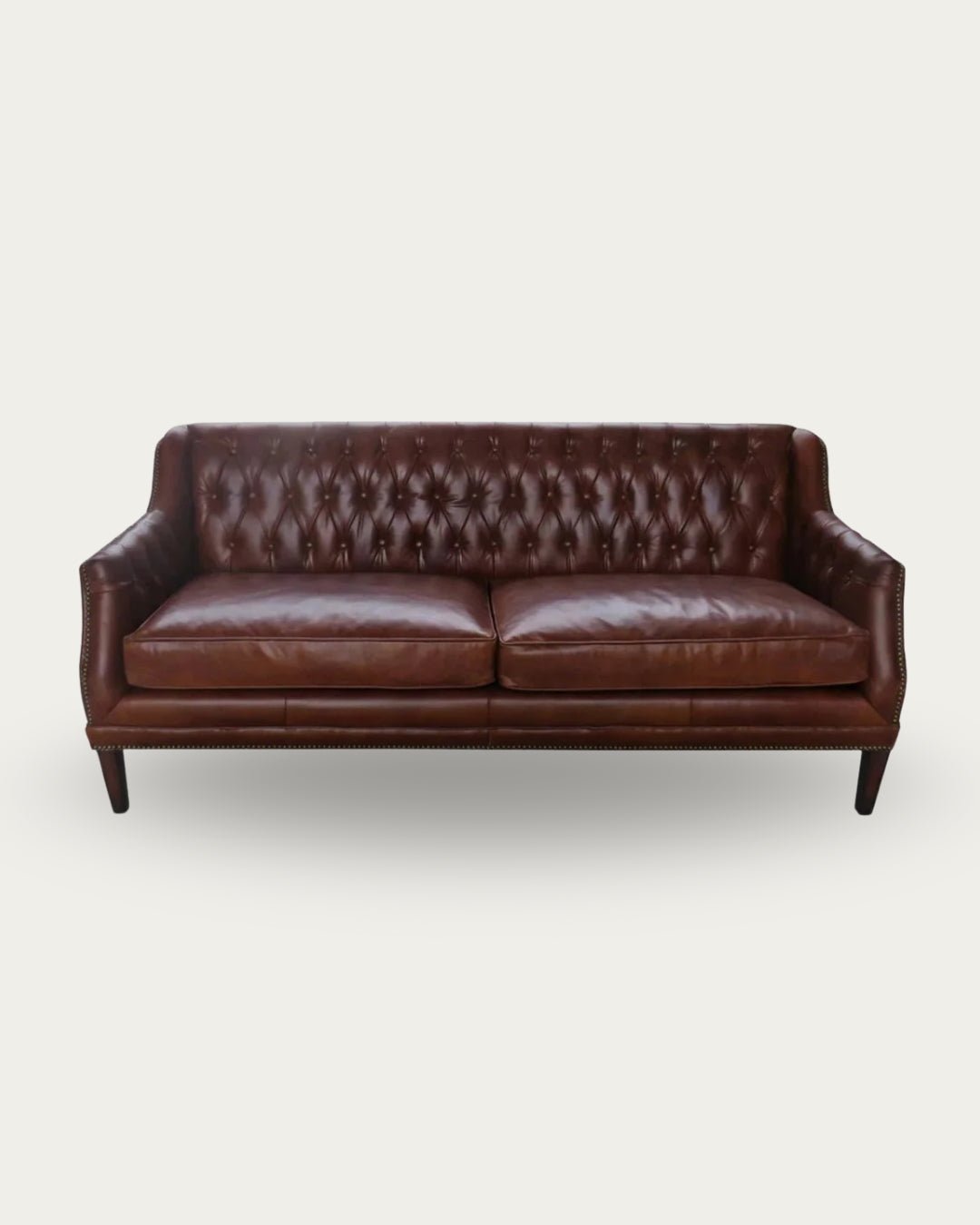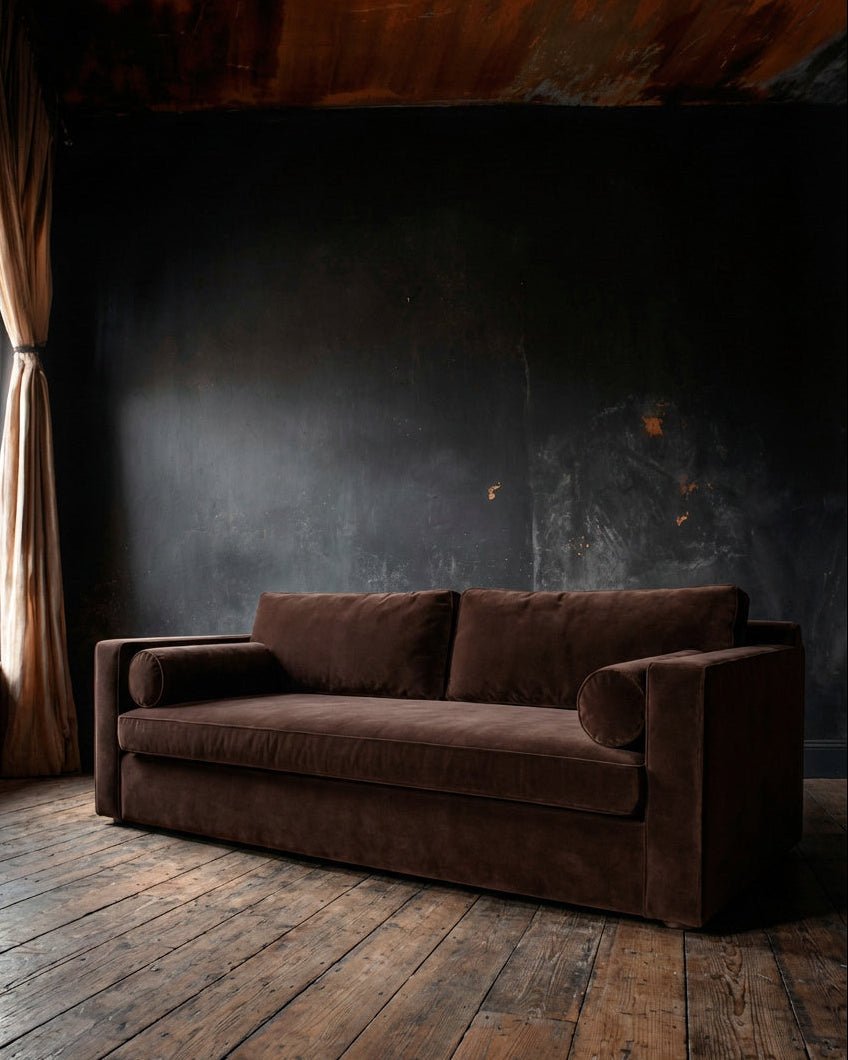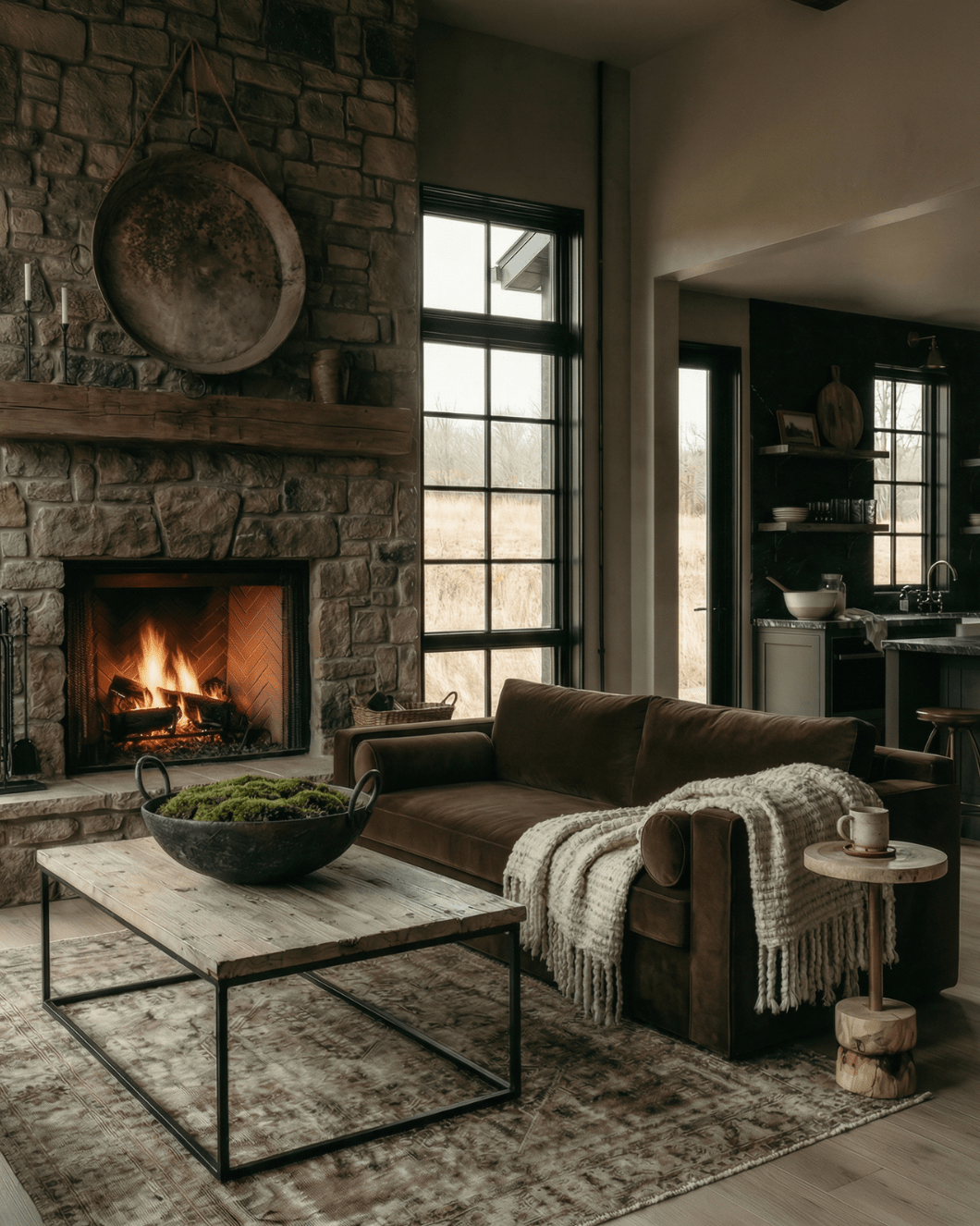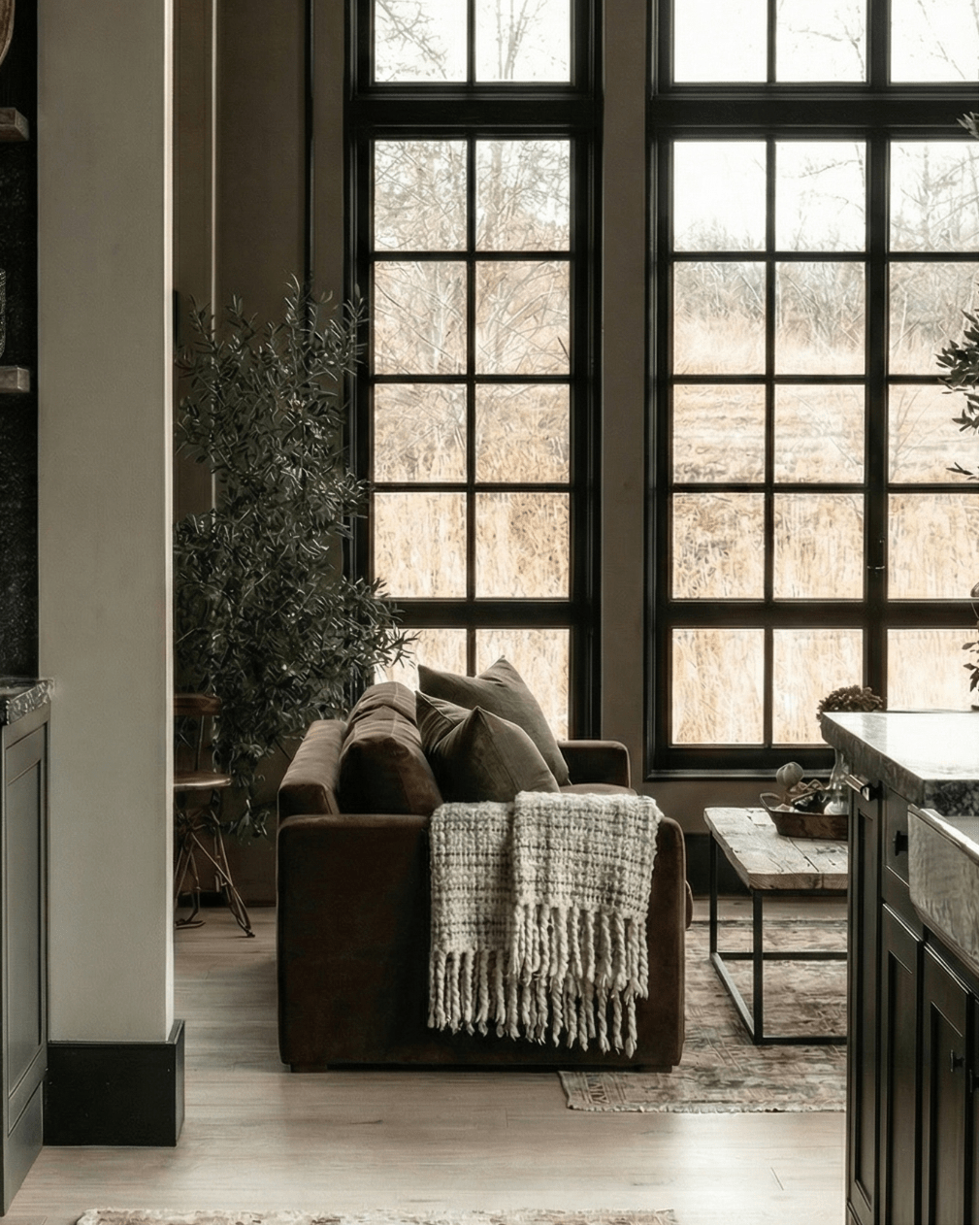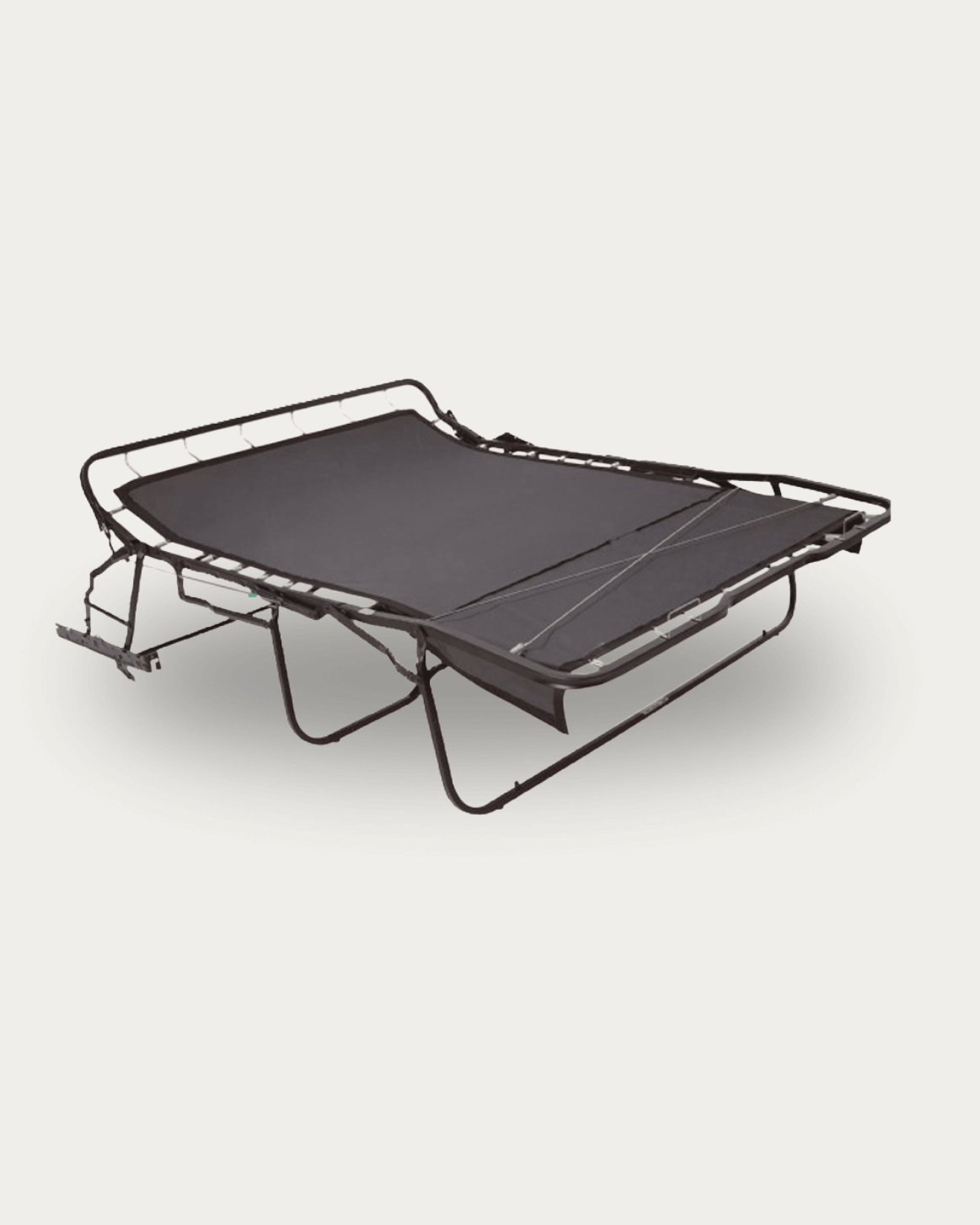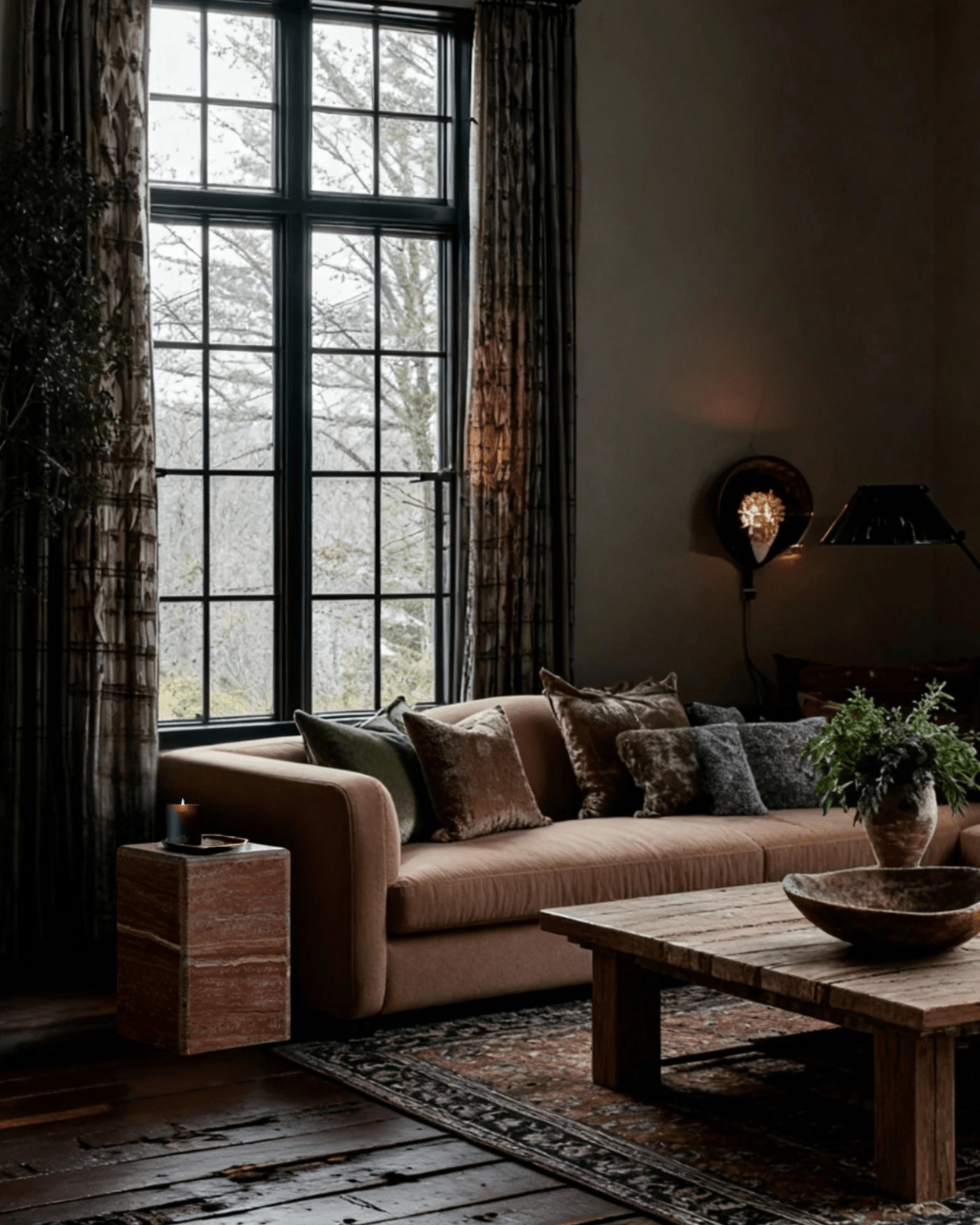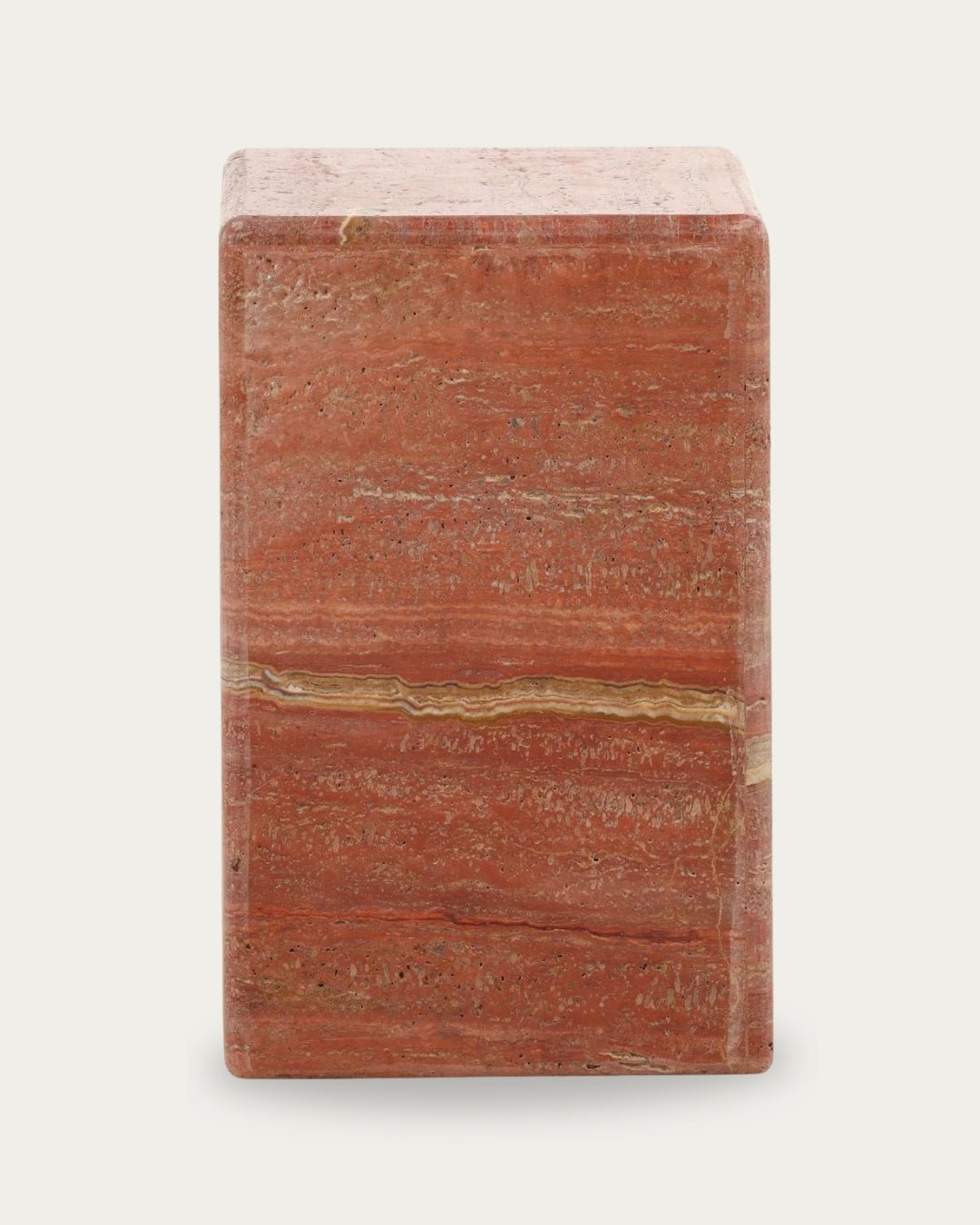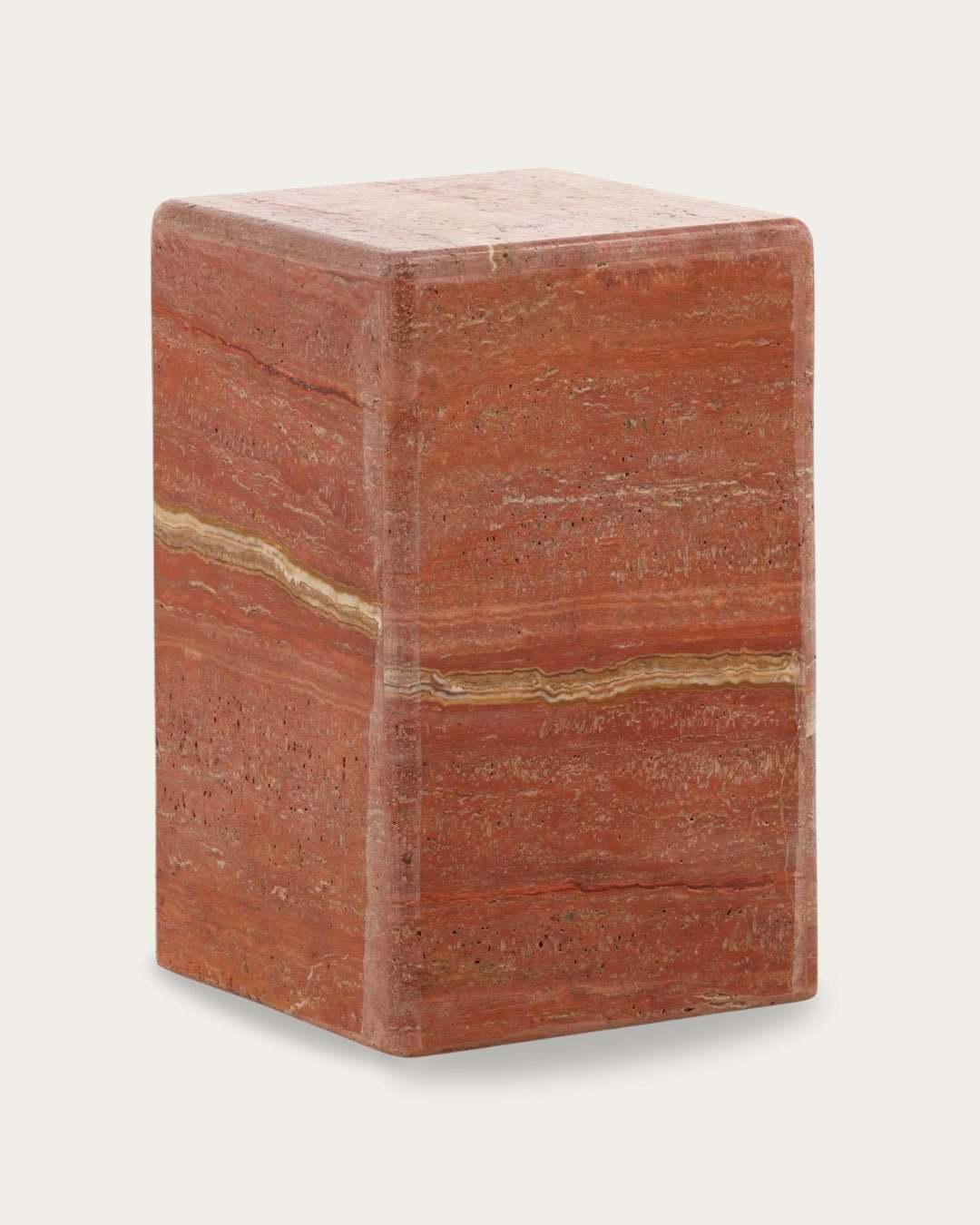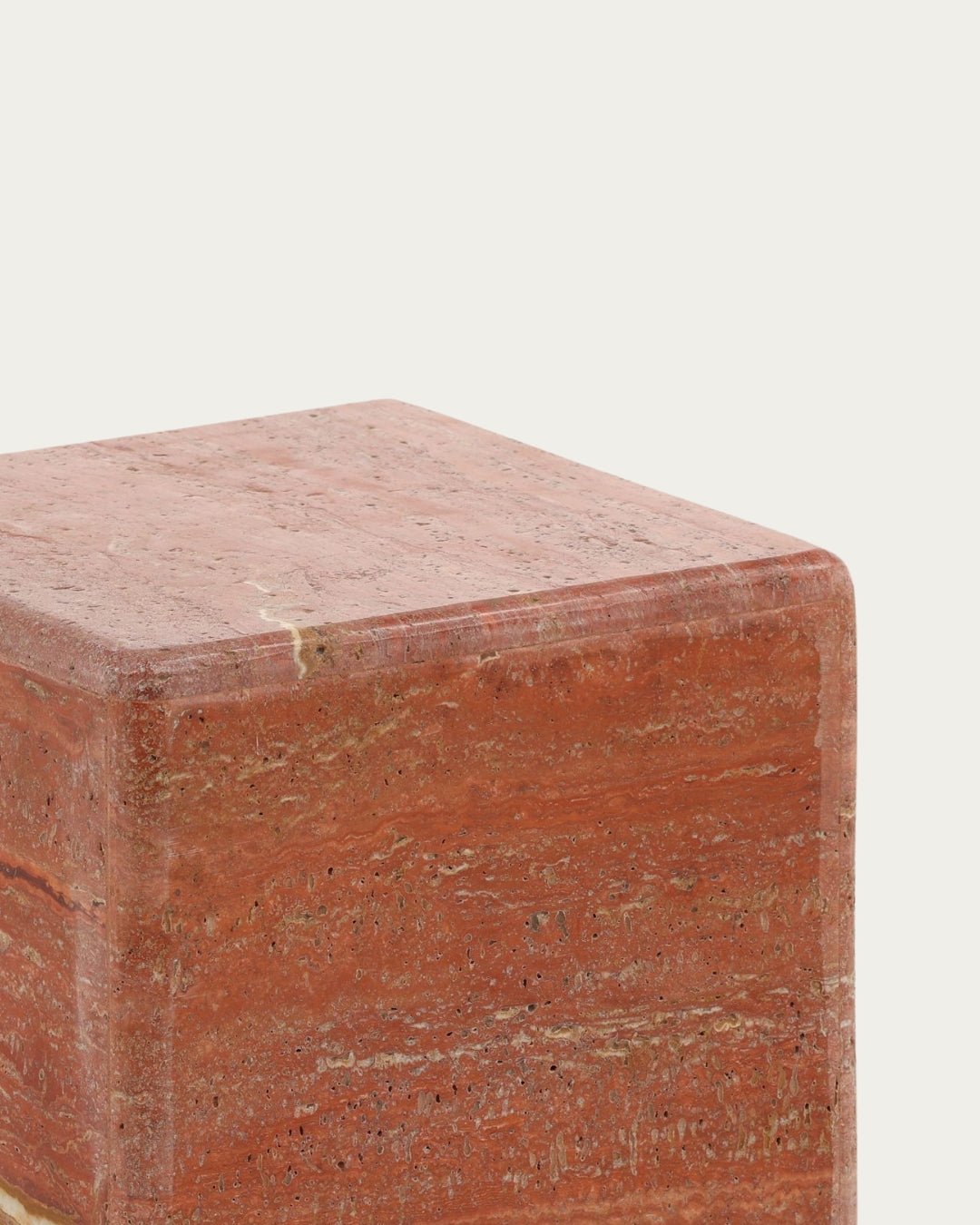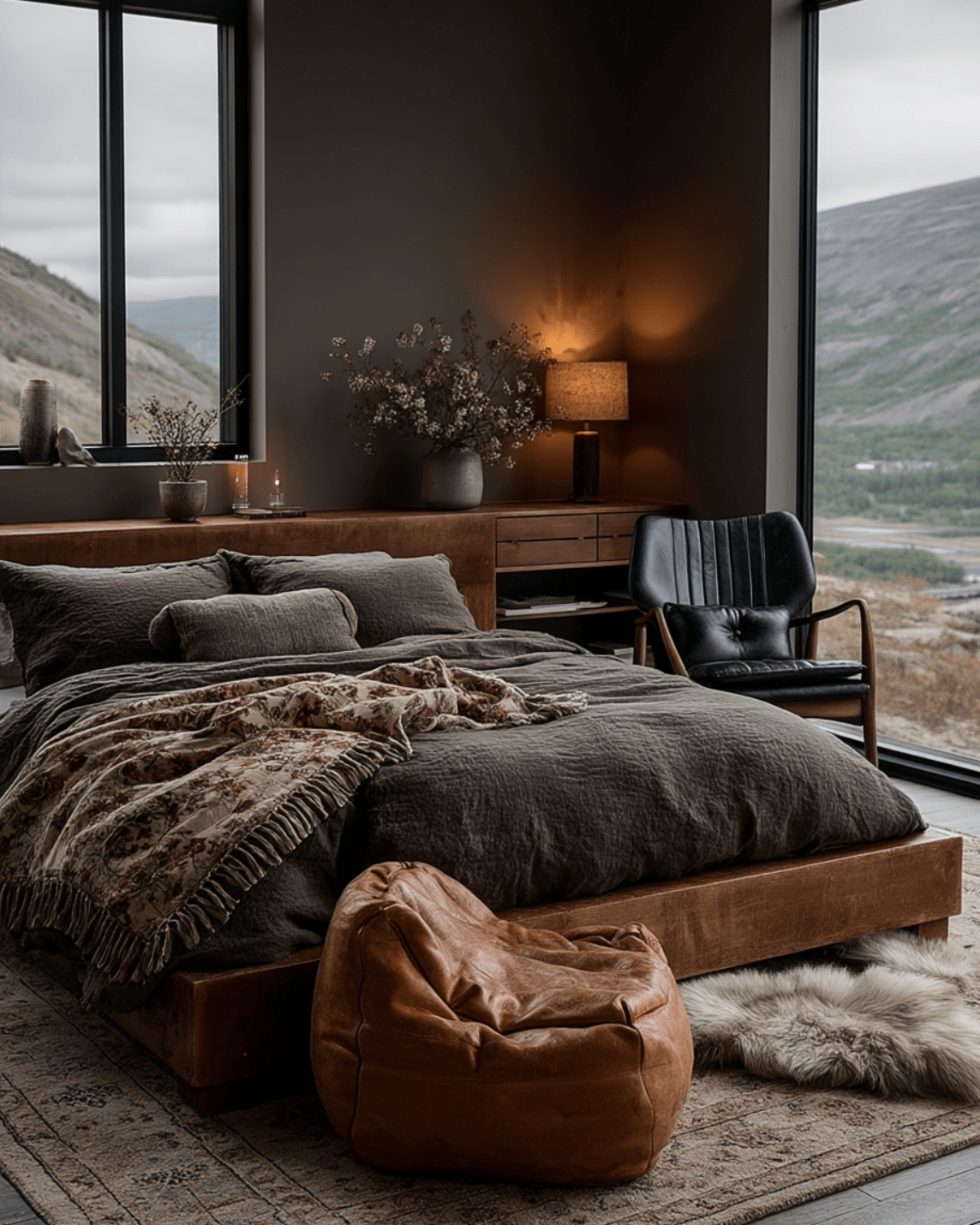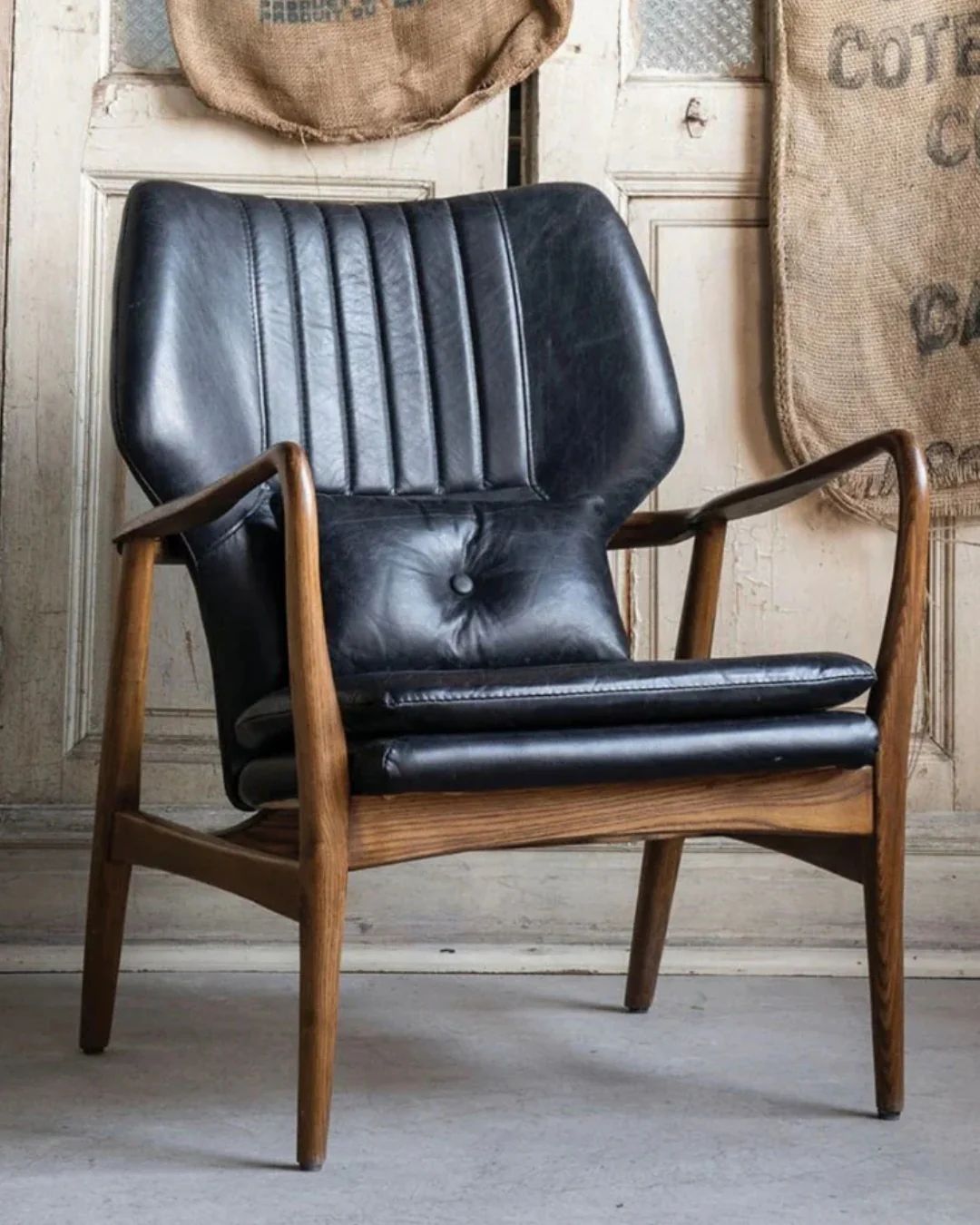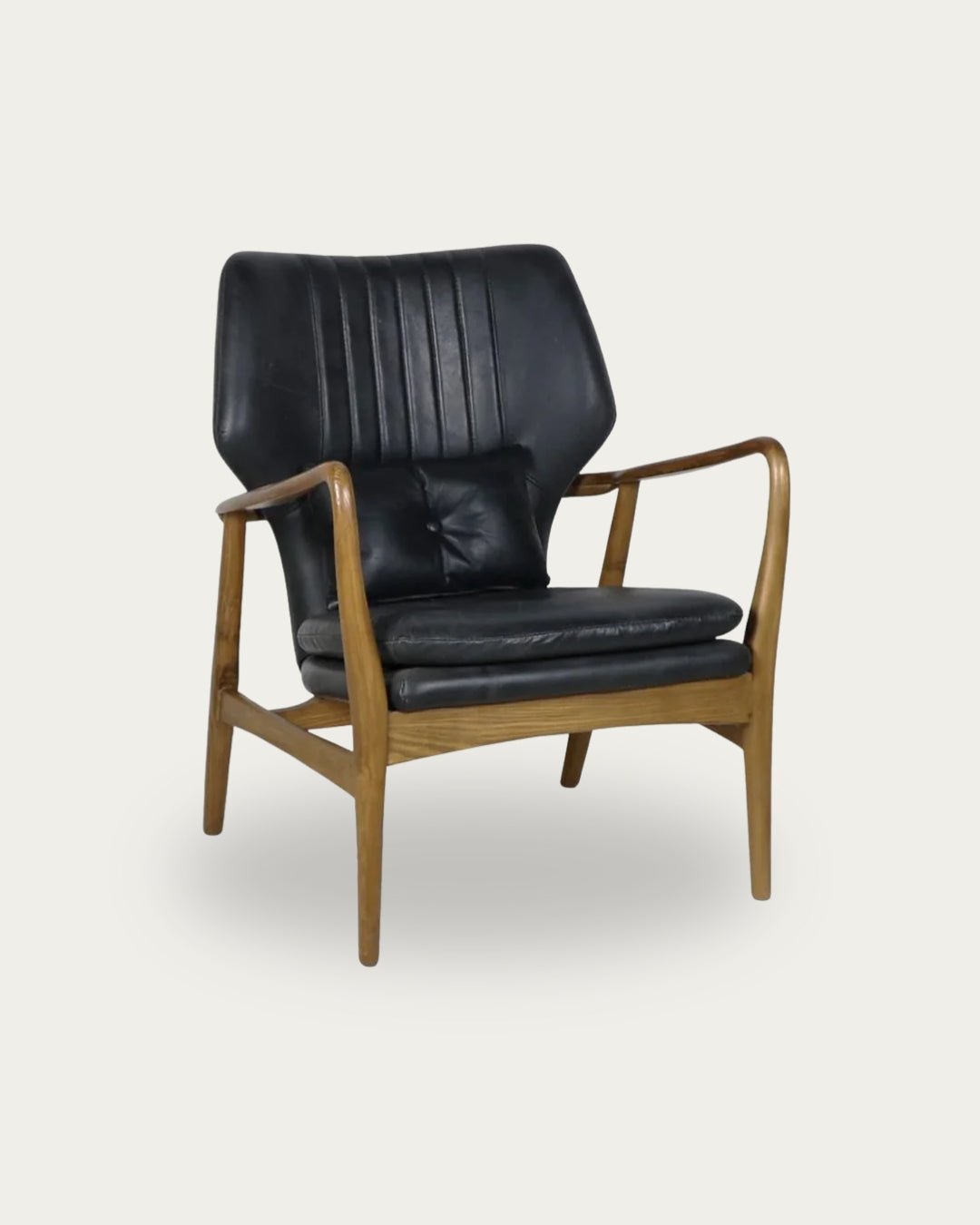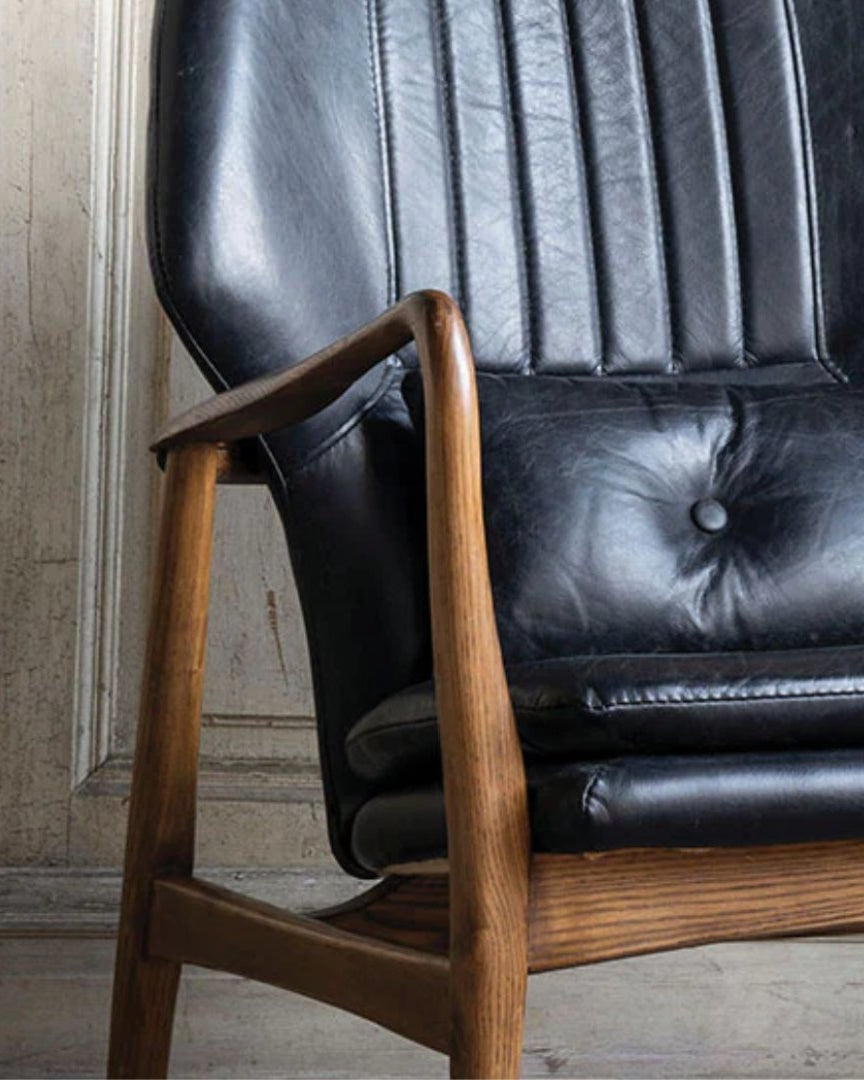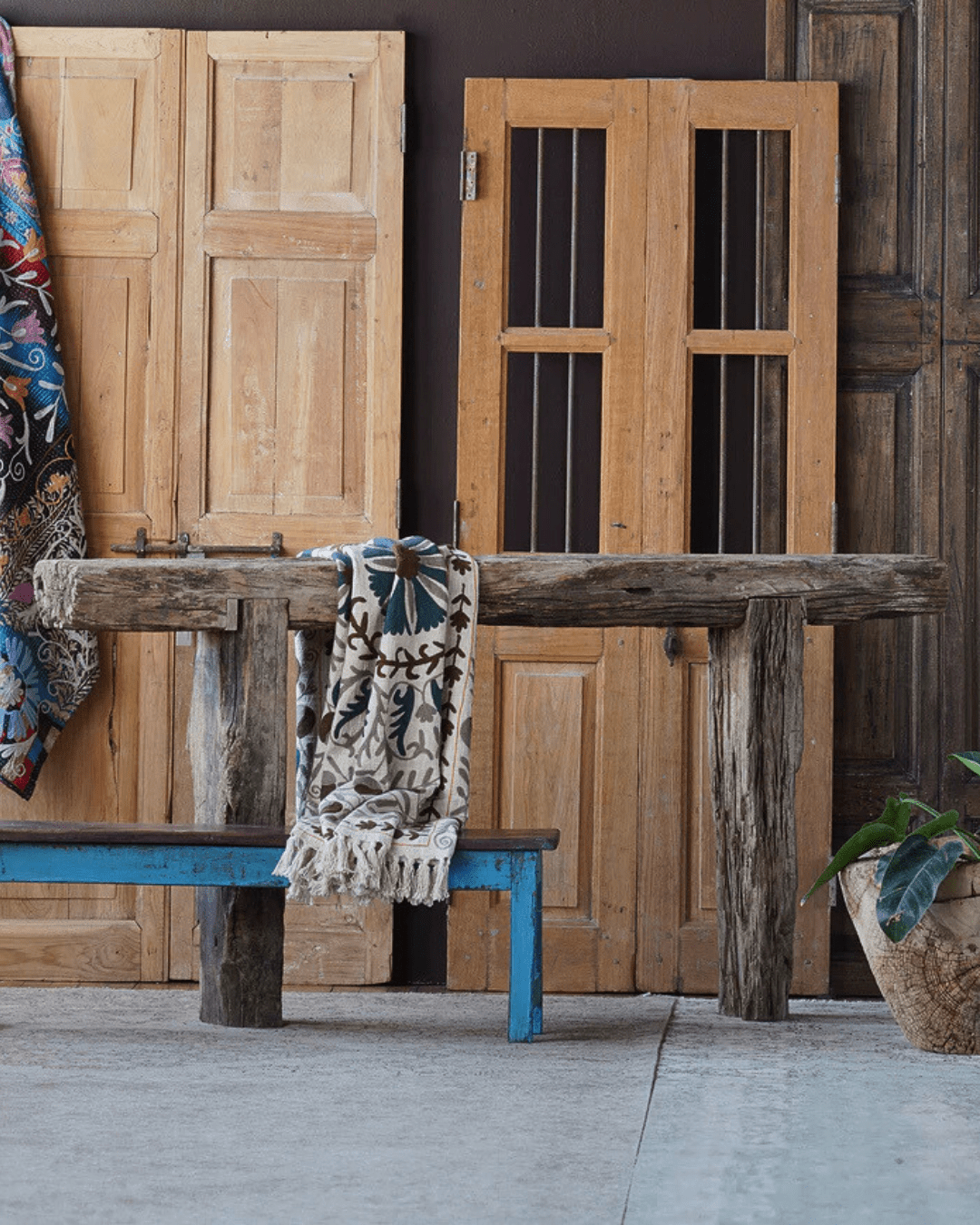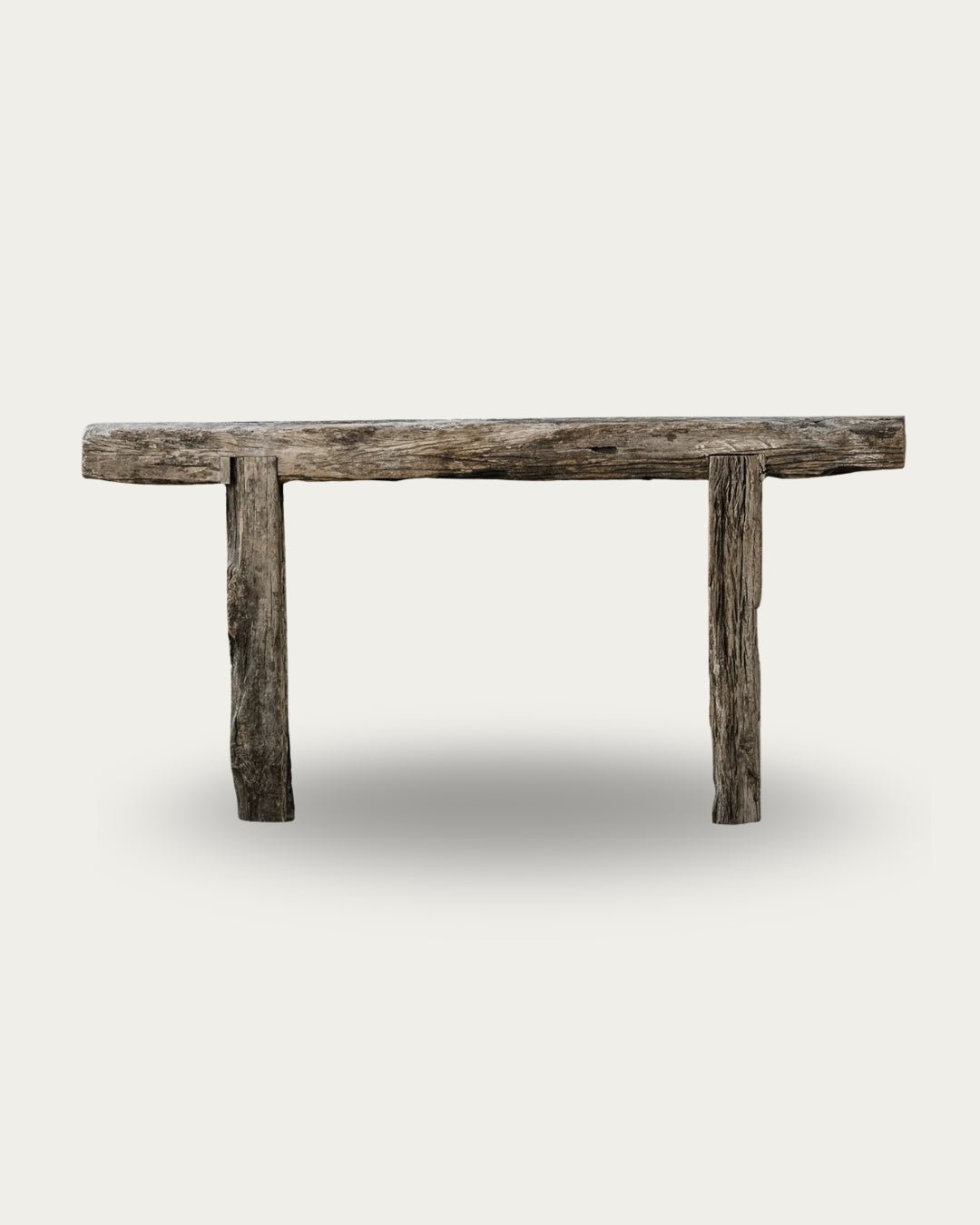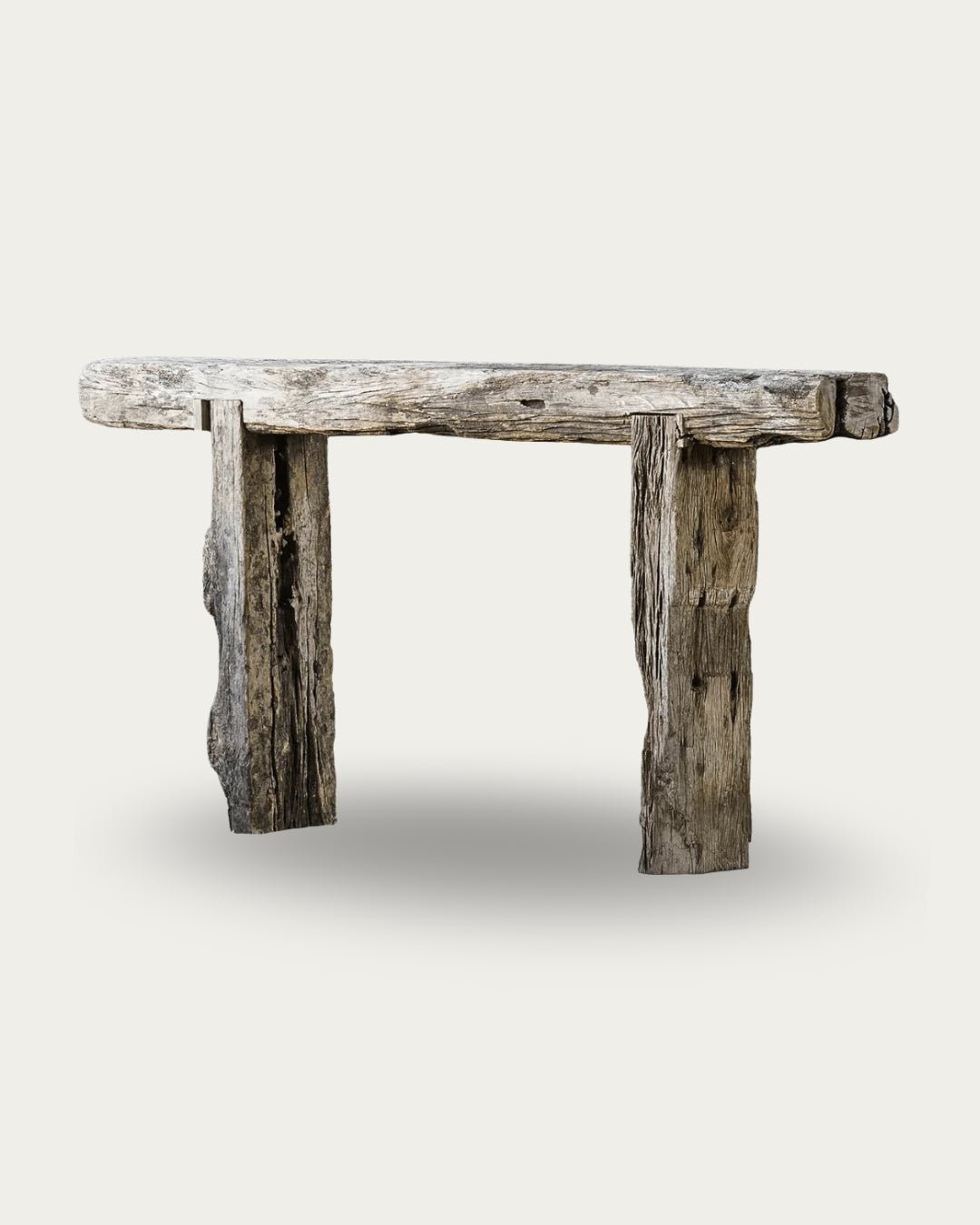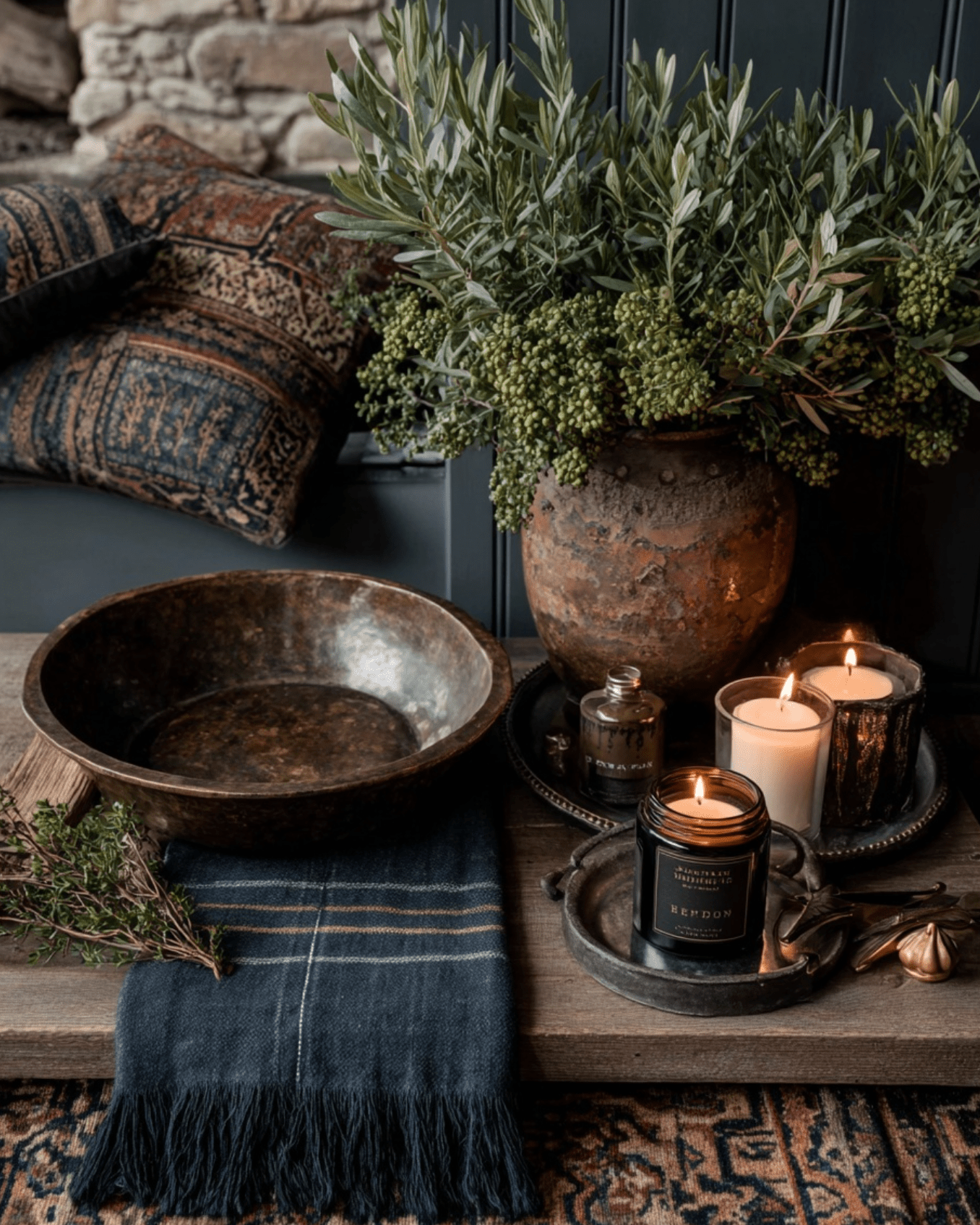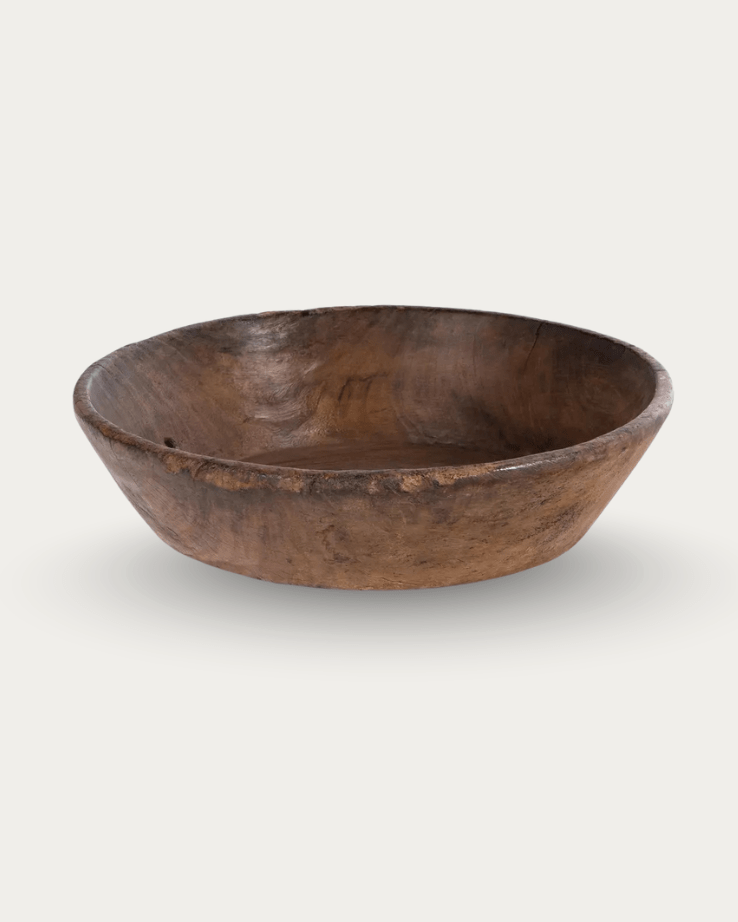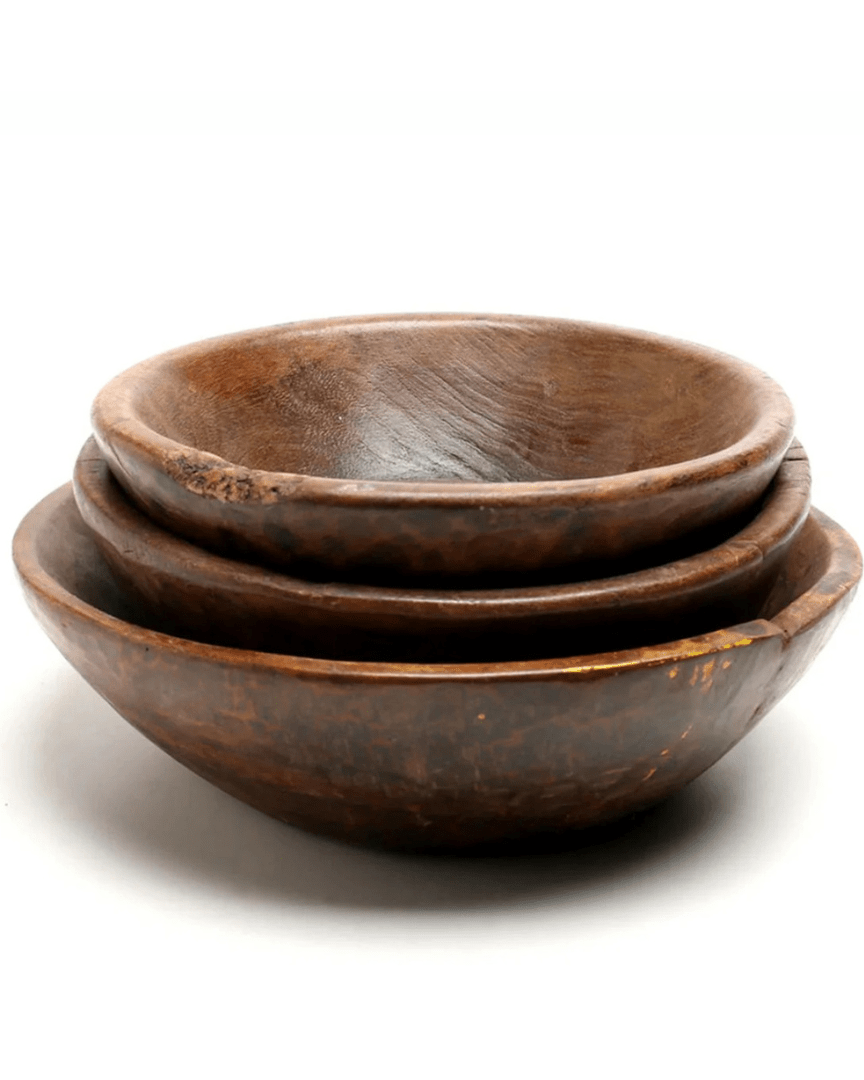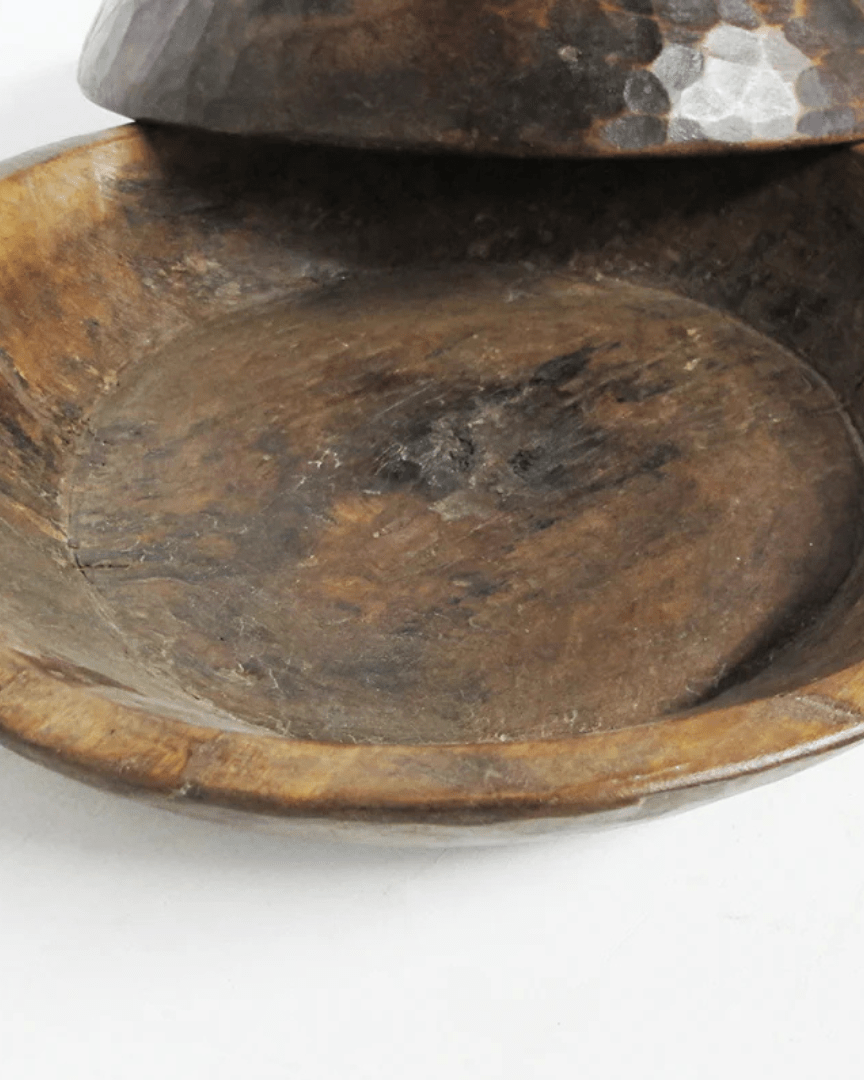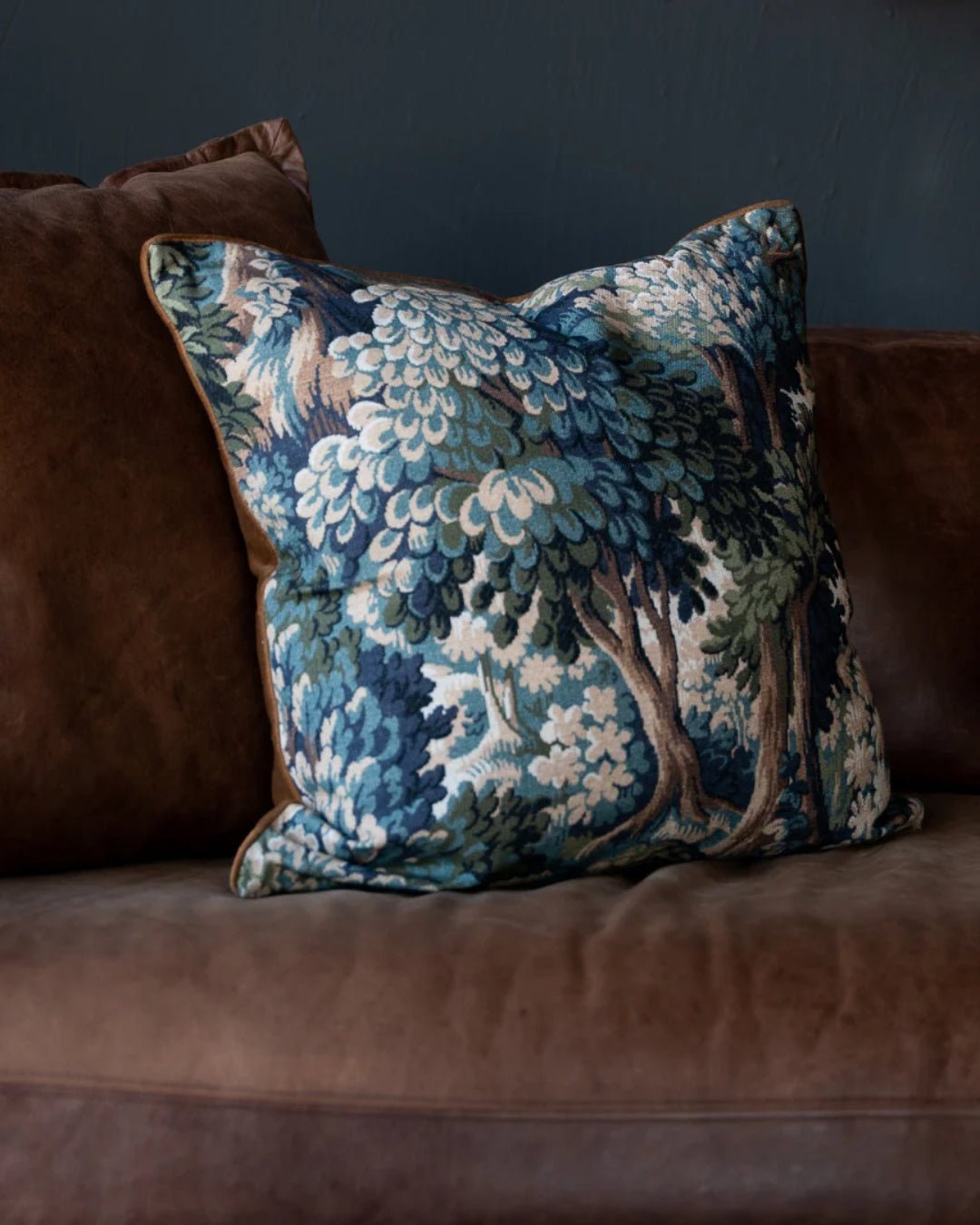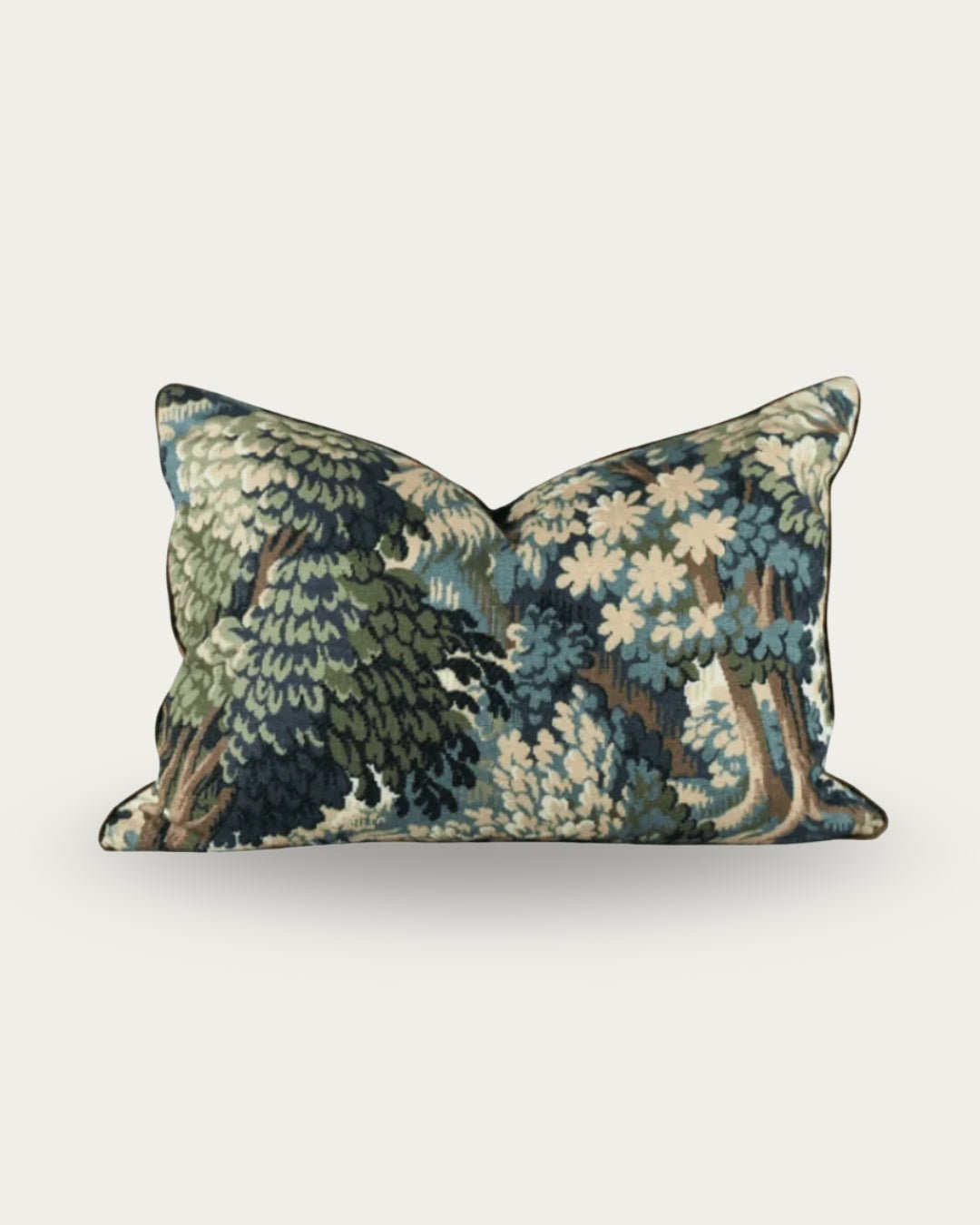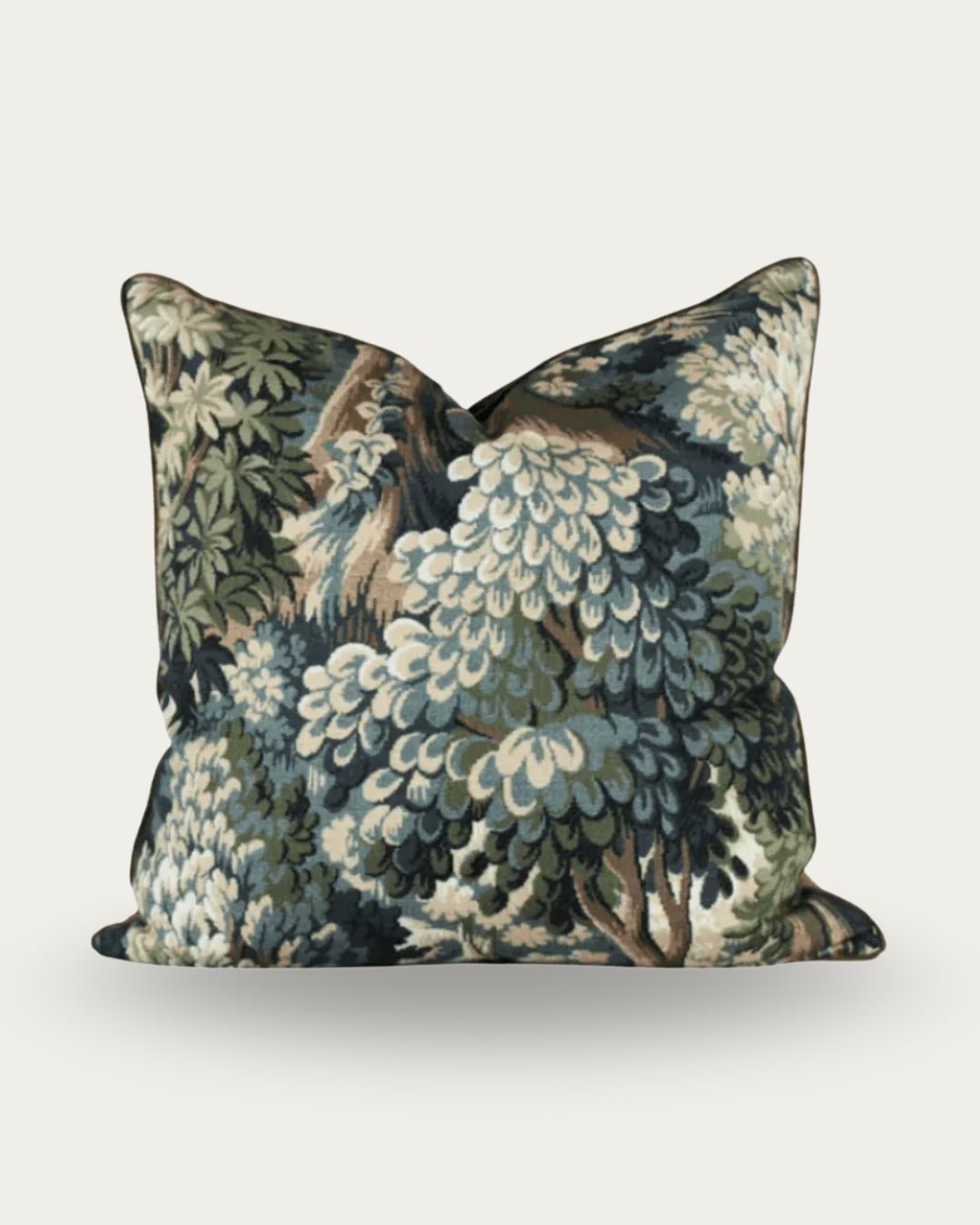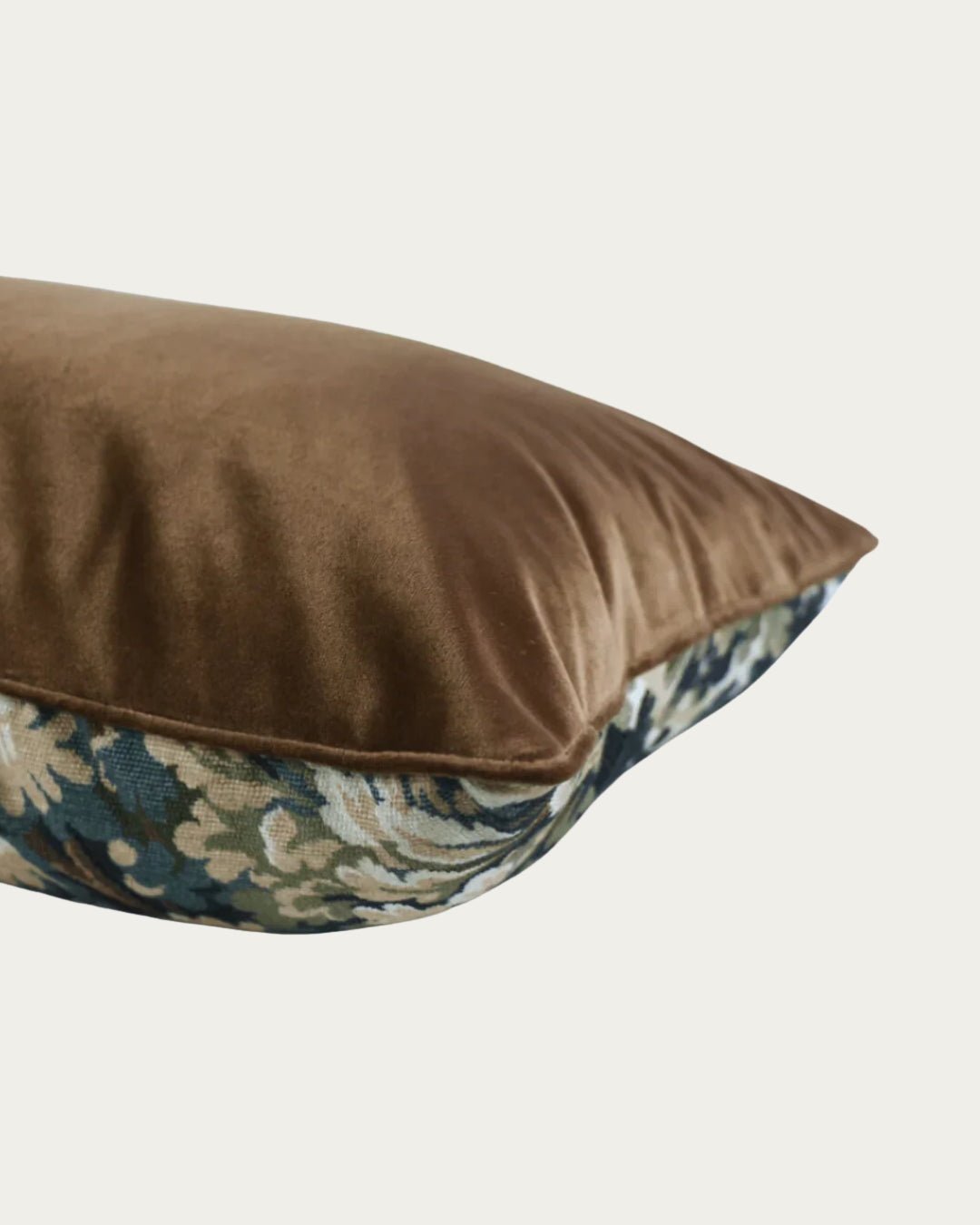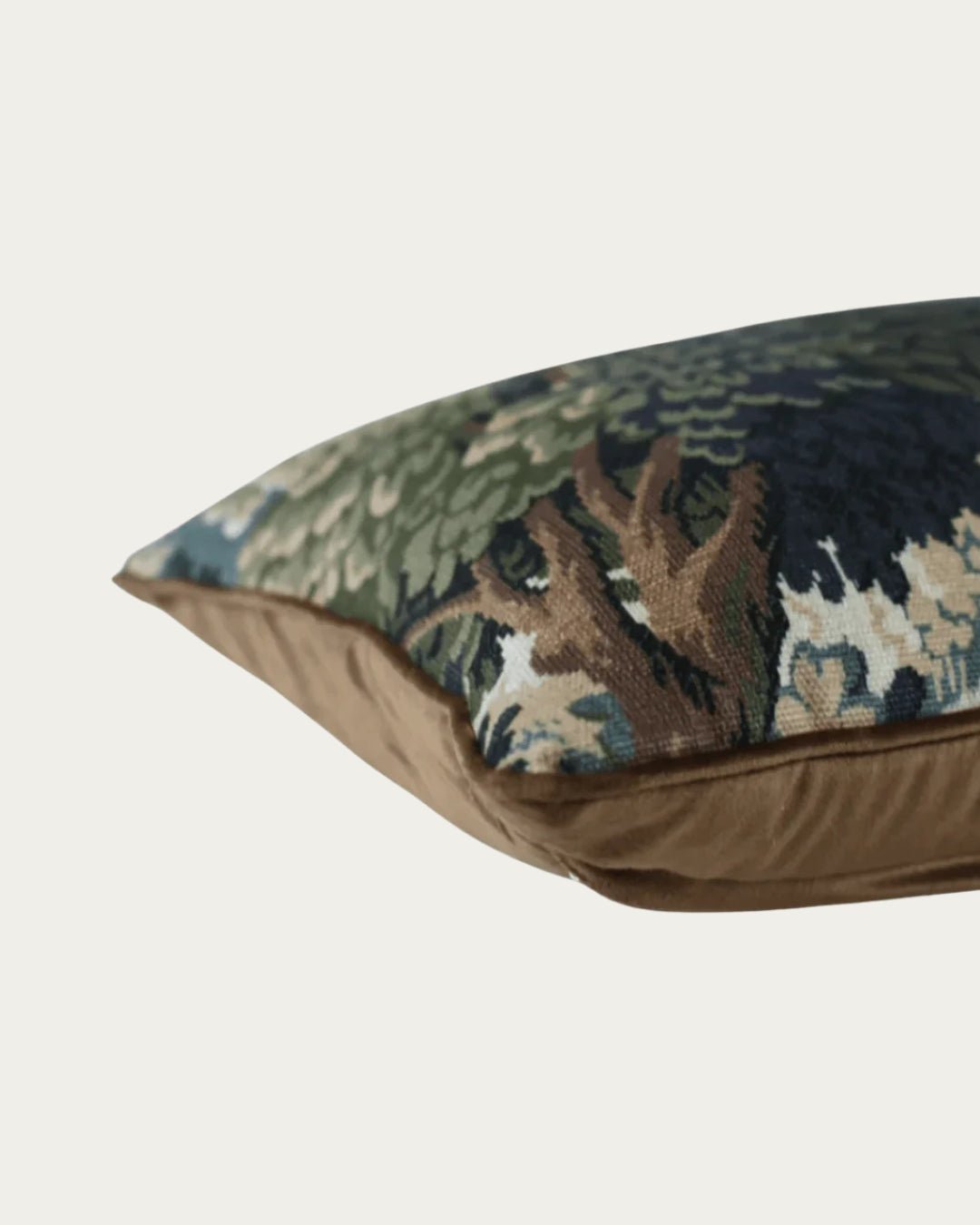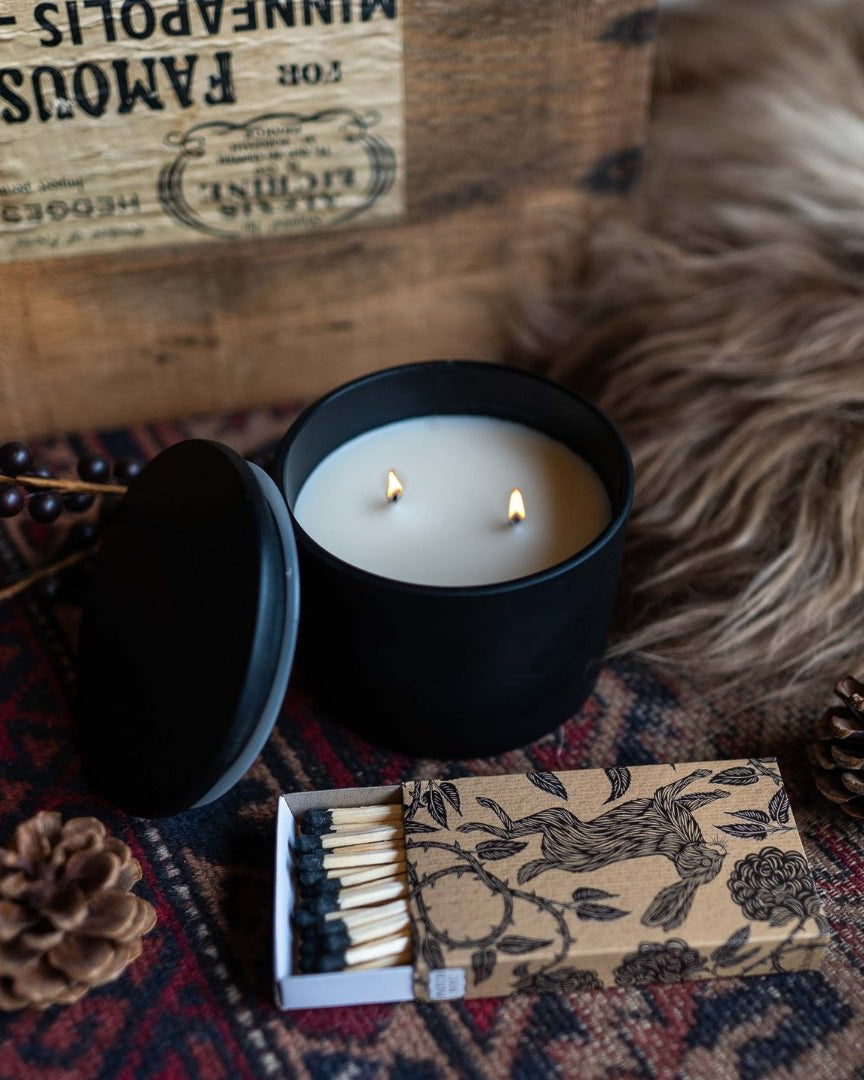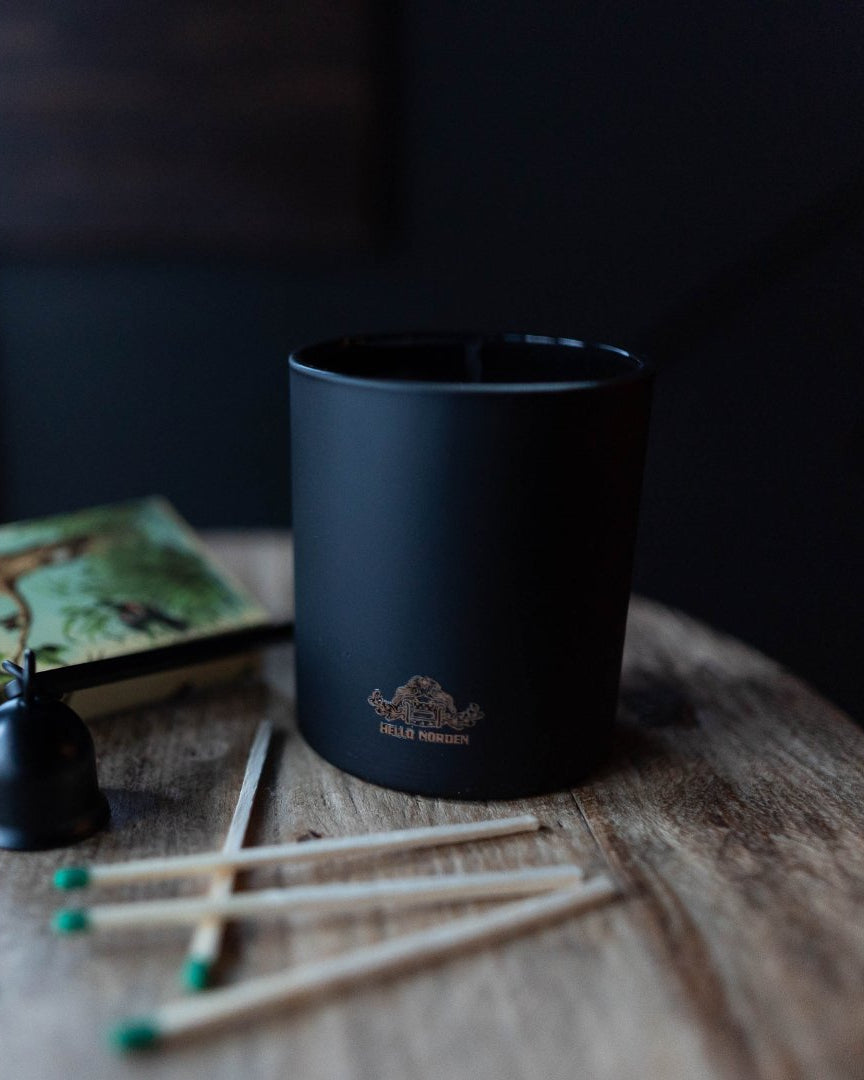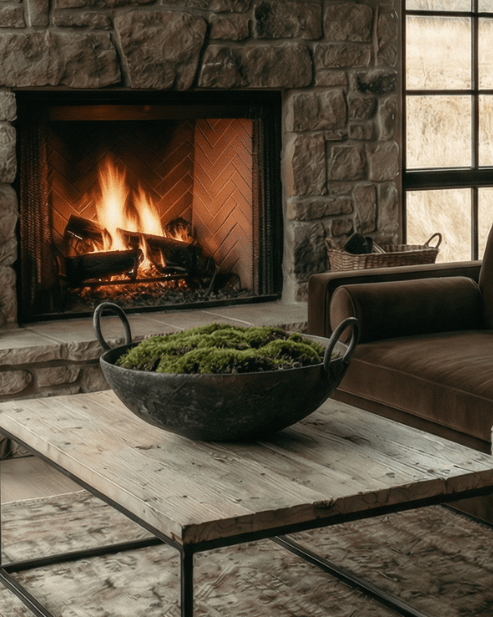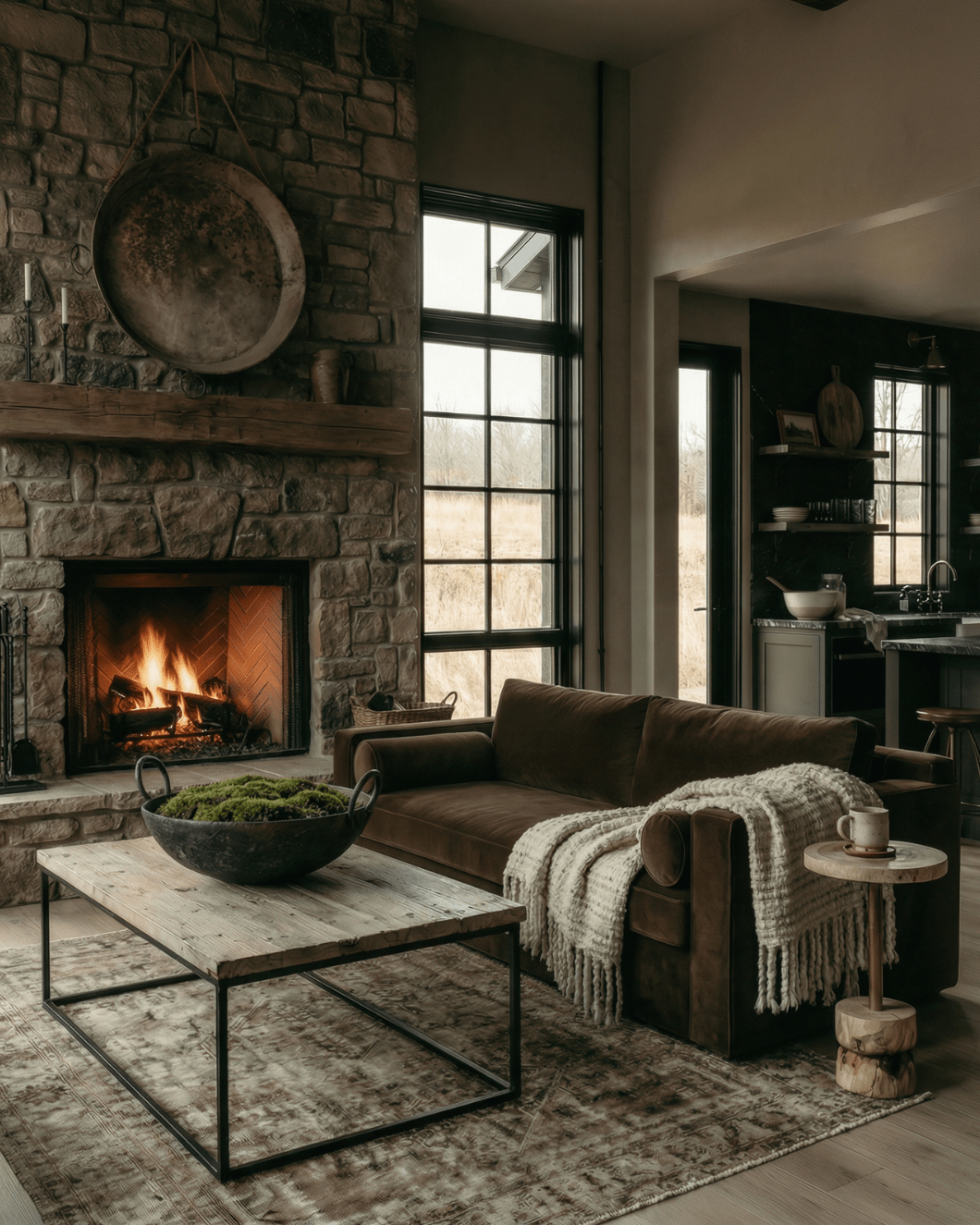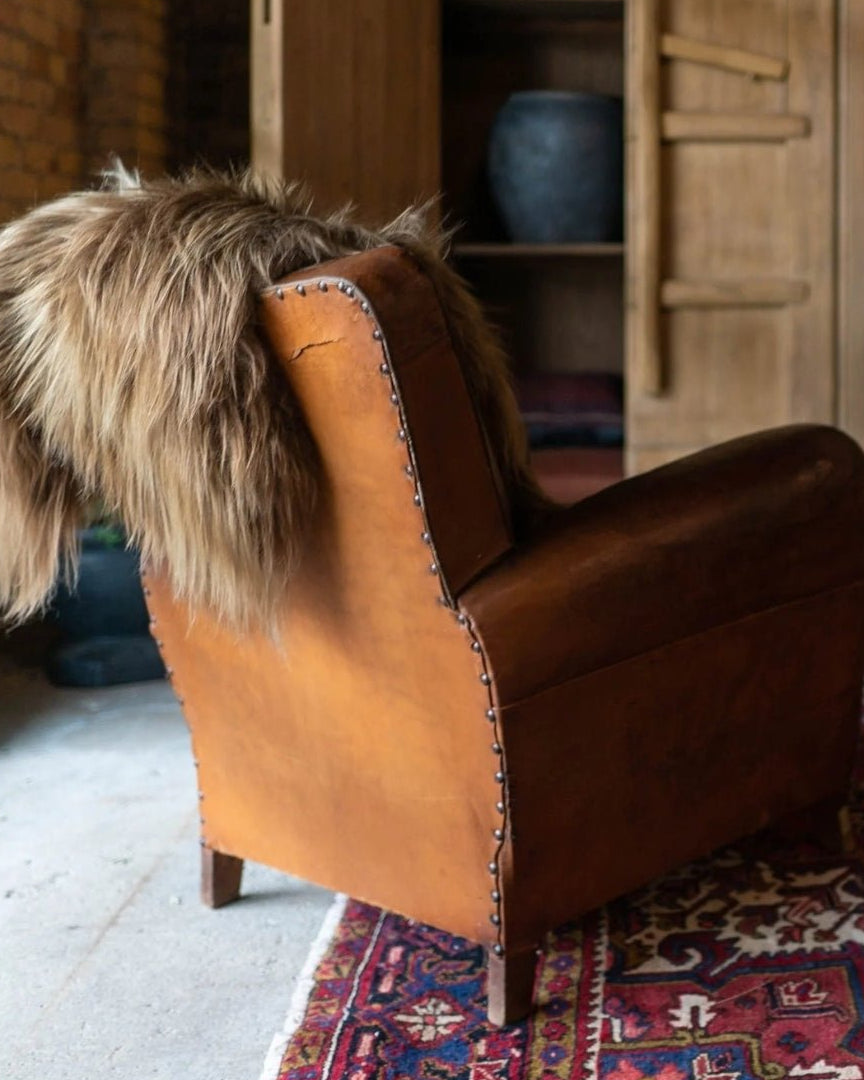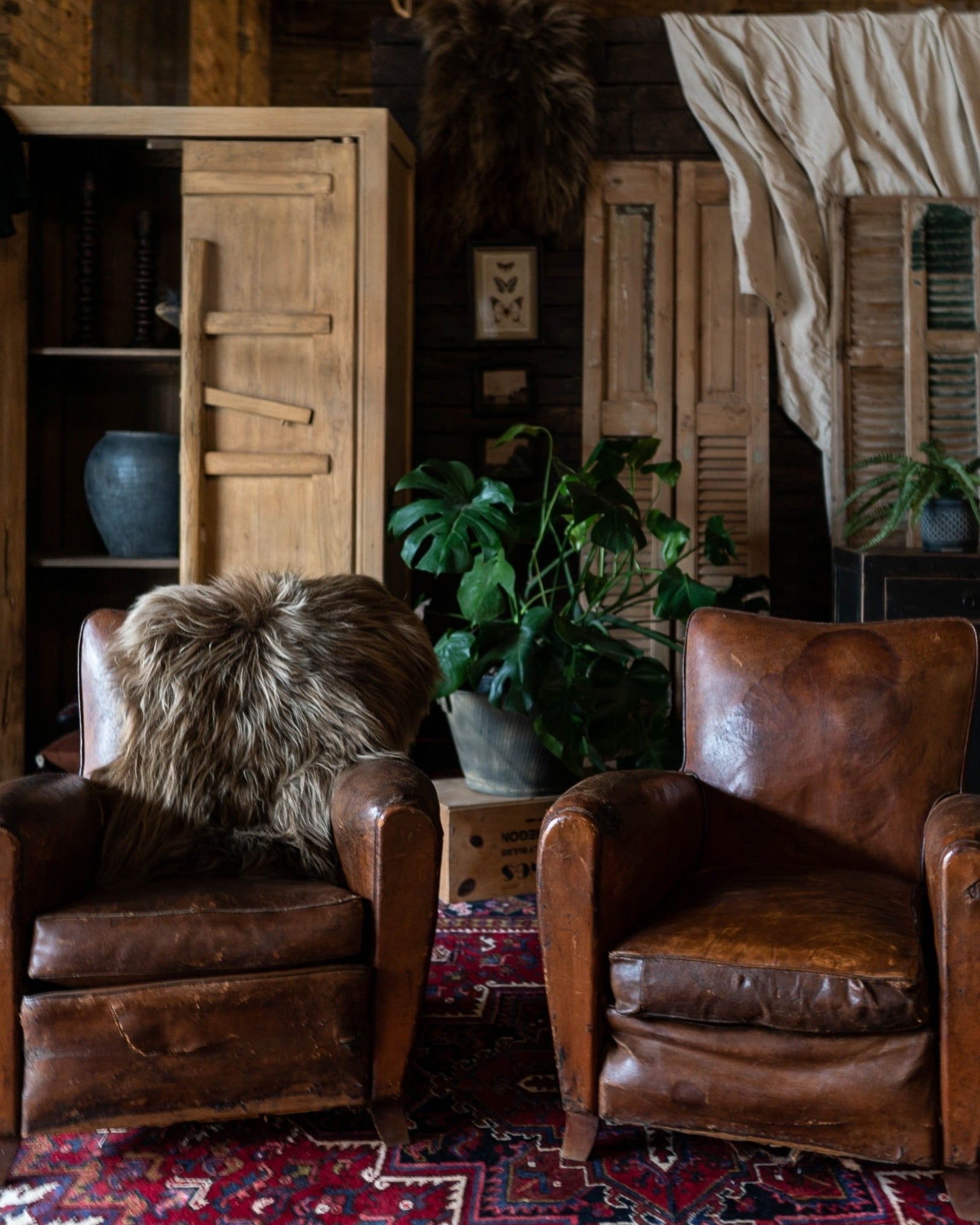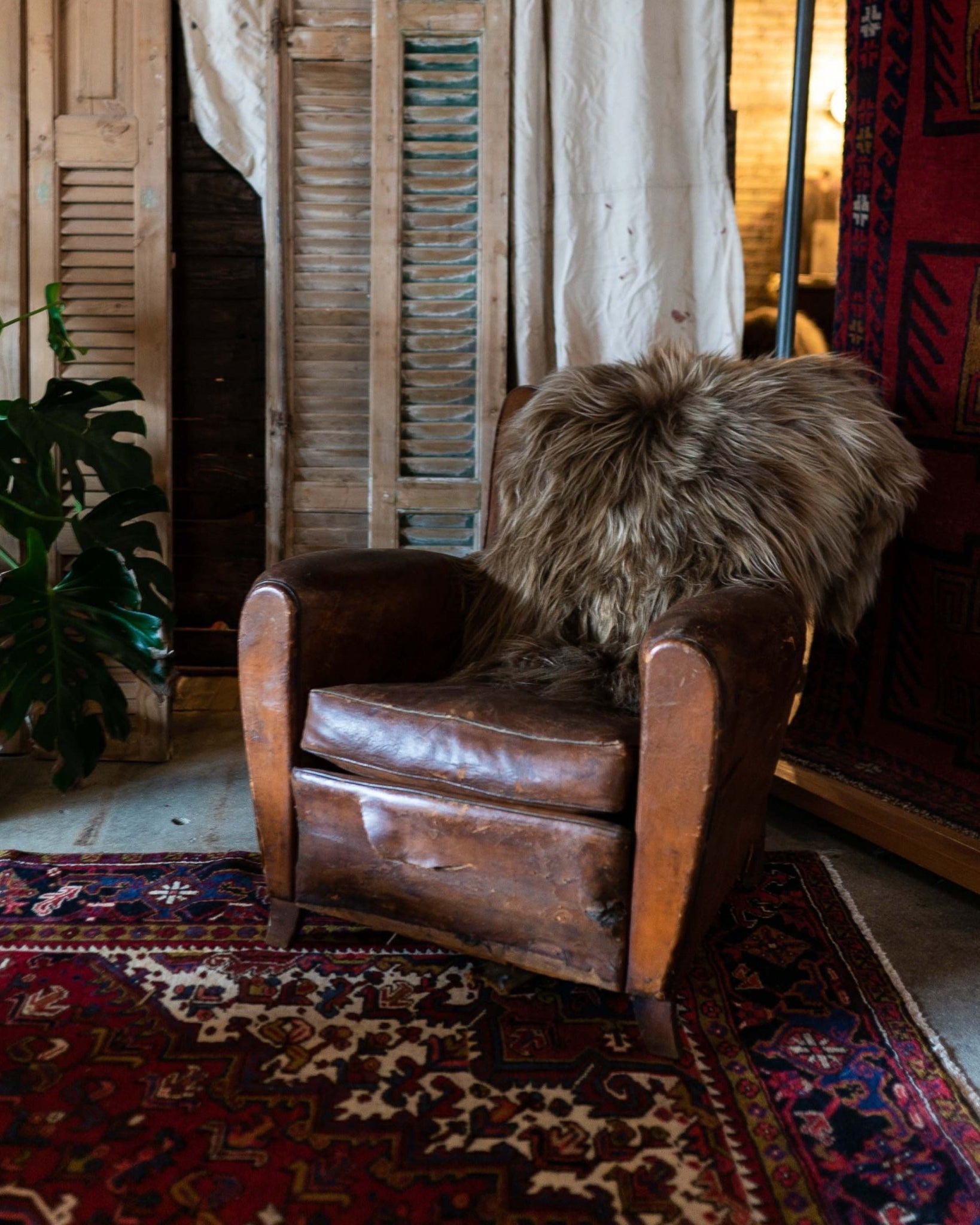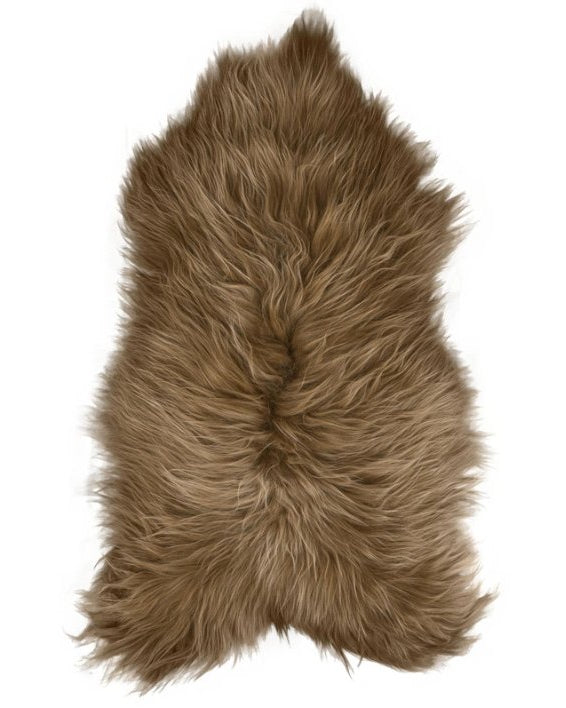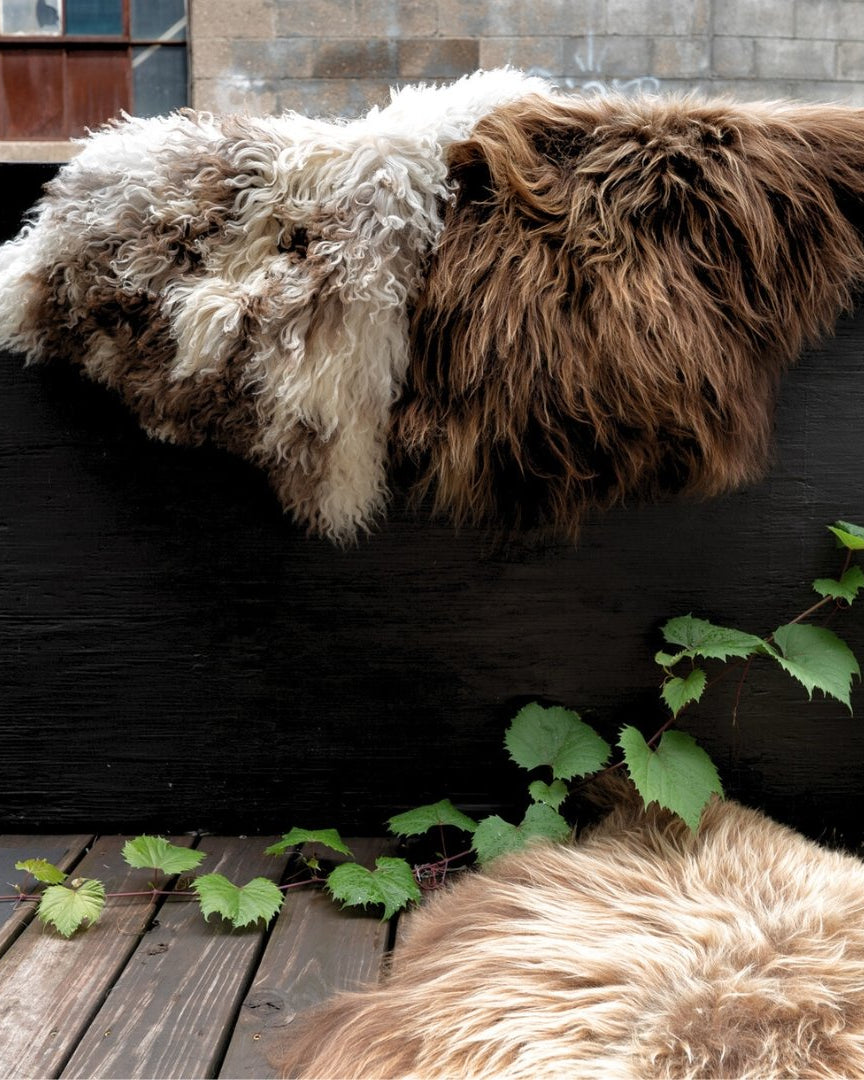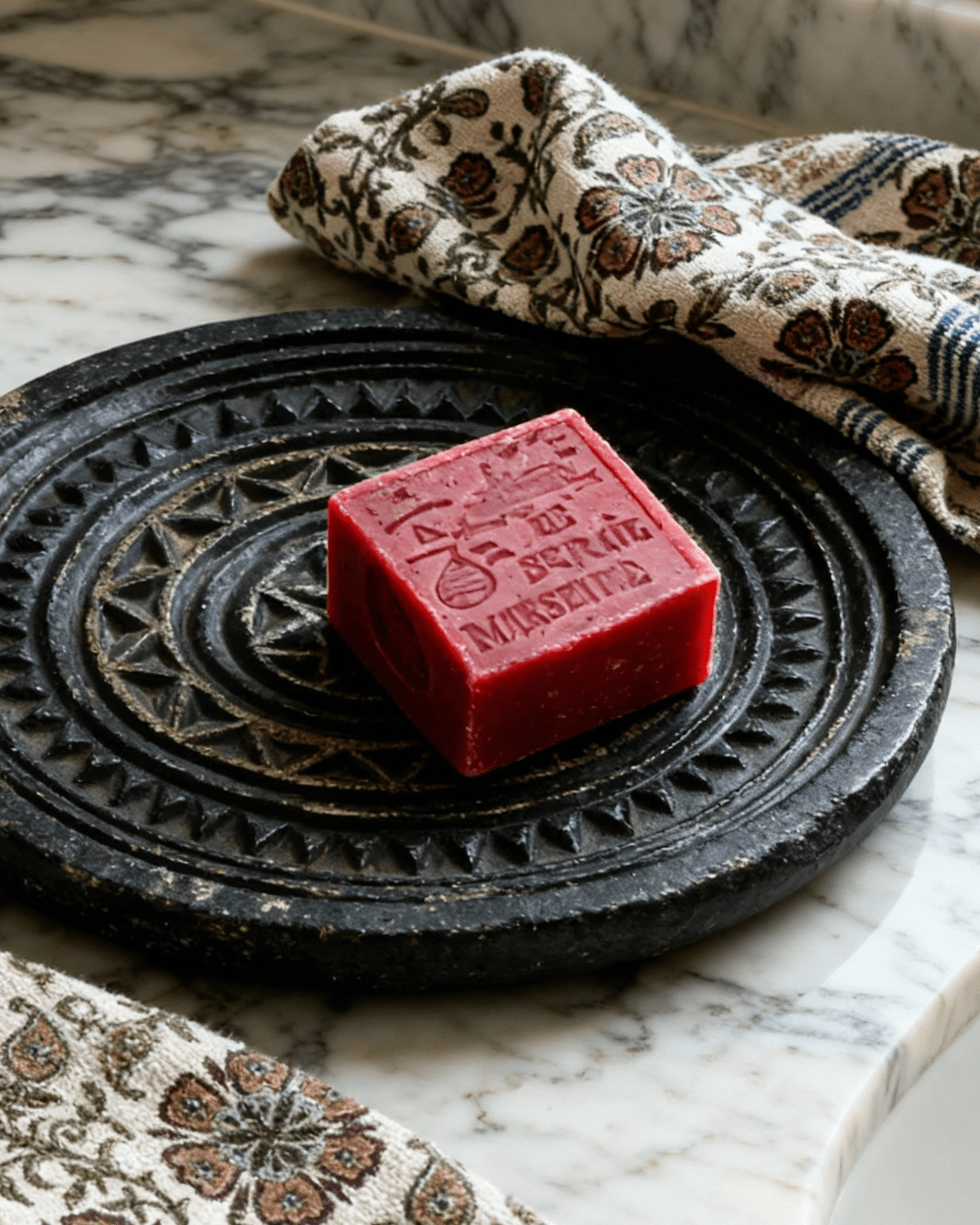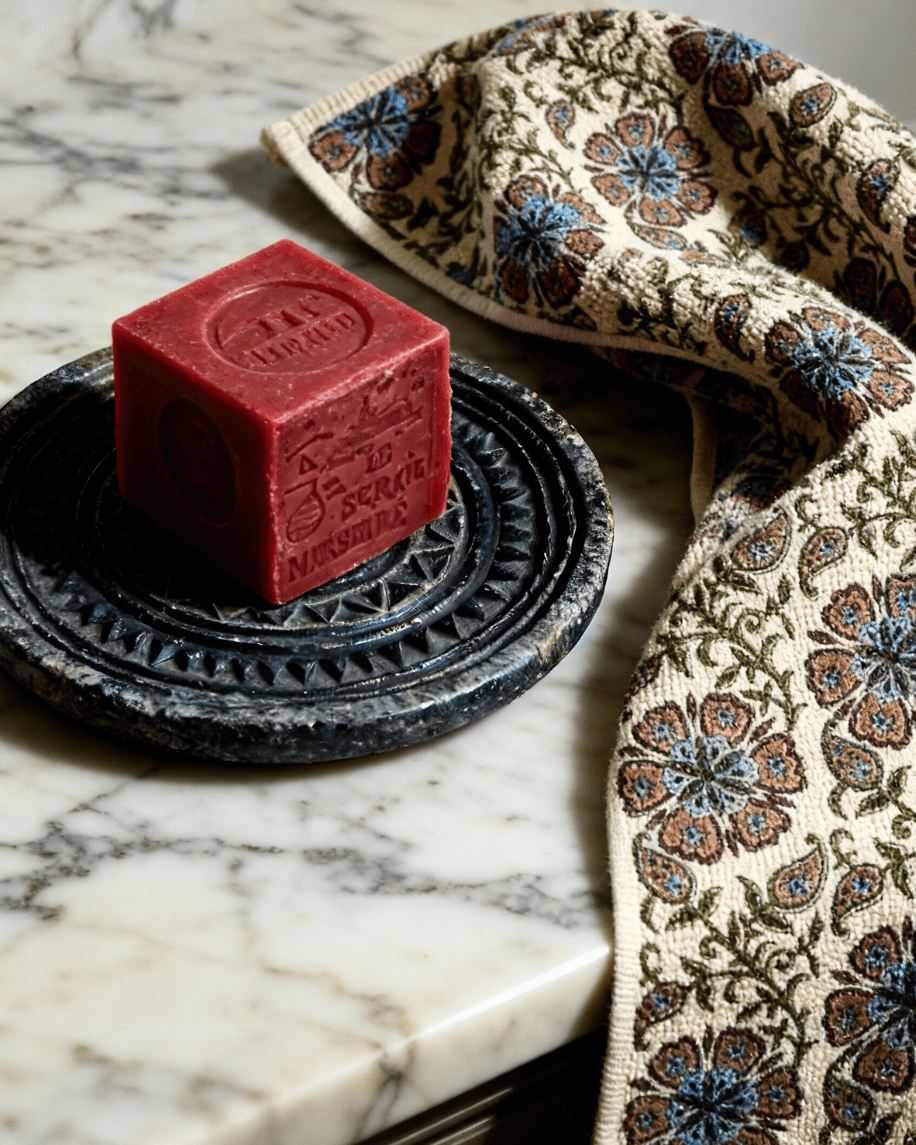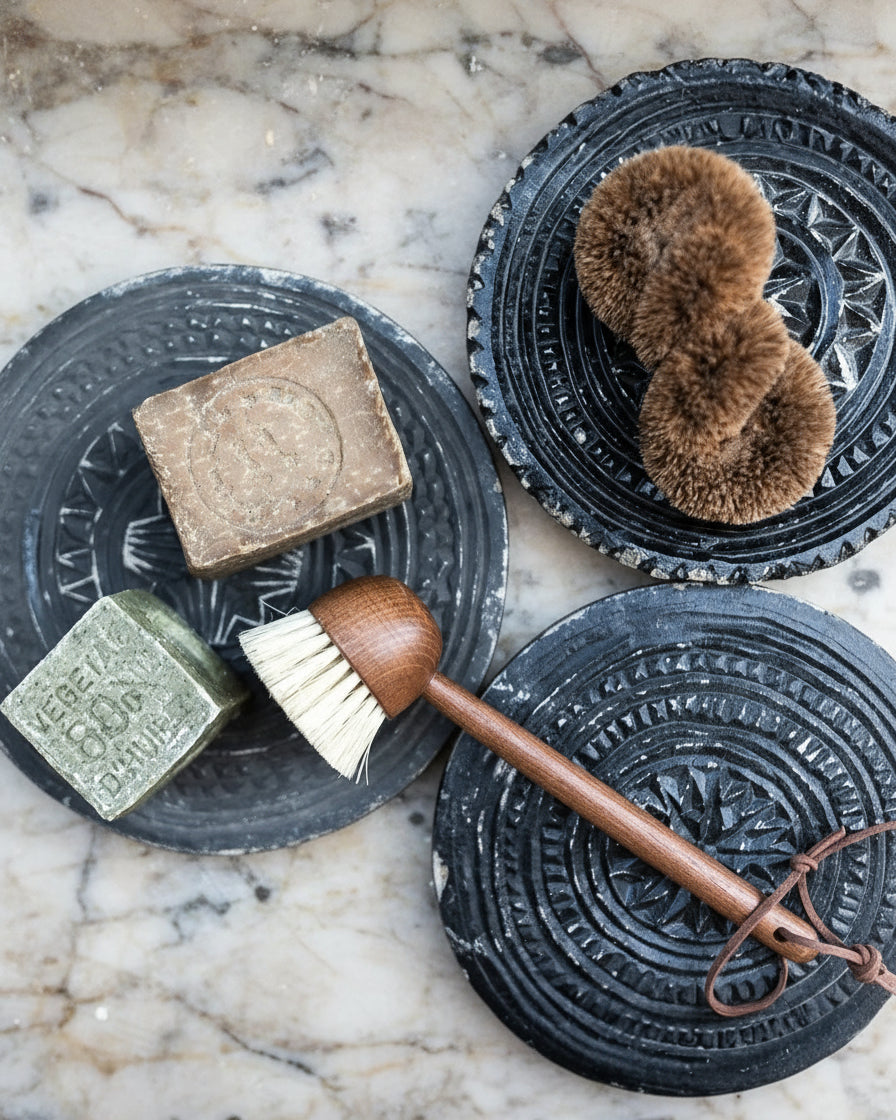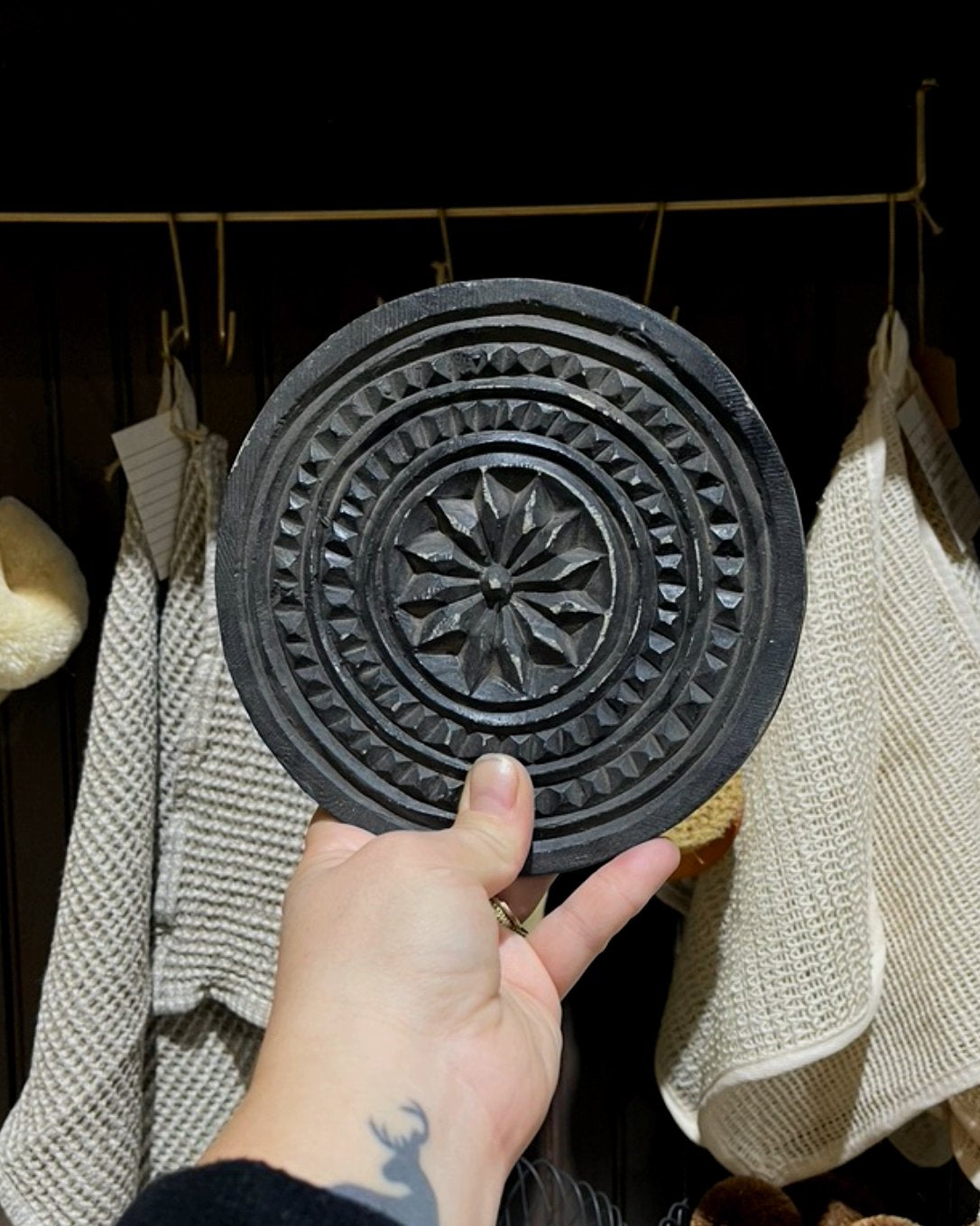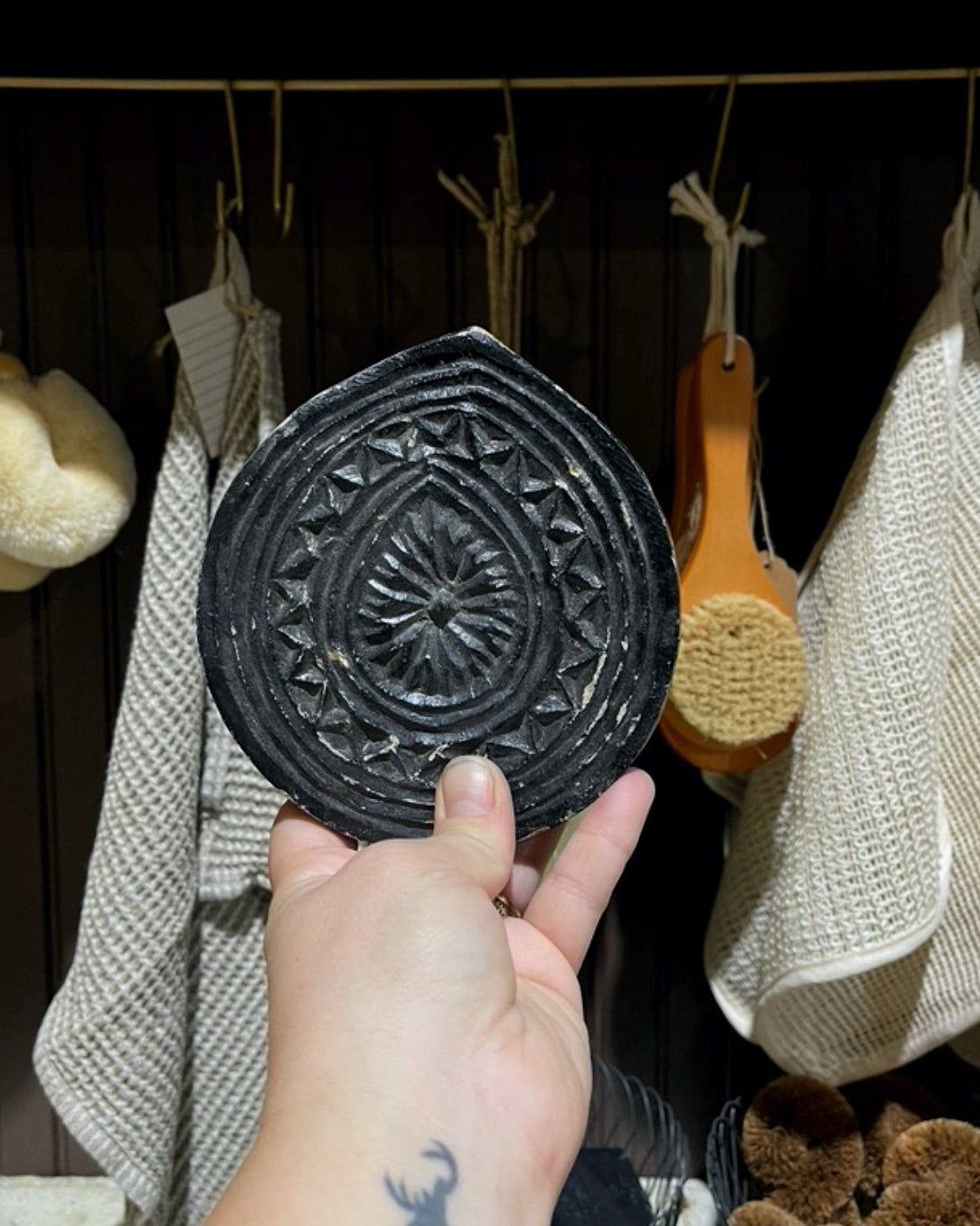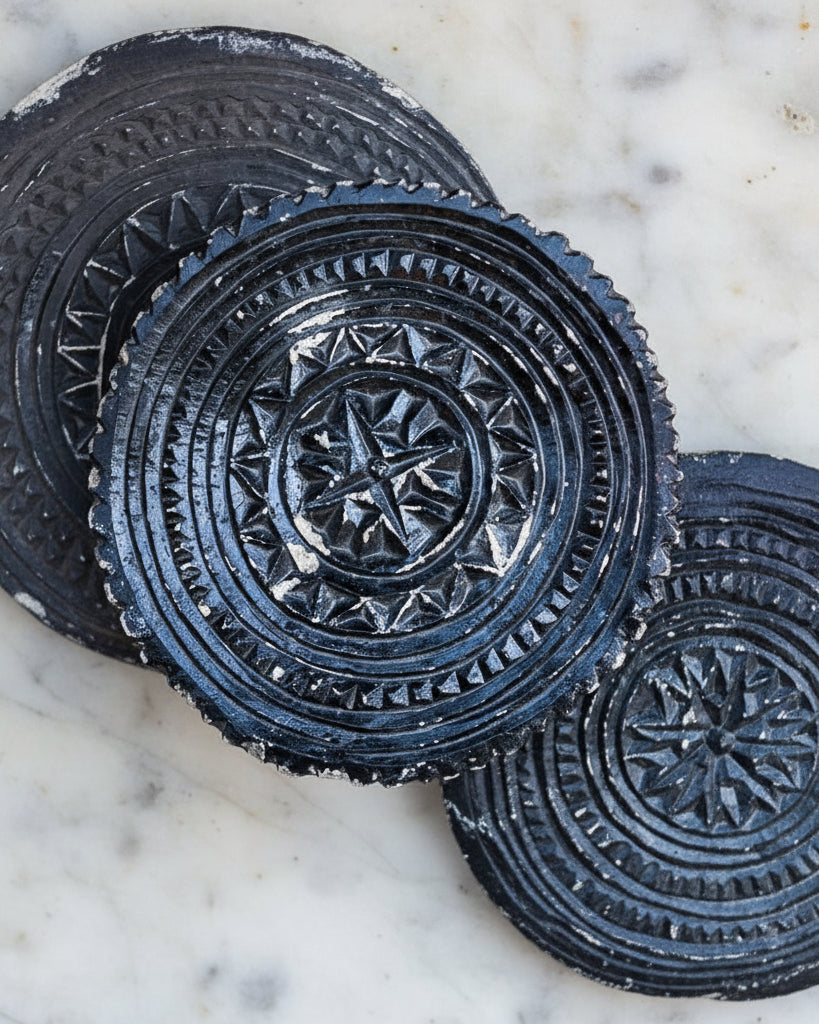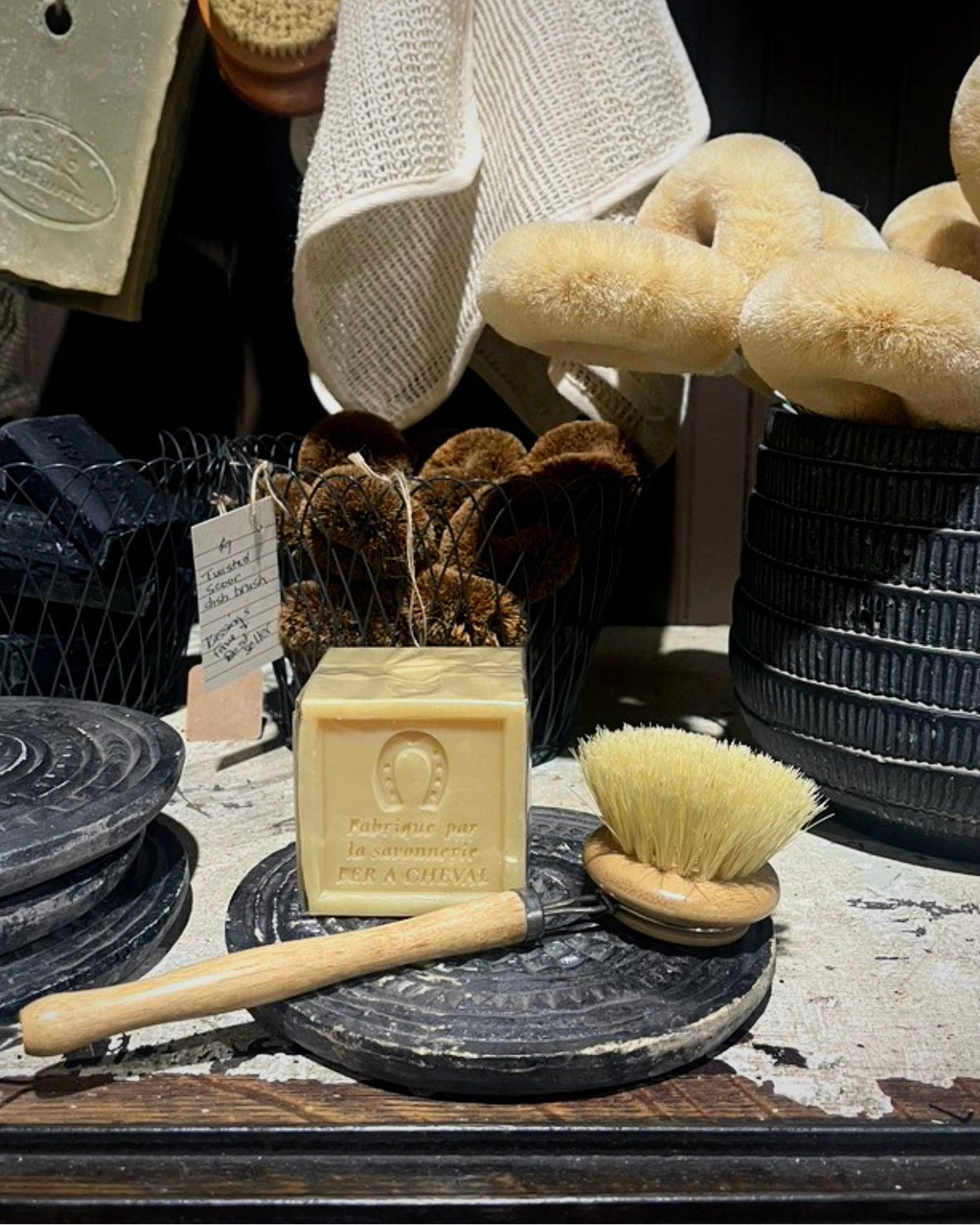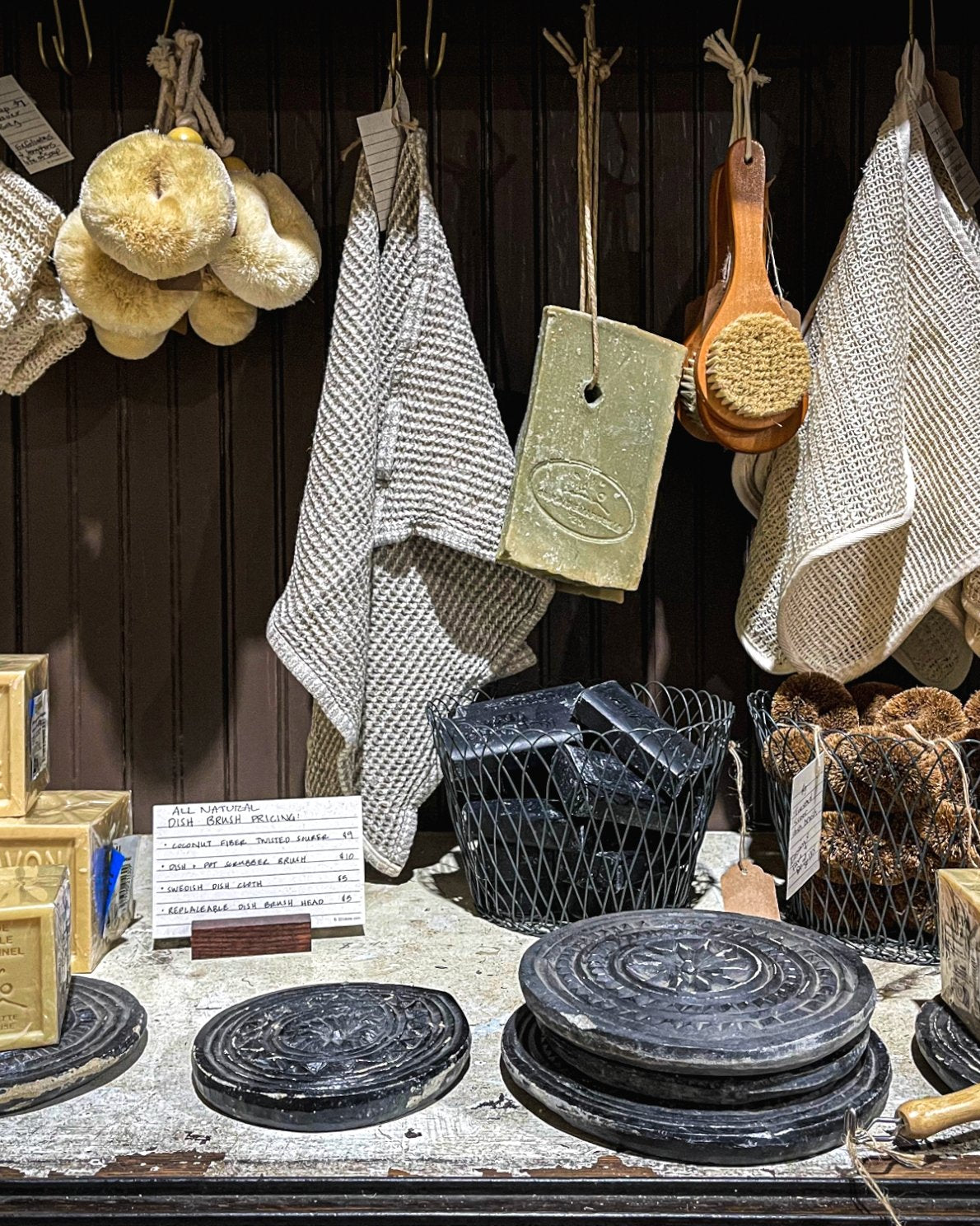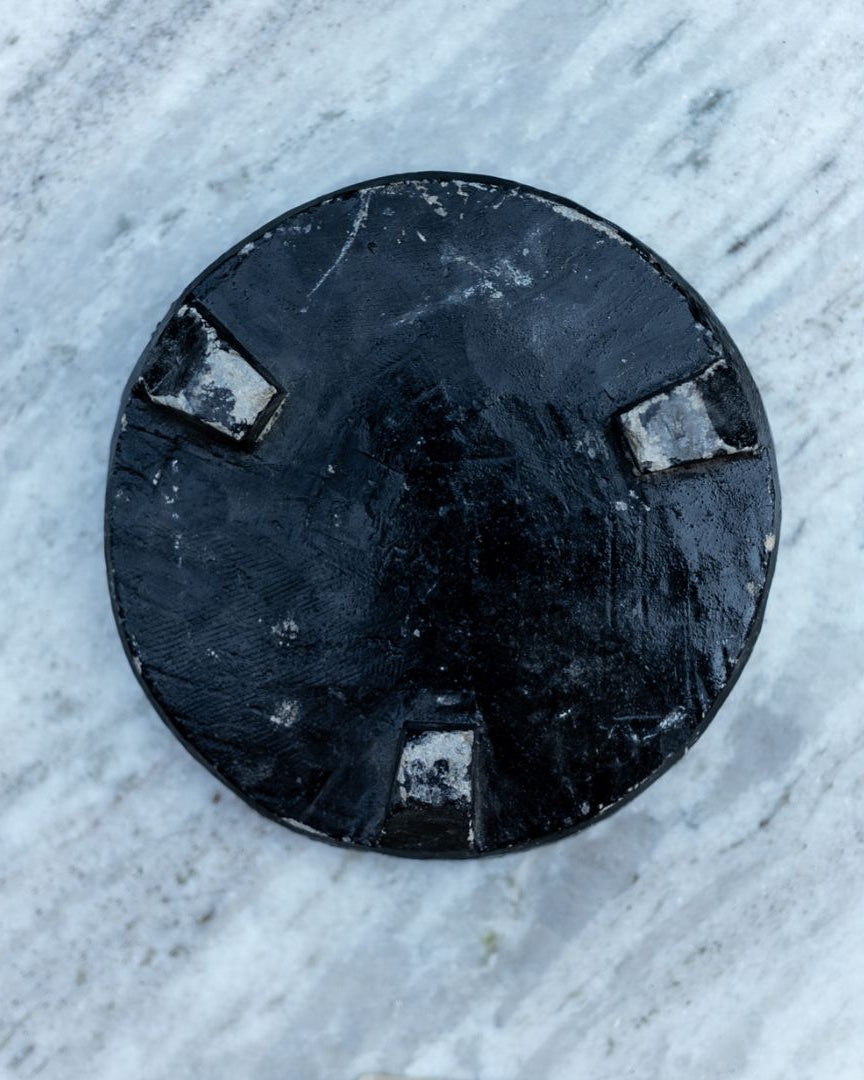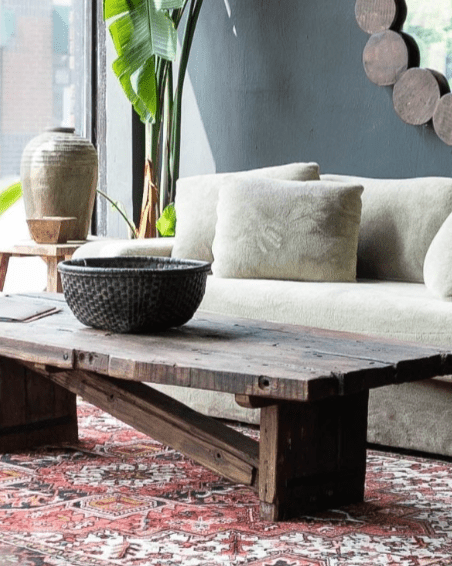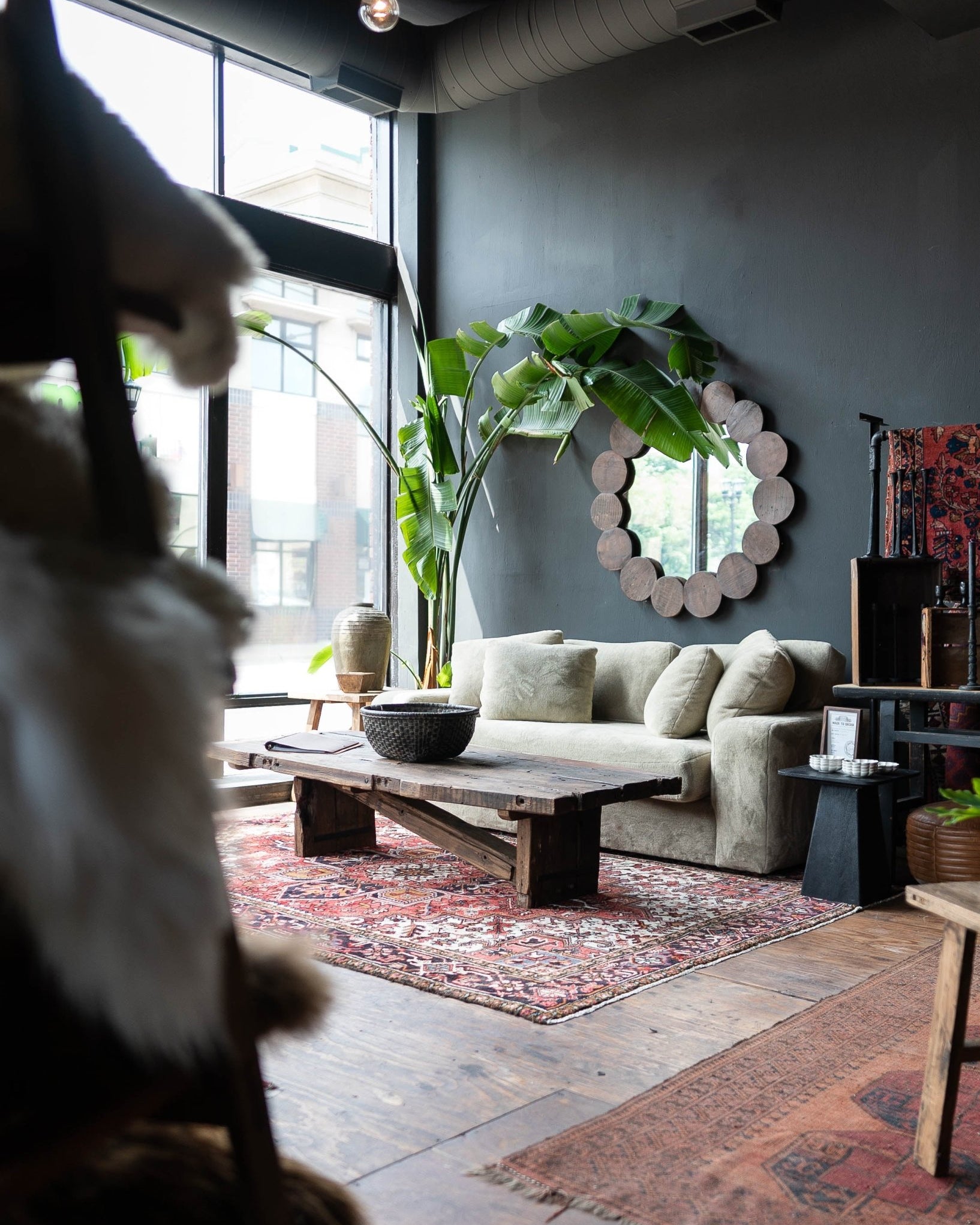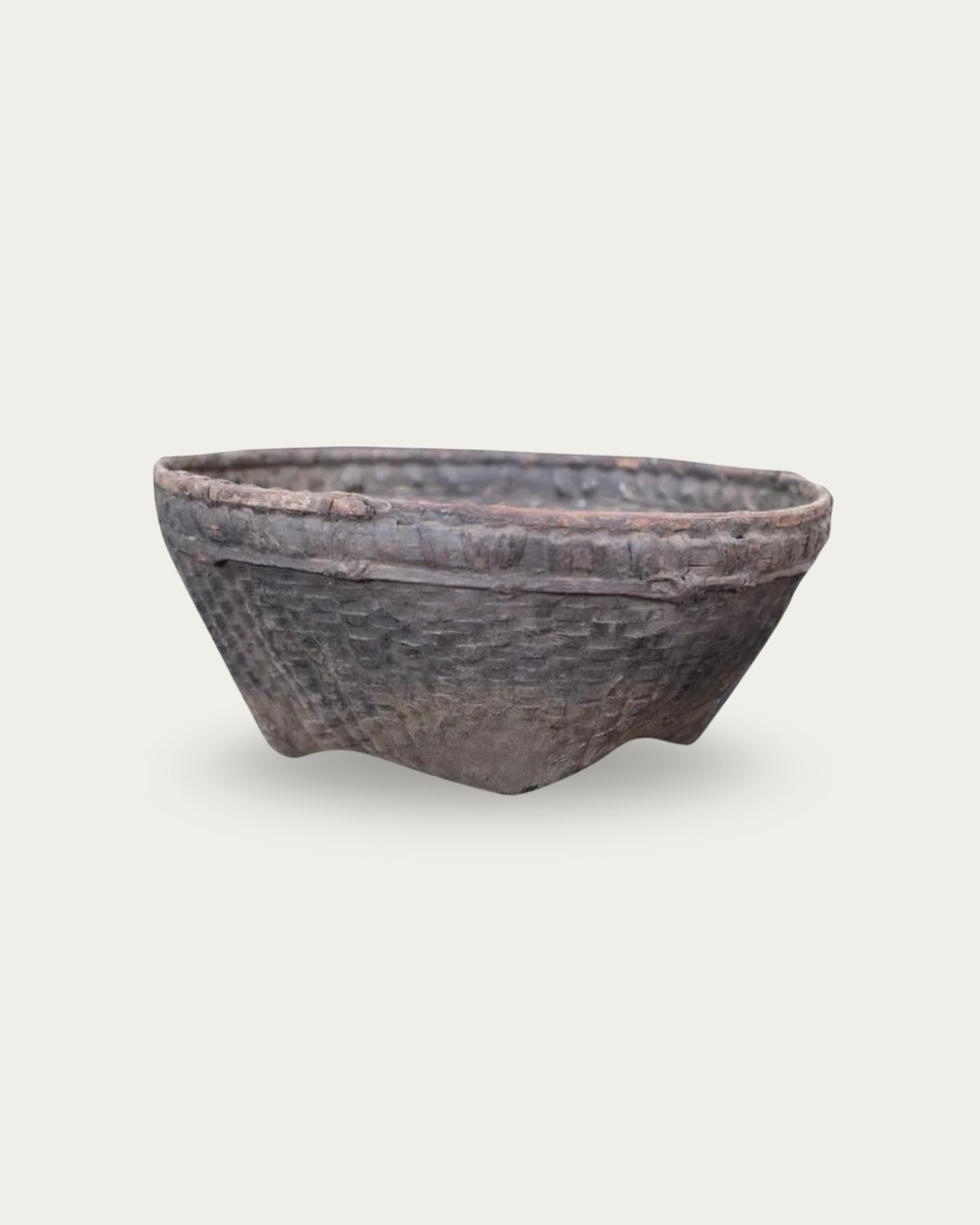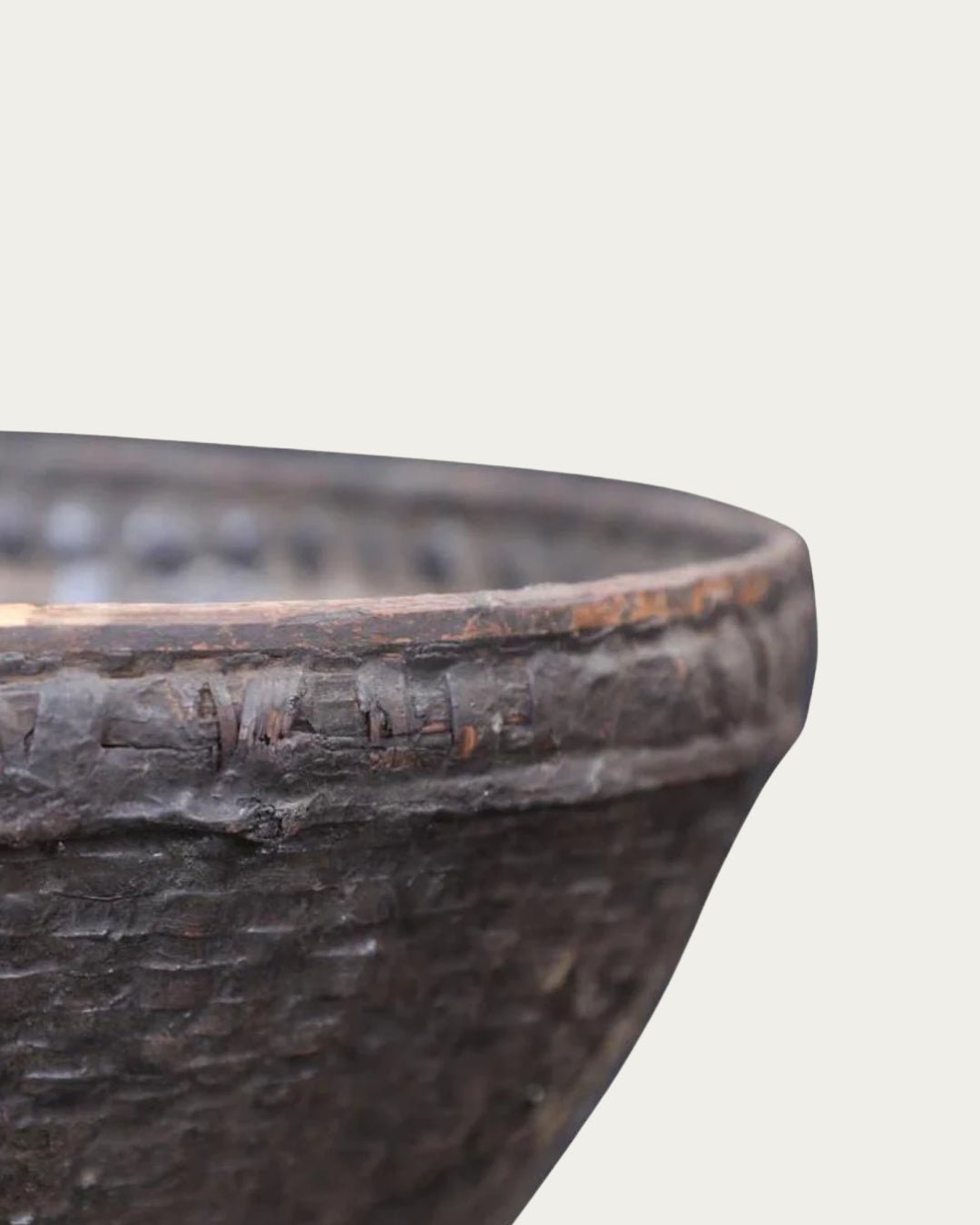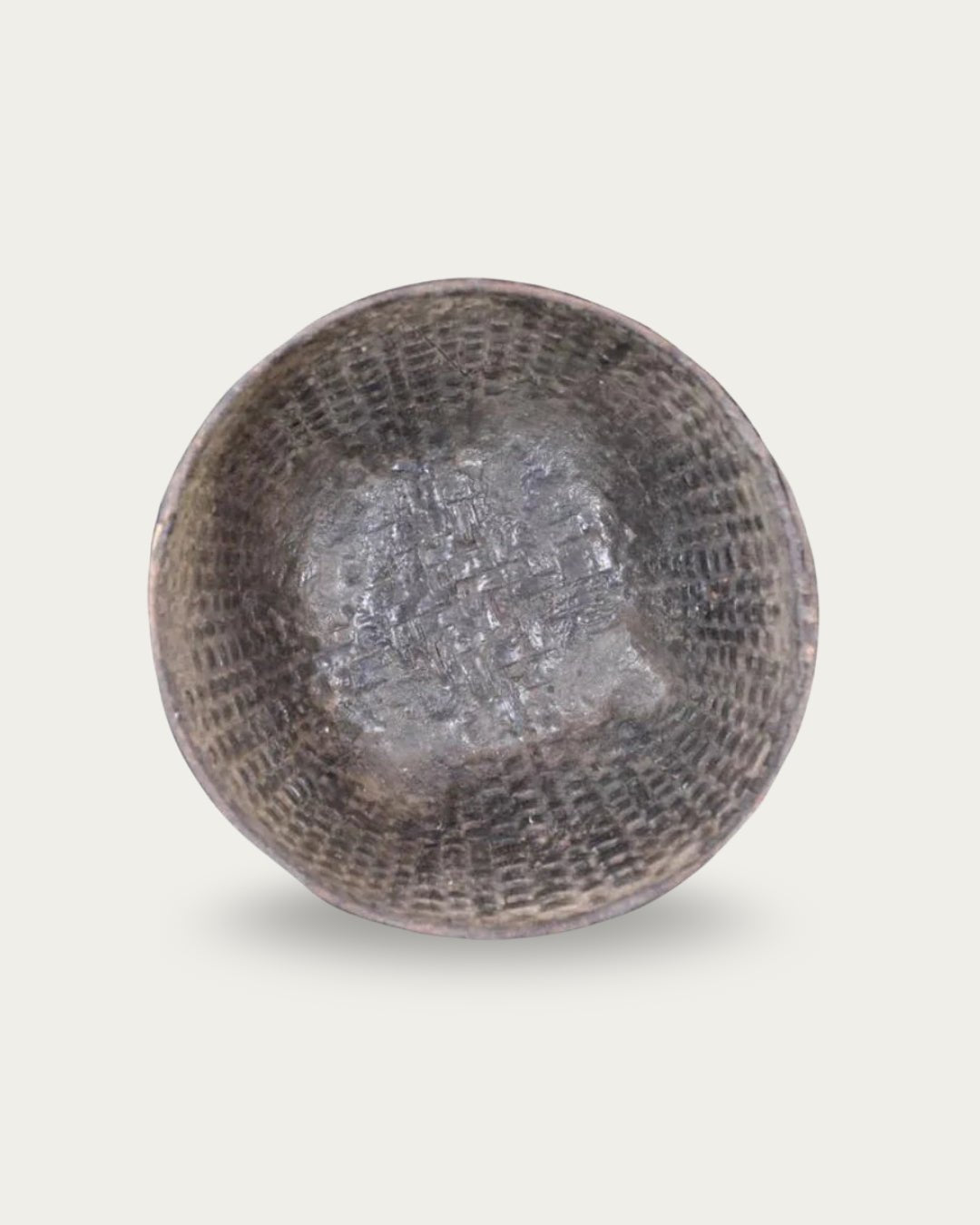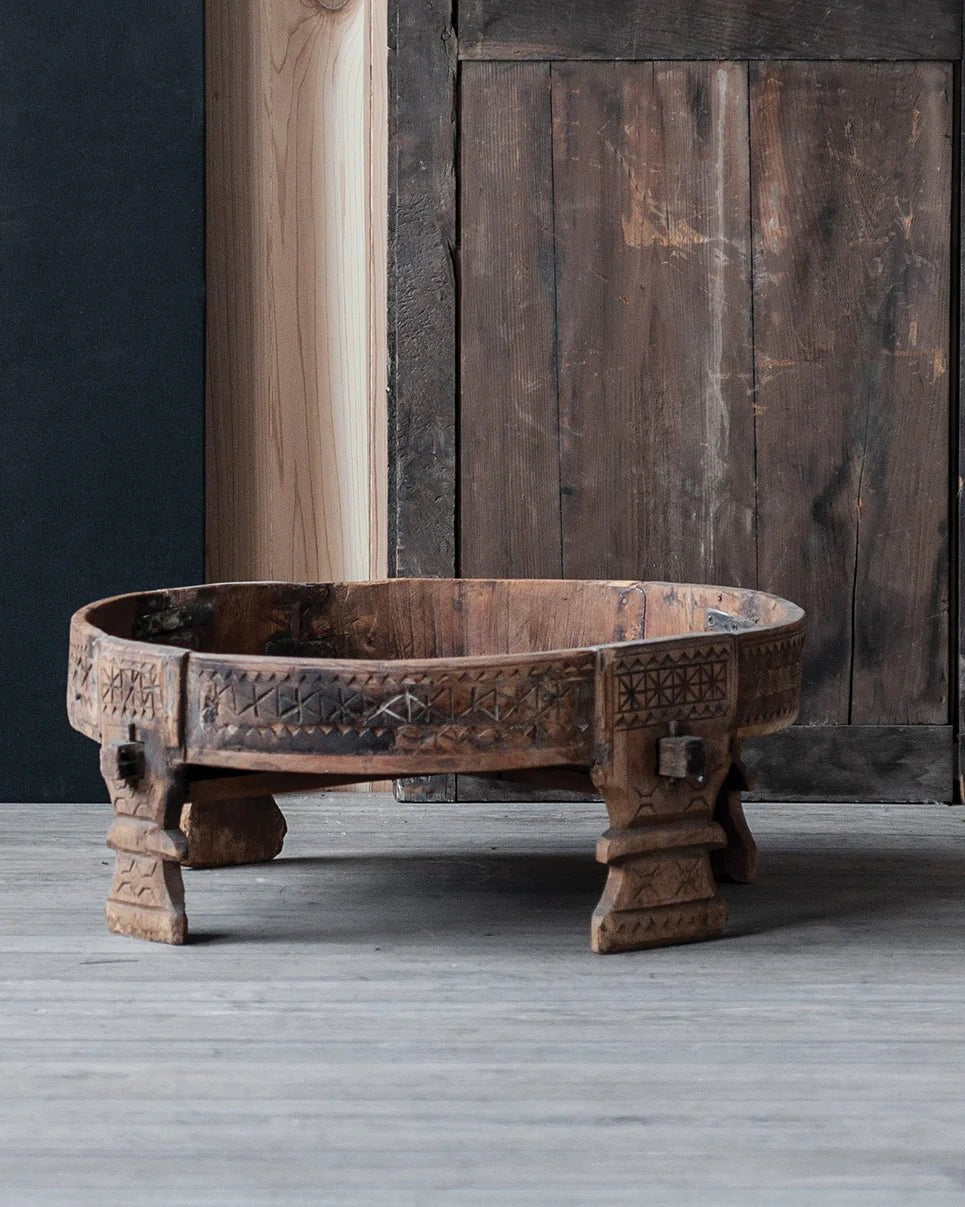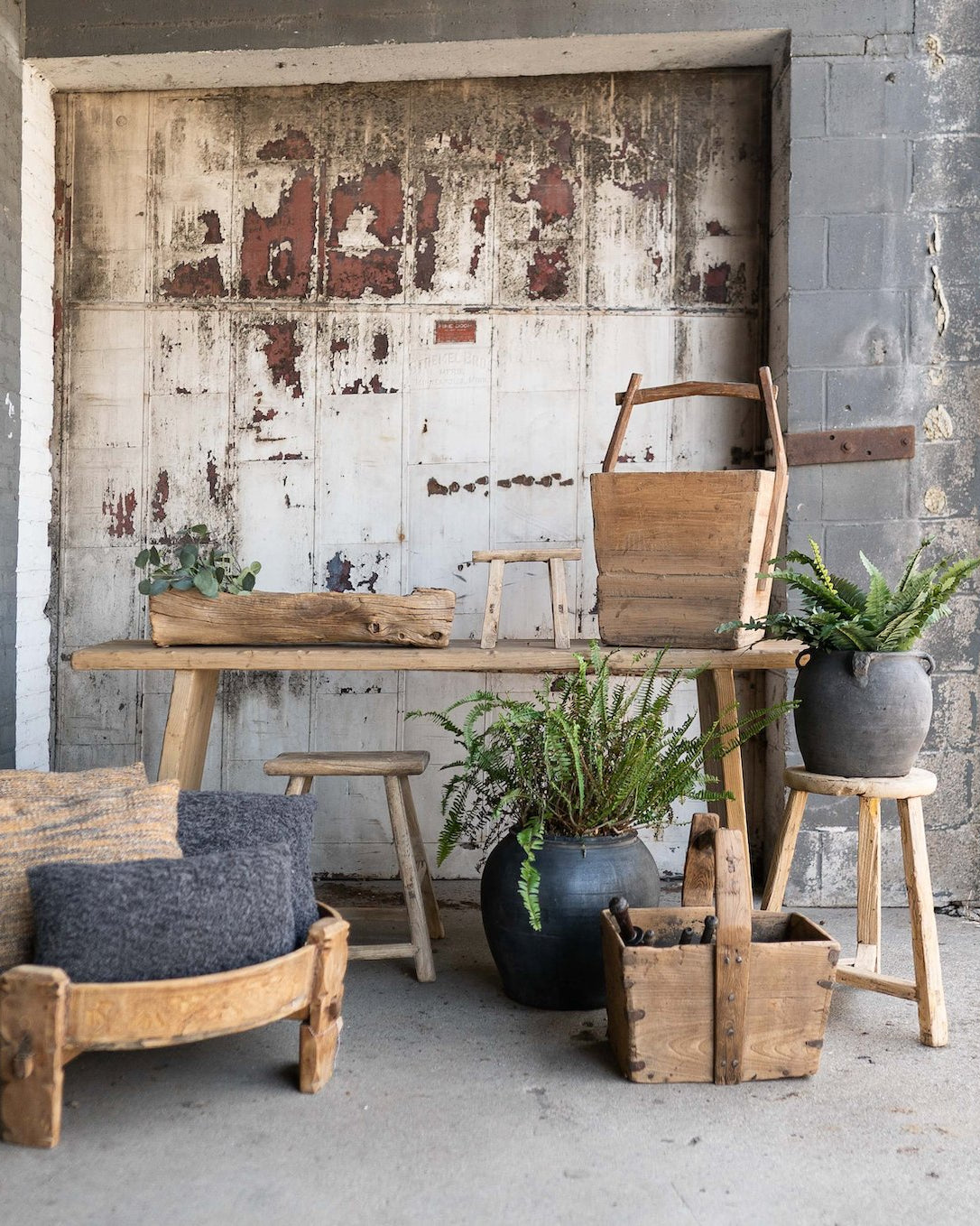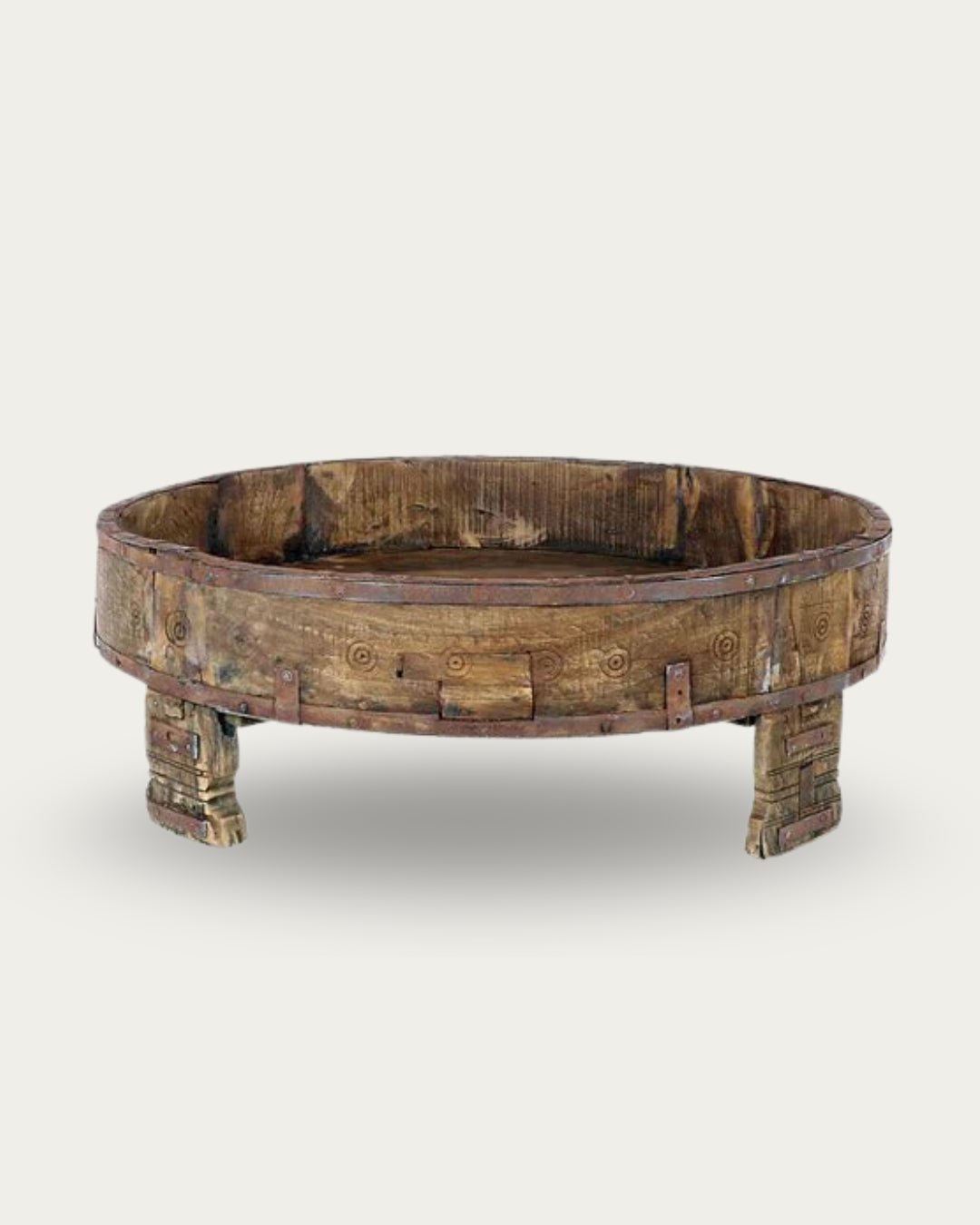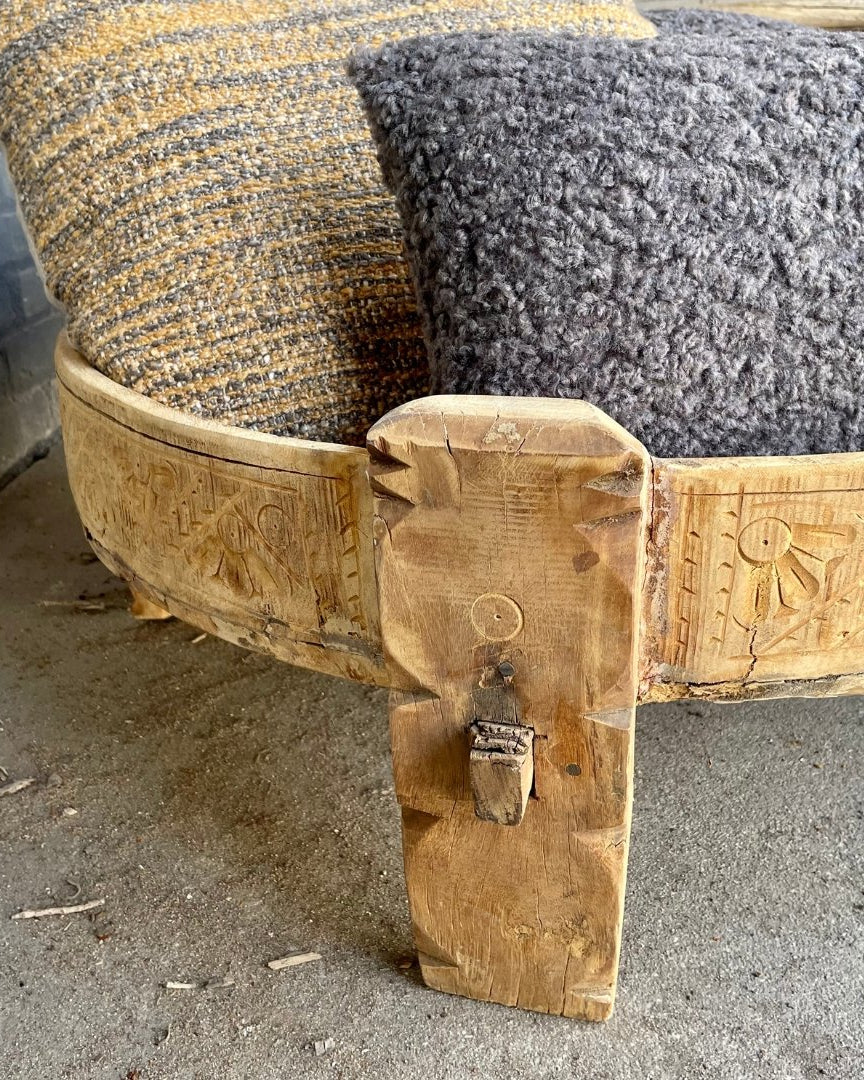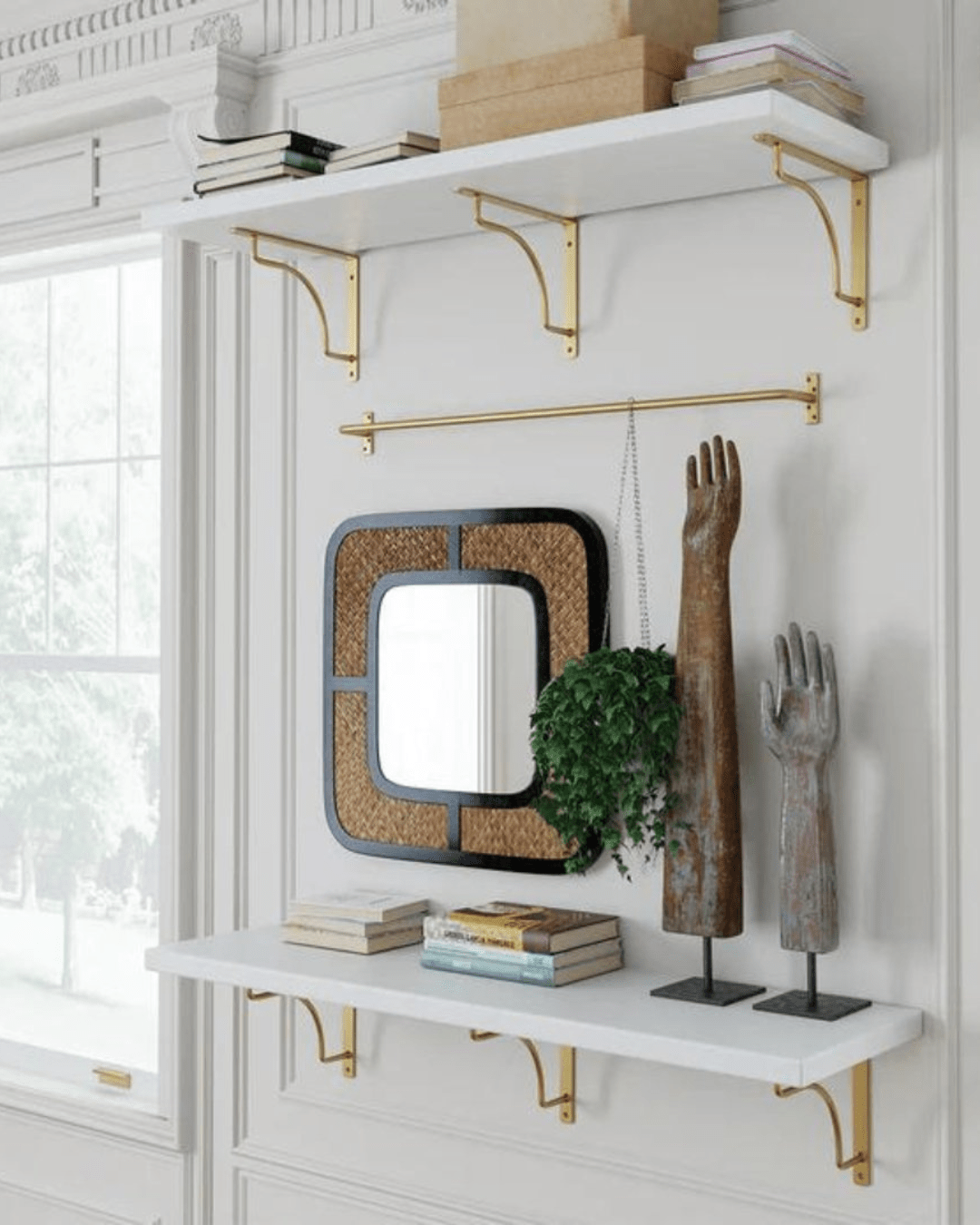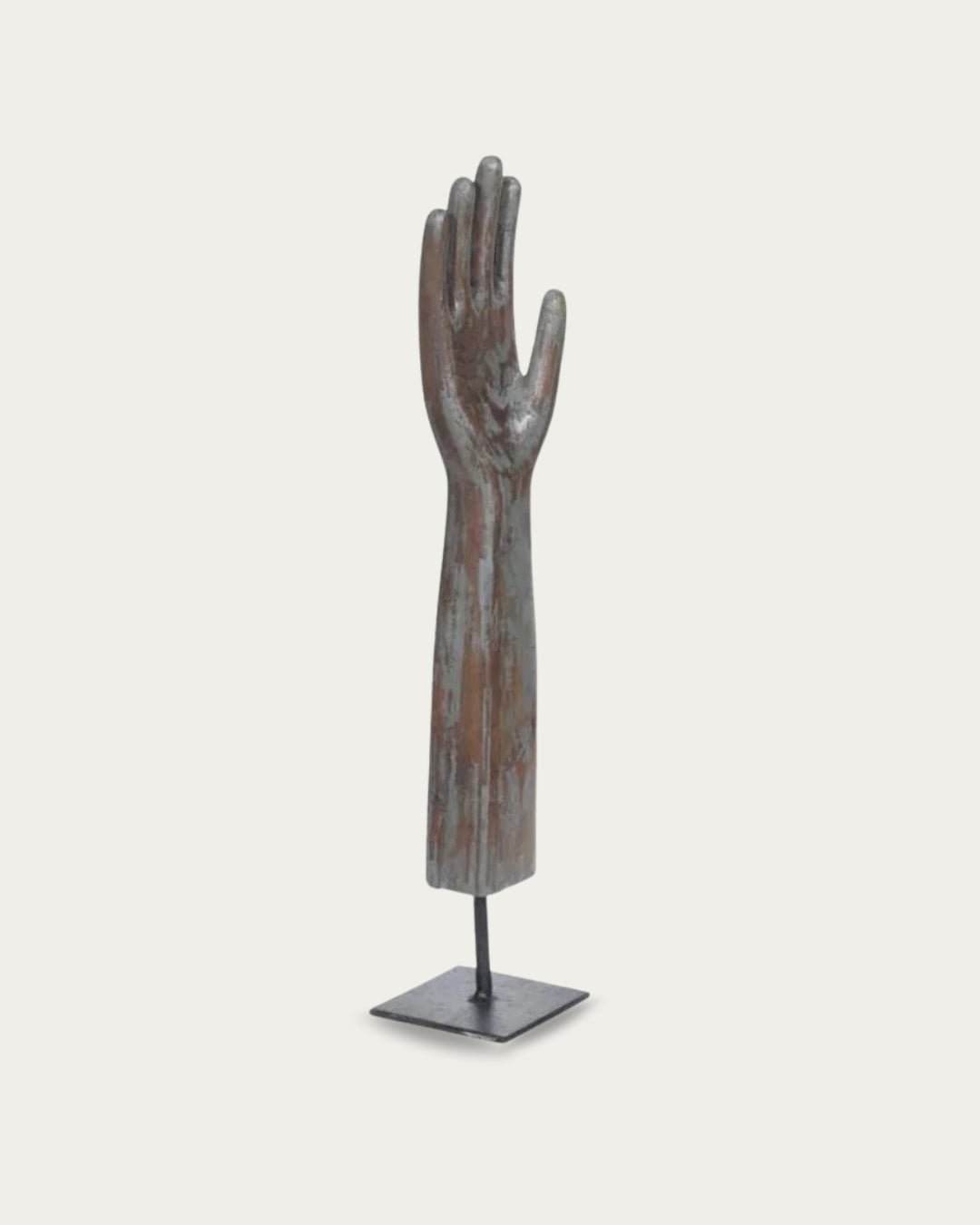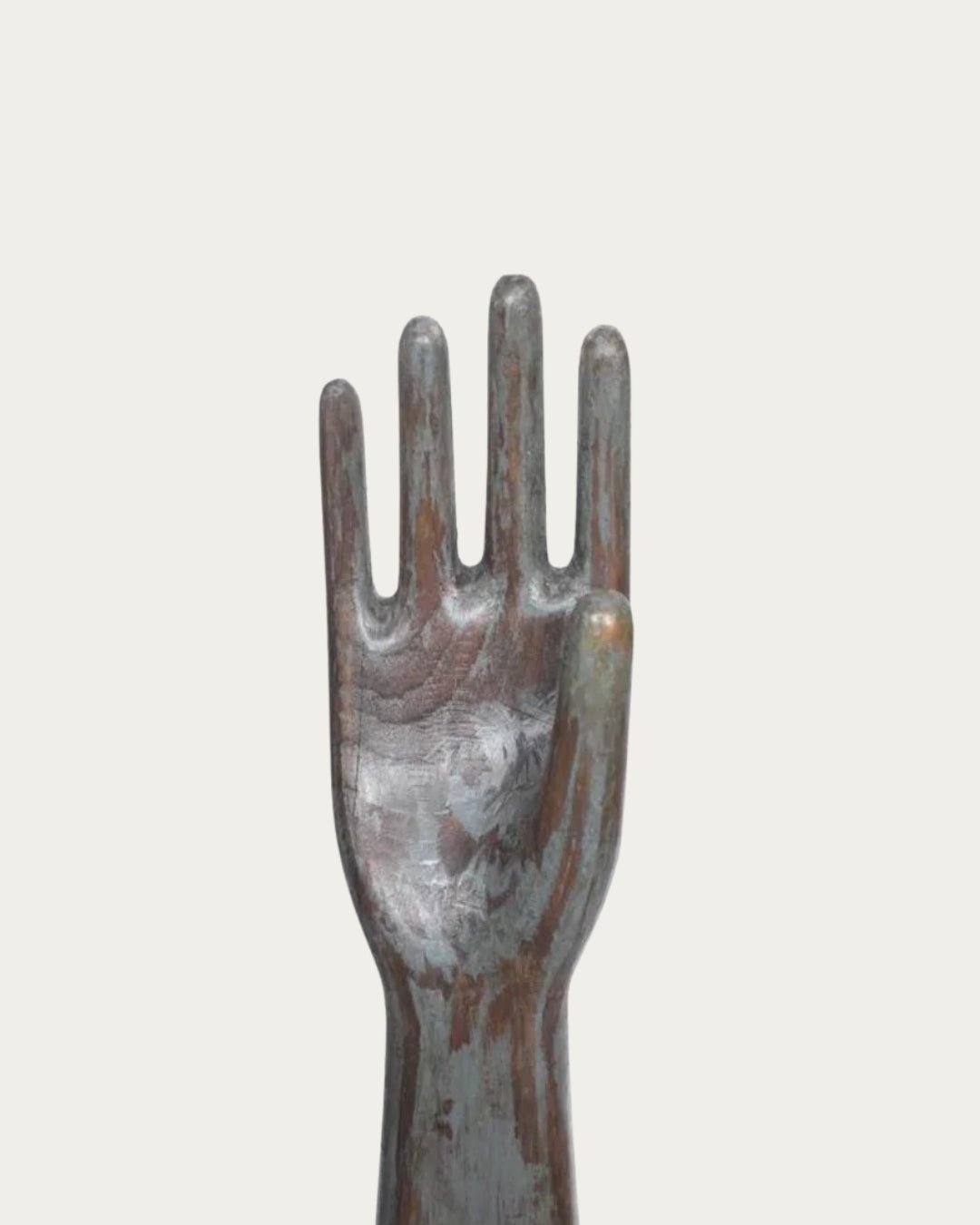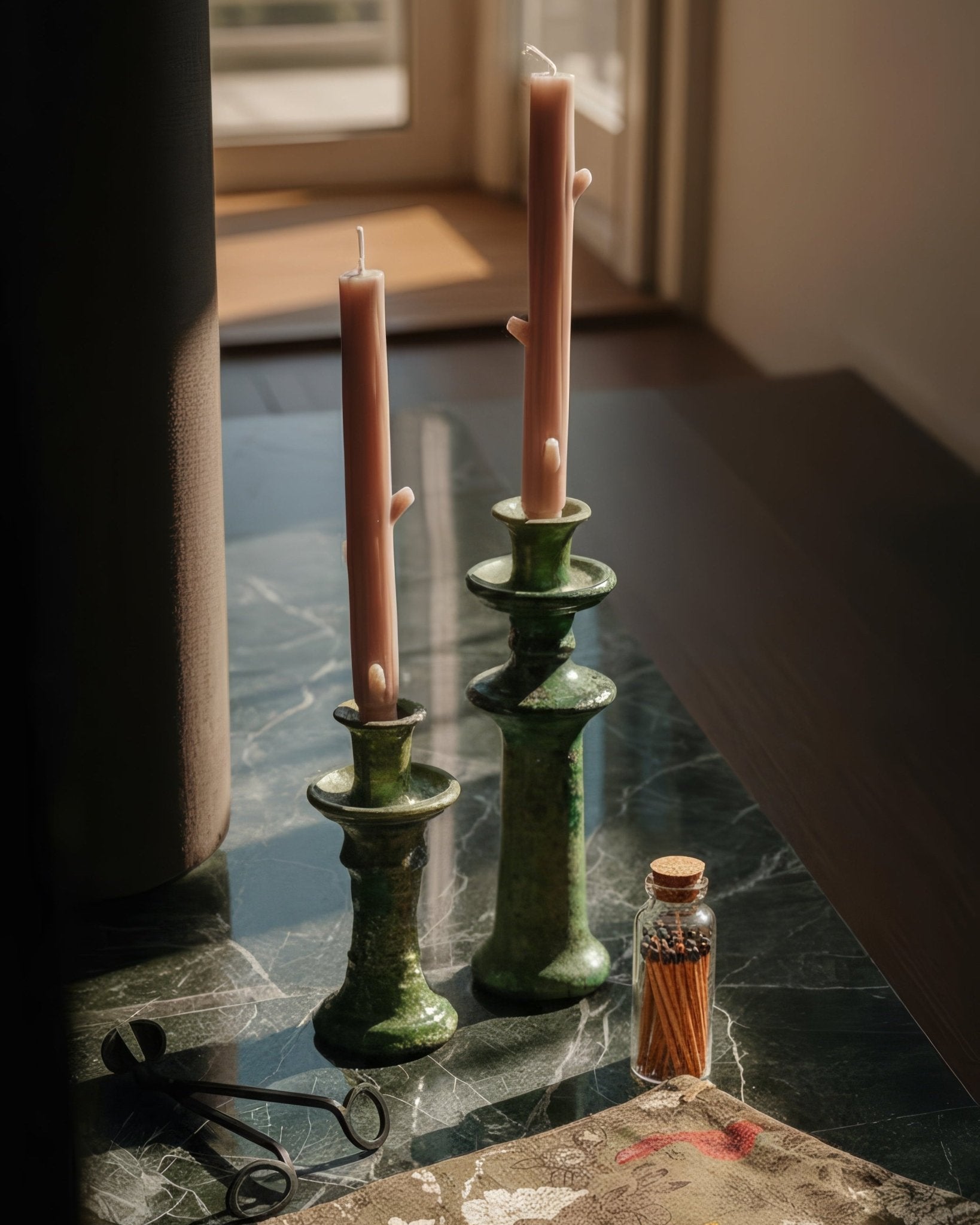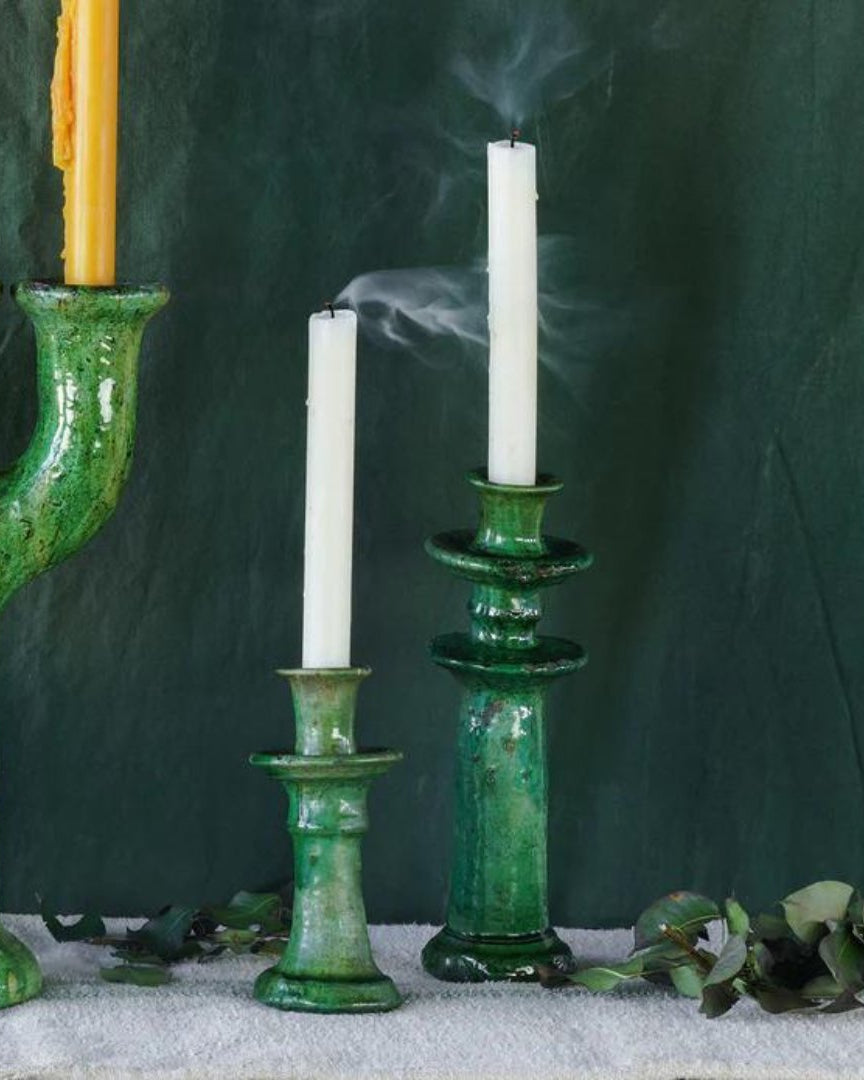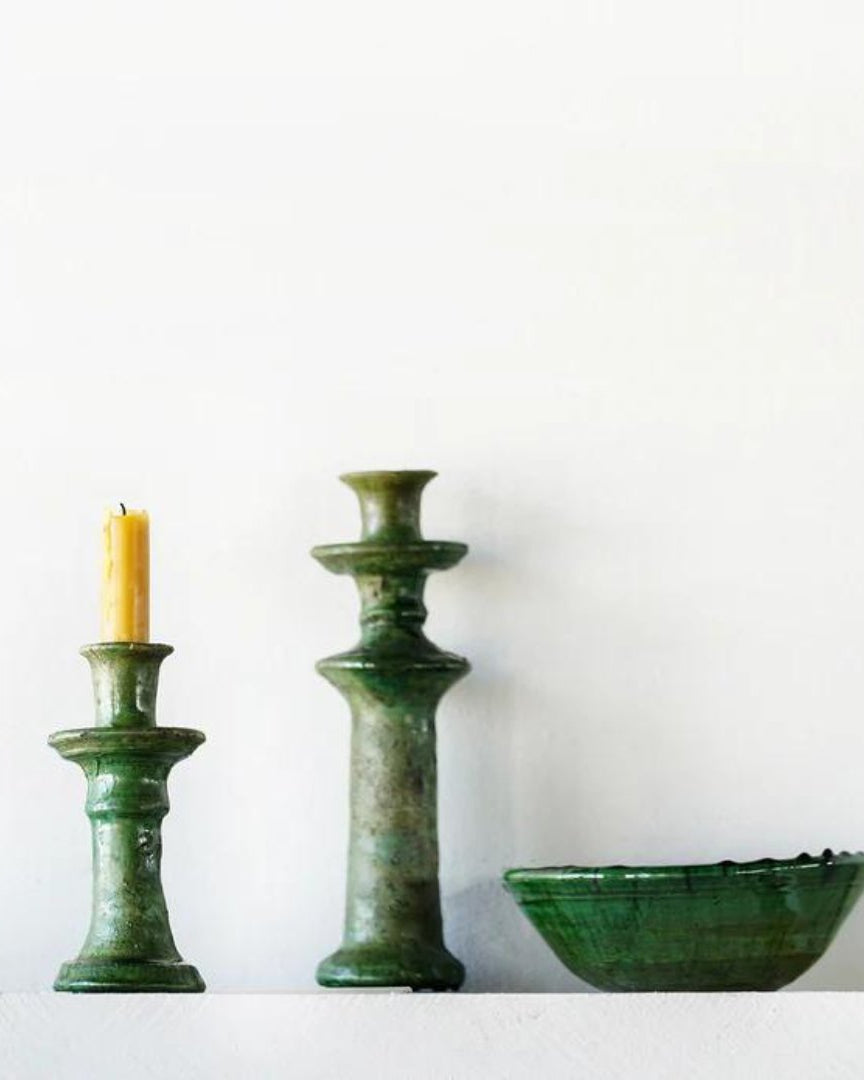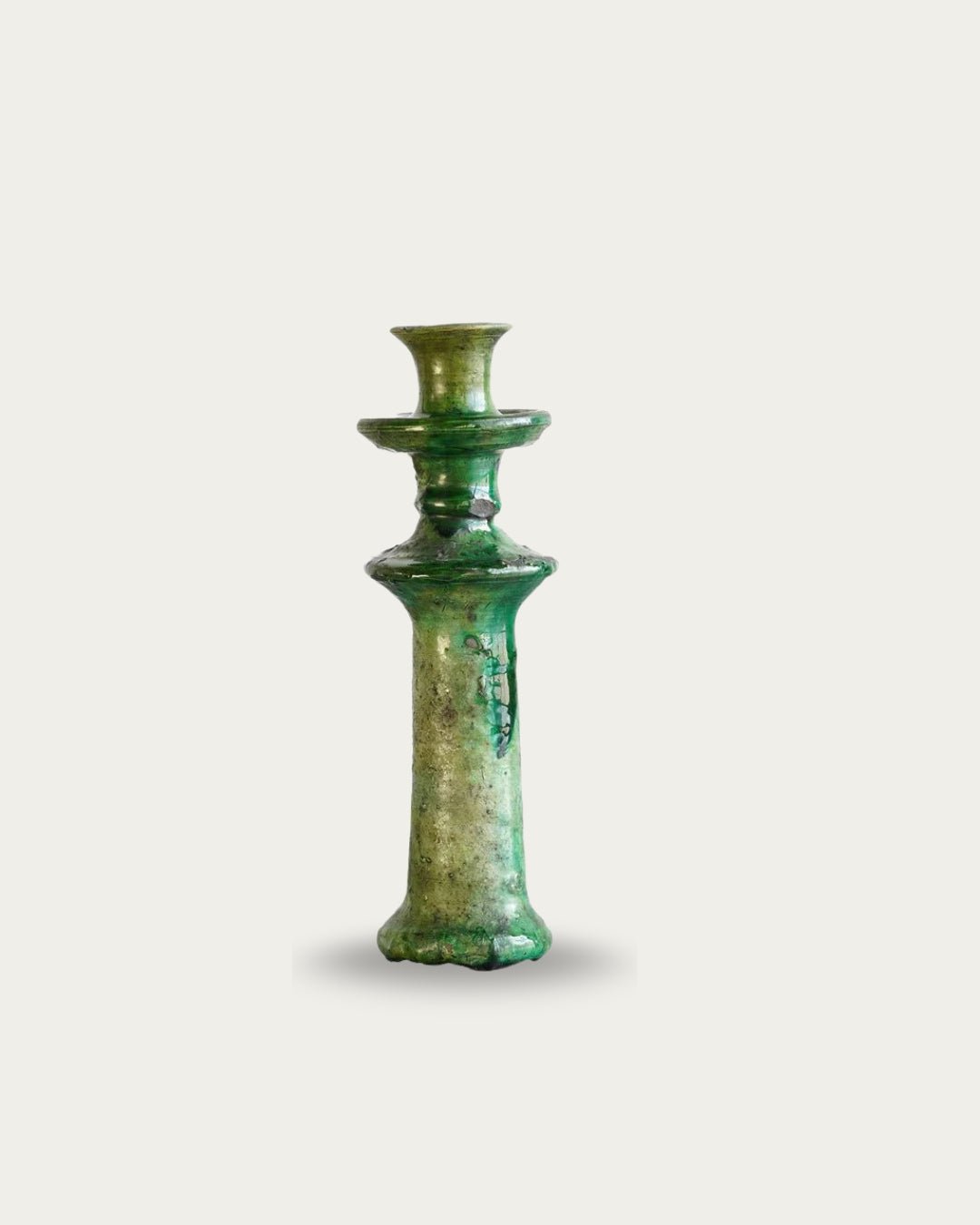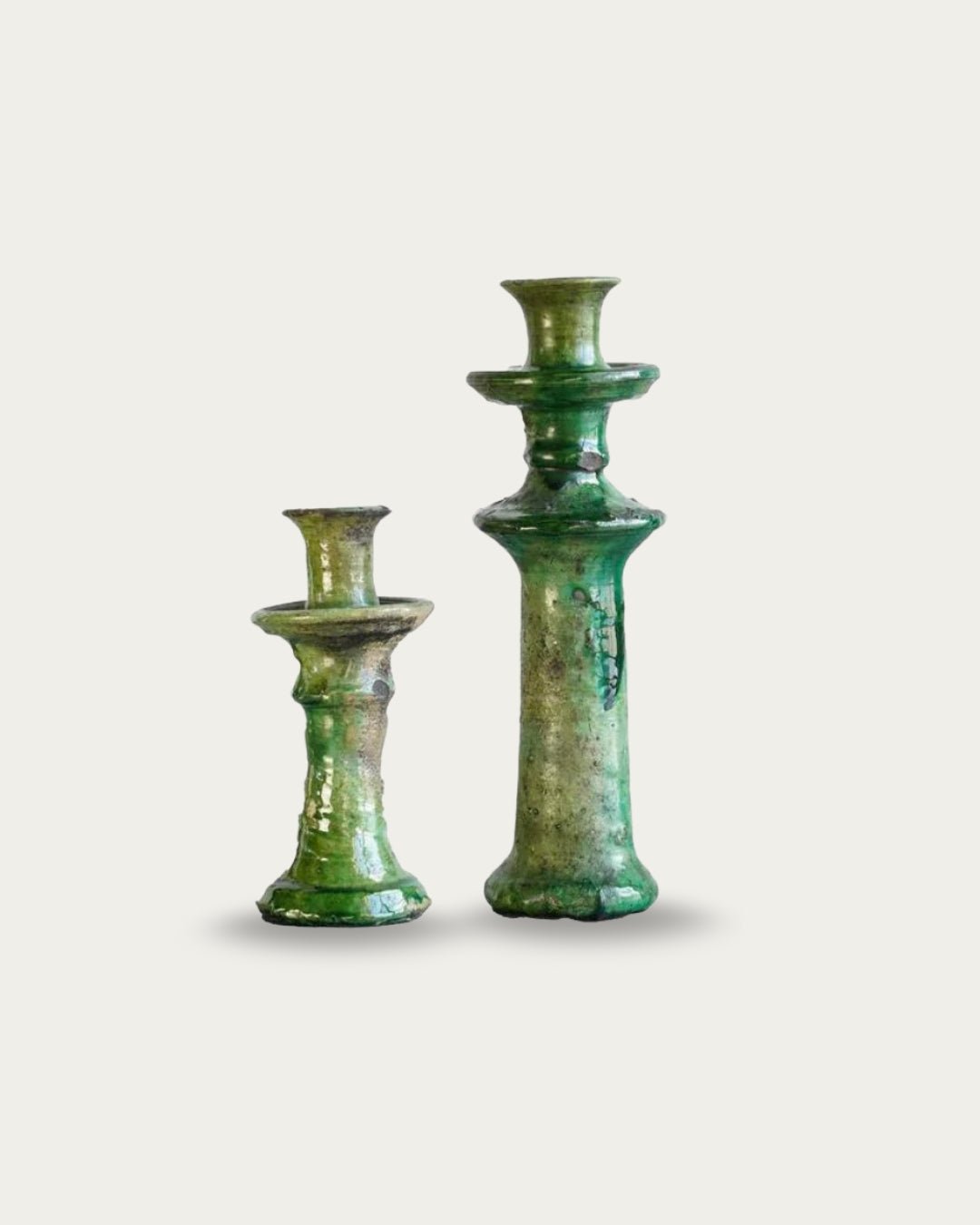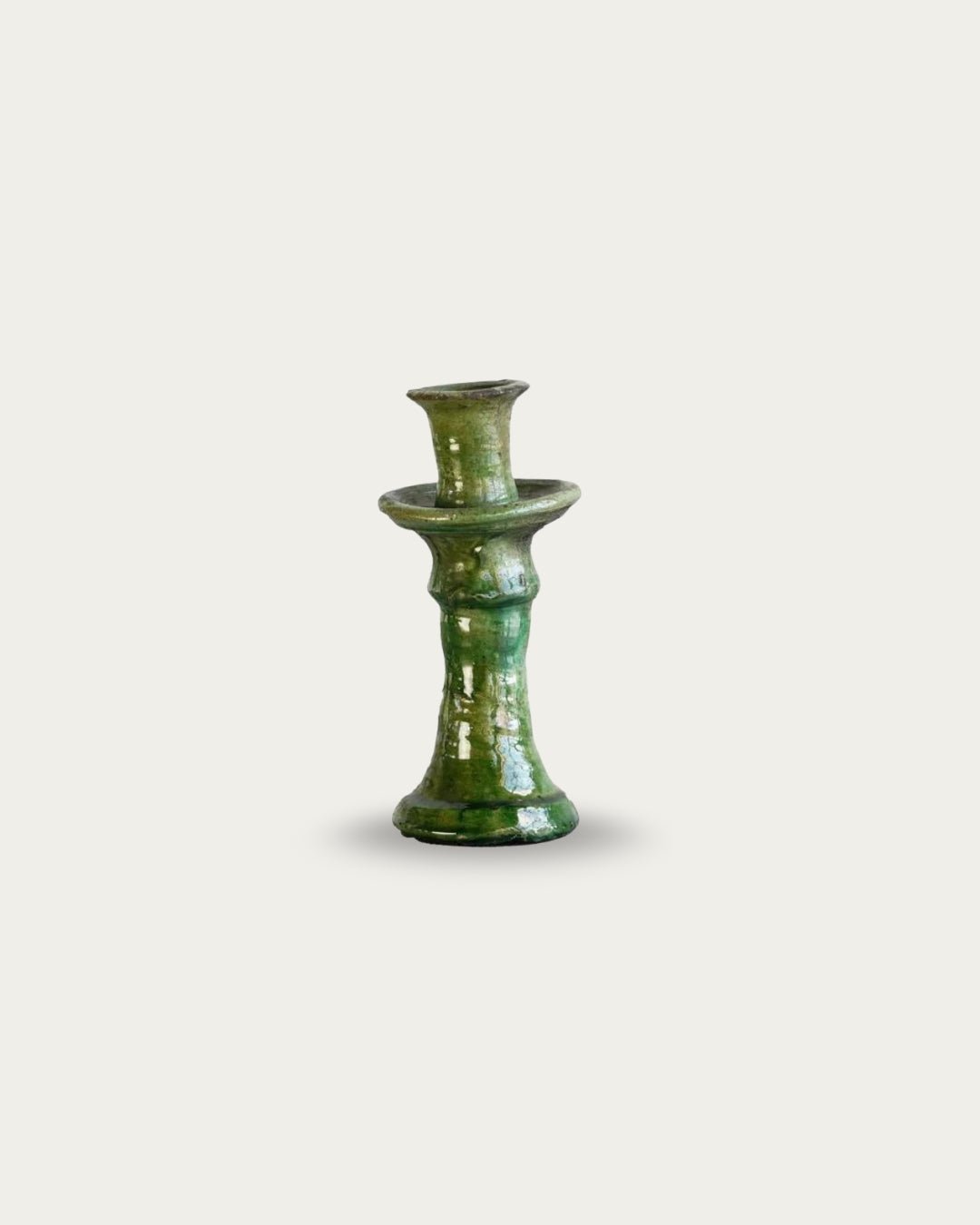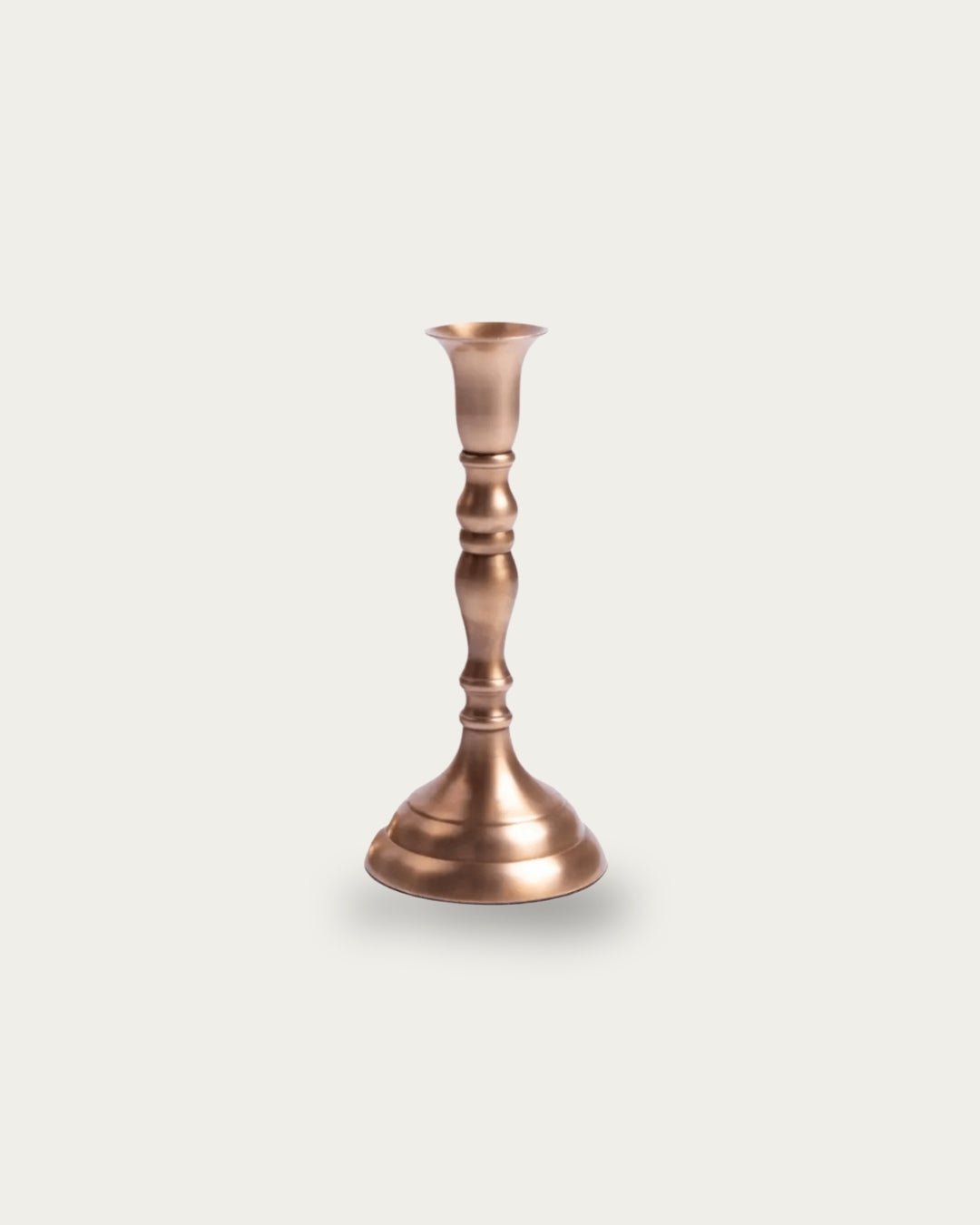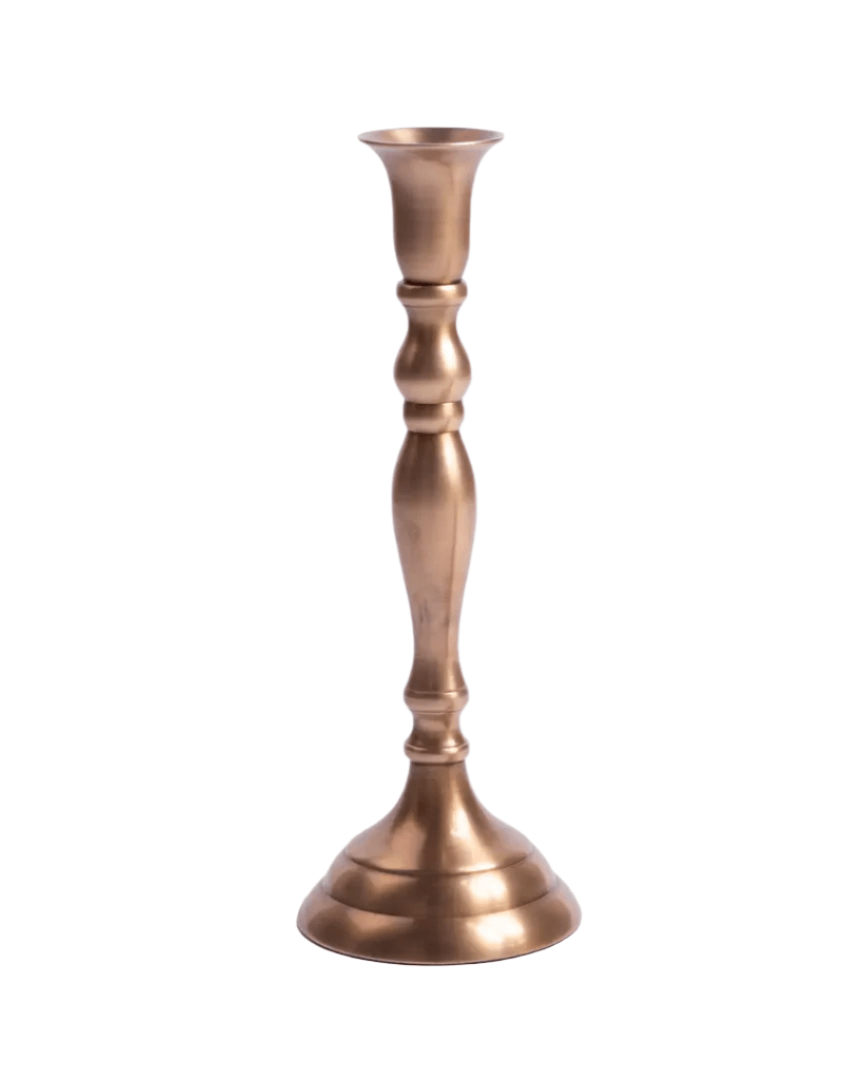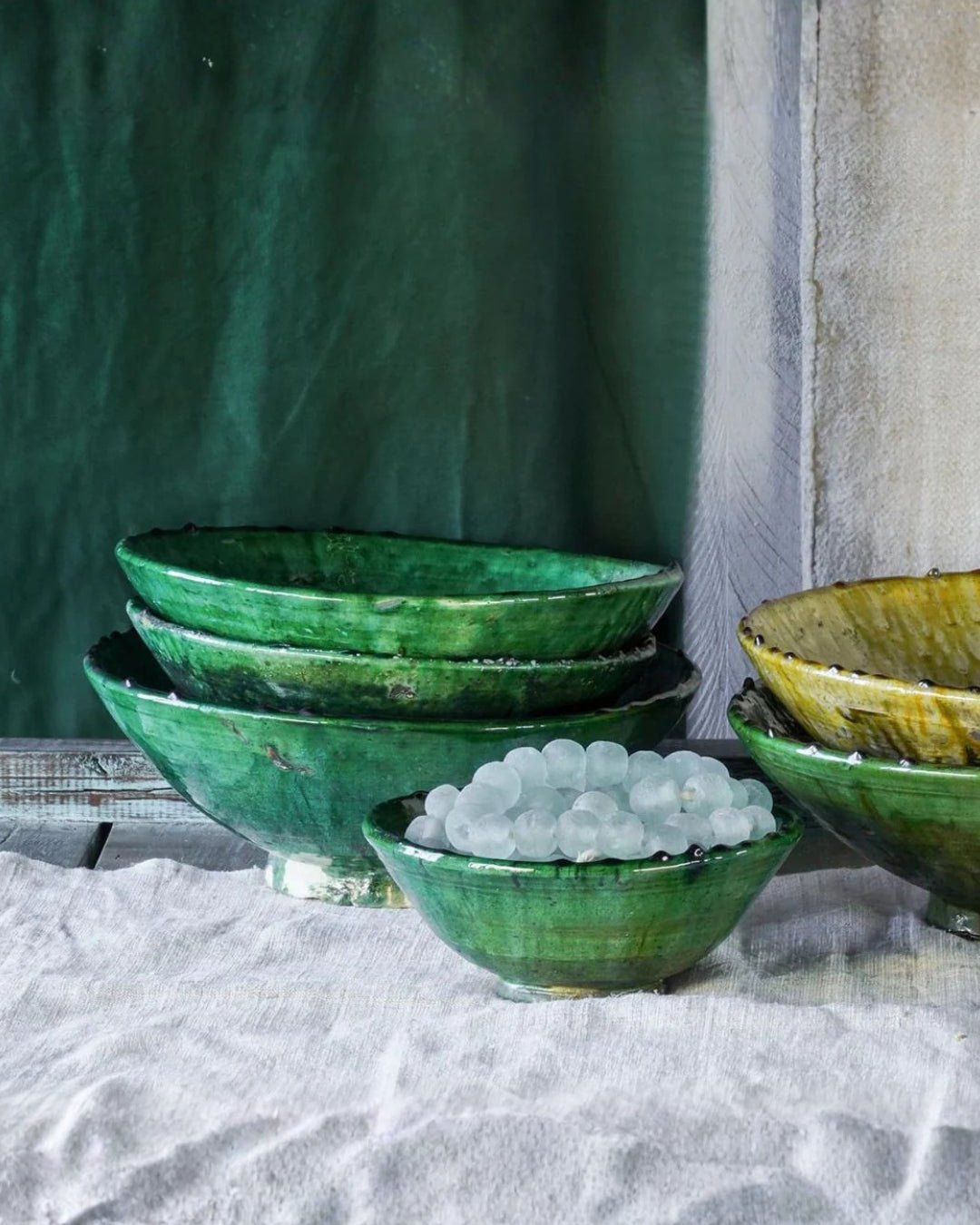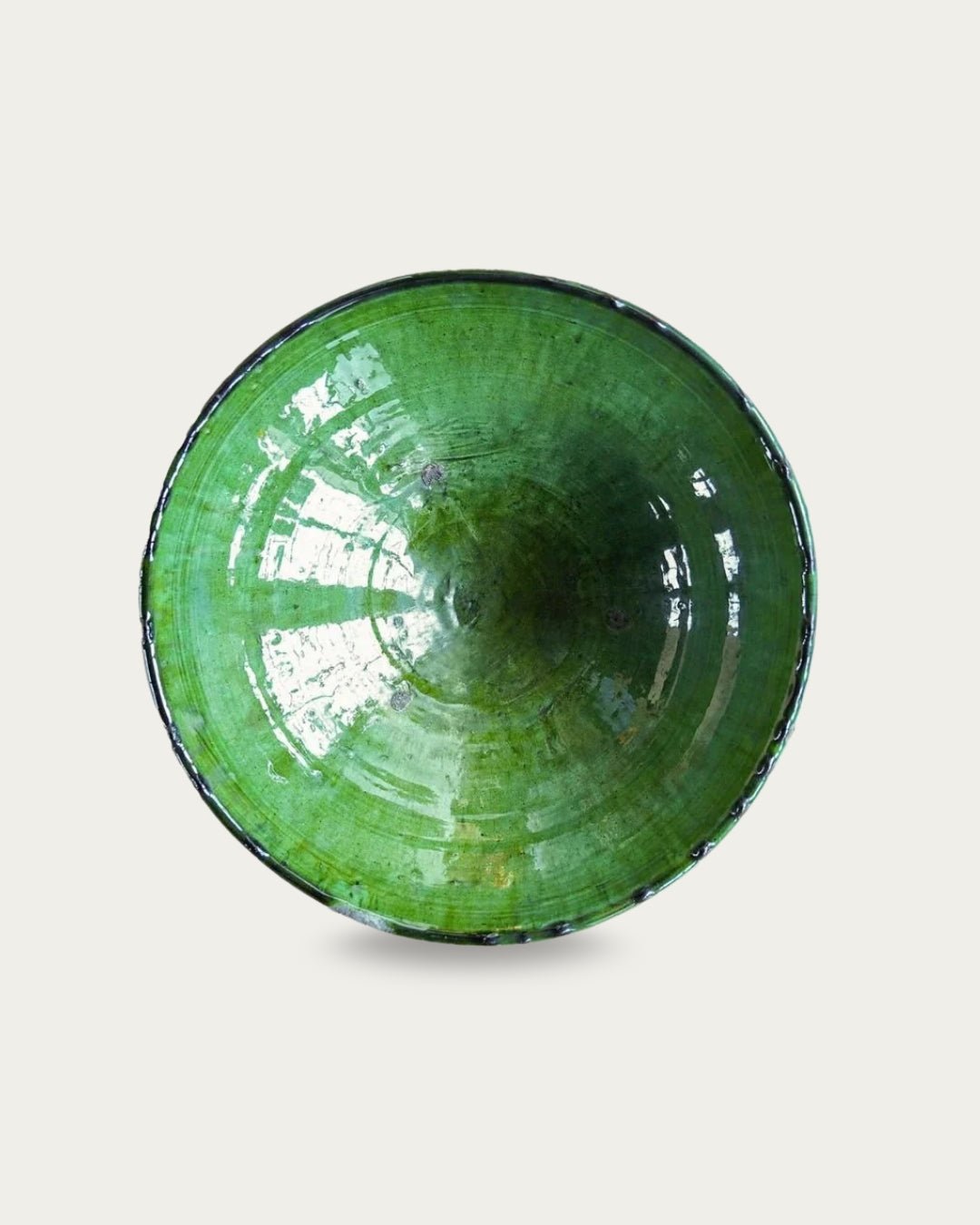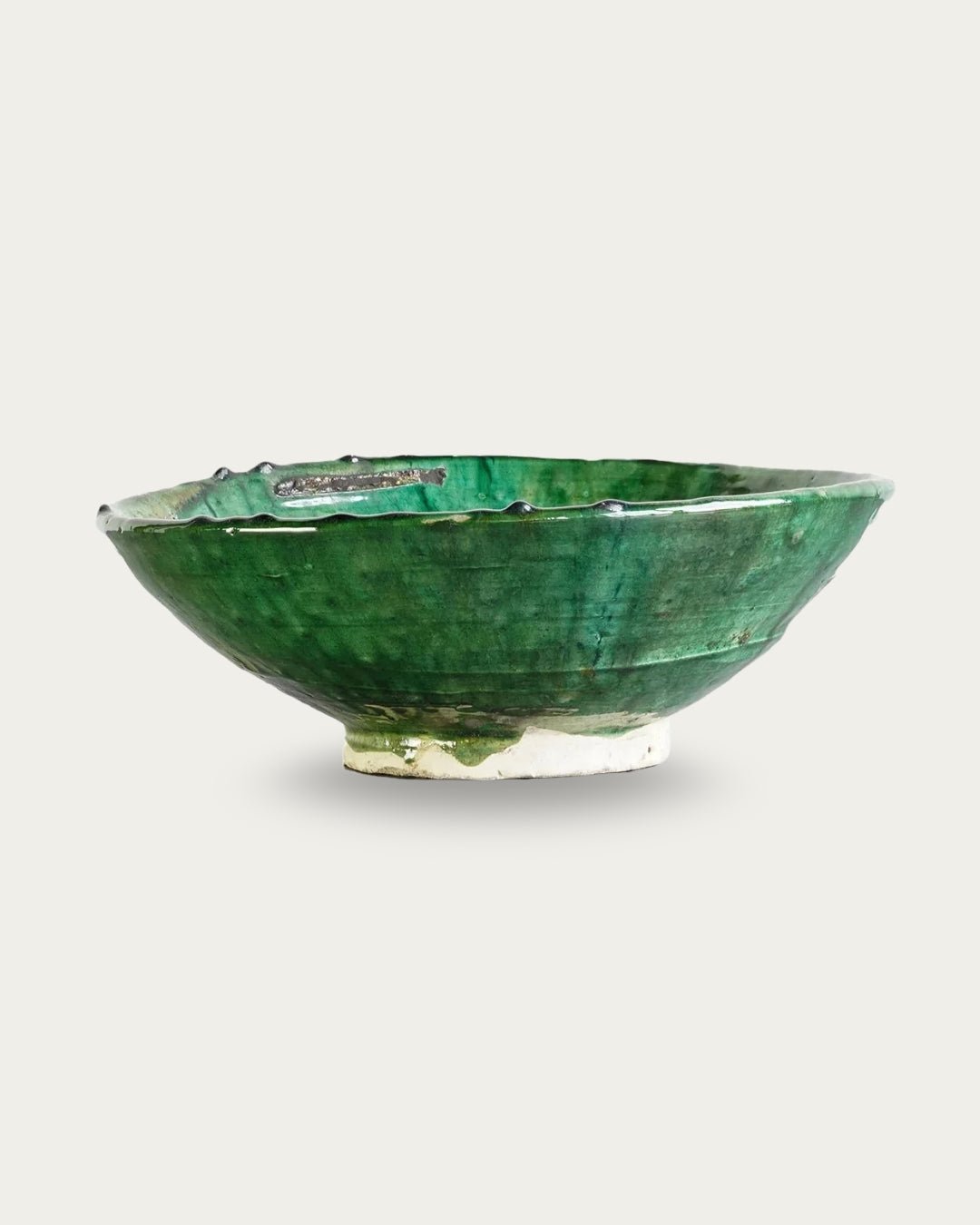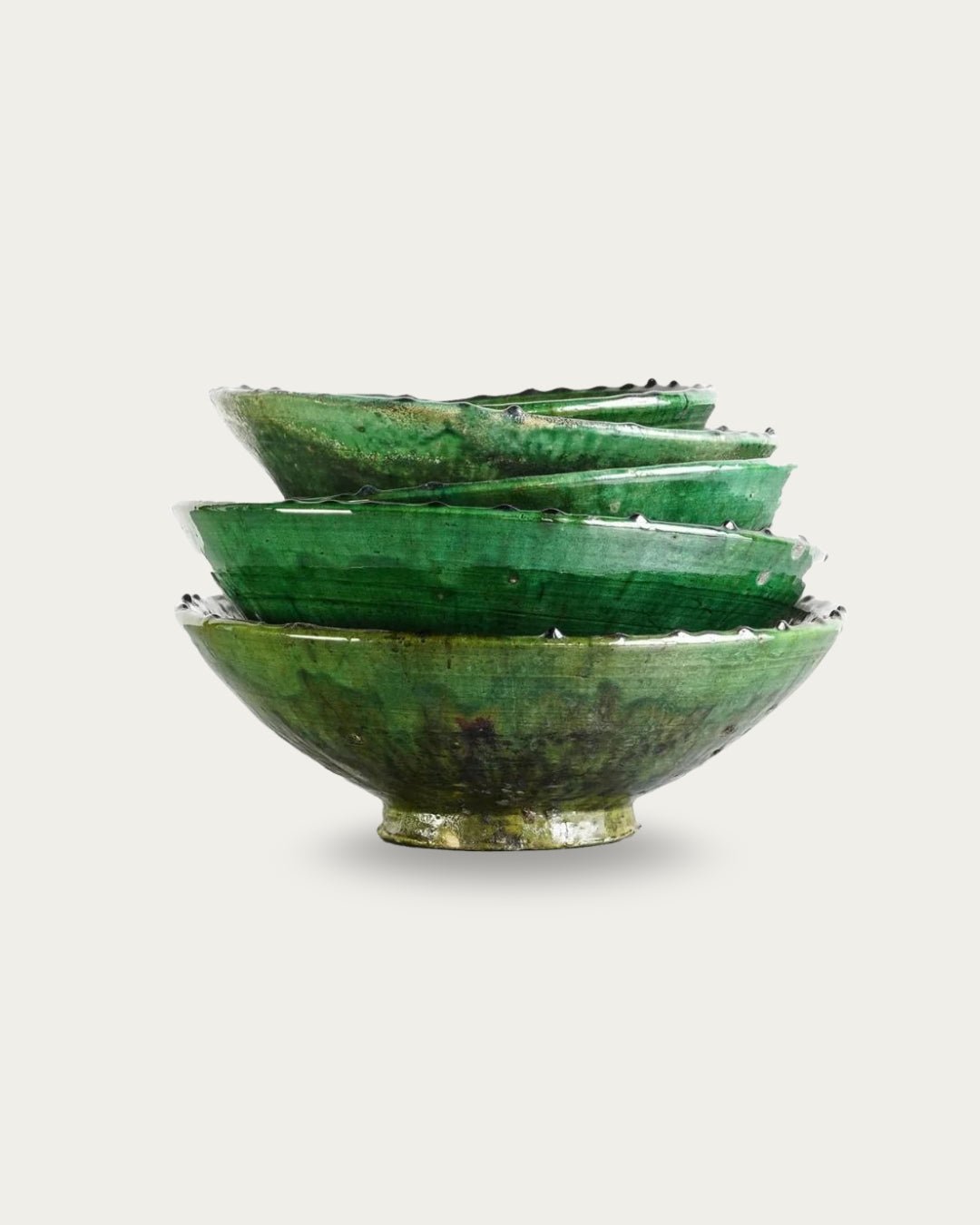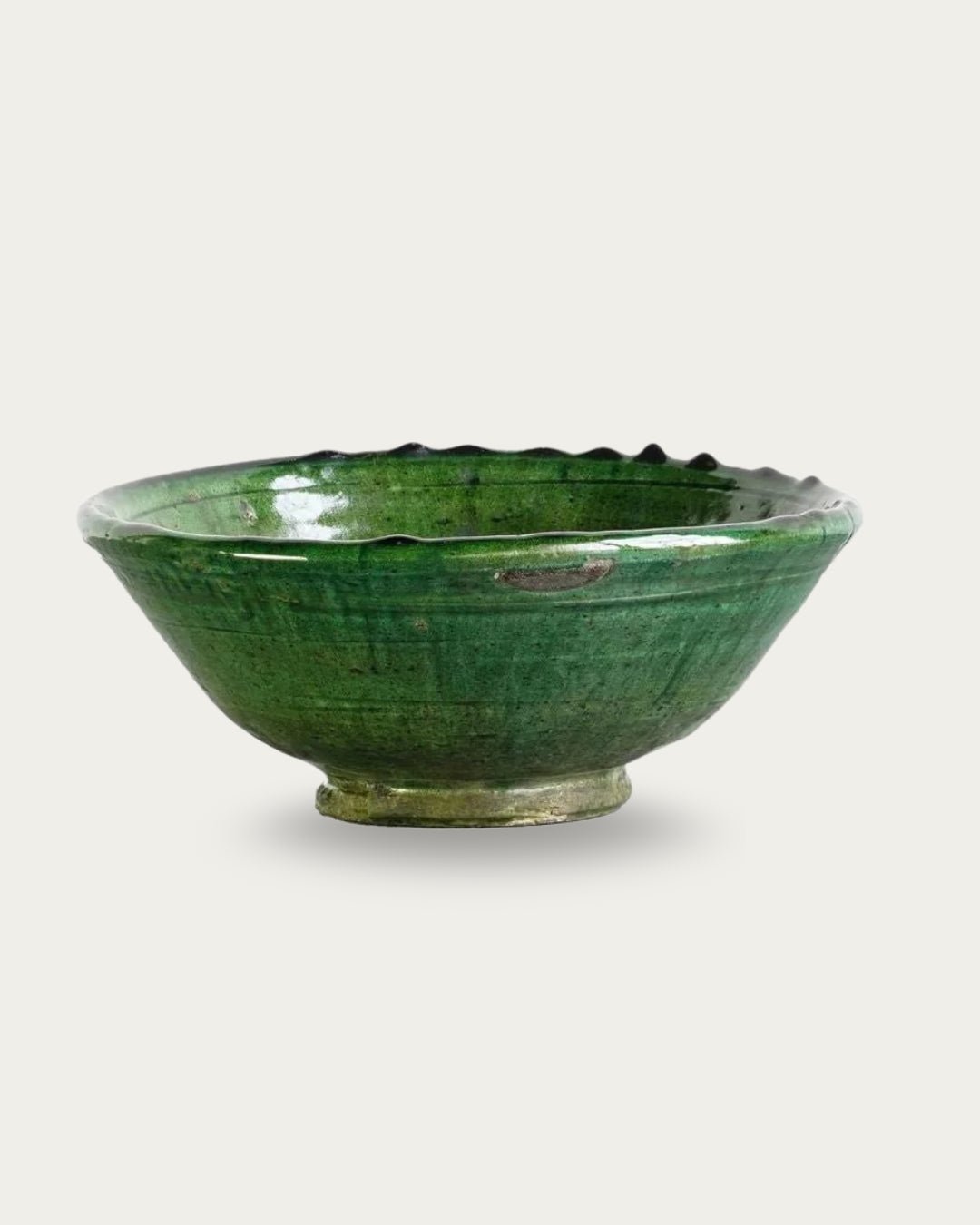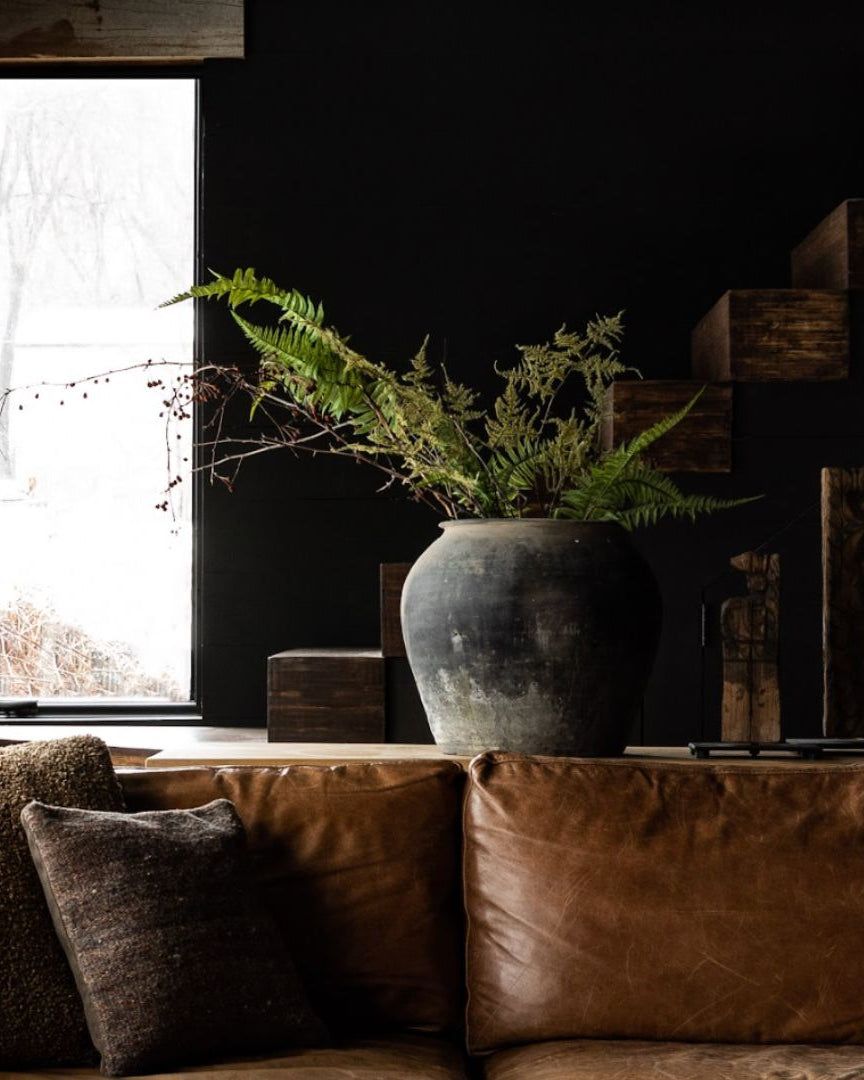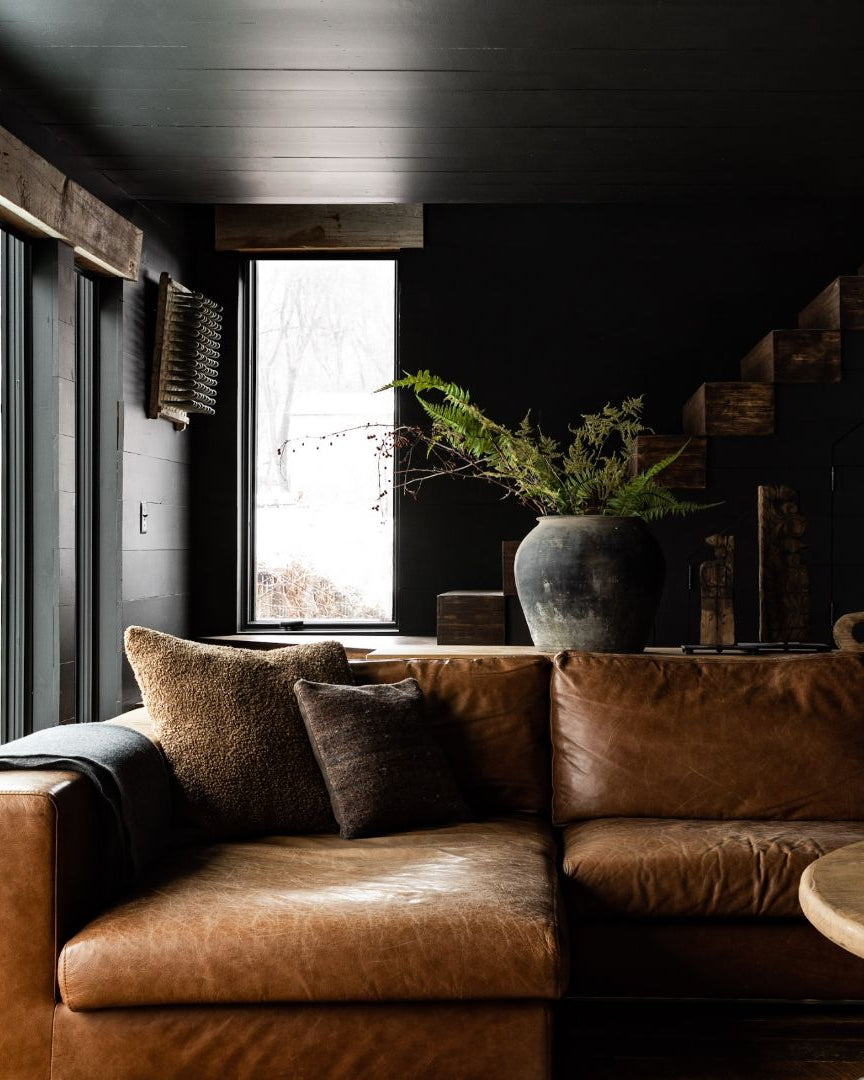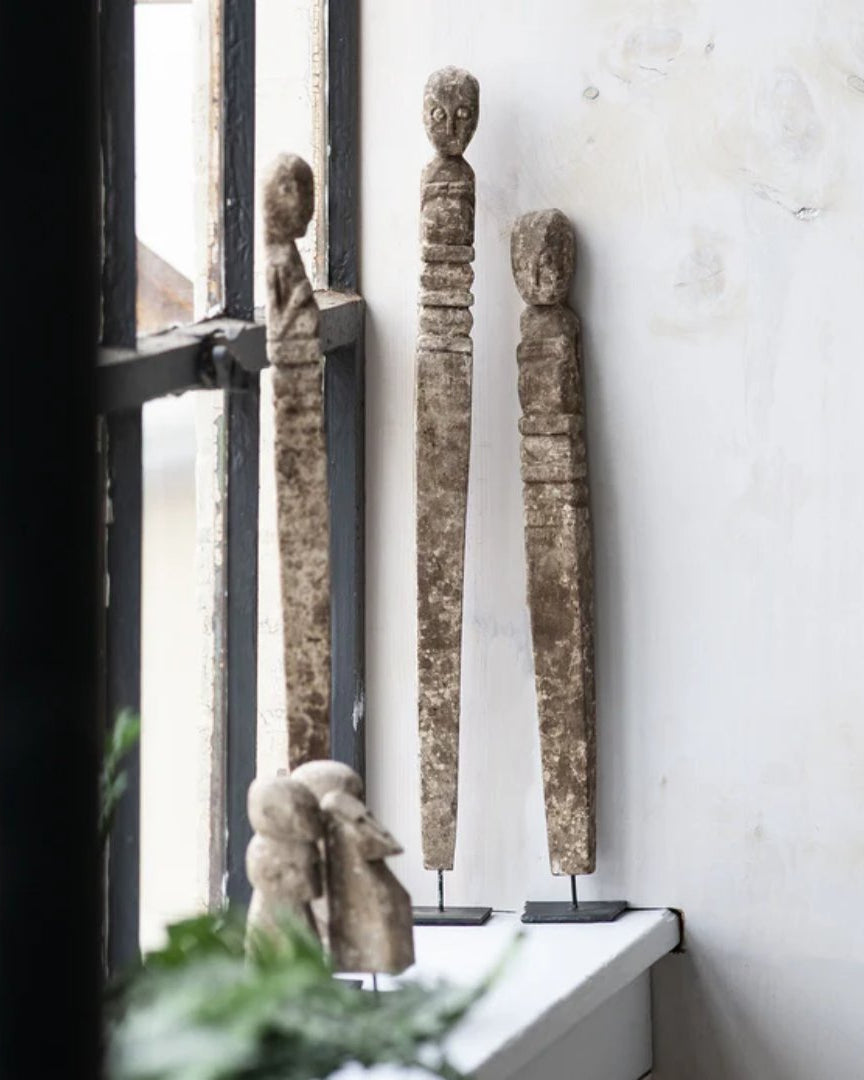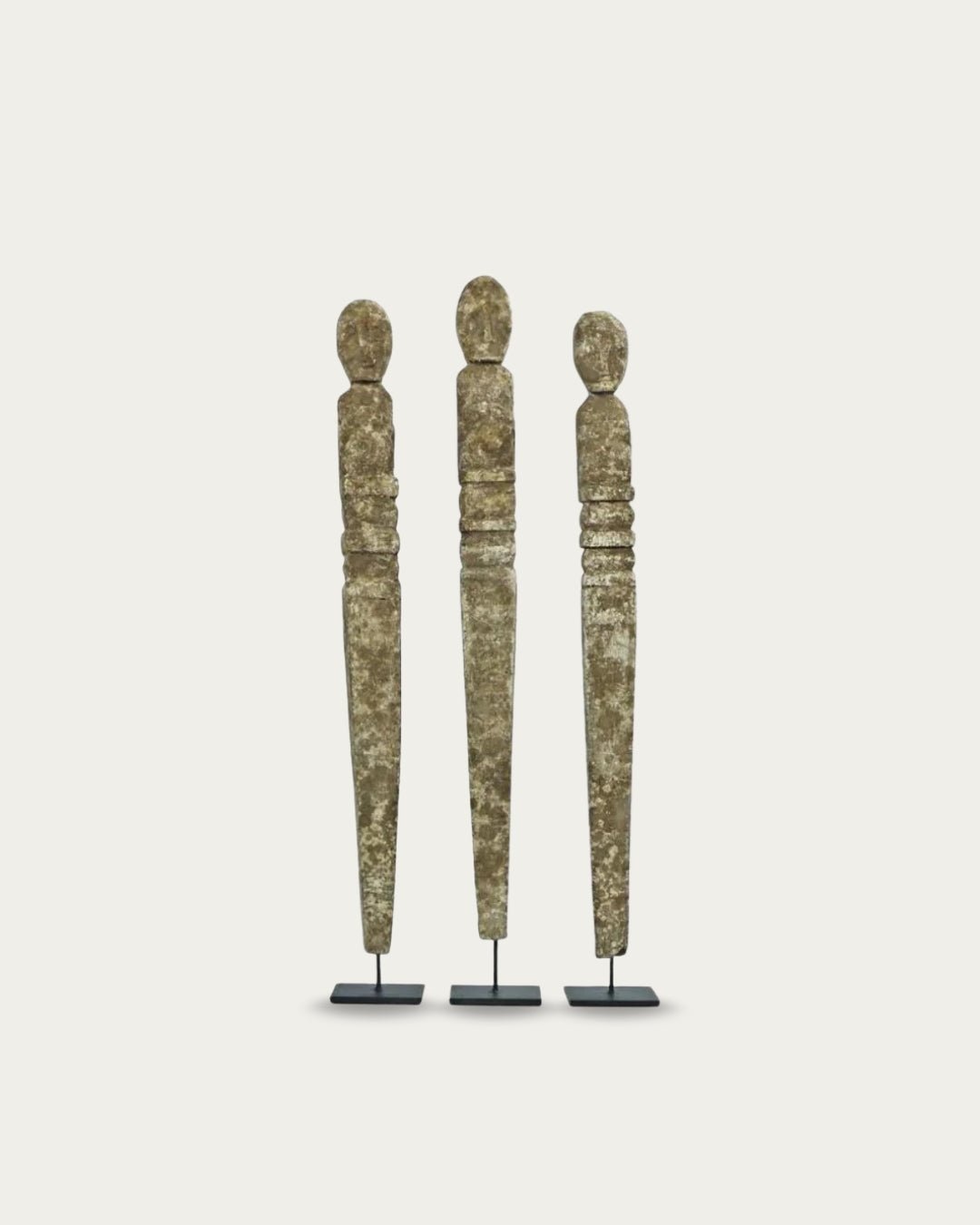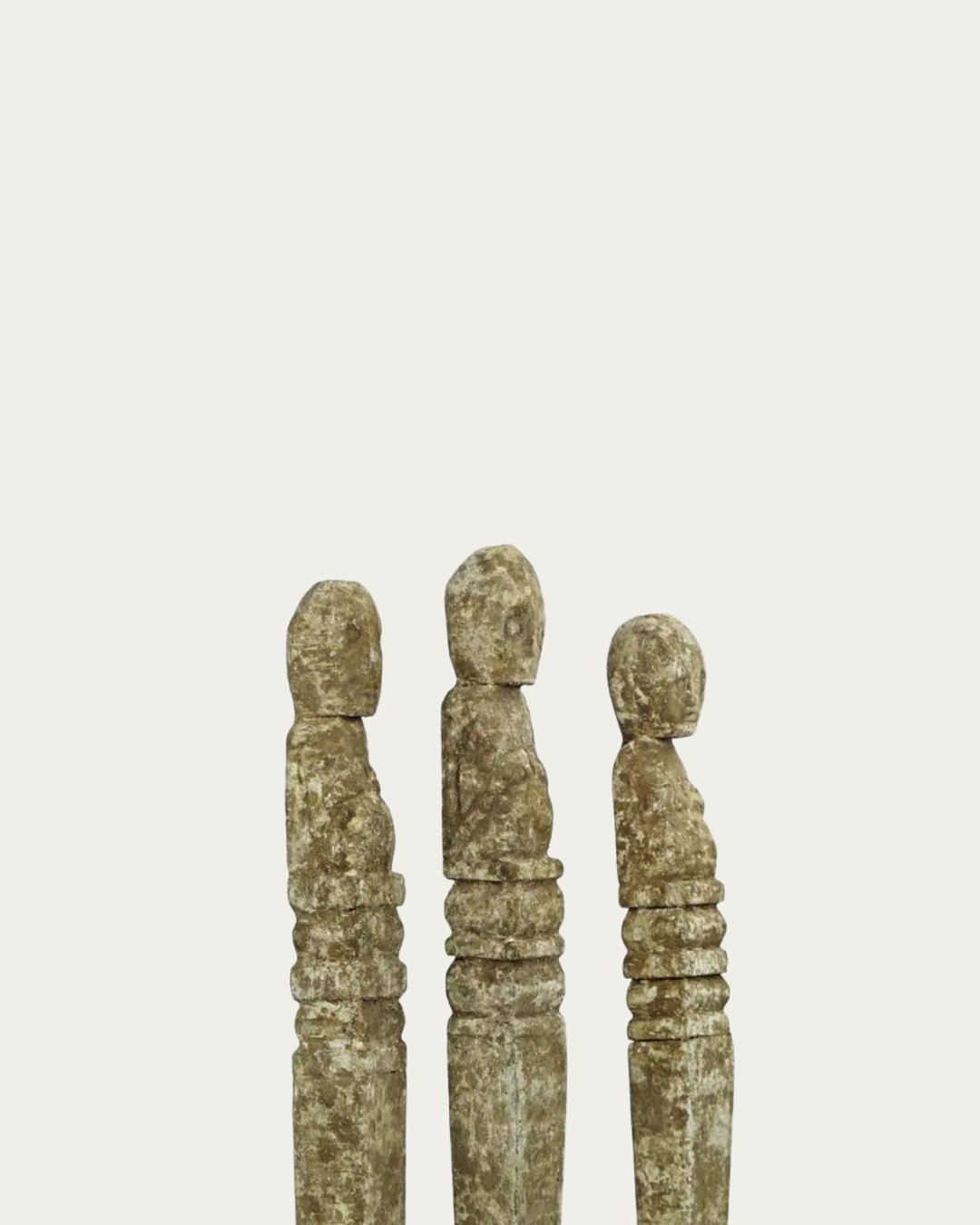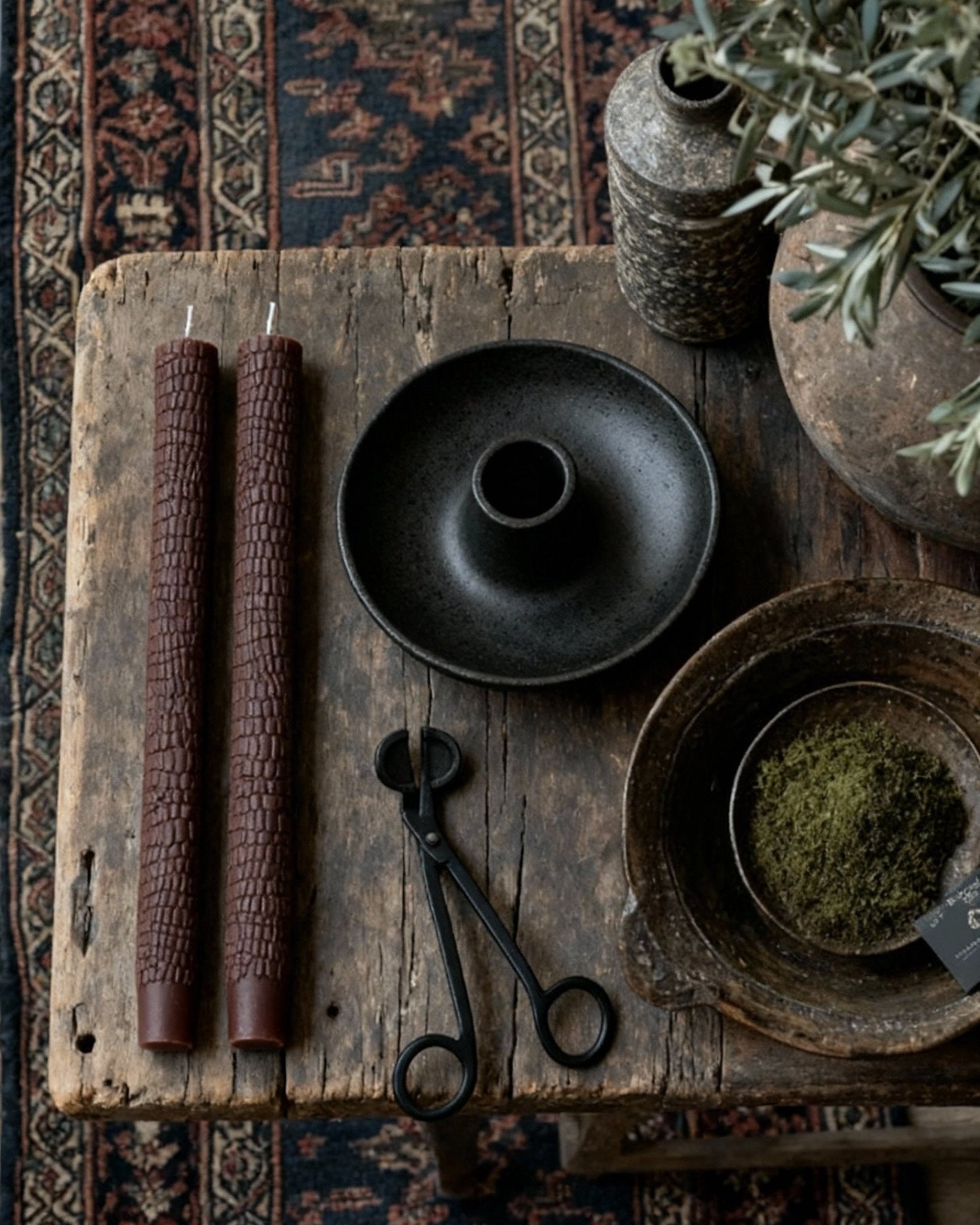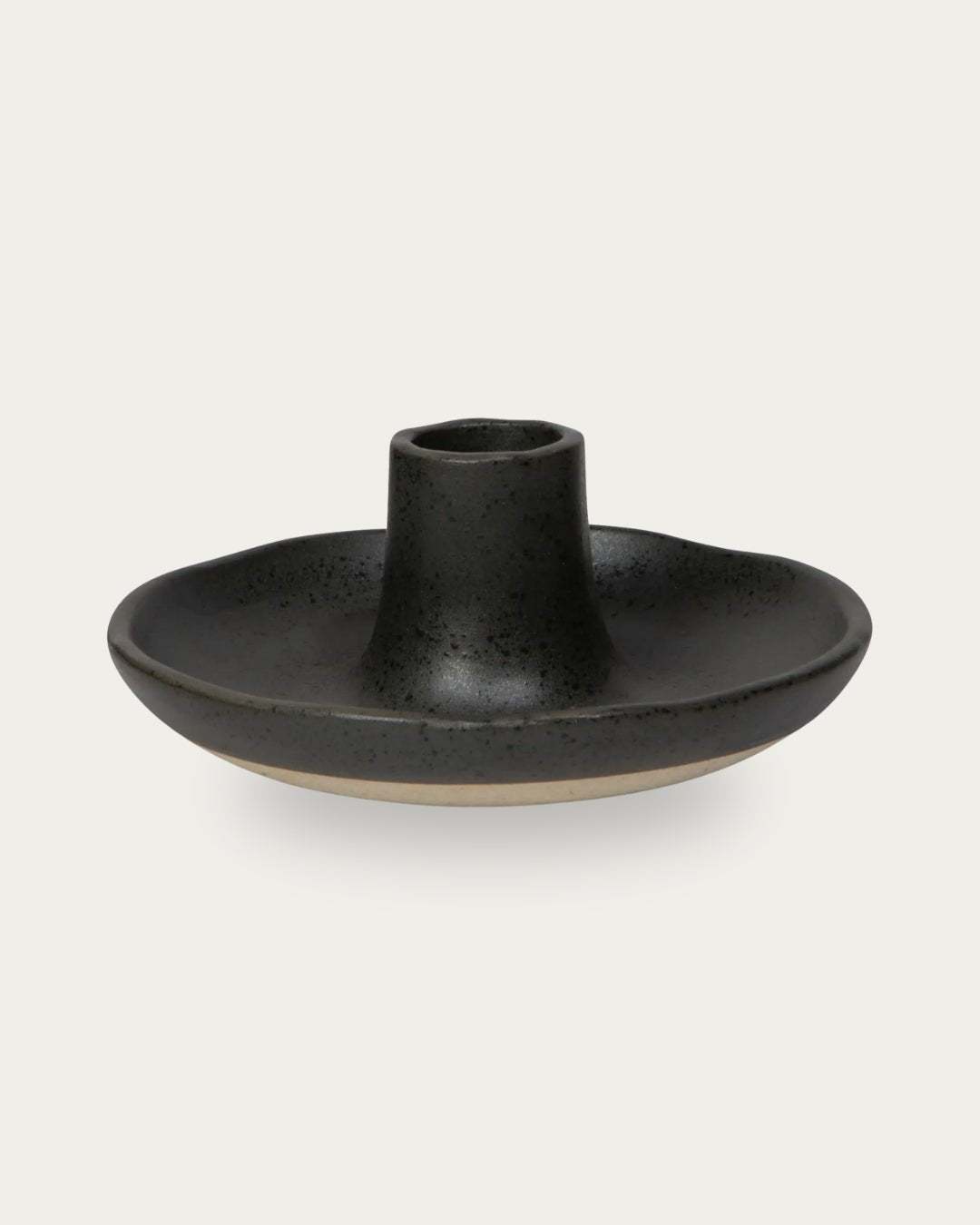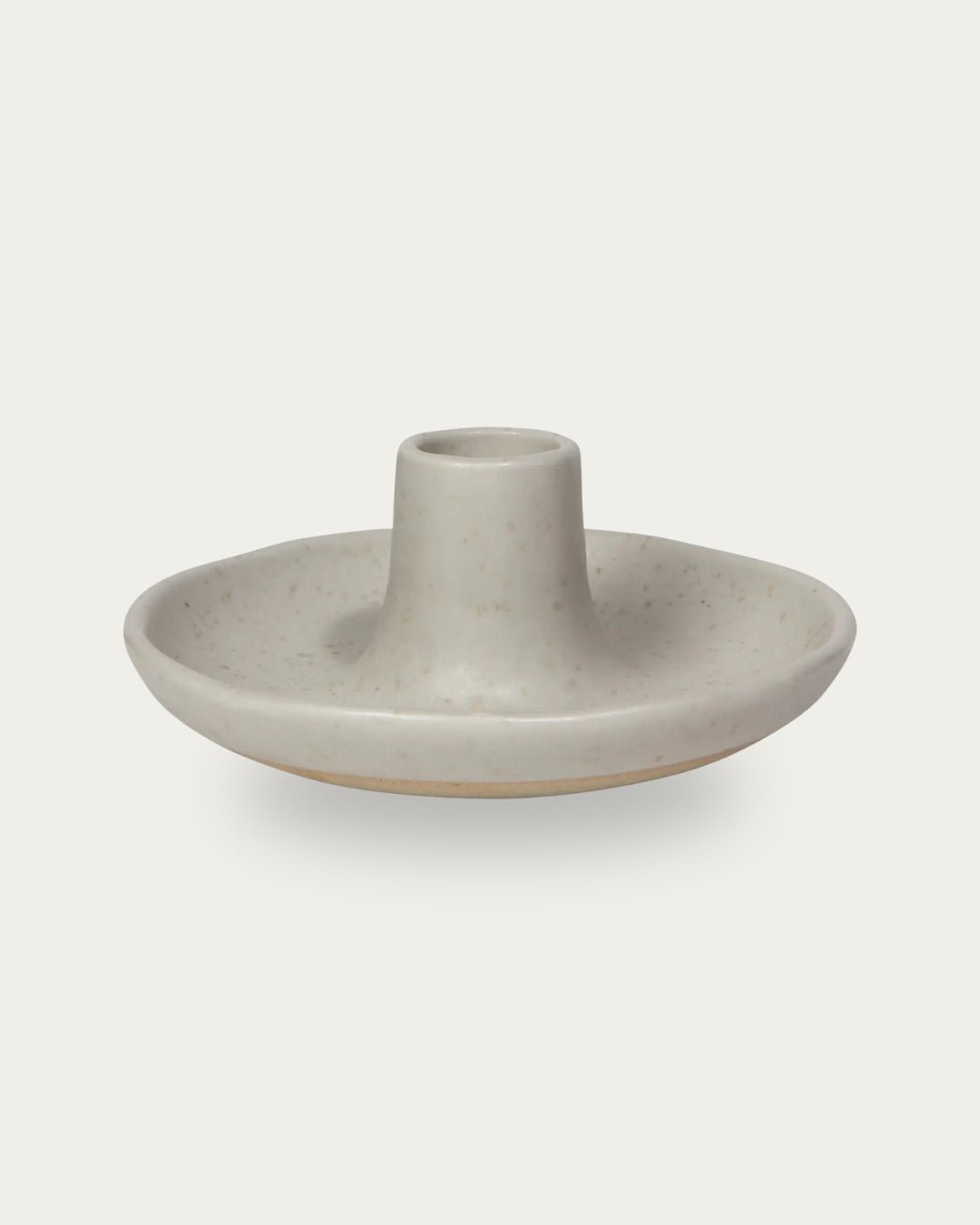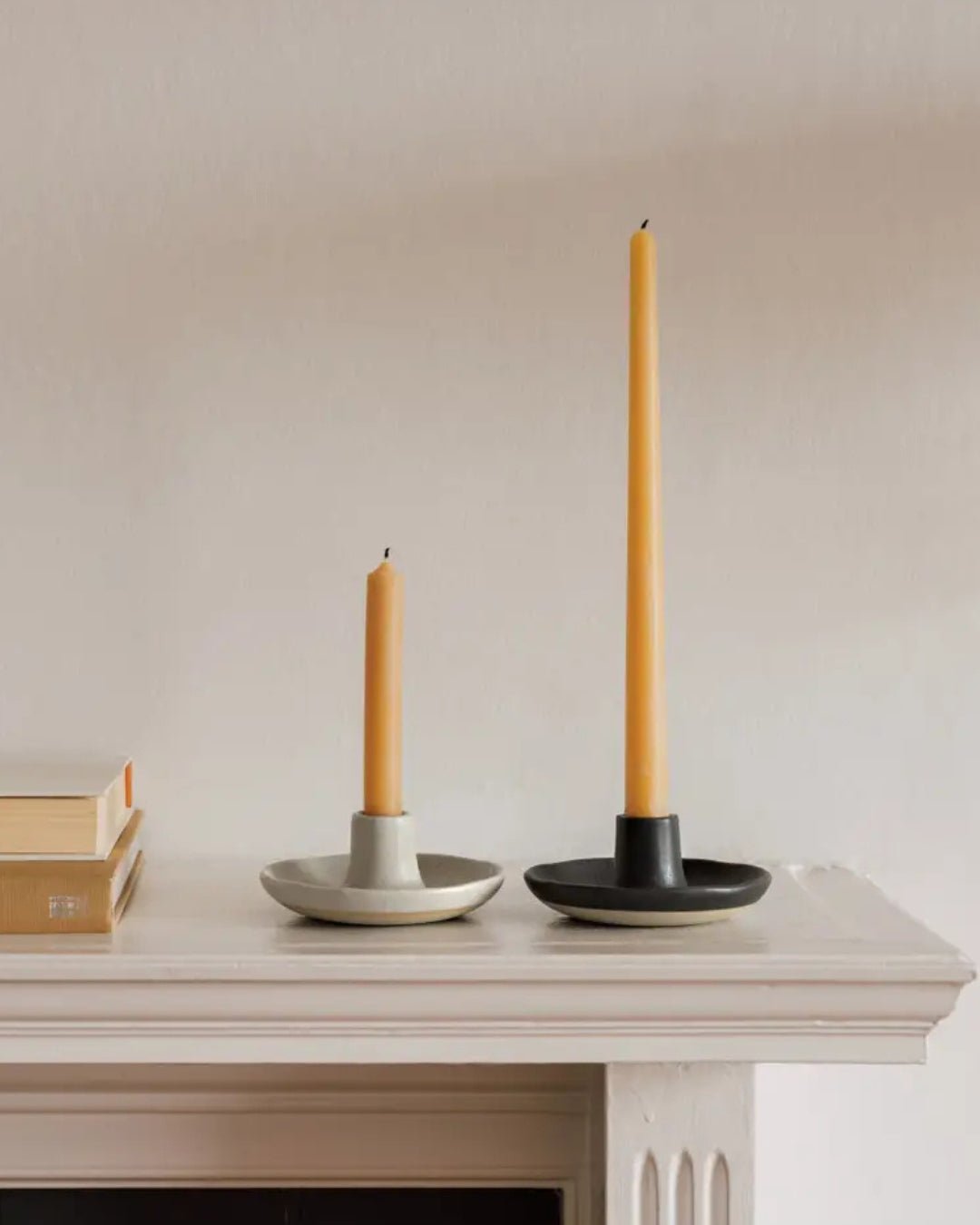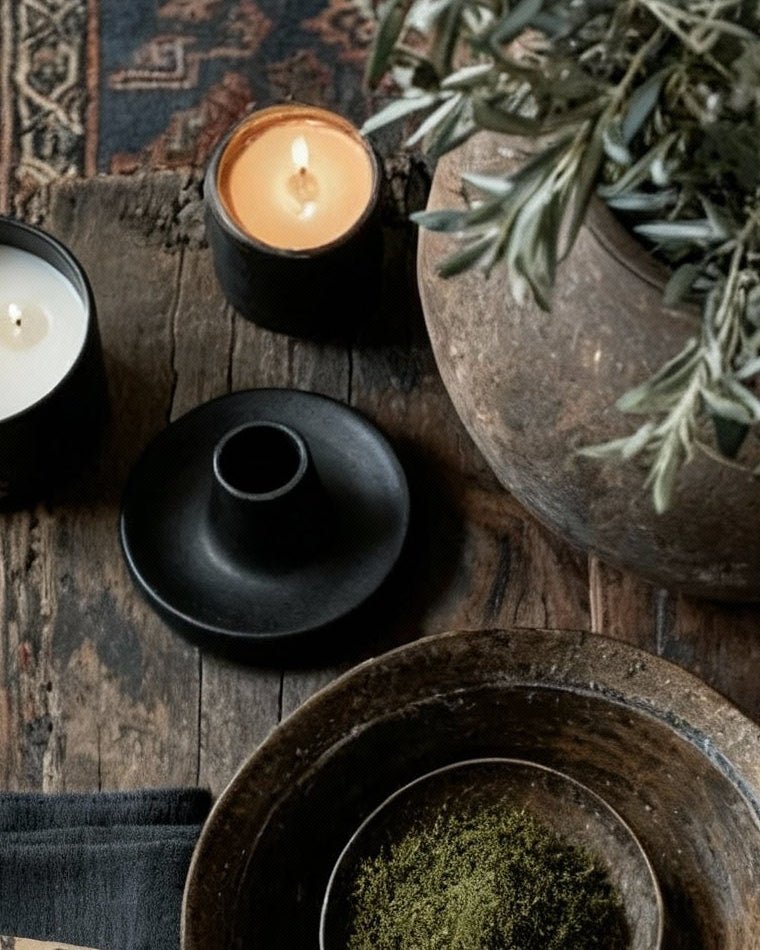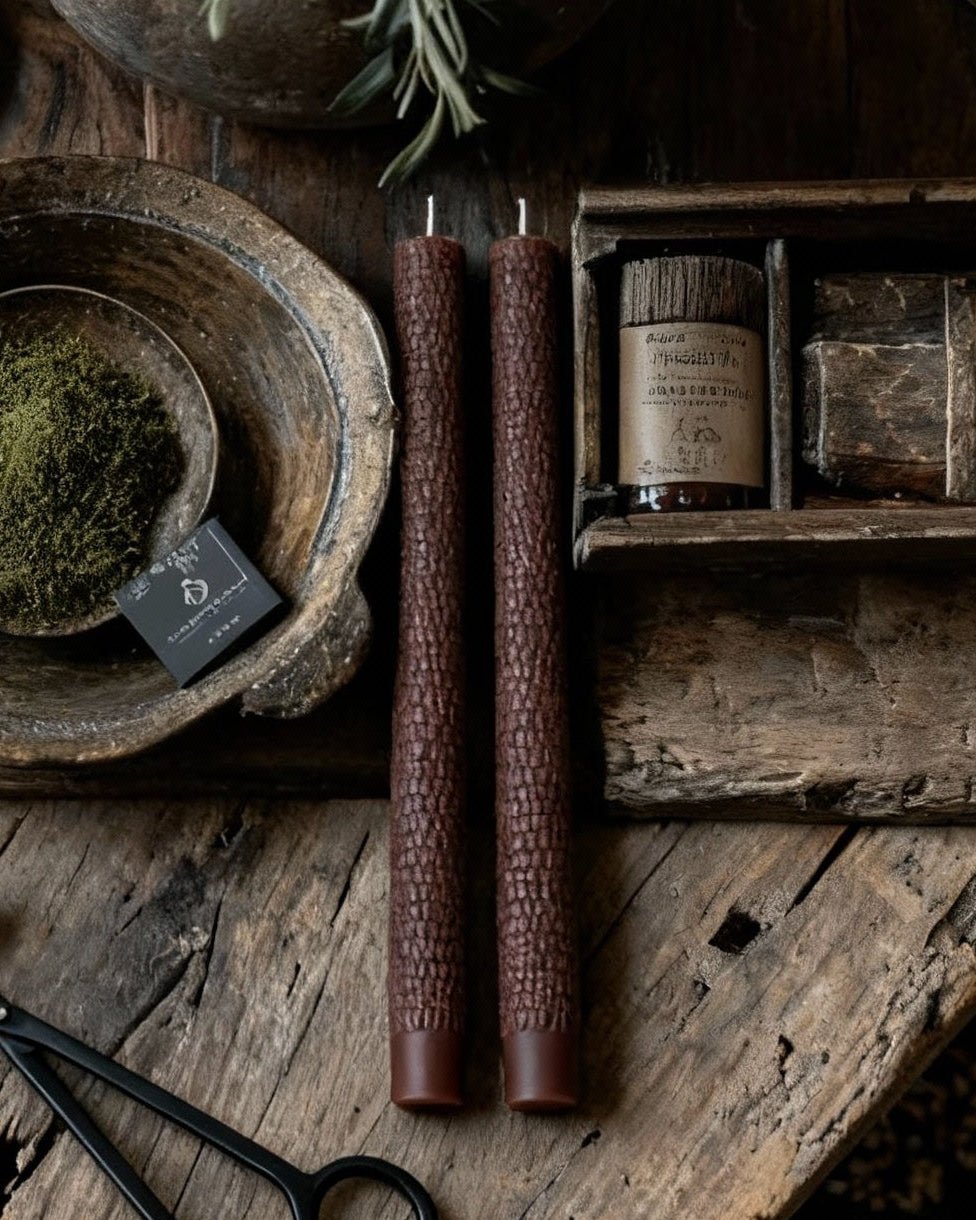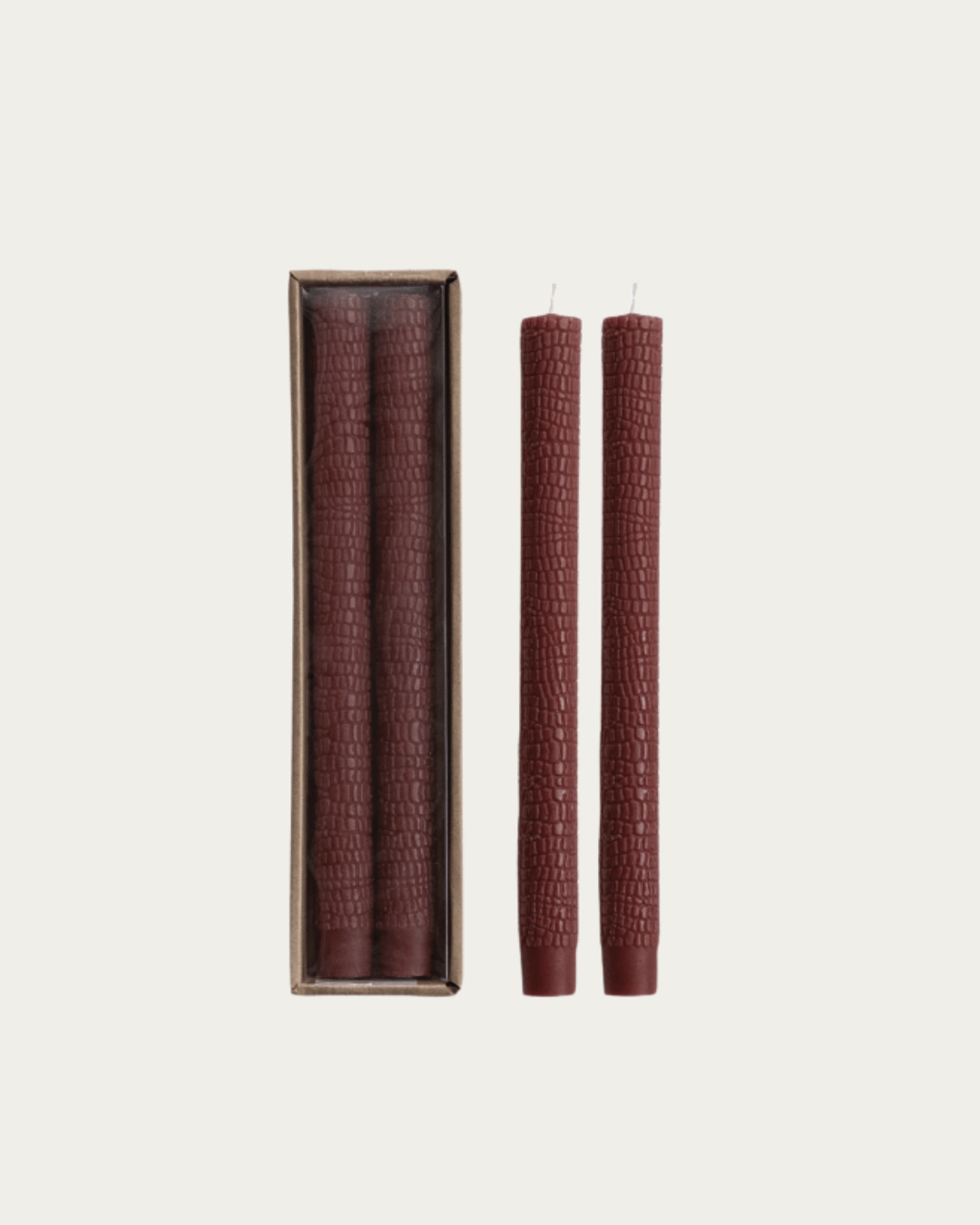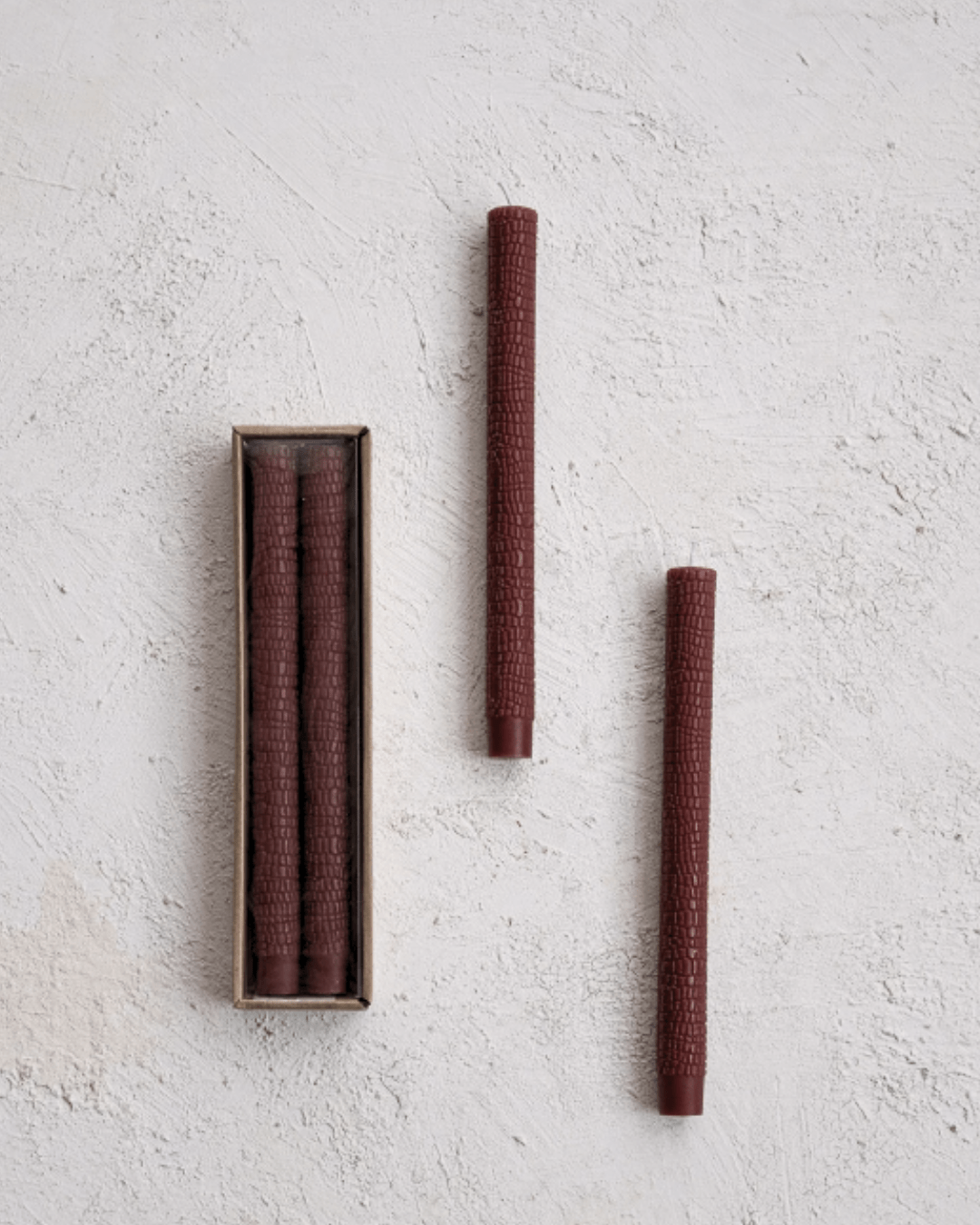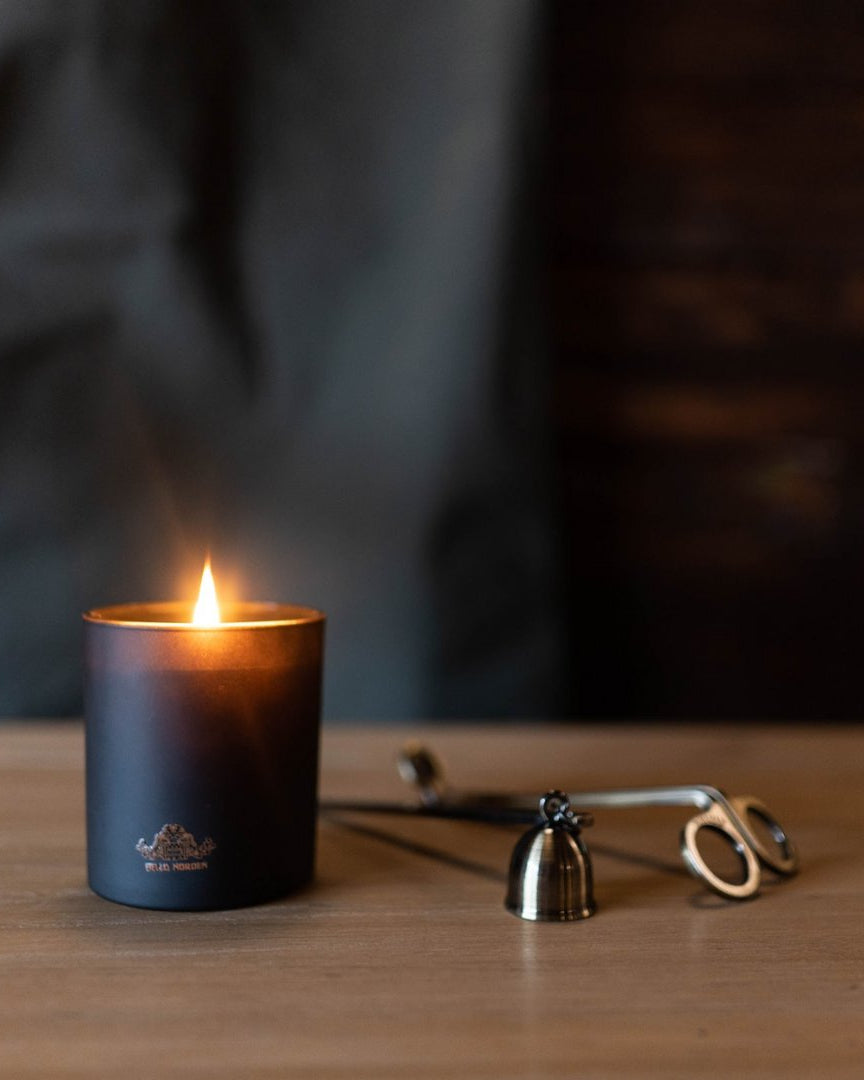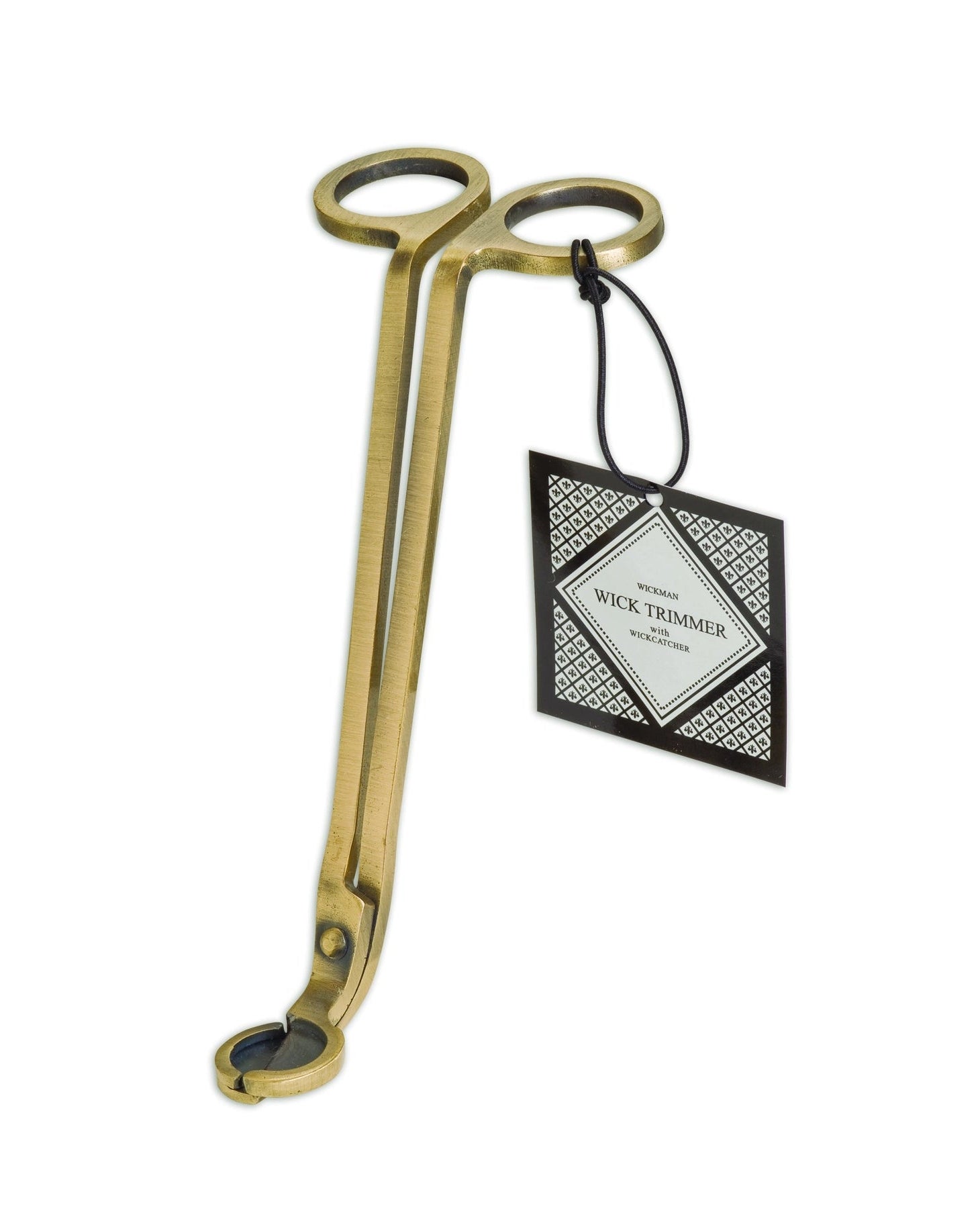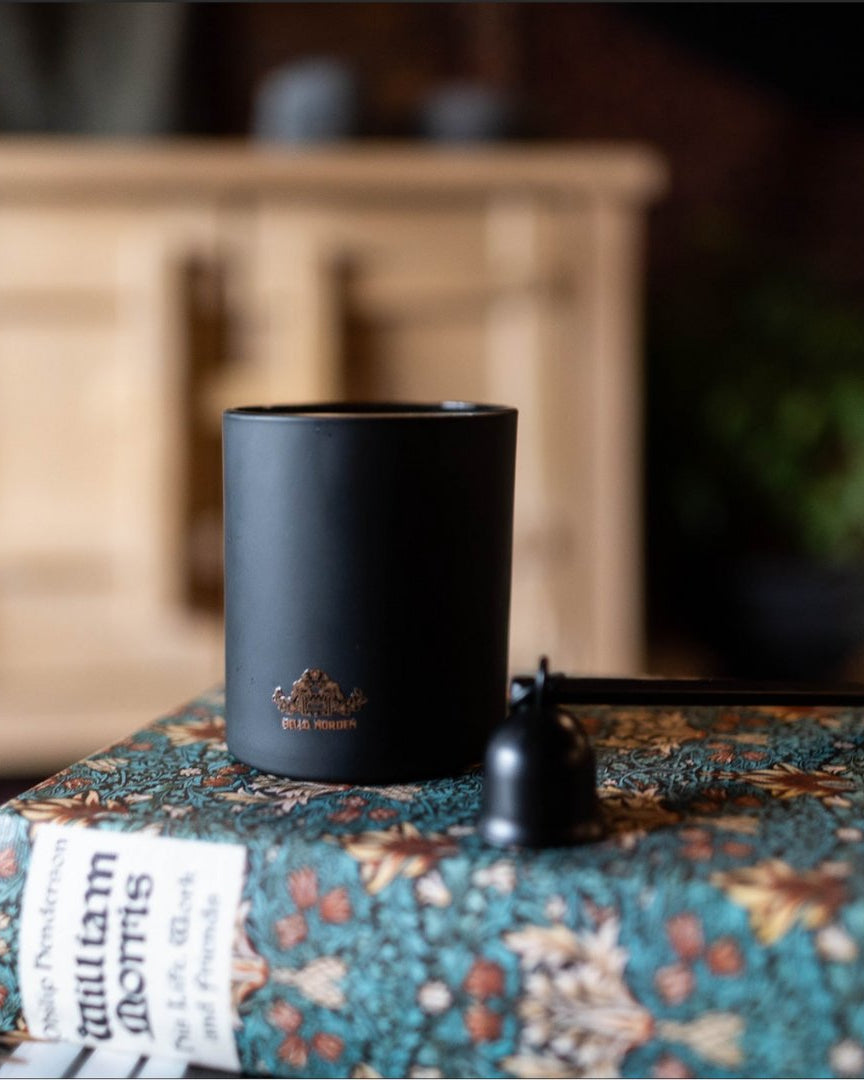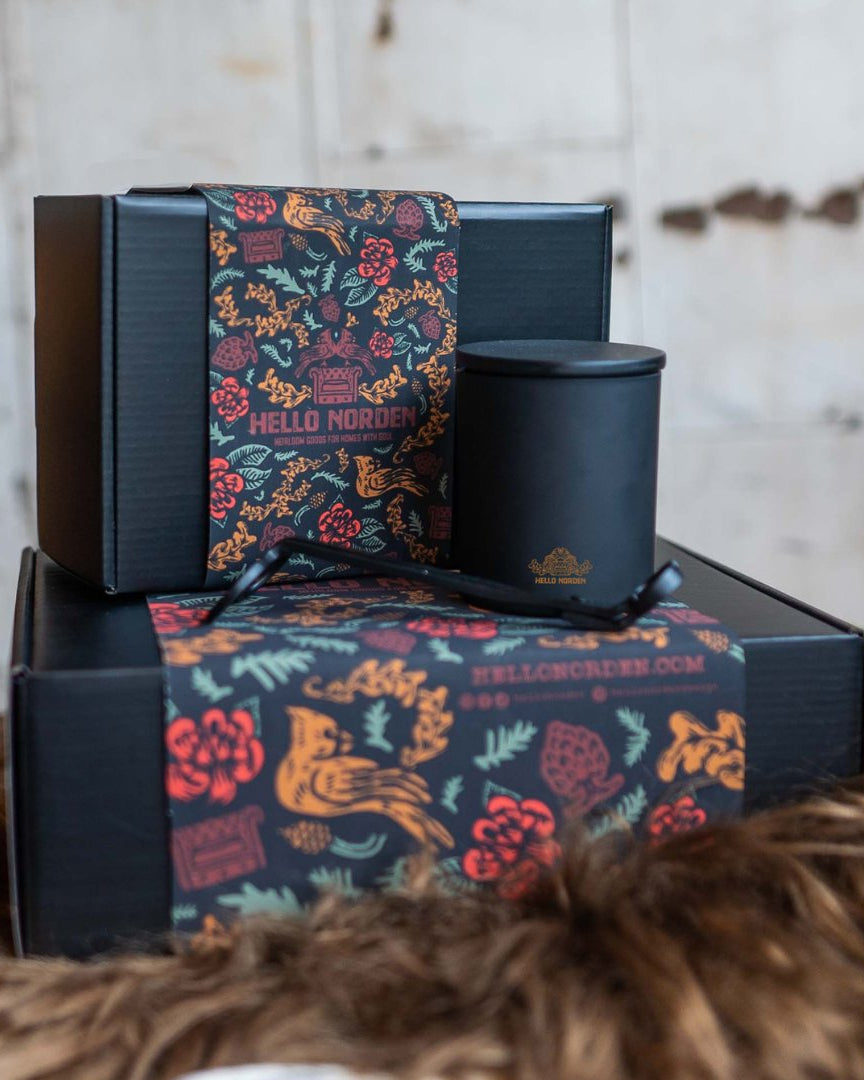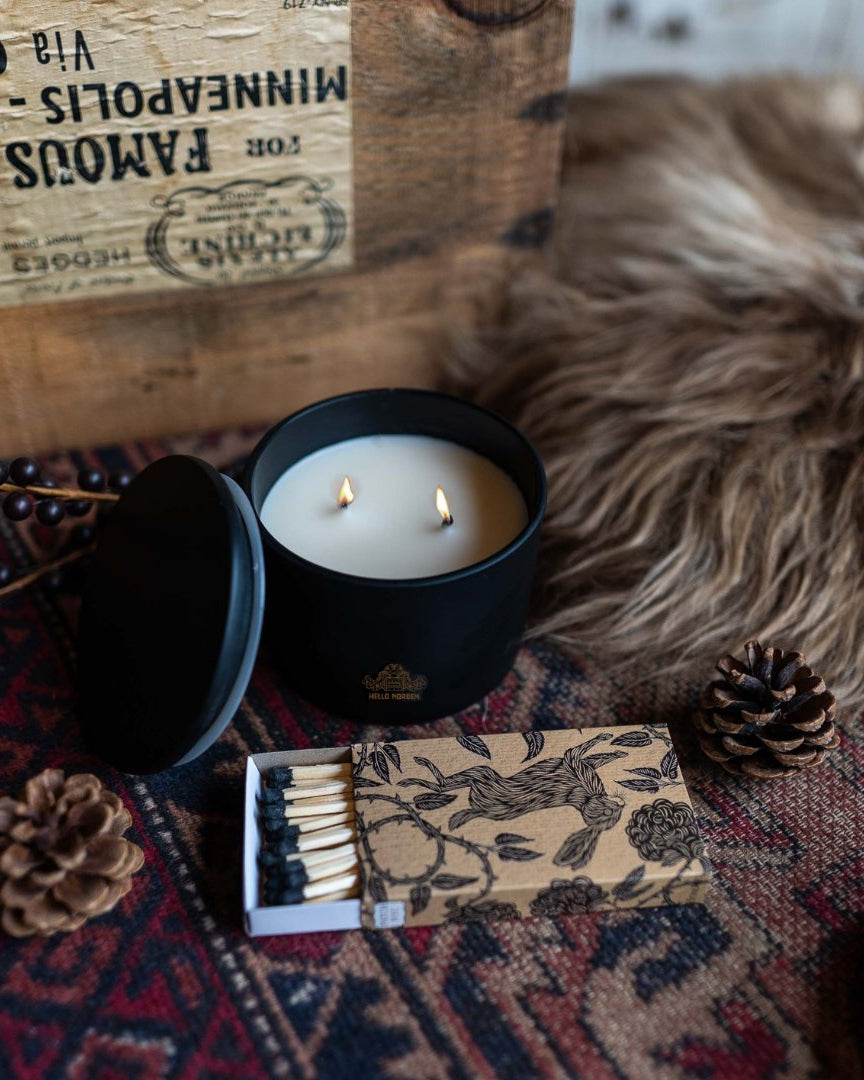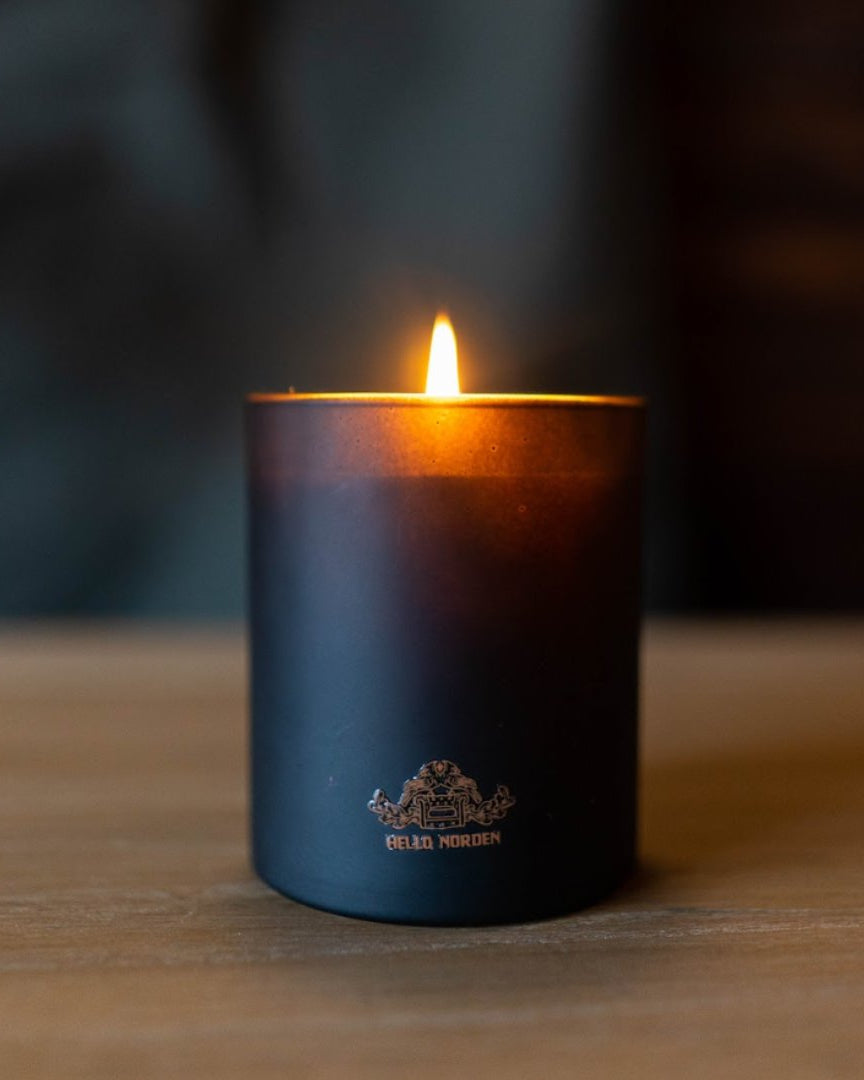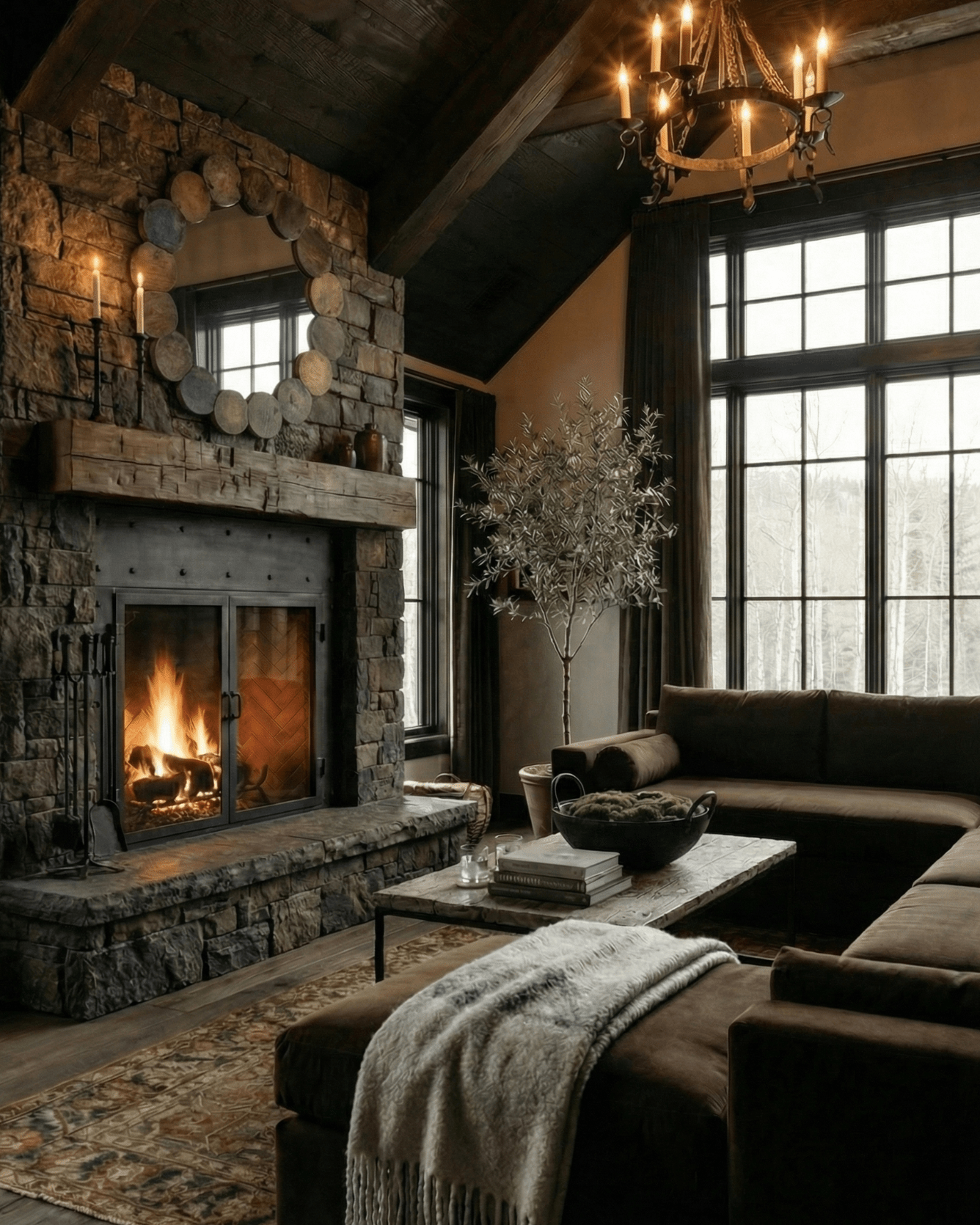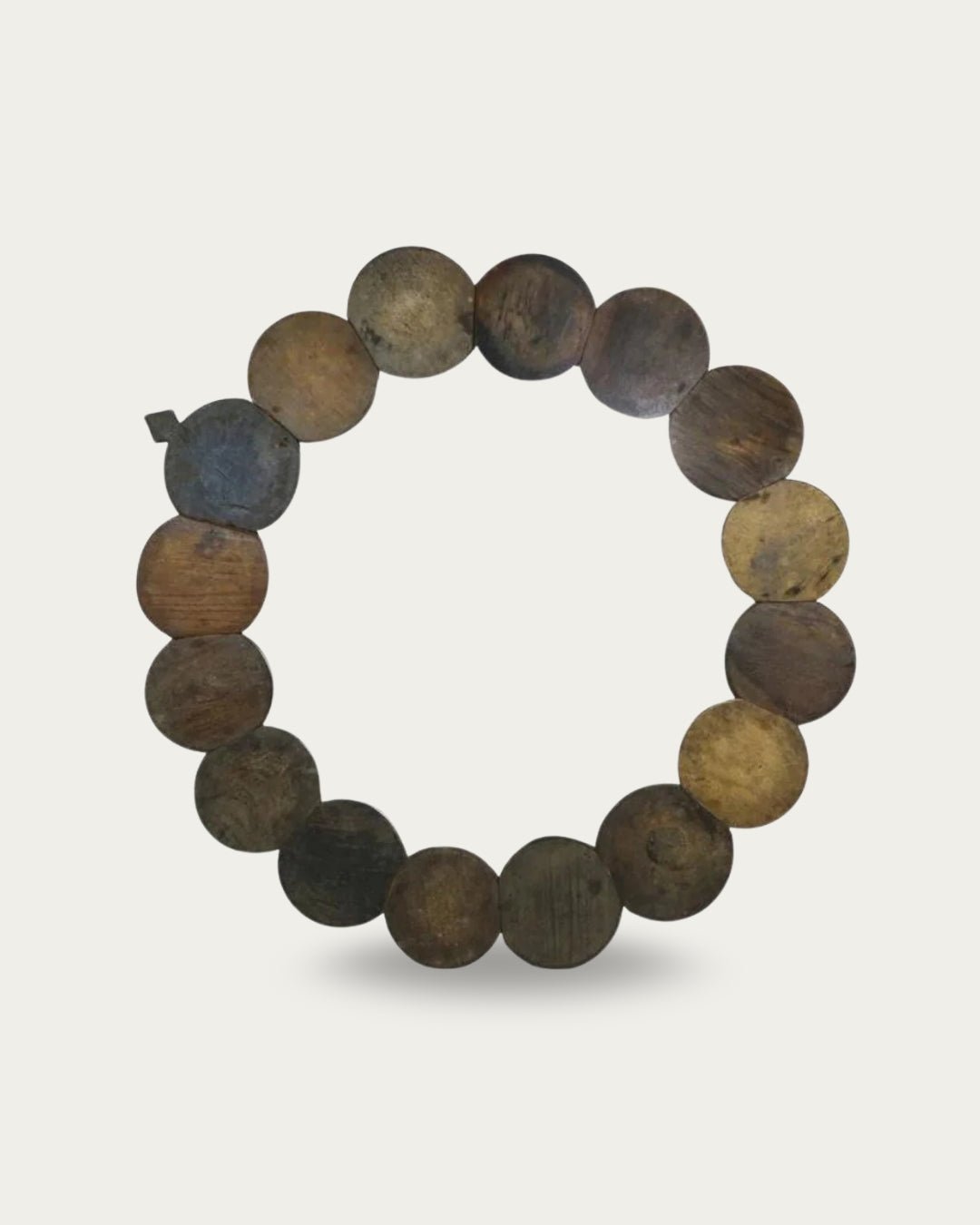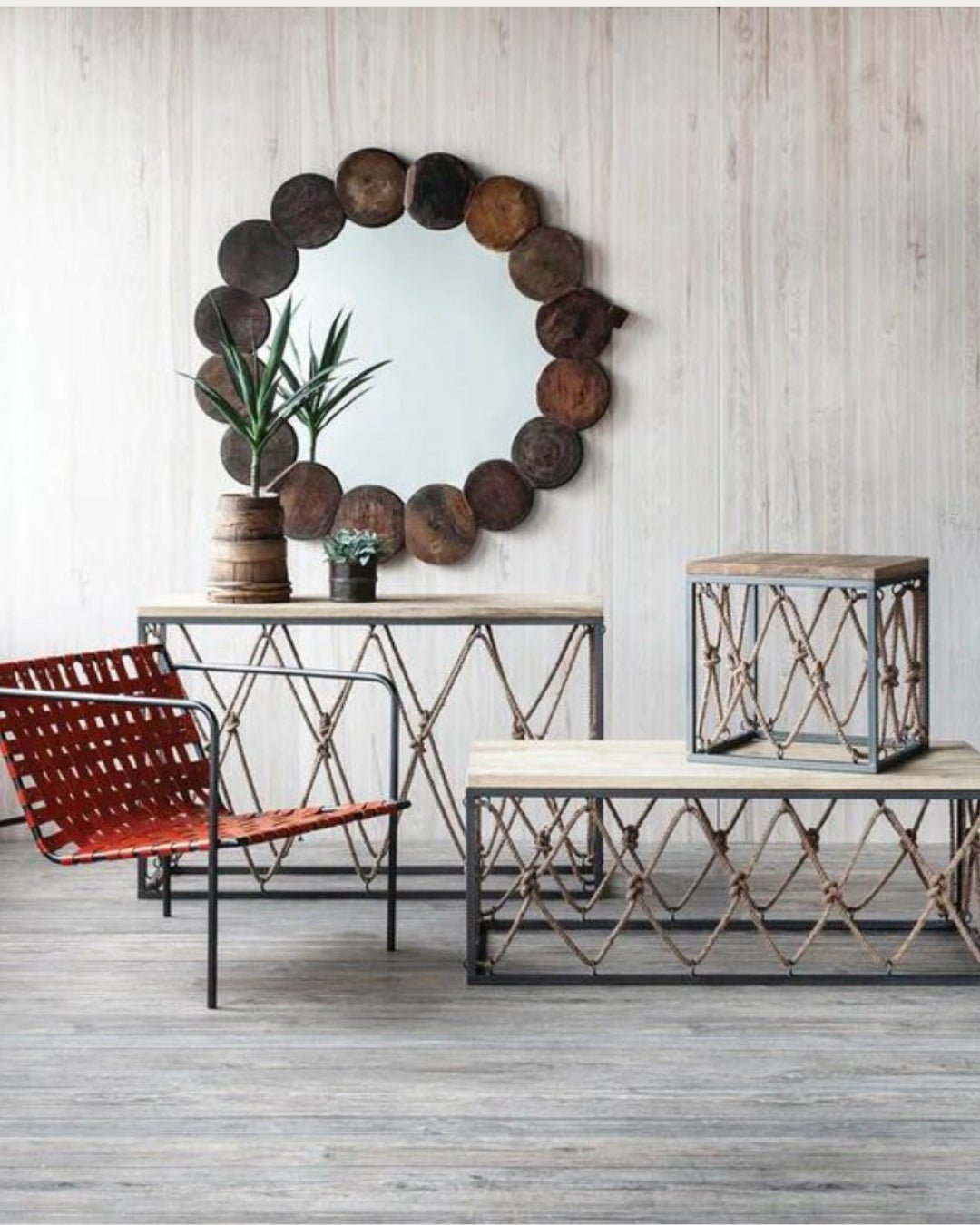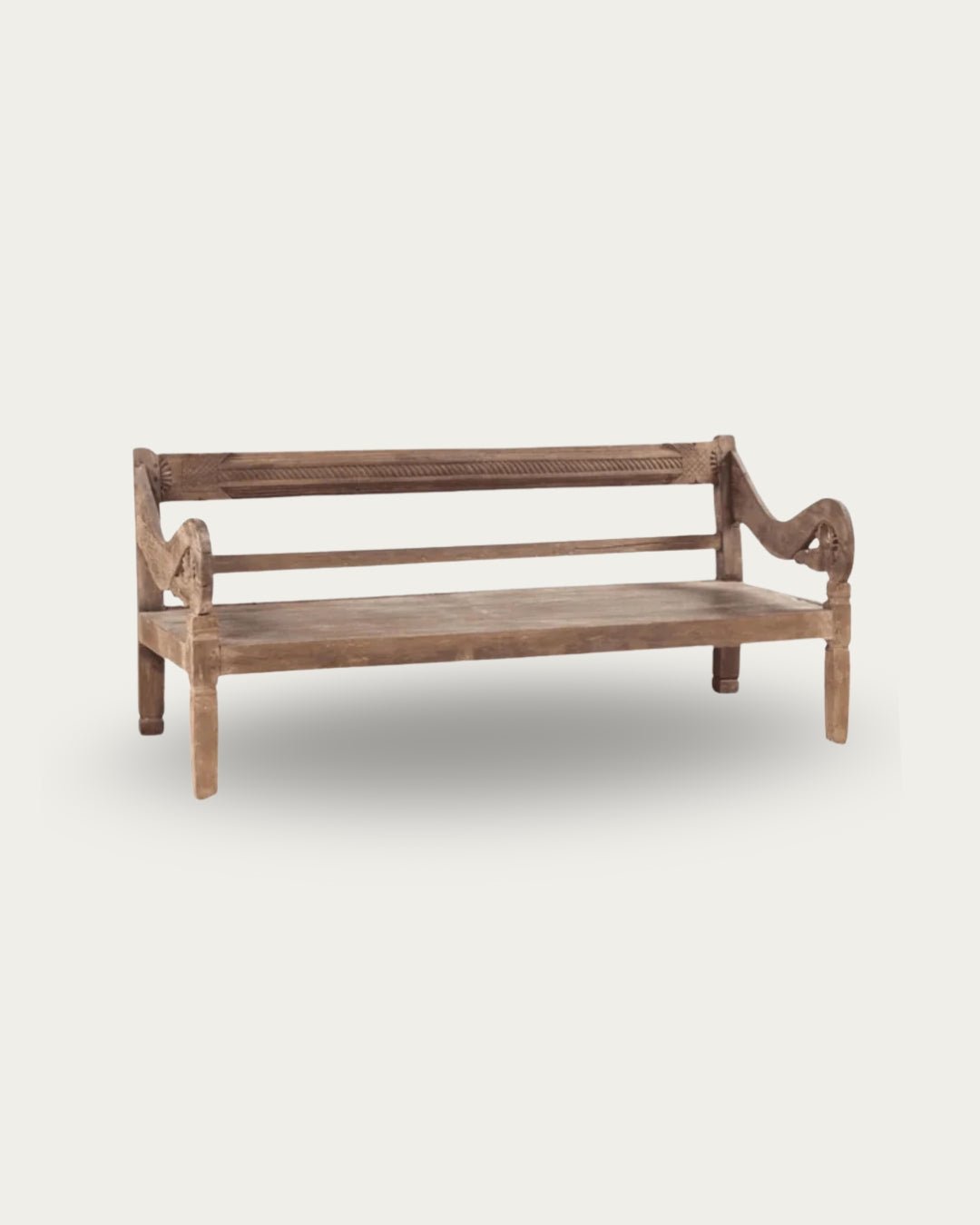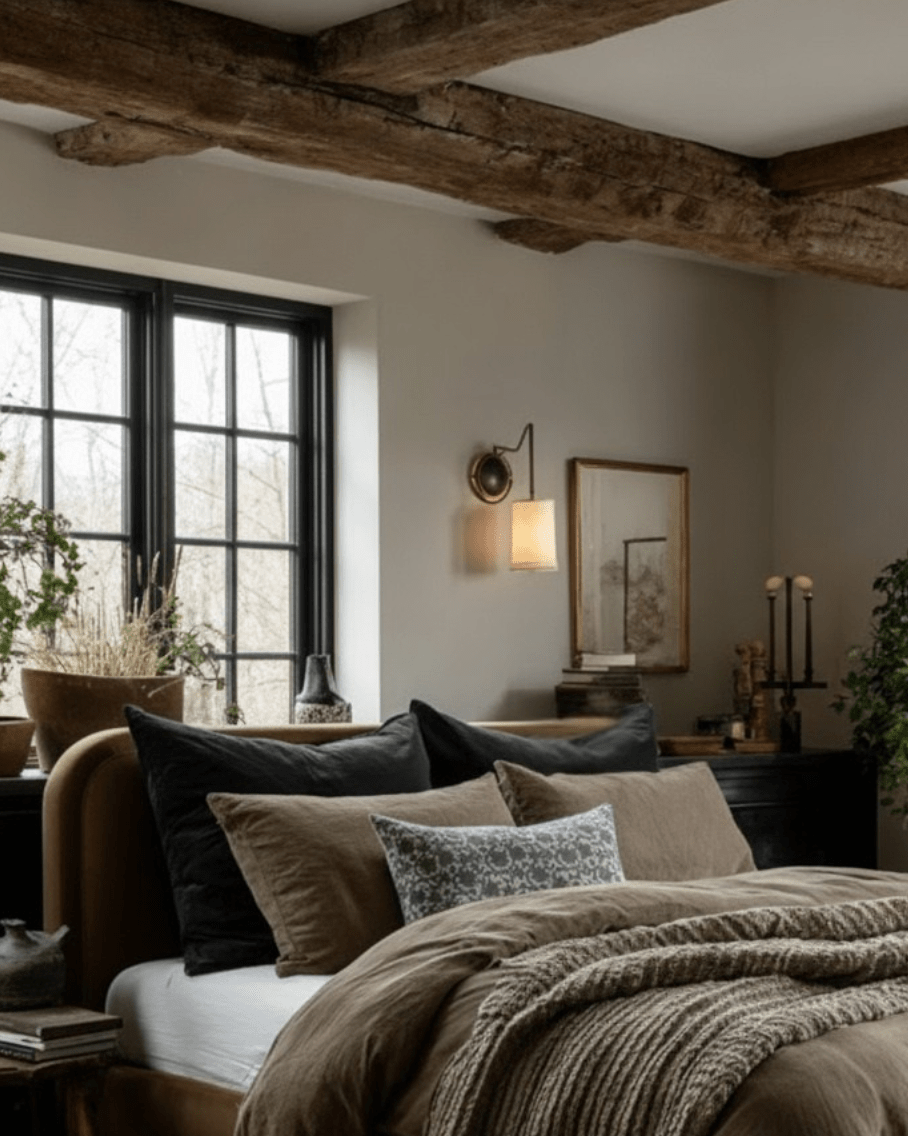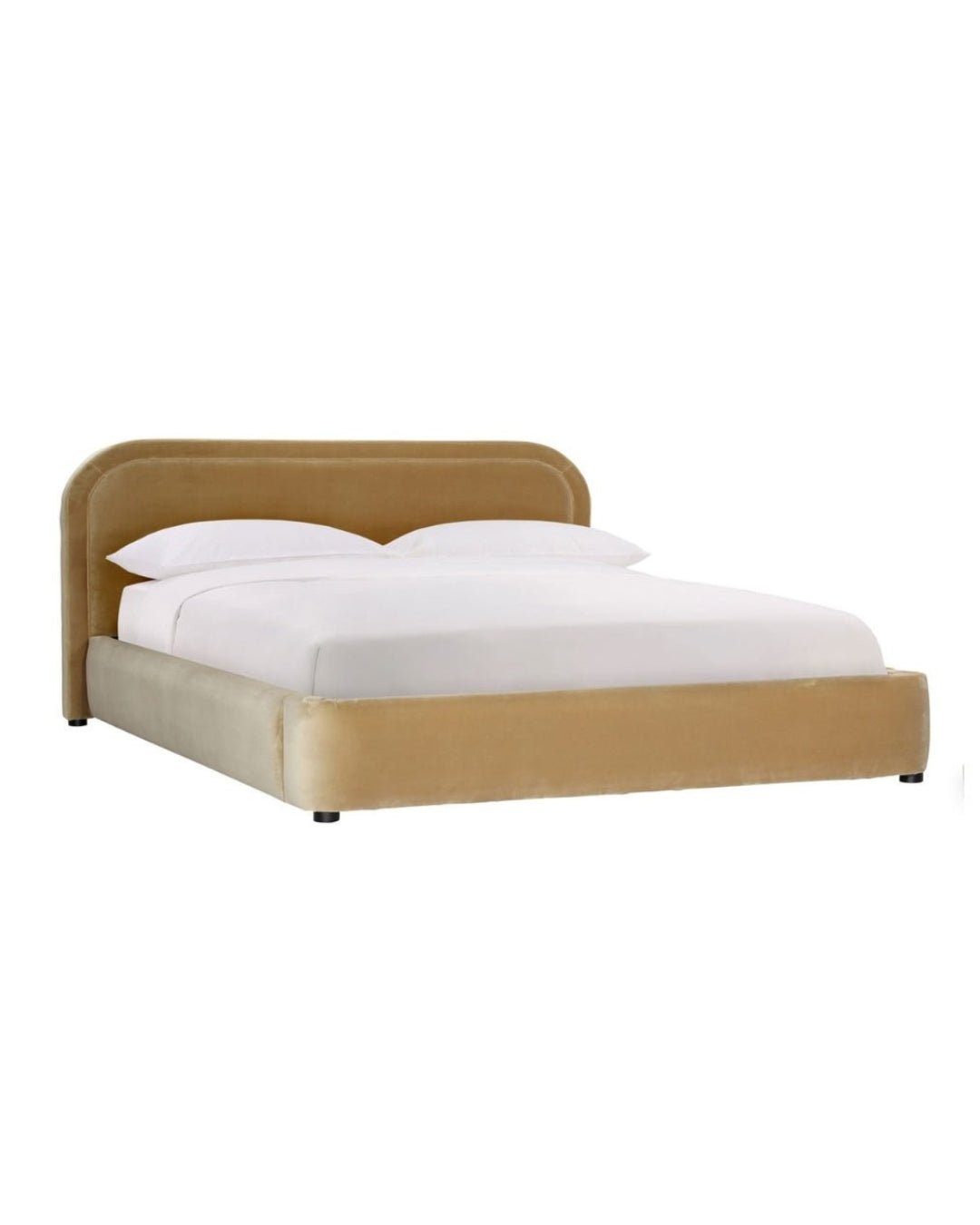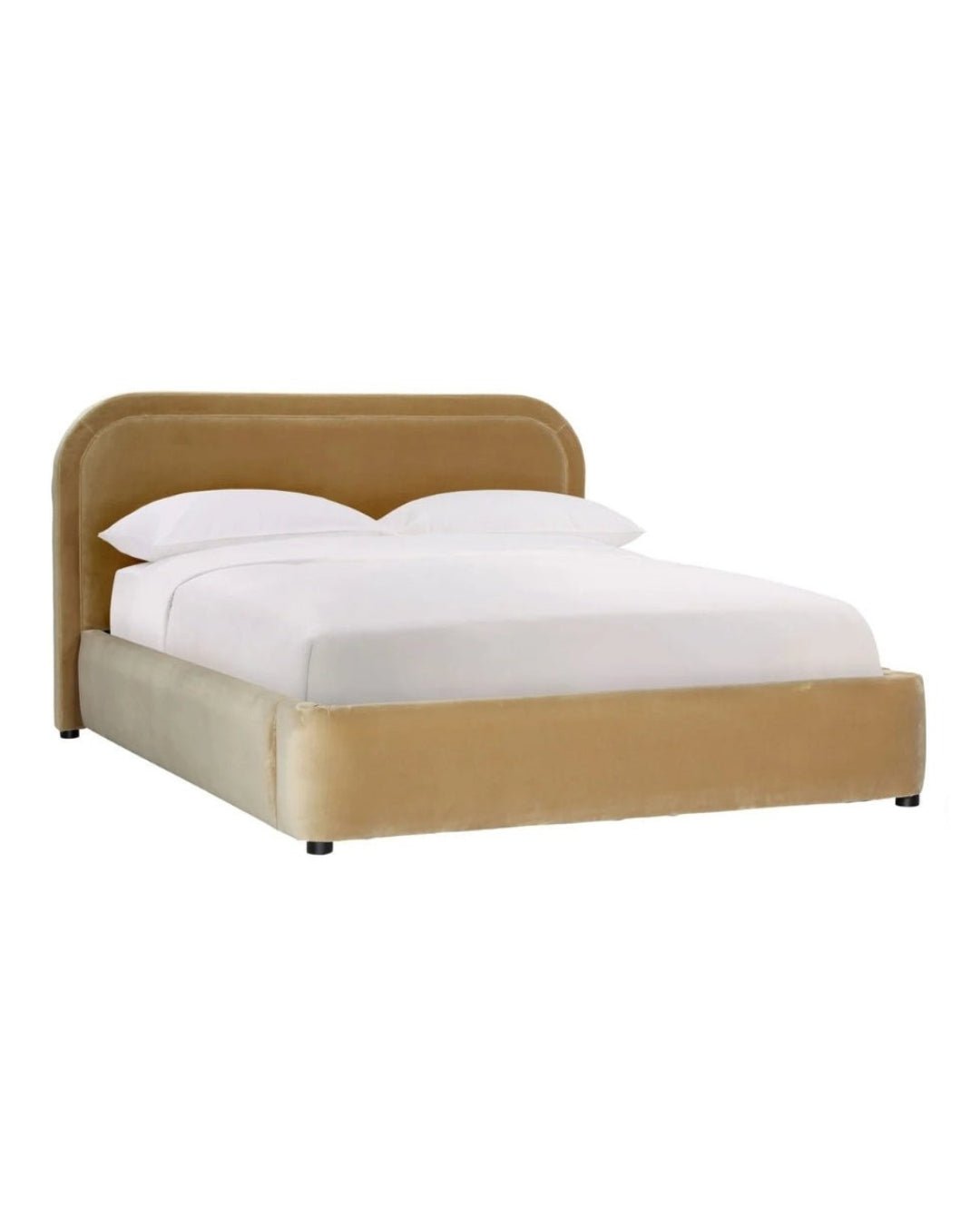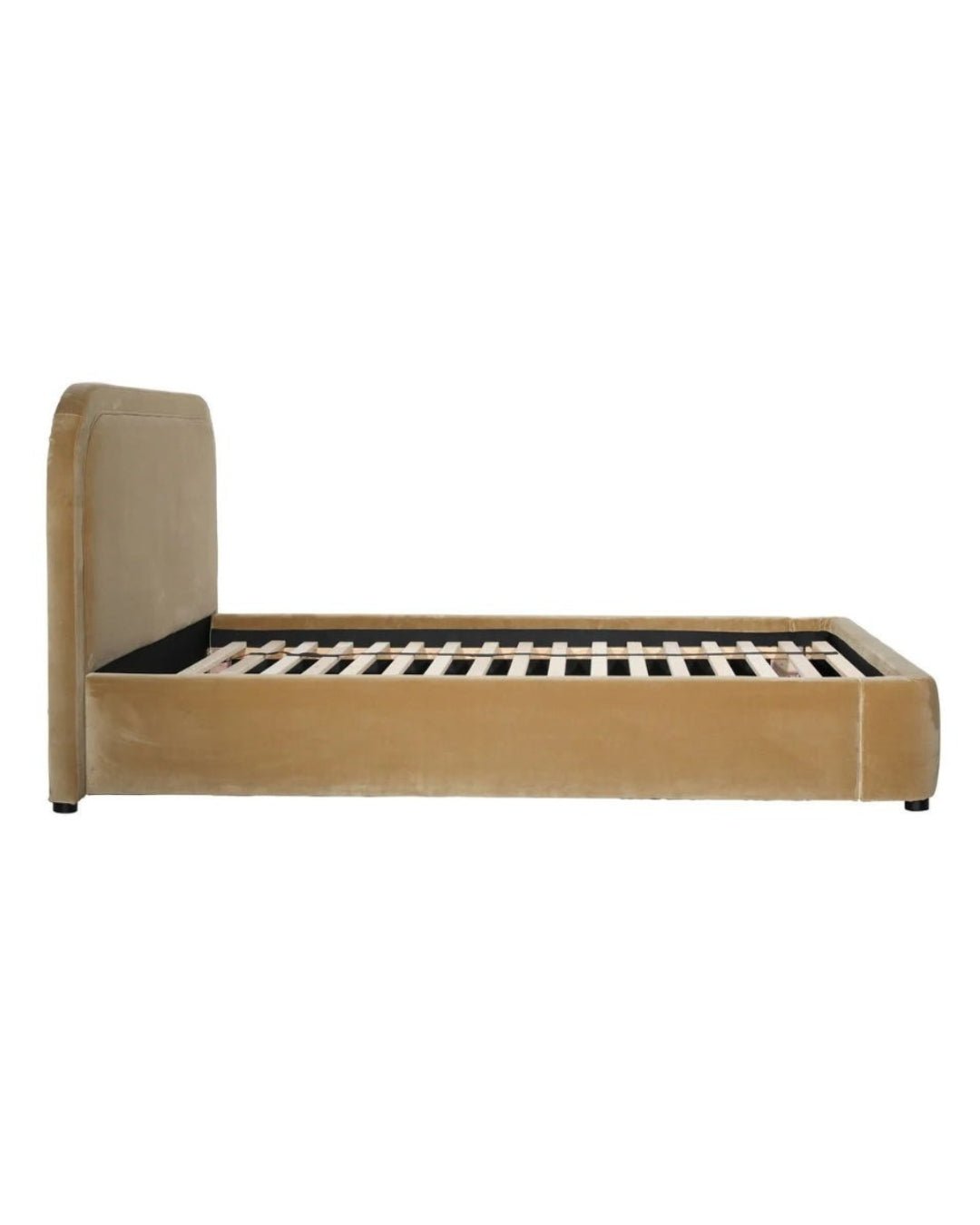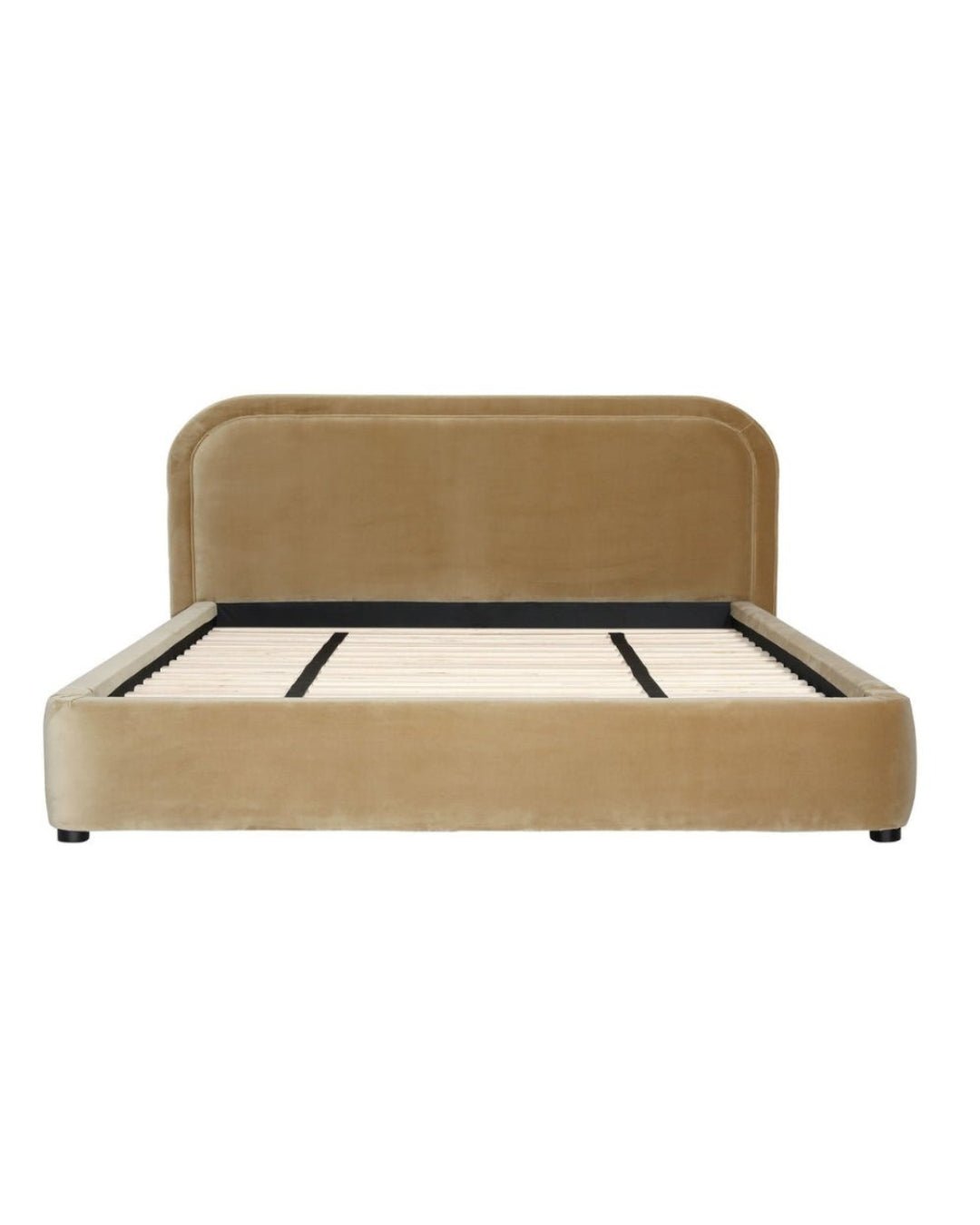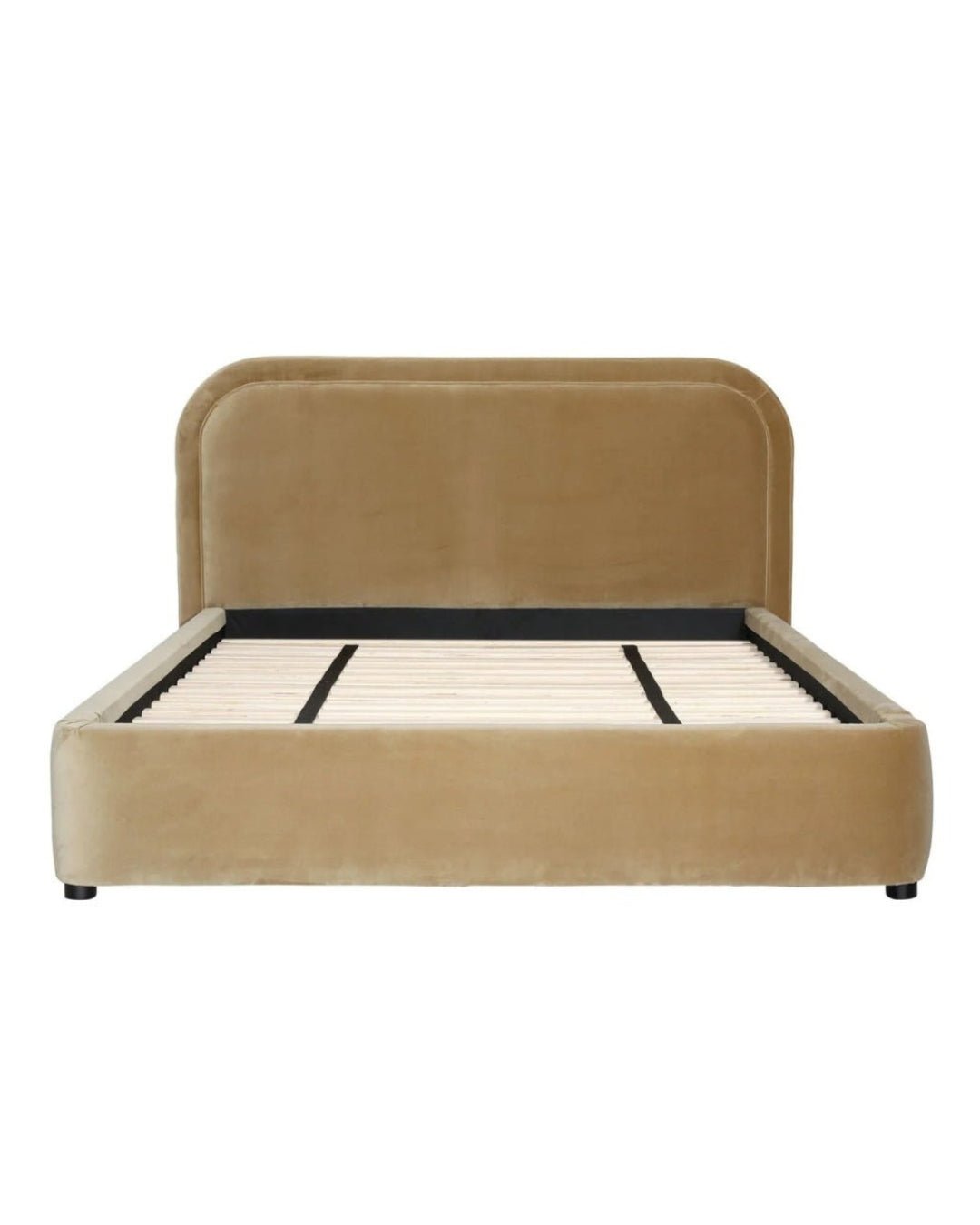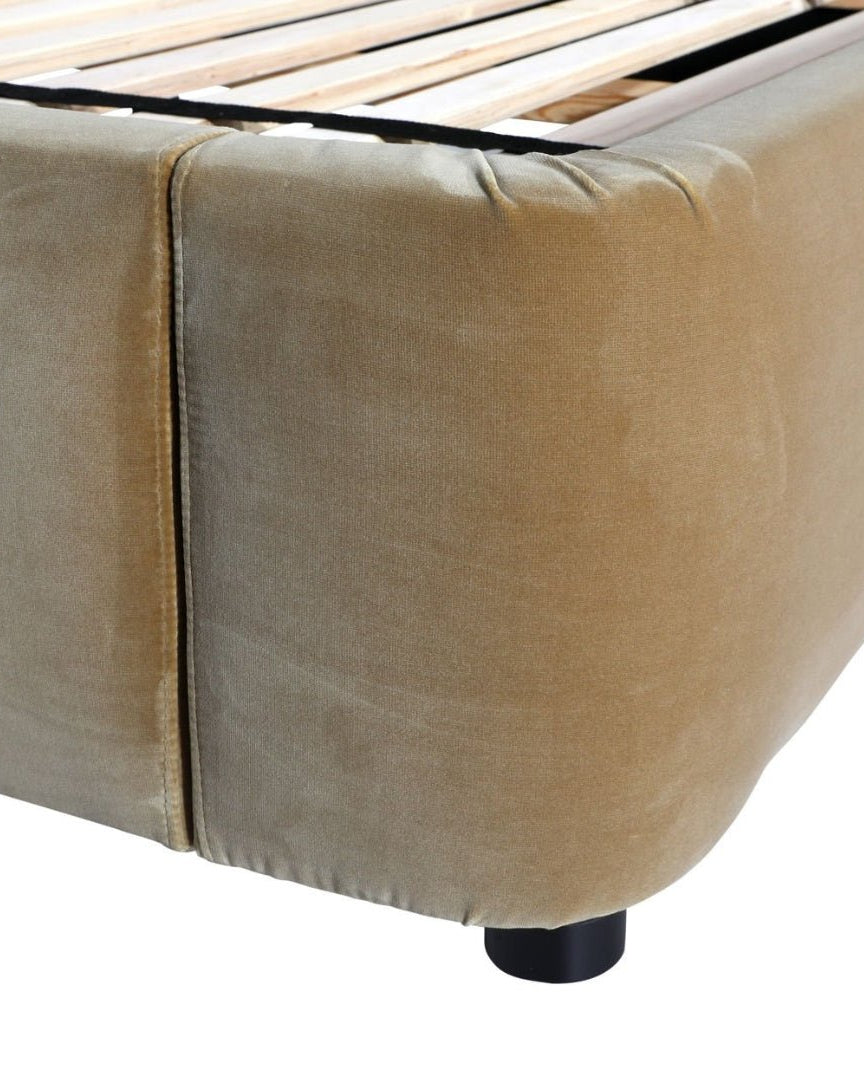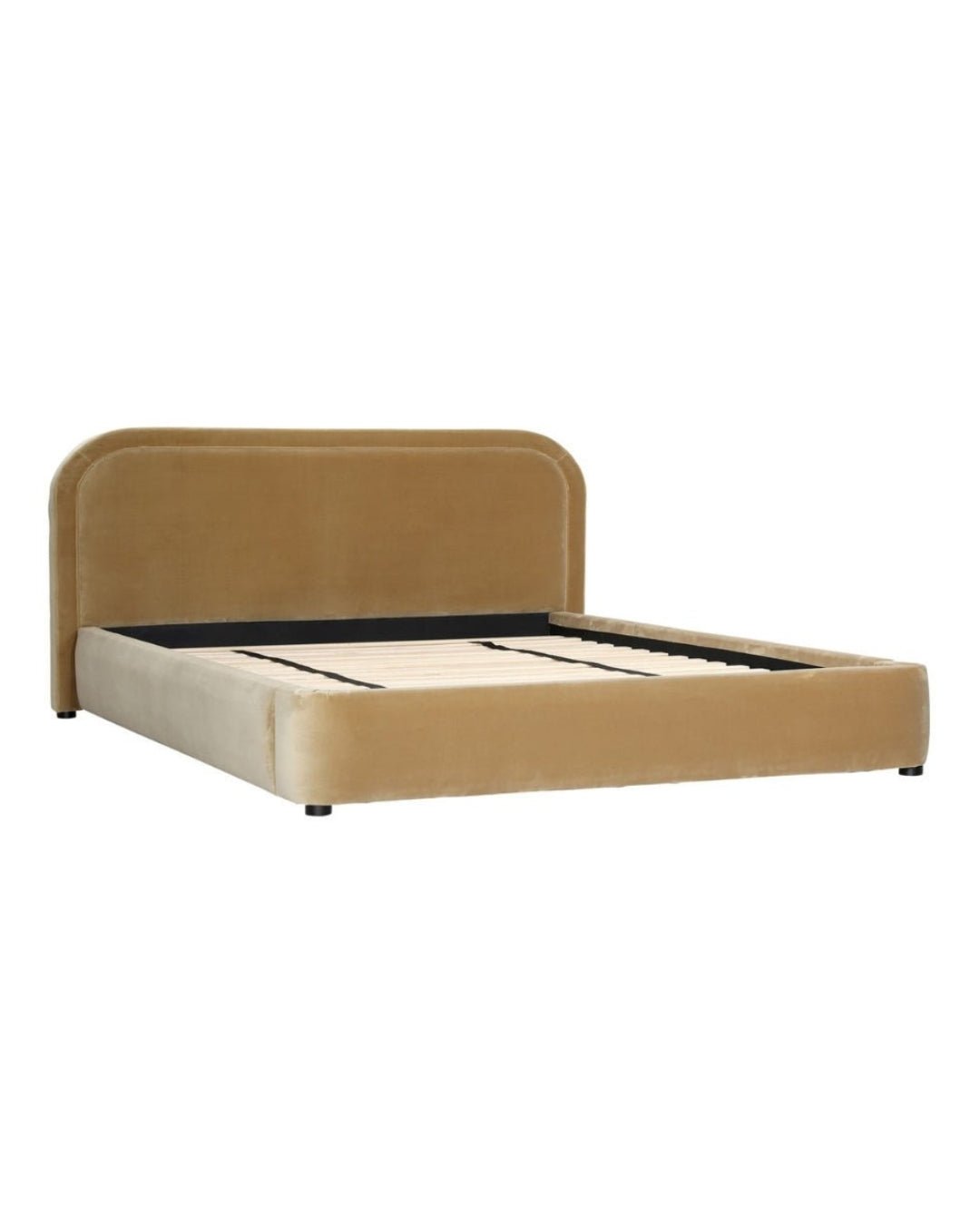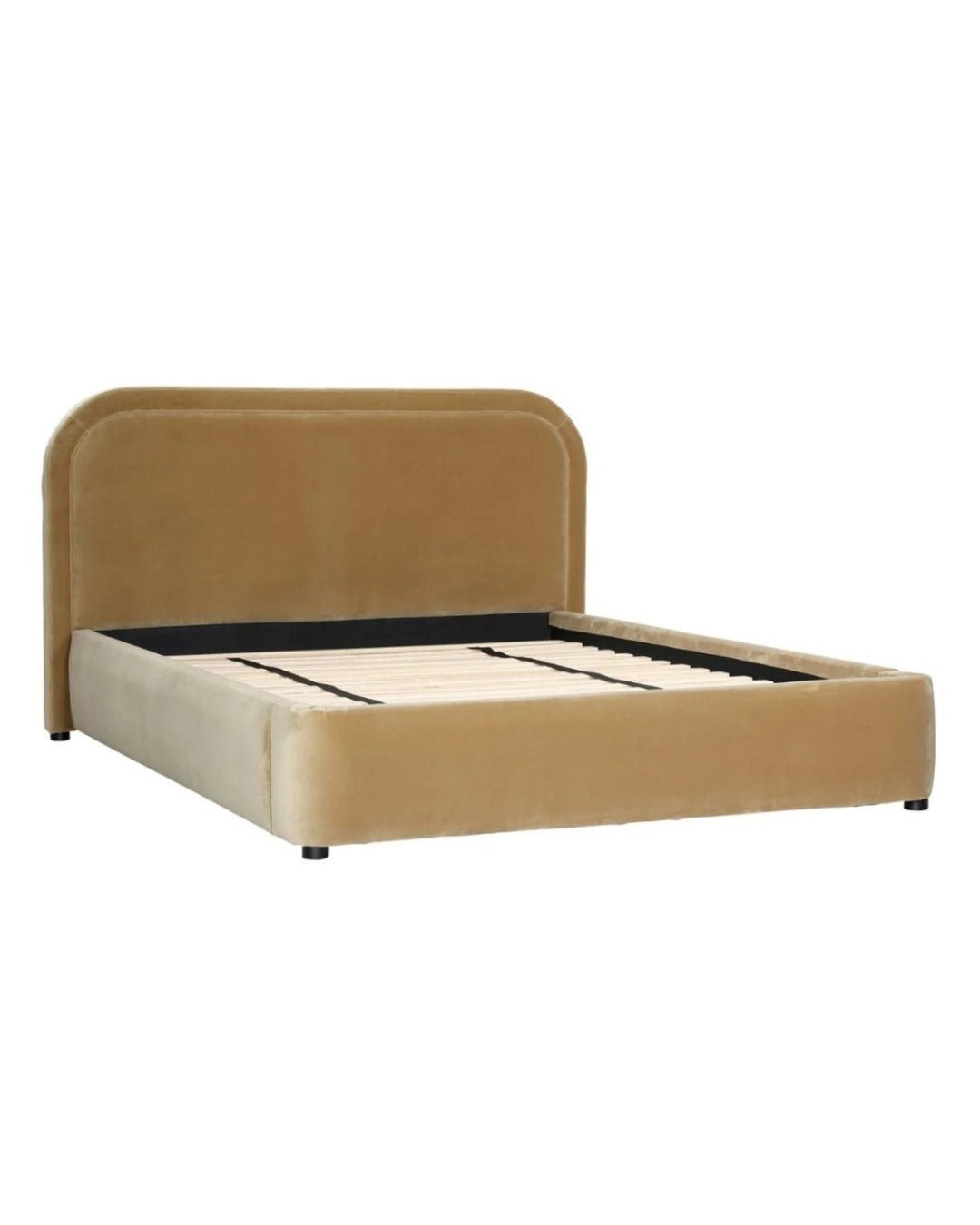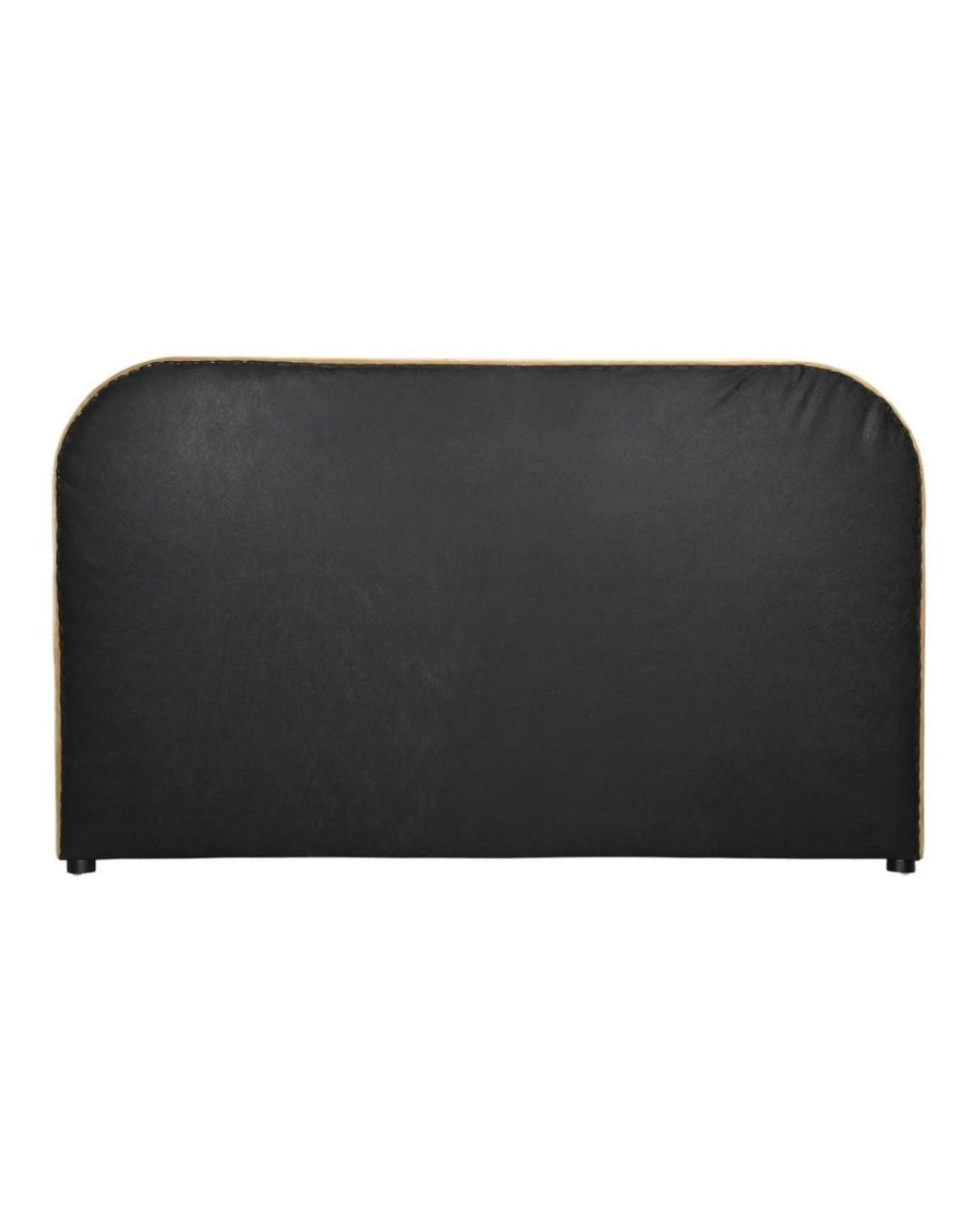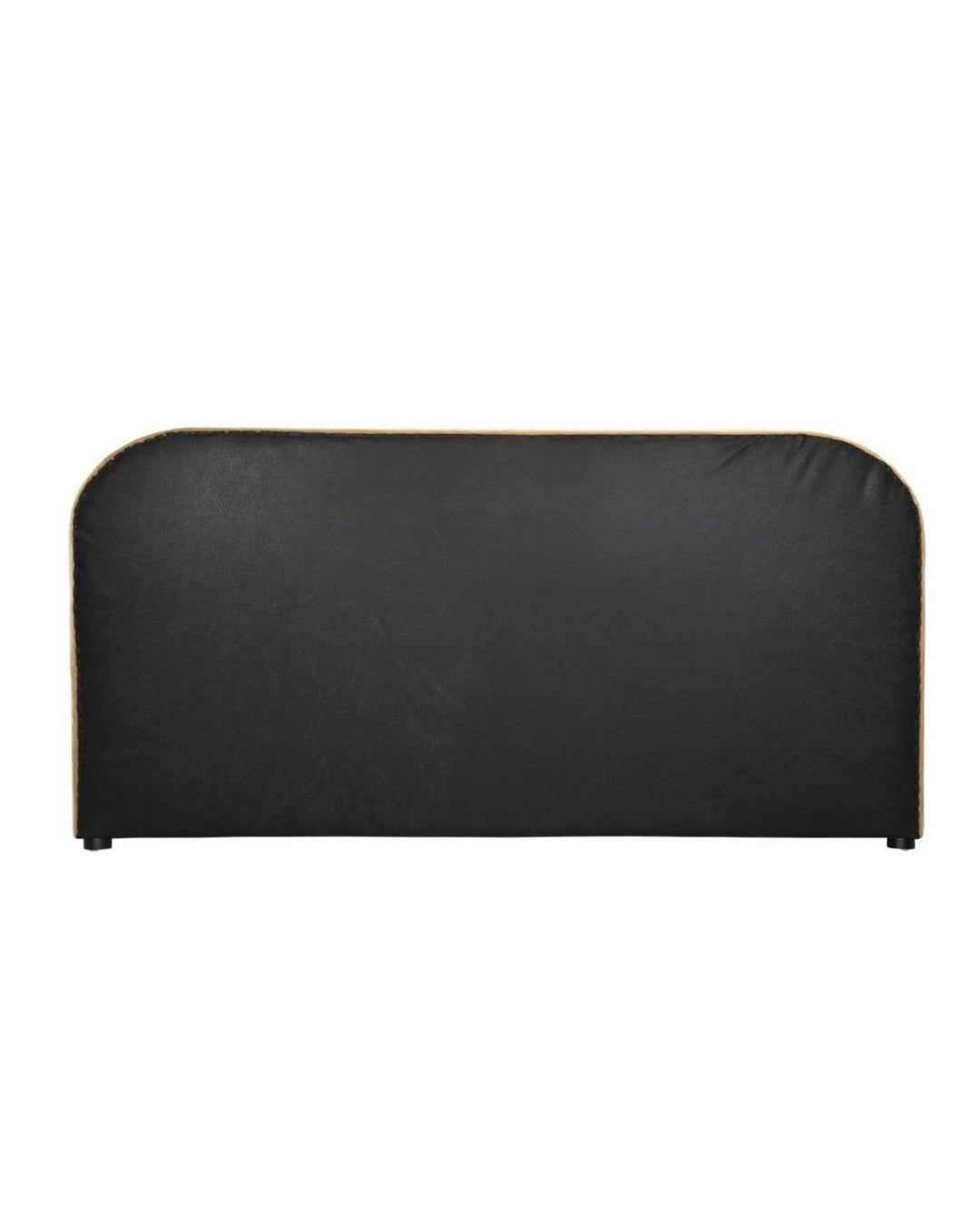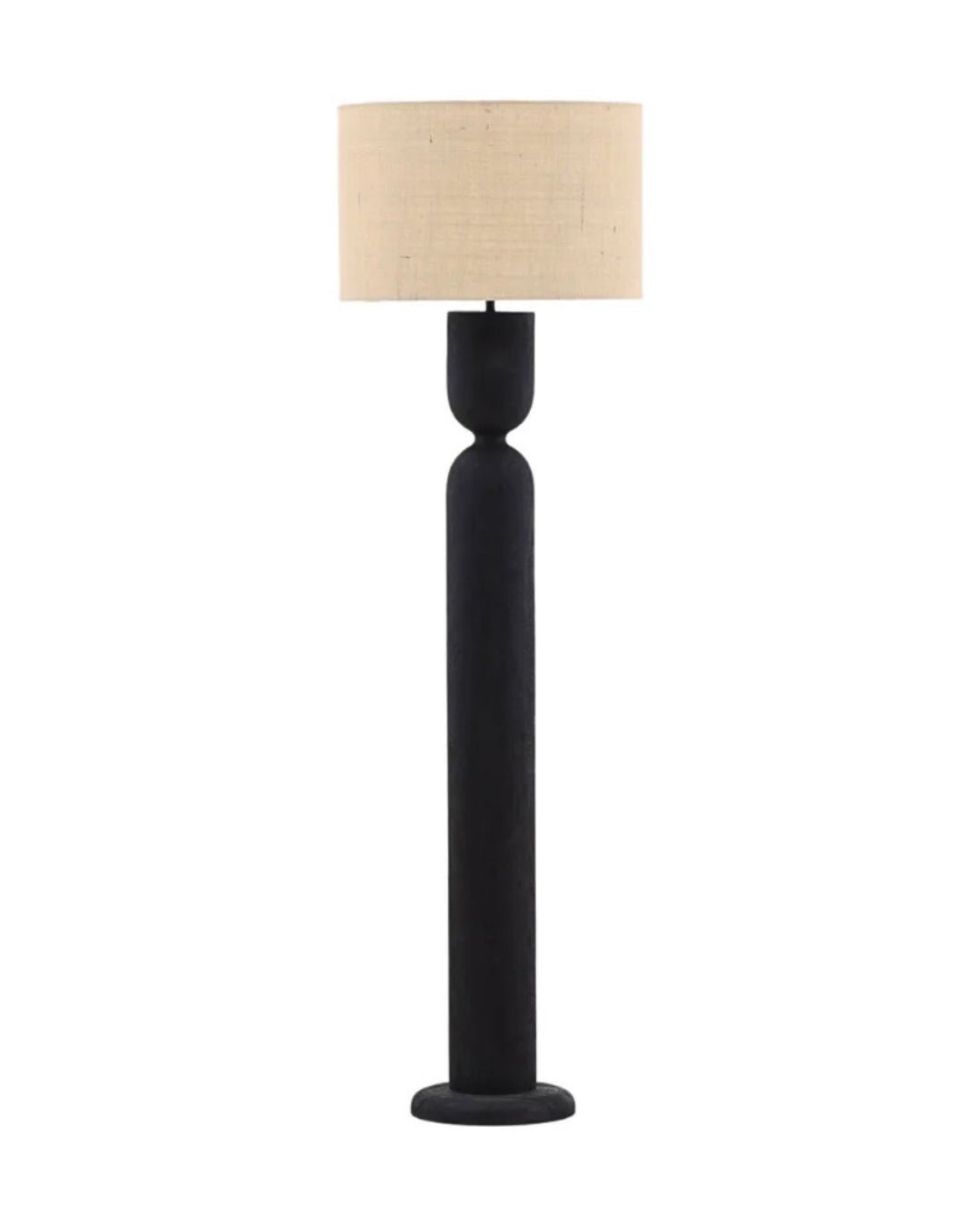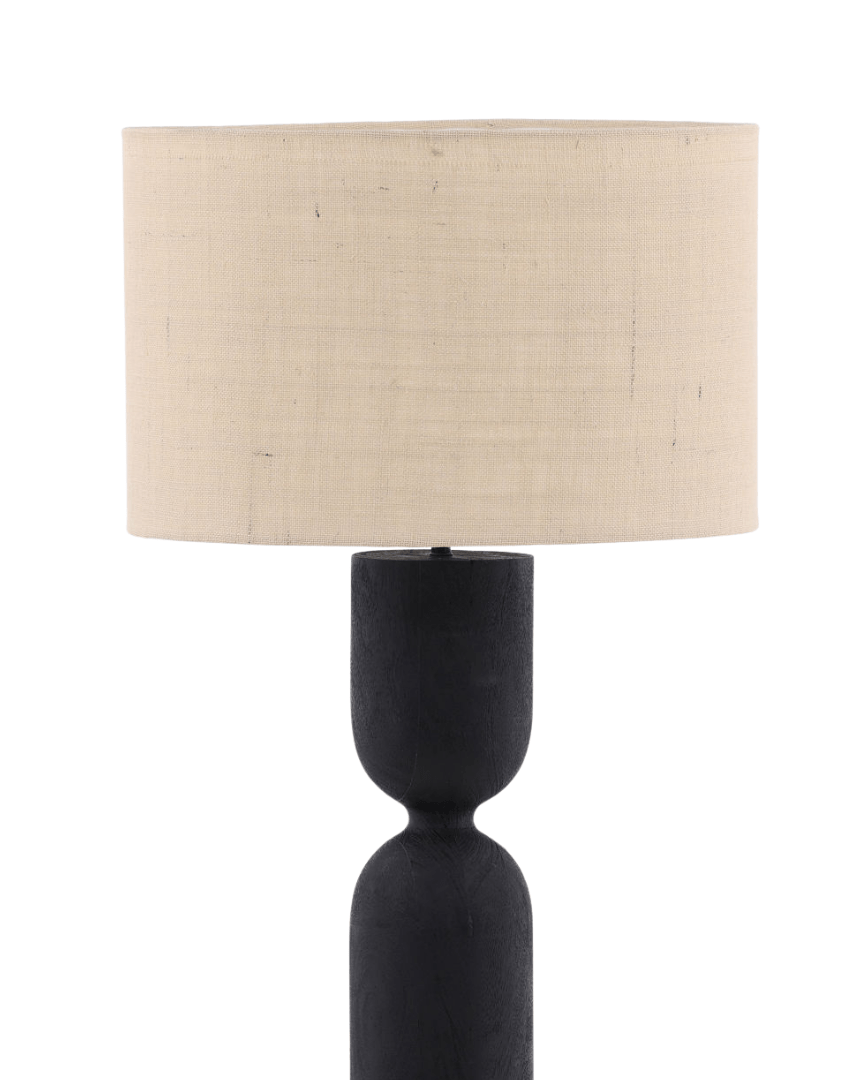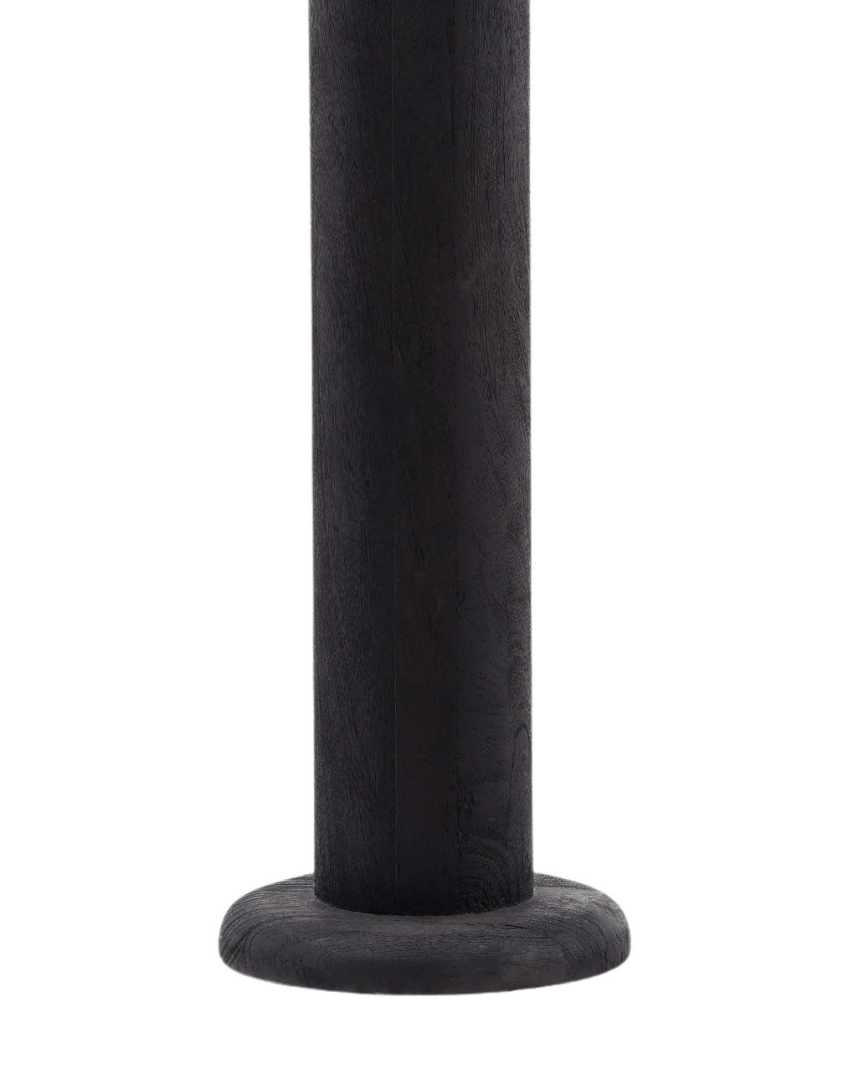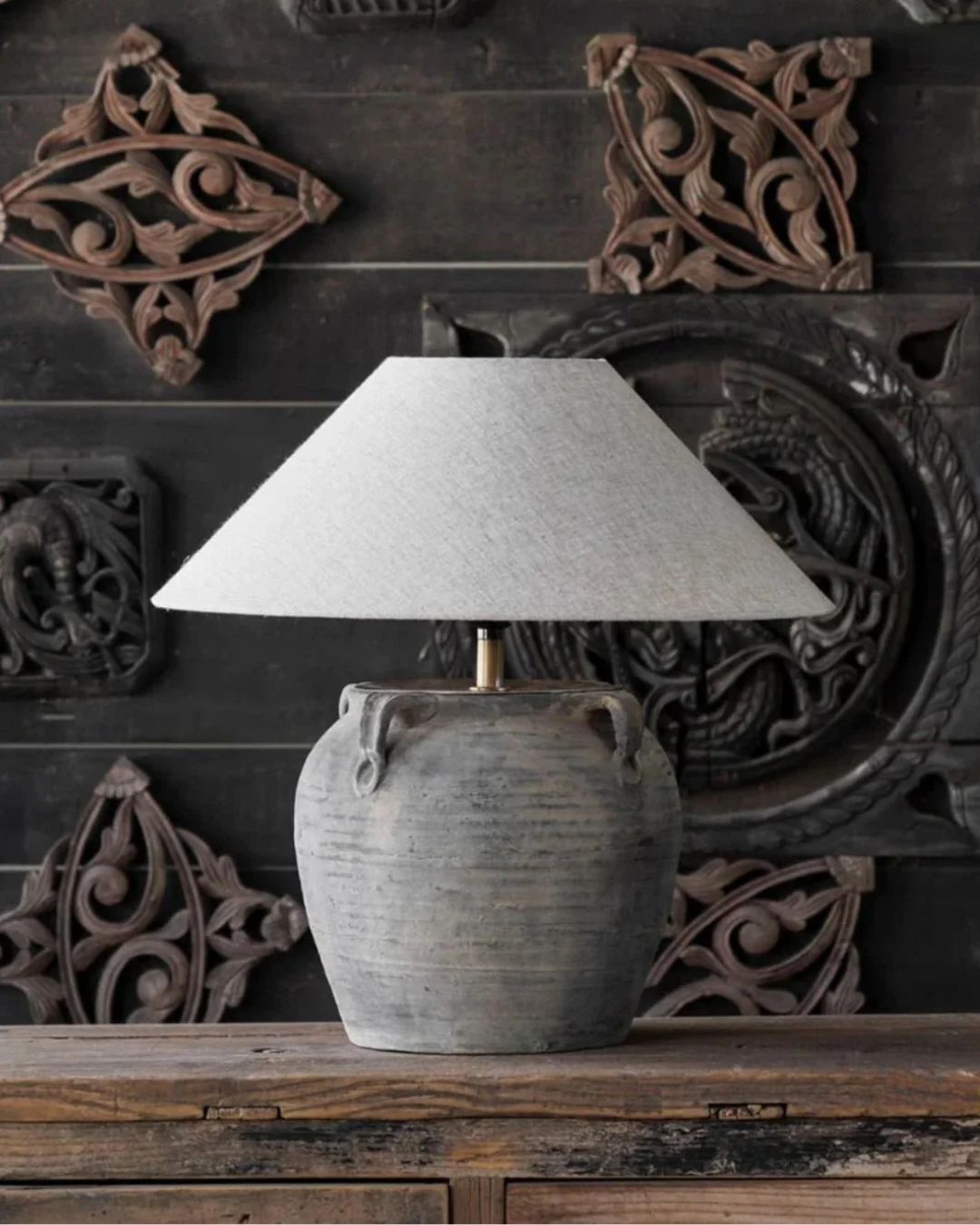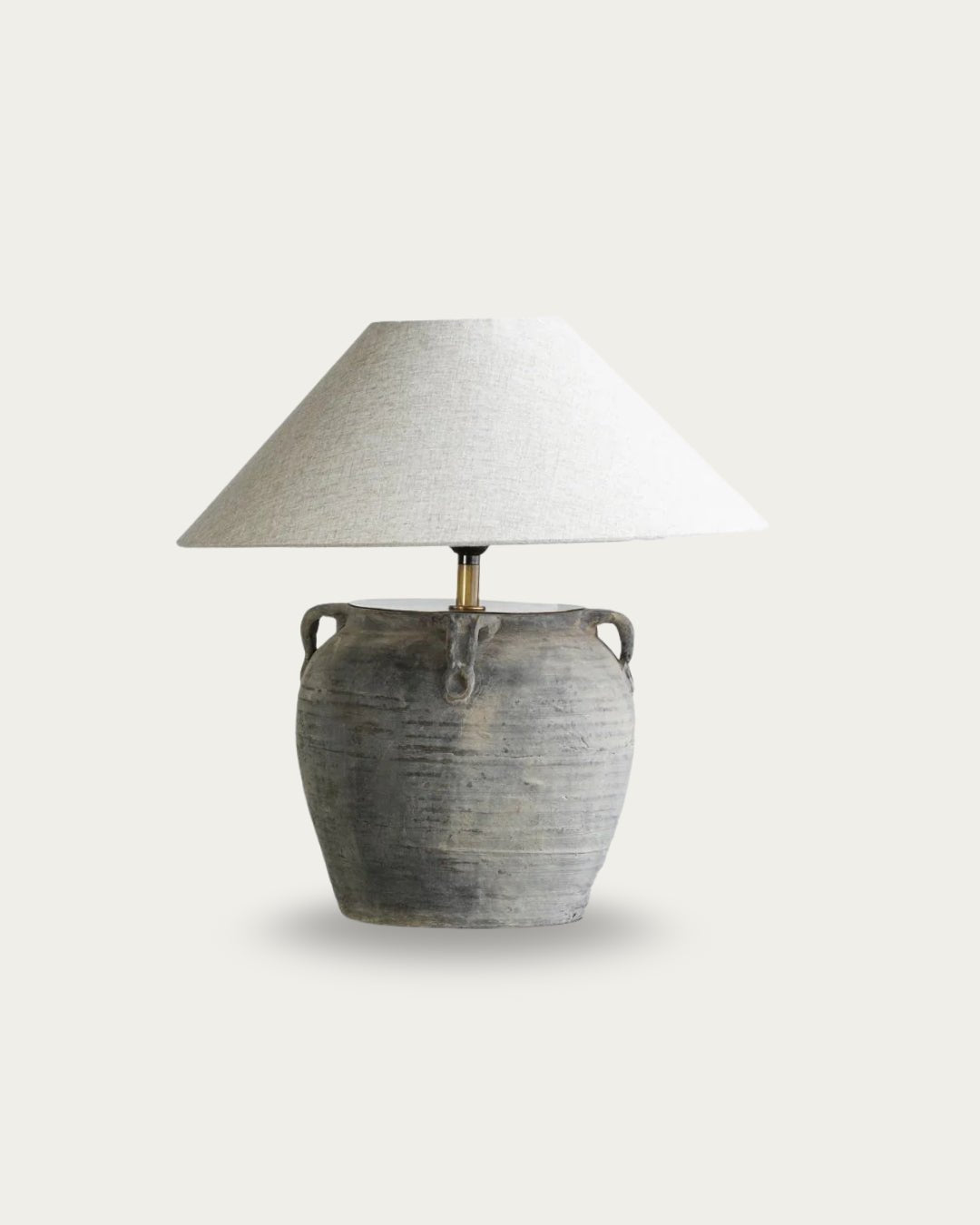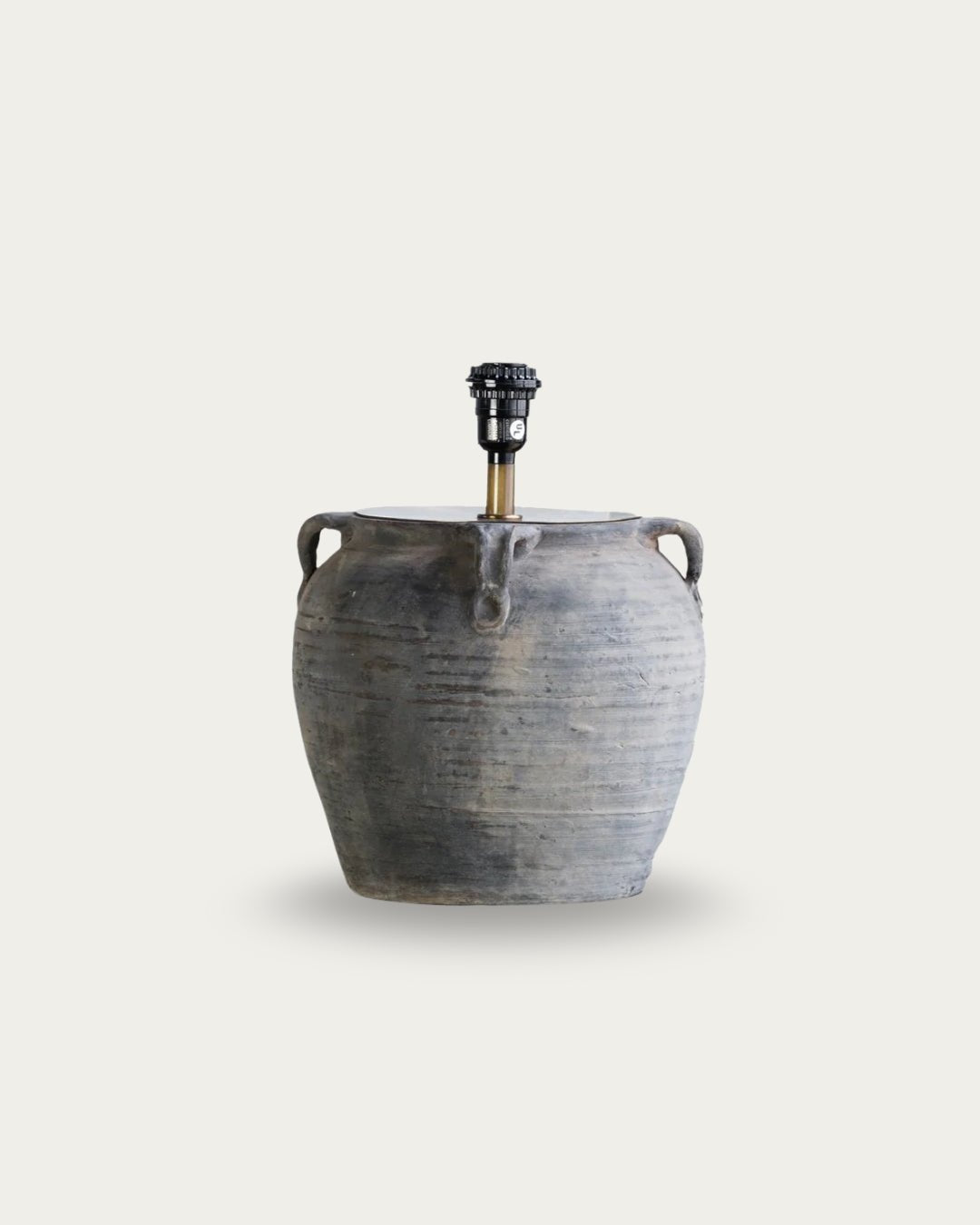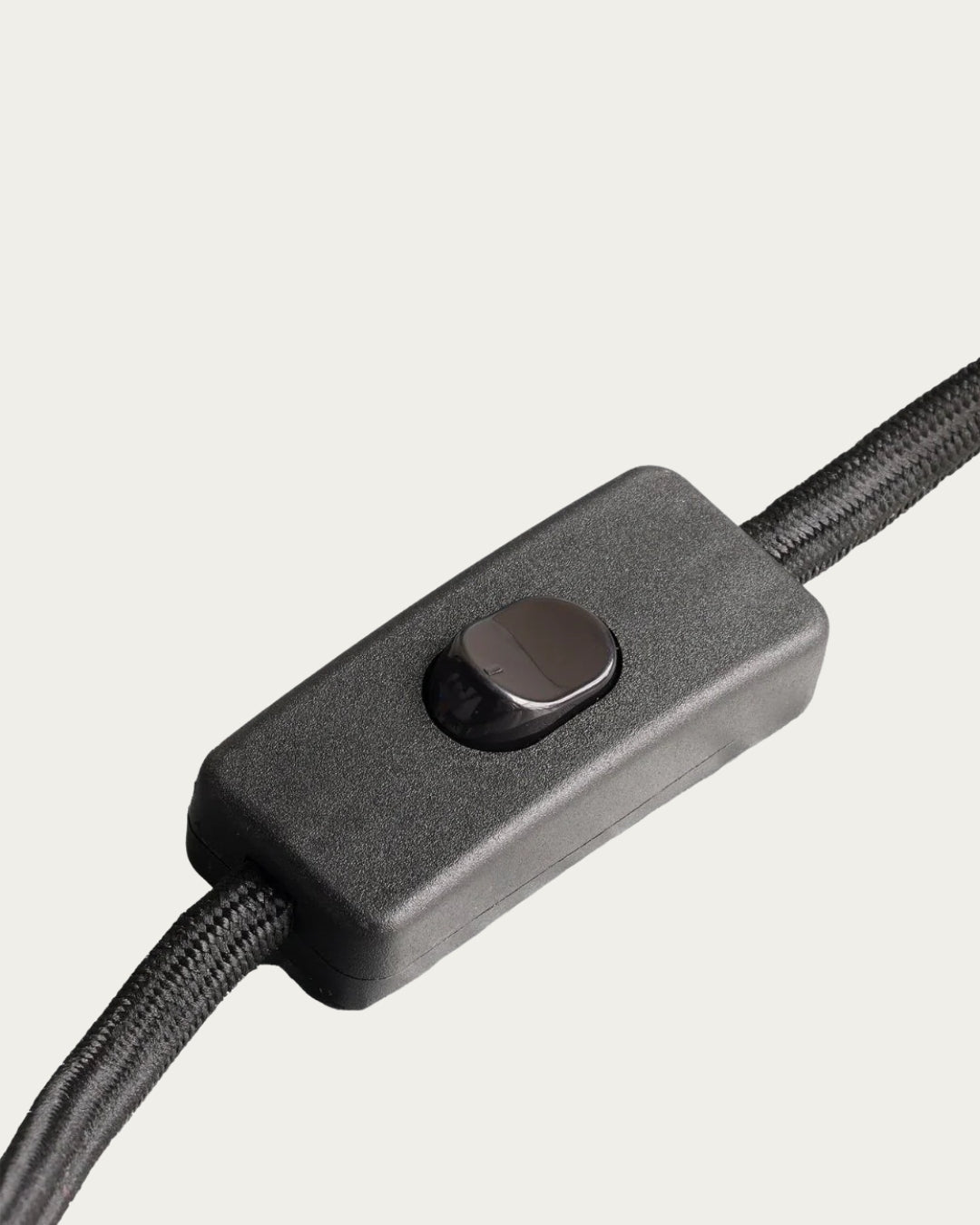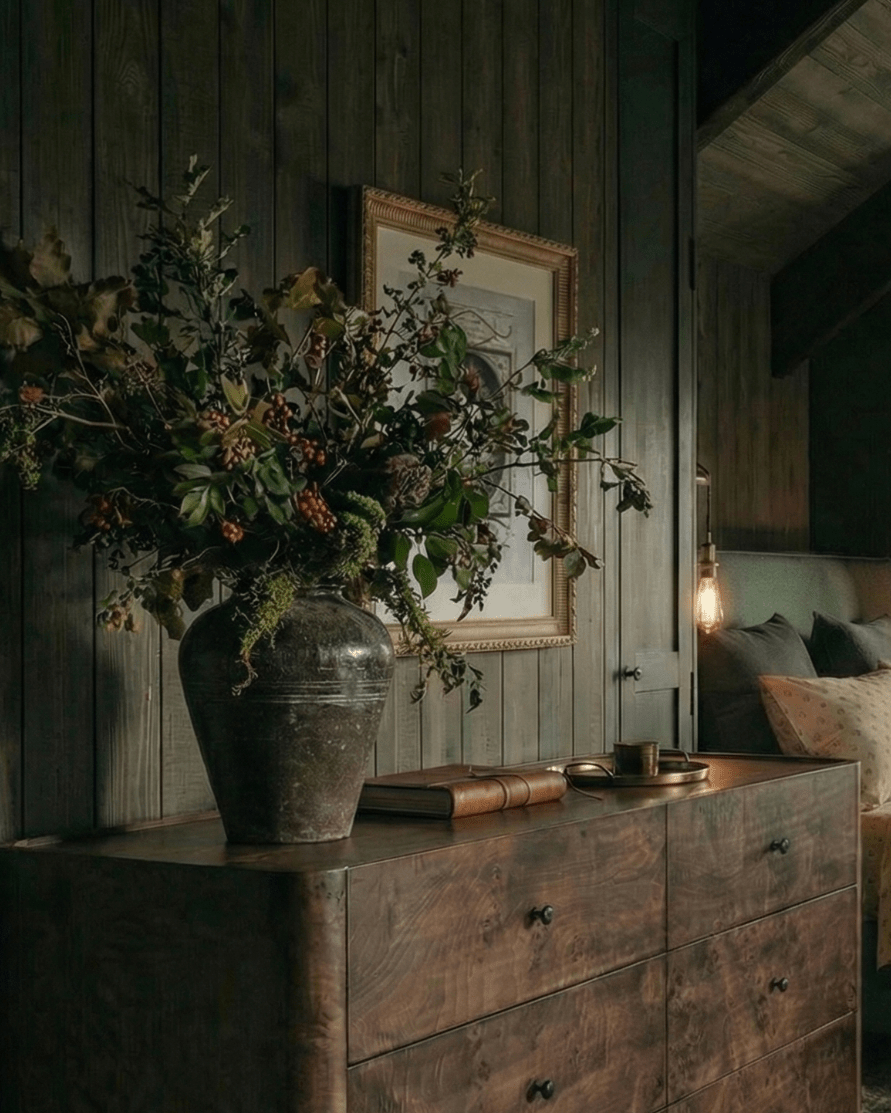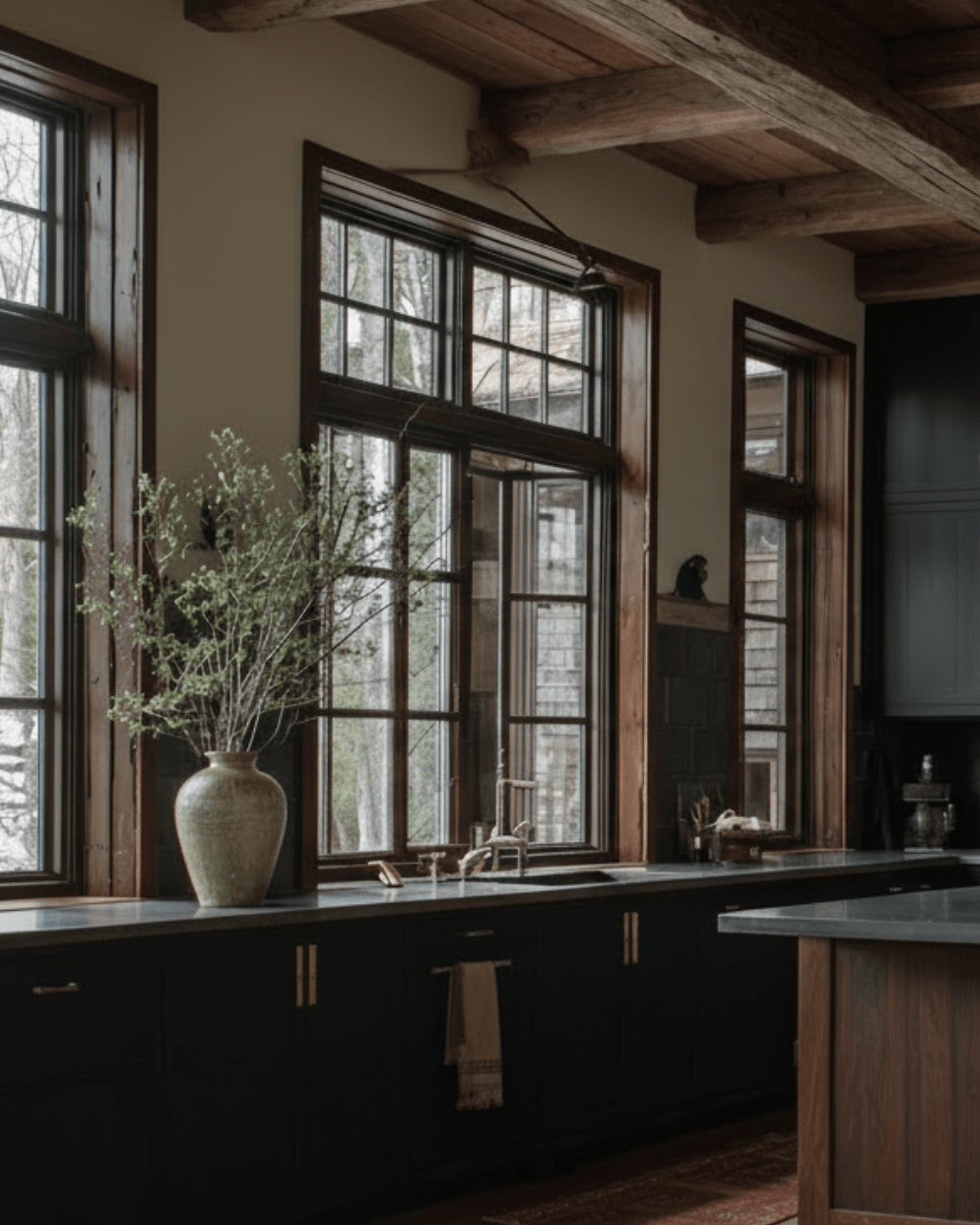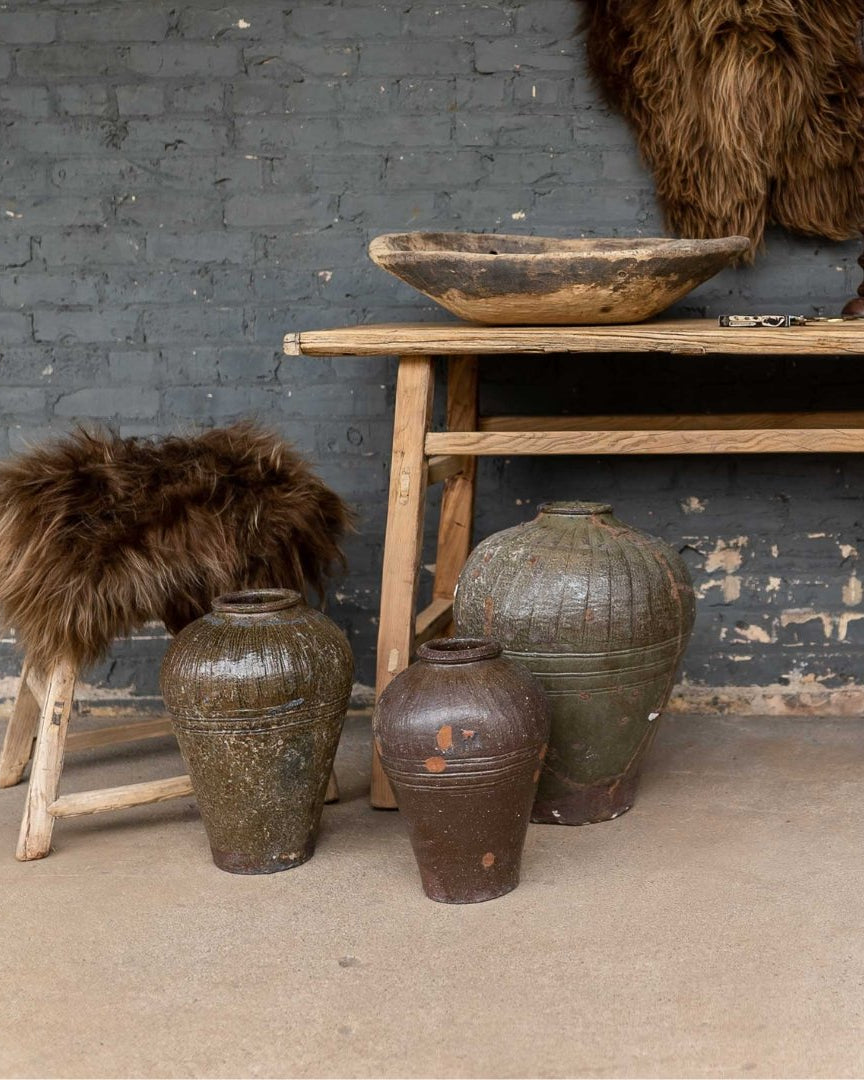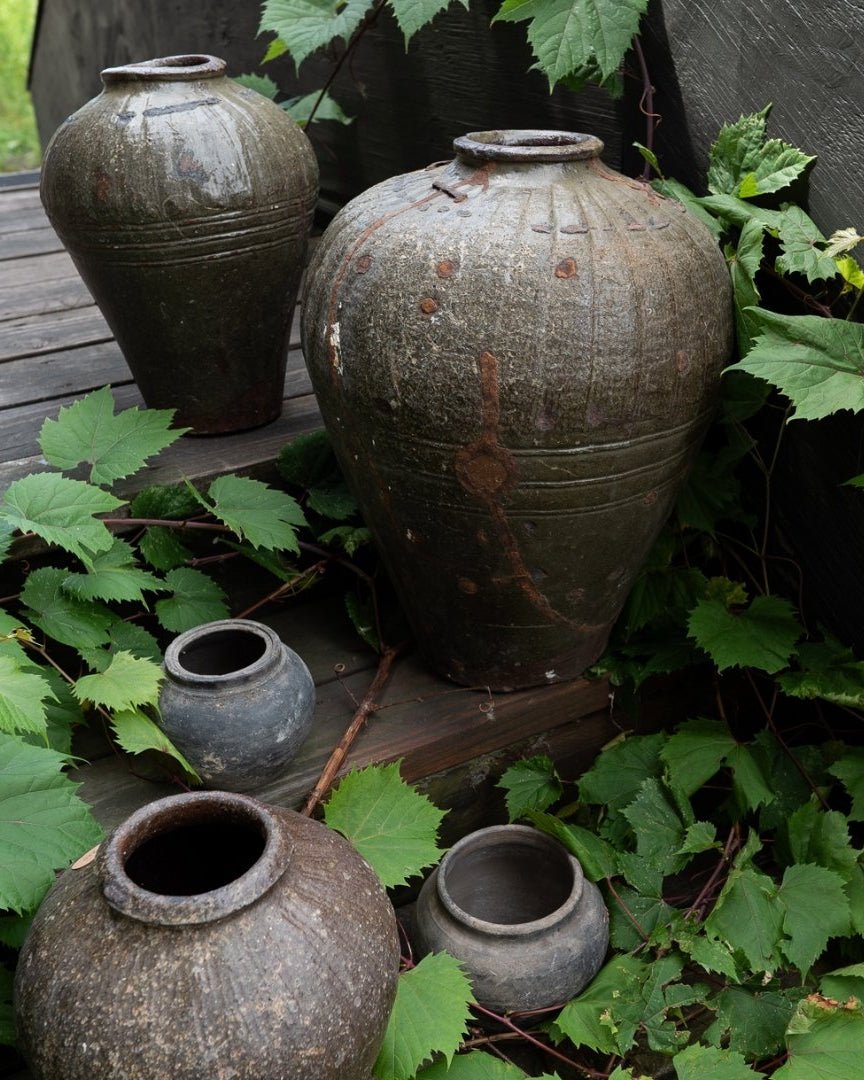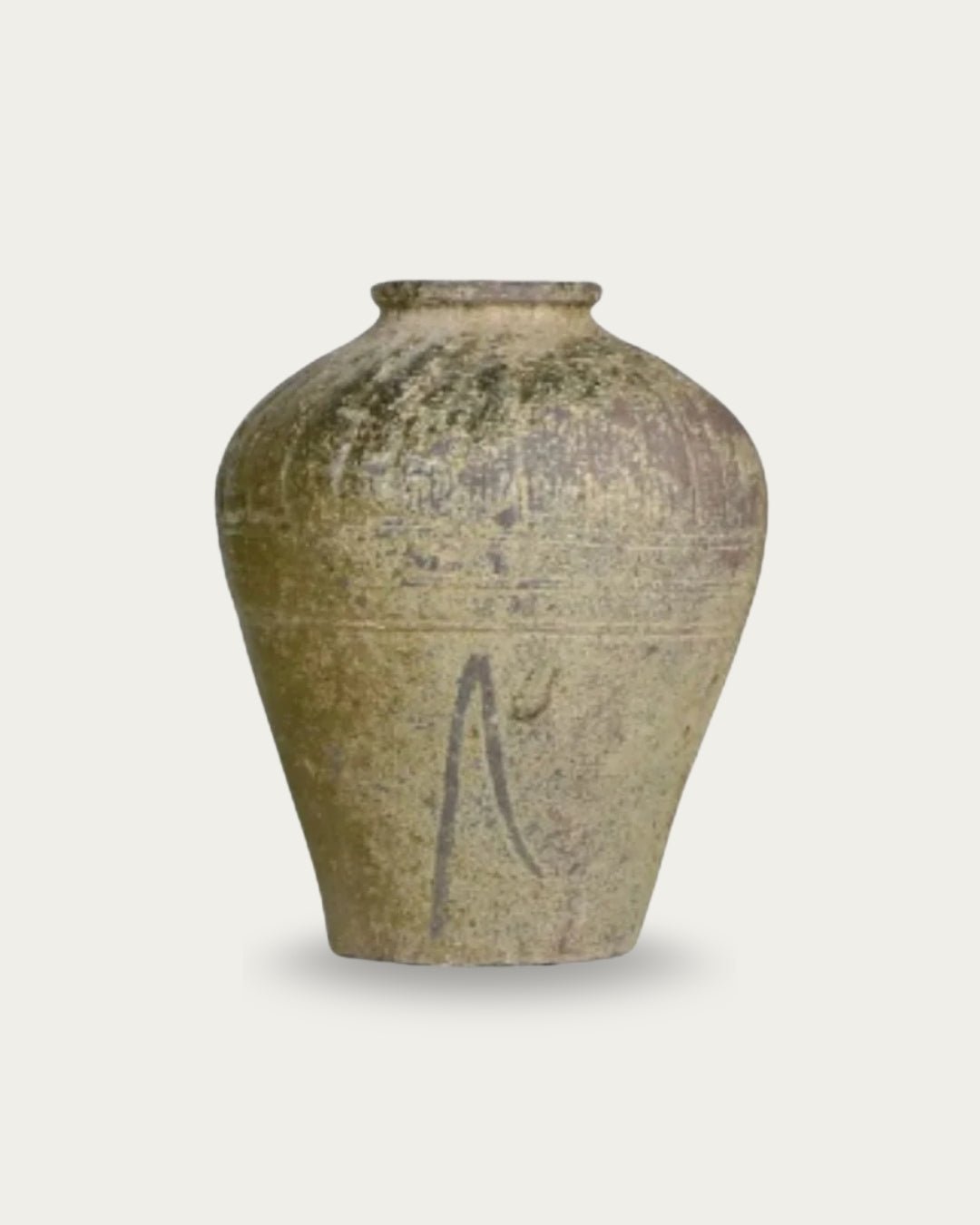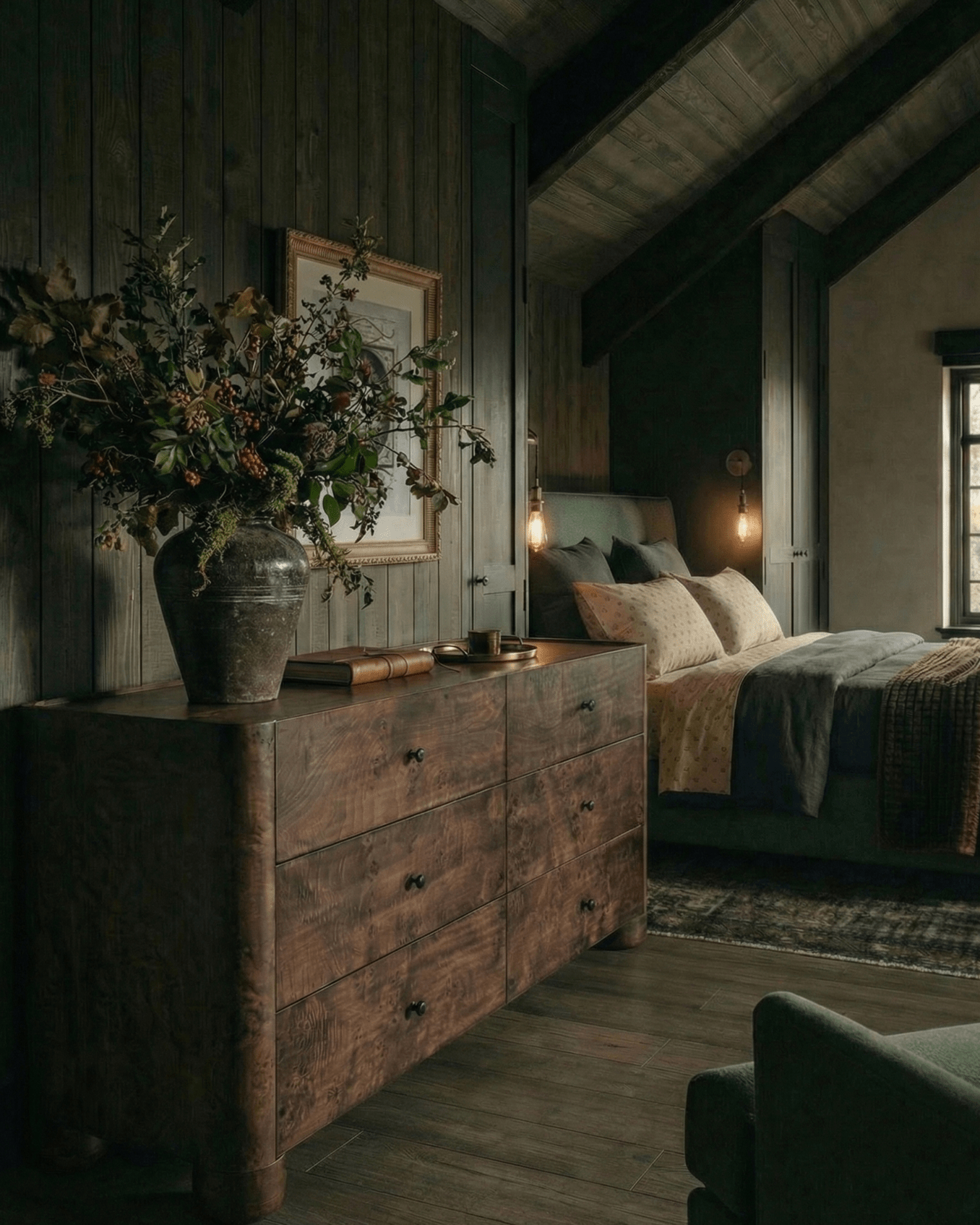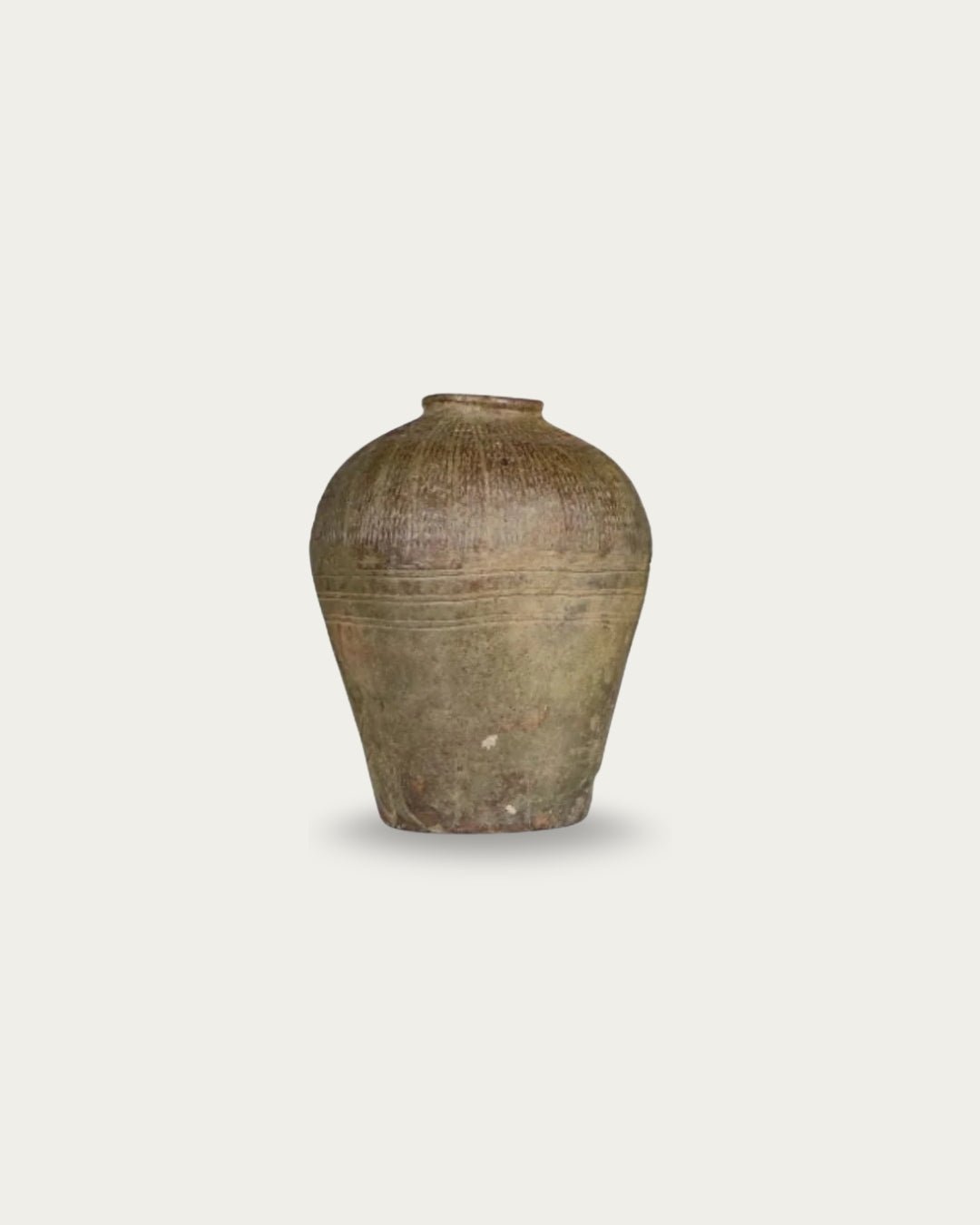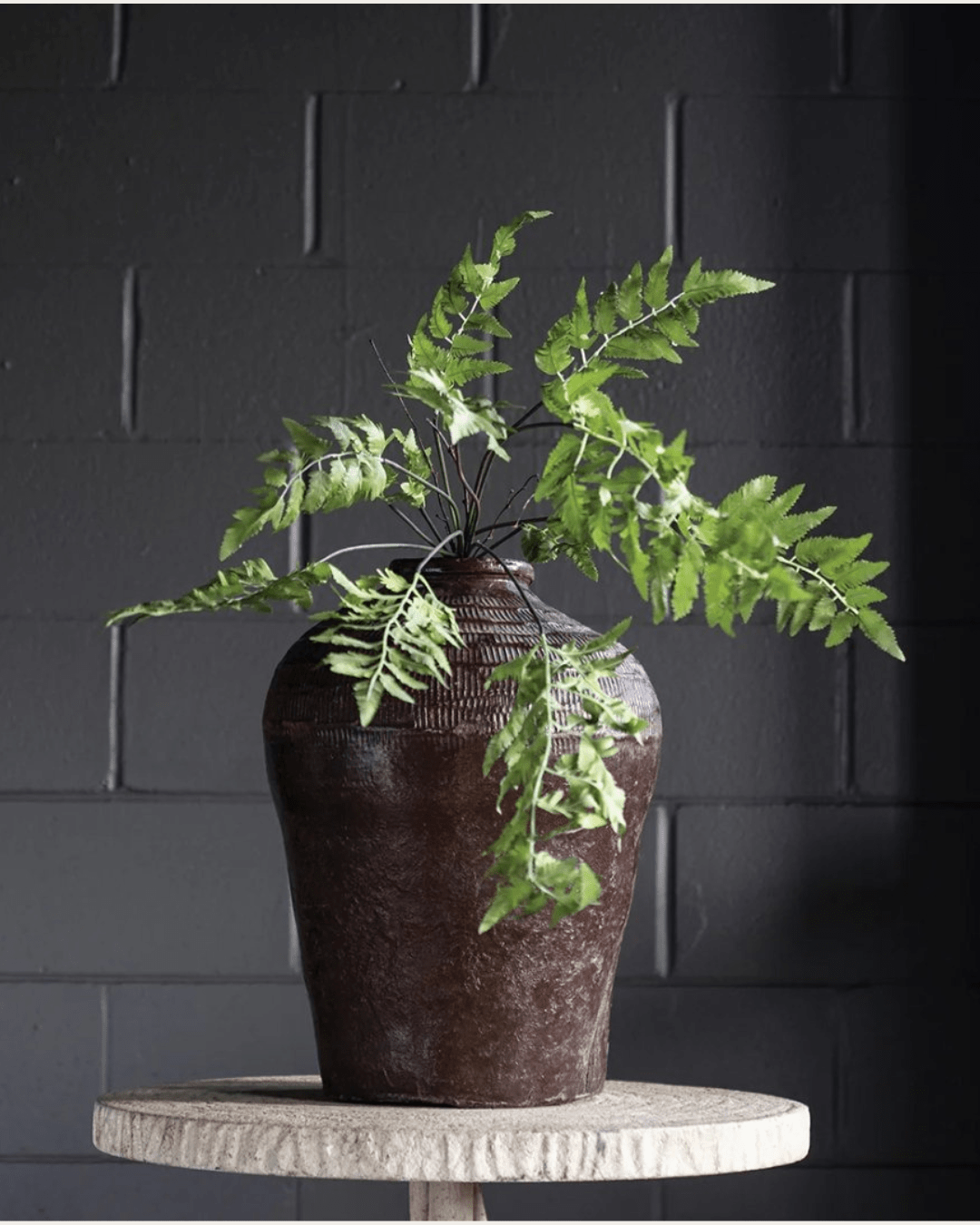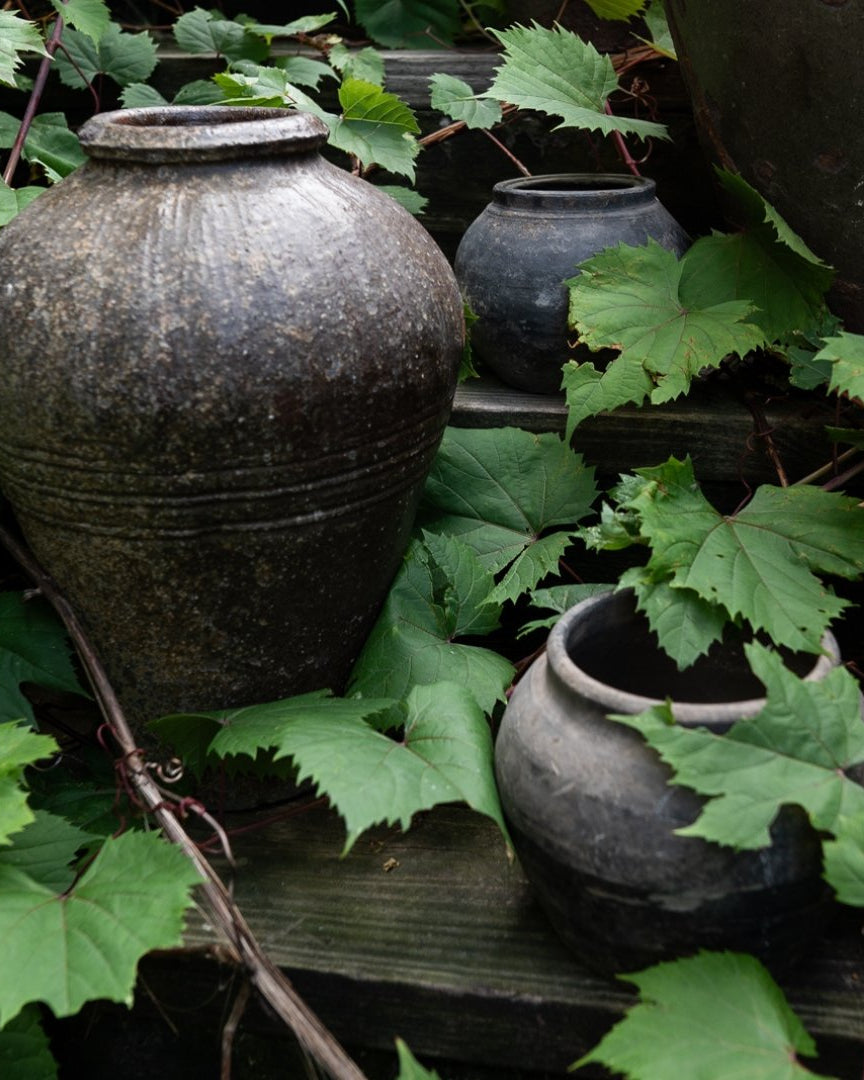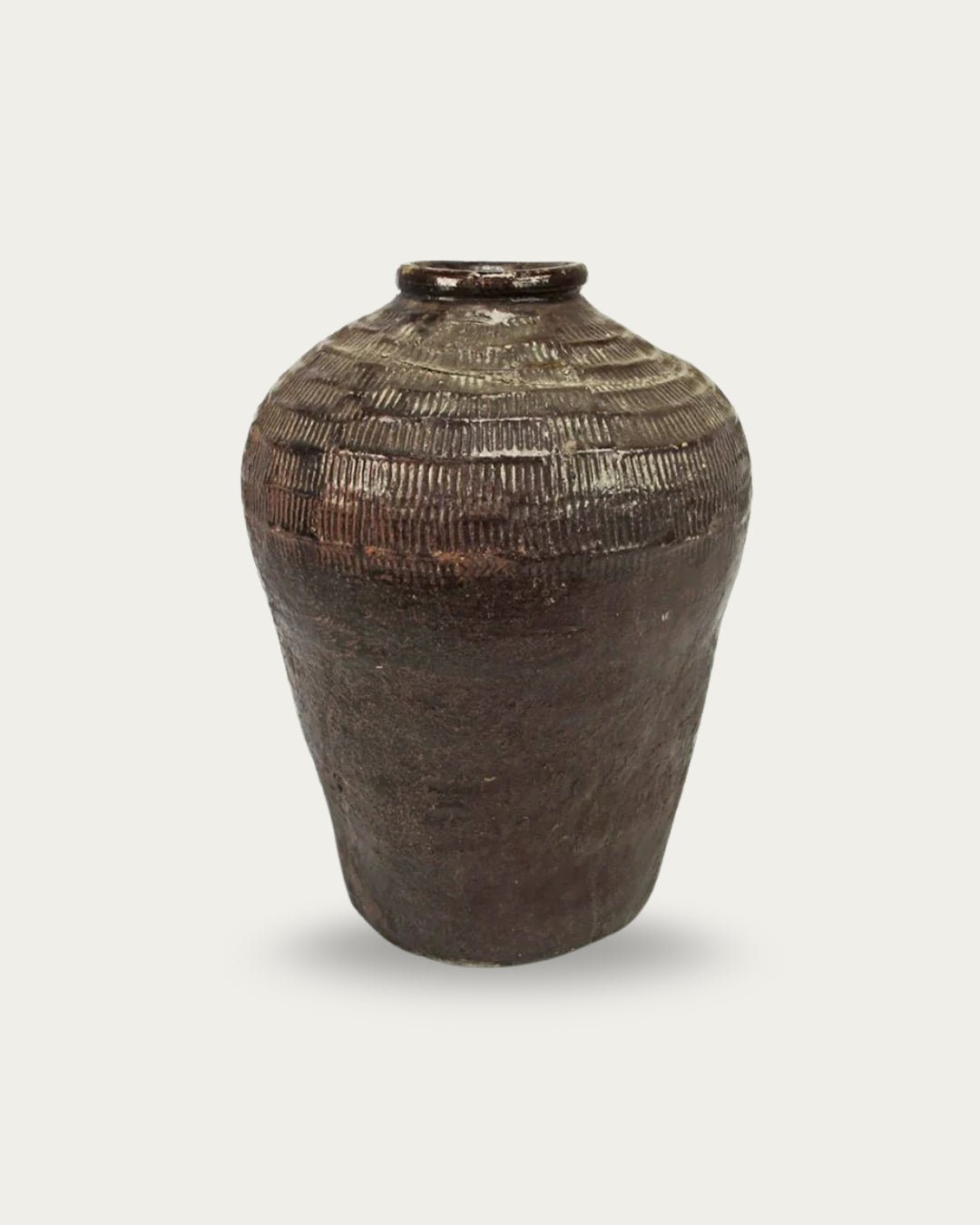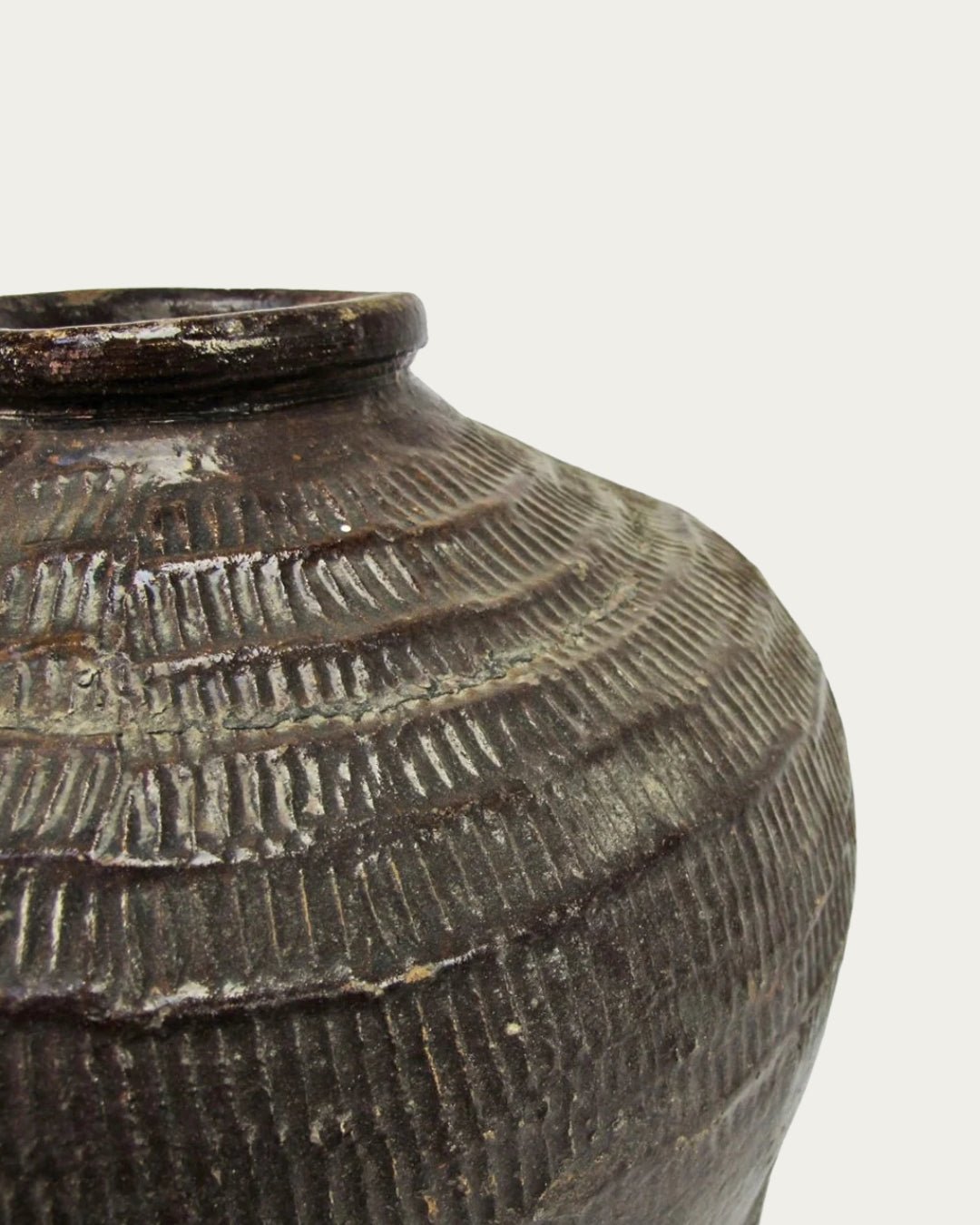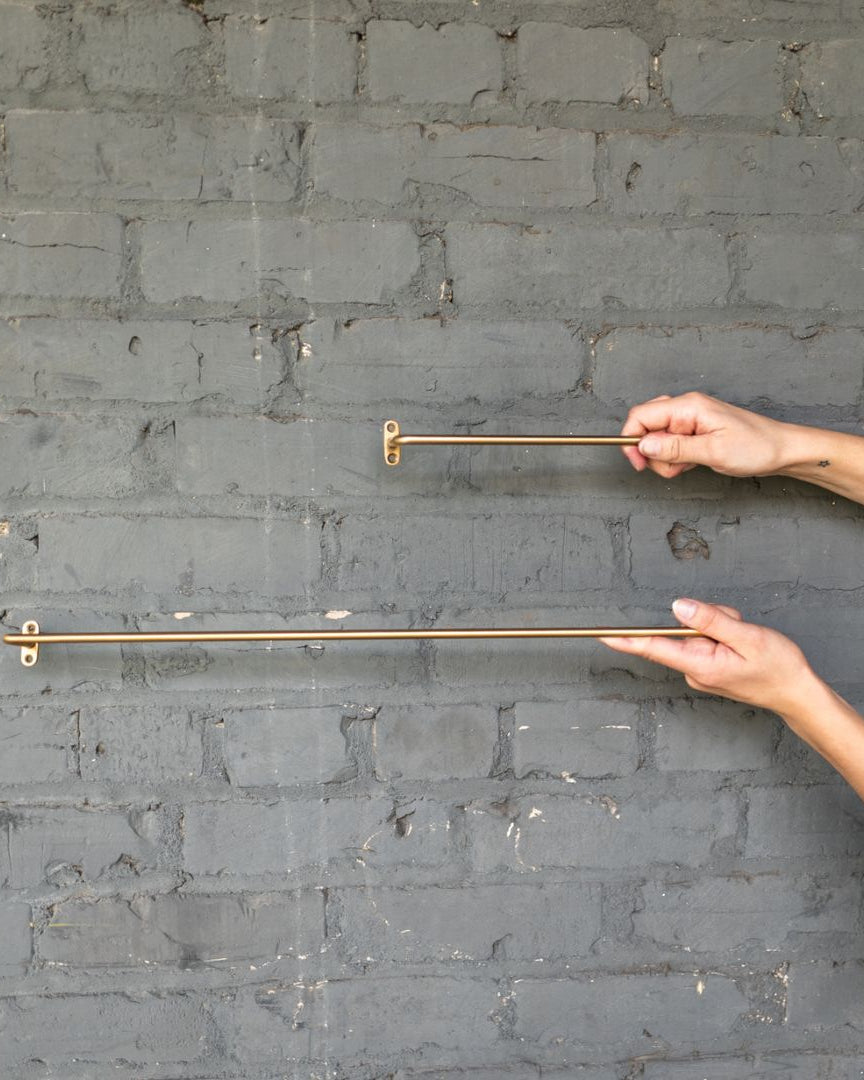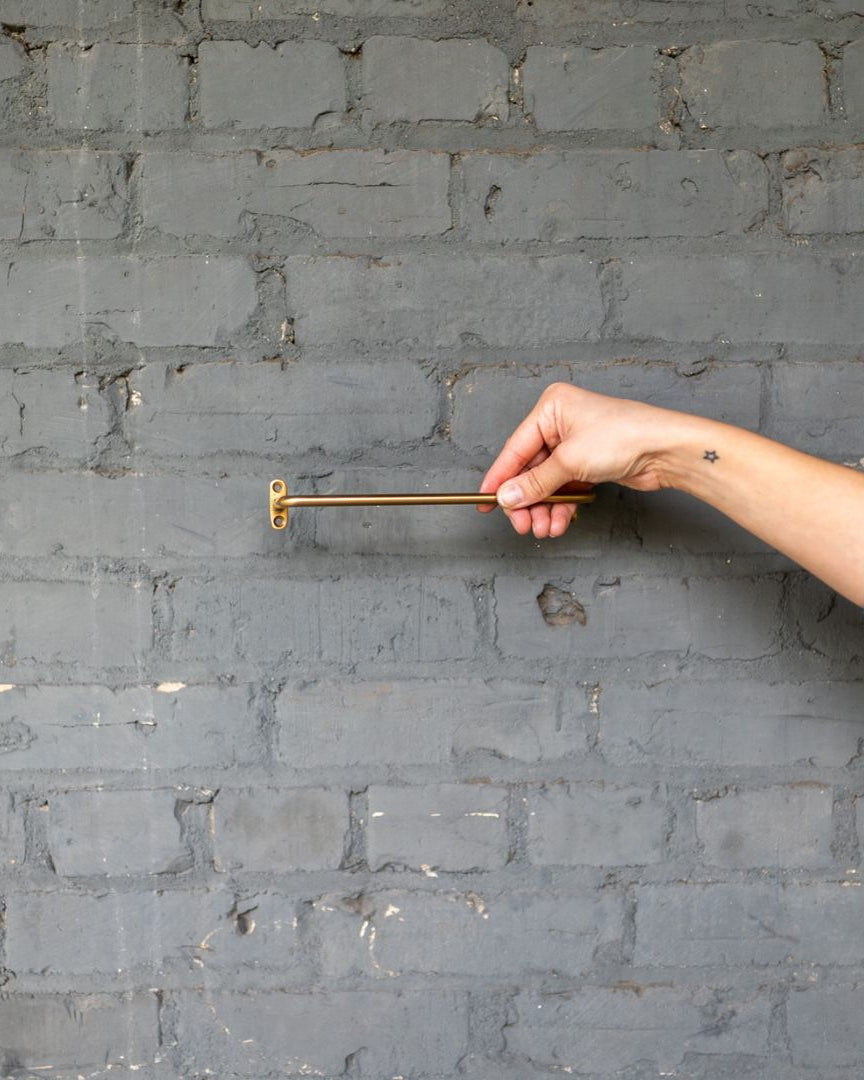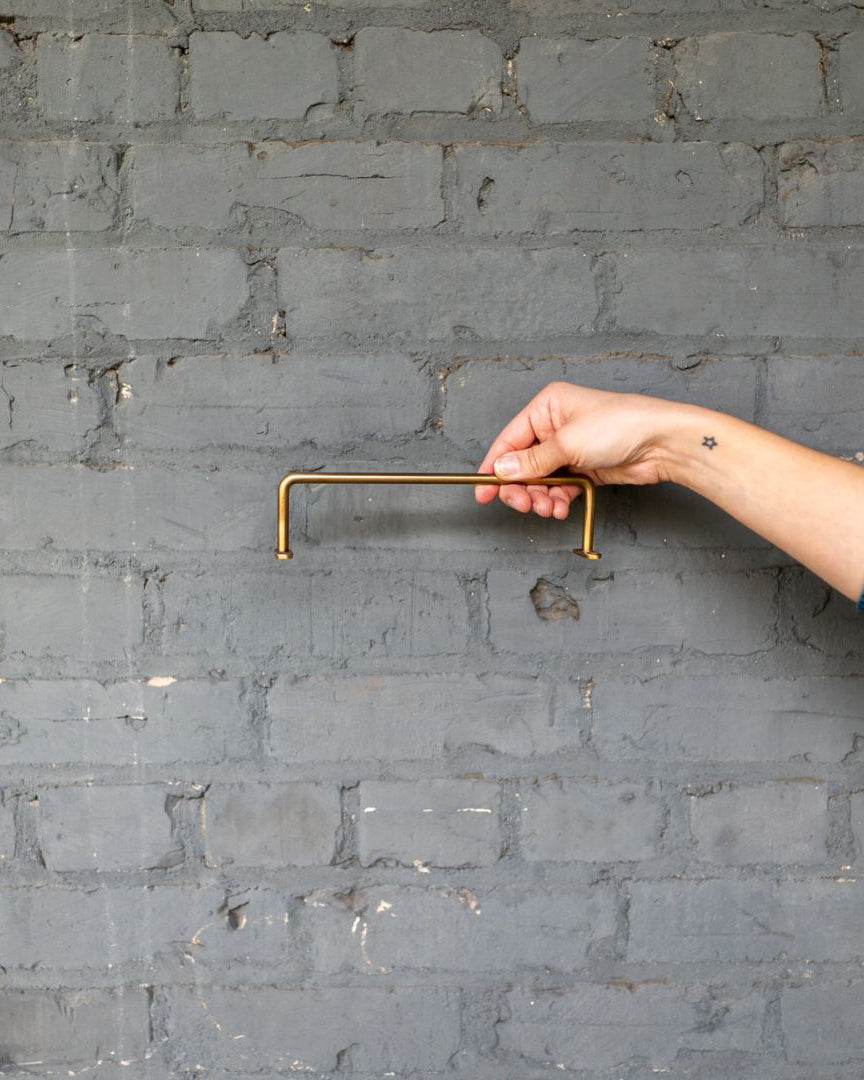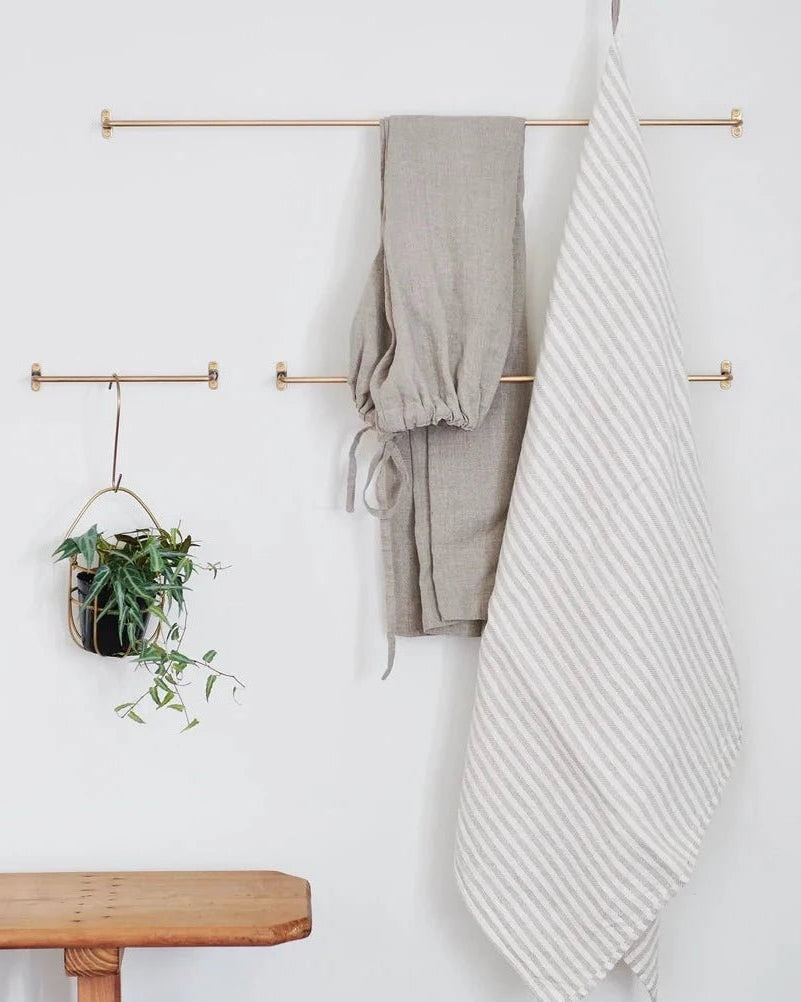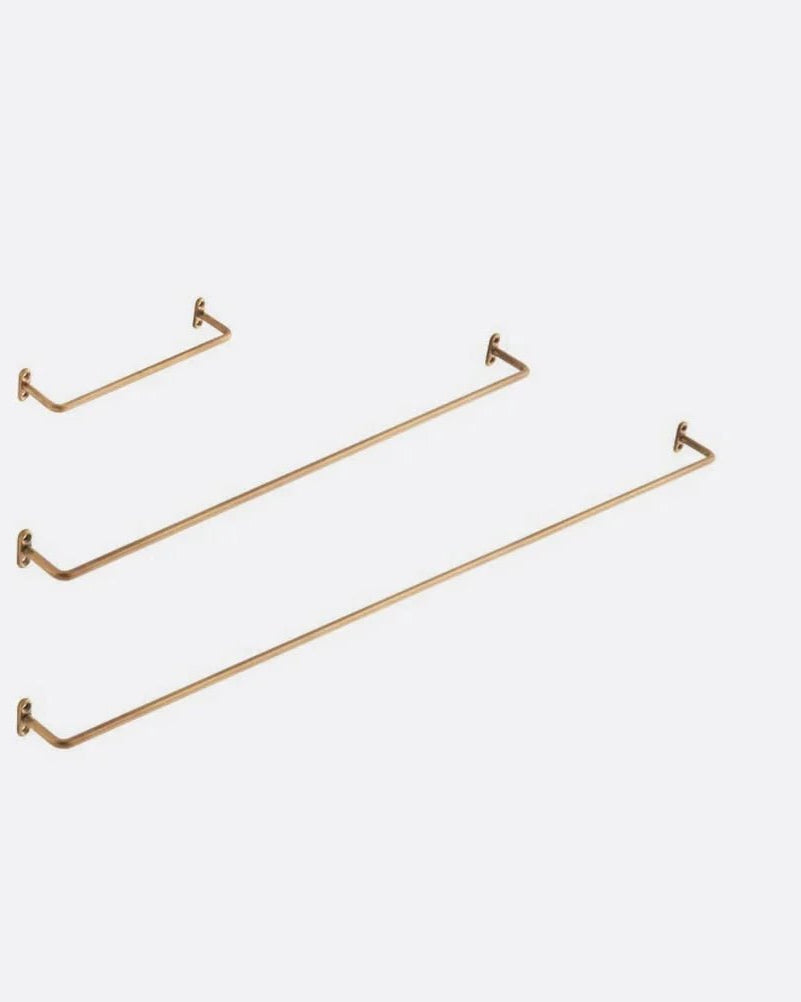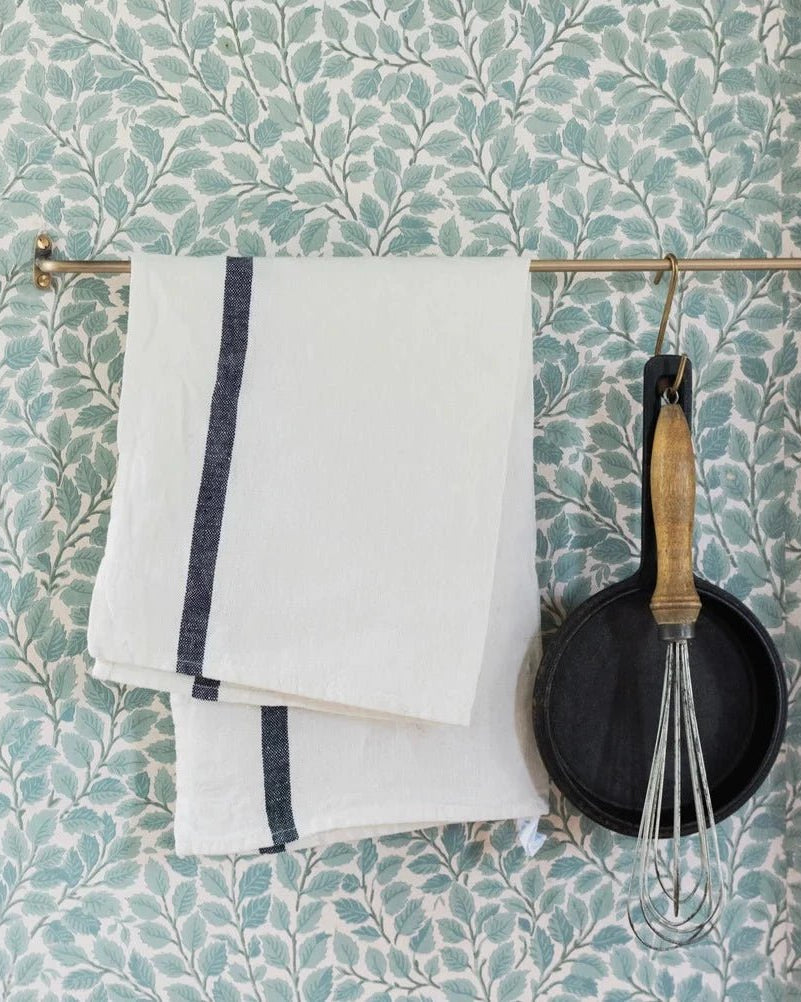Ever come home after a long, exhausting day… and somehow feel even more tired just looking around?
It’s not just you.
In a world running on fast everything—scrolling, shipping, consuming—it’s easy to fill our homes with things that overstimulate instead of restore. That’s where vintage furniture steps in.
At Hello Norden, we don’t just help you shop vintage furniture. We help you feel at home in your own body. These pieces hold weight, texture, and story—and offer the kind of nervous system regulation no flat-pack ever could.
Turns out, designing your space with intention might just be cheaper than therapy—and a whole lot easier to book.
This isn’t about chasing a vibe. It’s about choosing furniture that helps you breathe easier. Let’s break down how vintage furniture does that—and how to shop with more than just your eyes.
Buying From a Vintage Furniture Store Isn’t About Style—It’s About Safety
We’re not just drawn to vintage because it looks cool. We’re drawn to it because it feels safe. Not sterile. Not mass-produced. But lived-in and honest.
Pieces like the Guobjorg Console Table , with its uneven surface and hand-joined base, remind the body that imperfection is normal. The Helena Console Table , with its raw edges and visible knots, brings you back to earth in the best way.
You don’t need more matching sets. You need materials your nervous system doesn’t have to fight with.
What Makes a Vintage Furniture Store Different From a Retailer
Here’s the thing: a vintage furniture store isn’t just a place to buy furniture. It’s a place to feel. You’re not walking into a catalog showroom with fifty of the same coffee tables. You’re stepping into a space built on story, texture, and time.
At Hello Norden, we don’t deal in replicas or mass trends. We source one-off objects that were made slow—like the Sofie Antique Door Cabinet, still bearing its split wood panels and original iron hardware. Or the Helena Console Table, with lines just imperfect enough to reveal the hand behind the craft.
These aren’t just aesthetic choices. They’re ethical ones. No plastic. No fast-molded corners. Just wood, joints, and materials that breathe. And that difference matters—not just for the planet, but for how your body feels in the room.
You don’t need fifty pieces. You need one that’s right.
How to Shop Vintage Furniture With Your Body, Not Just Your Eyes
Forget Pinterest-perfect for a second. When you shop vintage furniture, use your senses.
Sit on it. Is it sturdy? Does it hold you? Run your hand over the surface. Can you feel the history? Smell the wood—does it have that earthy, lived-in scent?
The Katrin Table isn’t just visually calming—it’s solid, substantial, and cool to the touch. Those are cues your body responds to.
Shopping vintage isn’t about checking boxes. It’s about choosing what your nervous system says yes to.
What Defines Vintage Furniture and Its Historical Significance?
Vintage furniture refers to pieces at least 20 years old whose design and materials reflect the stylistic movements of their era. It signifies epochs in craftsmanship, from Victorian hand-carving to Bauhaus minimalism, and anchors cultural history in physical form. Recognizing these stylistic hallmarks enriches our understanding of how design evolves over time and sets the stage for exploring emotional connections.
What Are the Key Vintage Furniture Styles and Eras?
Vintage styles span eras that shaped modern living rooms and offices:
- Art Deco (1920s–1930s) fused geometric inlays and rich veneers to symbolize post-war optimism.
- Mid-Century Modern (1940s–1960s) emphasized streamlined forms, organic curves, and groundbreaking materials like plywood.
- Victorian (1837–1901) featured ornate carvings, heavy proportions, and luxurious upholstery.
Vintage Furniture Styles and Eras
Vintage furniture styles reflect the technological advances and social values of their time, with each era showcasing unique characteristics. For example, Art Deco pieces from the 1920s and 1930s used geometric inlays and rich veneers, while Mid-Century Modern designs from the 1940s to 1960s emphasized streamlined forms and organic curves.
Each style reflects technological advances and social values, linking material innovation to aesthetic evolution and preparing us to assess authenticity through craftsmanship.
How Does Craftsmanship and Material Indicate Vintage Authenticity?

Fine joinery and original hardware define authenticity. Look for:
- Dovetail Joints in drawers, revealing hand-cut consistency.
- Solid Wood Types (e.g., teak, walnut) with age-related patina.
- Original Screws and Fasteners showing period-appropriate stamping.
Evaluating these attributes confirms genuine vintage origins, which leads us to the designers who pioneered these landmark creations.
The Science of Tactile Weight: Why Vintage Furniture Grounds Us
There’s a reason real wood feels… real. Not just visually, but in the body. You feel it in the heft of a drawer, the grain beneath your fingertips, the cool touch of a hand-carved leg. That’s tactile weight—and your nervous system picks up on it instantly.
The Junia Vintage Wood Sideboard is a prime example. Its carved edges, natural density, and weighty feel don’t just anchor the room visually—they slow it down. Or consider the Antique Trestle Table – Counter Height with its sculpted base and thick planks. It doesn’t wobble or whisper. It holds its ground.
That groundness? That’s regulation. Your senses register materials like this as safe, solid, and honest. Veneered particle board doesn’t do that. But wood that’s stood the test of time? Your body knows the difference.
How Do Vintage Objects Carry Emotional and Cultural Memory?
Objects carry memory by linking personal or collective narratives to physical form. A grandmother’s rocking chair becomes an heirloom that encapsulates family history, while a Bauhaus side table can evoke social revolutions in interwar Europe. Understanding this emotional resonance reveals why vintage furniture transcends function and precedes discussions on ethical provenance.
That’s the beauty of shopping vintage—it’s not just about filling a room, it’s about continuing a story. Browse our Vintage Furniture collection to find the next chapter for your space.
Reading the Room: How Patina and History Regulate Our Senses
You know that feeling when something in the room is just too much? Too shiny, too sterile, too perfect. That’s visual noise—and it overstimulates.
Aged materials like those on the Isabella Antique Chinese Cabinet—with its weathered lacquer and timeworn frame—do the opposite. They absorb light, add softness, and create visual rhythm. The Berglind Sideboard does this too. Its faded surface and visible grain slow the eye and ground the space.
Patina isn’t damage—it’s design that’s done some living. These stories in the wood, the texture in the finish, the slight wear around the handles—all of that cues the nervous system to exhale.
What Stories Do Heirloom Furniture Pieces Tell?
Heirloom pieces often chronicle migrations, milestones, or craftsmanship passed through generations. For example, a 1950s walnut dining set might mark a post-war family reunion, while a repurposed school desk can illustrate changing educational philosophies. These narratives imbue objects with sentimental value and pave the way to exploring broader material culture.
How Does Material Culture Shape Our Relationship with Vintage Objects?
Material culture studies reveal how objects reflect identity, status, and community values. Furniture choices—from colonial mahogany armoires to Scandinavian minimalism—express social aspirations and collective memory. By examining these cultural threads, we grasp how design operates as a medium for personal and societal storytelling before addressing authenticity and regulation.
Why Is Sentimental Value Important in Vintage Furniture?
Sentimental value attaches emotional weight that market price alone cannot measure. A scratched finish or faded upholstery can signify decades of use and memory accumulation. Acknowledging this intangible significance reinforces the imperative to verify provenance and legal status, ensuring both ethical collecting and preservation of that emotional heritage.
How Can You Verify Provenance, Authenticity, and Navigate Regulation in Vintage Furniture?
Verifying provenance and navigating import/export laws safeguard both buyer and heritage. Provenance documentation, from original invoices to certificates, corroborates authenticity, while understanding regional regulations prevents legal pitfalls. Mastery of these protocols ensures your vintage collection remains both genuine and compliant.
What Are the Best Practices for Identifying Authentic Vintage Furniture?
To confirm genuine pieces:
- Examine maker’s labels or stamps hidden under drawers or behind panels.
- Check construction details like hand-cut dovetails and frame-built joints.
- Compare with archival photos or design catalogs to match design proportions.
These steps establish provenance and transition us to the legal frameworks governing vintage trade.
How Does Ethical Sourcing Impact the Vintage Furniture Market?
Ethical sourcing verifies that no protected species were exploited and that cultural property laws are respected. Reputable dealers trace ownership history, avoid looted artifacts, and engage in restorative conservation. Adhering to these standards maintains market integrity and leads naturally into vintage’s environmental benefits.
Why Is Vintage Furniture a Sustainable Choice for Modern Living?
Choosing vintage reduces demand for new manufacturing, conserves resources, and extends product life cycles. By repurposing existing pieces, you cut carbon emissions associated with wood harvesting and factory processing. This eco-friendly approach complements circular economy principles and guides us to practical decor integration.
How Does Vintage Furniture Reduce Environmental Impact?
Vintage furniture avoids fresh timber harvesting and factory emissions, offering these measurable benefits:
- Reduced Carbon Footprint: No new milling or chemical finishes.
- Waste Diversion: Rescues functional items from landfills.
- Resource Conservation: Preserves aged wood that developed natural durability.
Cutting these environmental costs underscores vintage’s sustainable credentials and transitions to circular economy dynamics.
What Role Does the Circular Economy Play in Vintage Living?
The circular economy prioritizes reuse, repair, and redistribution over disposal. Vintage pieces exemplify these principles by:
- Extending Life through restoration.
- Redistributing Value in second-hand markets.
- Recycling Components responsibly at end of use.
Embedding circularity in home design fosters a closed-loop system and leads to actionable decorating tips.
How Can You Incorporate Sustainable Vintage Decor in Your Home?

To merge style with sustainability:
- Pair a restored mid-century sideboard with modern eco-fabric cushions.
- Mix Victorian accent chairs with minimalist lighting for balanced contrast.
- Source from local vintage stores to lower transport emissions while you shop vintage furniture.
These approaches blend design narratives with environmental stewardship, preparing you to curate and restore pieces yourself.
How Do Collectors Curate, Restore, and Value Vintage Furniture?
Collectors evaluate condition, rarity, and provenance to appraise vintage. Restoration techniques—from shellac refinishing to structural reinforcement—can enhance longevity while preserving patina. Knowing these markets and methods empowers informed collecting and drives responsible acquisition when you decide to shop vintage furniture.
How Are Antique Furniture Restoration and Preservation Done?
Restoration balances structural repair with aesthetic integrity by:
- Cleaning using pH-neutral solvents to remove grime.
- Stabilizing loose joints with period-appropriate adhesives.
- Refinishing with shellac or natural oils to maintain authentic patina.
Expert techniques ensure each piece retains its historical character before turning to shopper considerations.
What Should You Know When Shopping for Vintage Furniture?
When shopping:
- Verify seller reputation and ask for detailed photos.
- Confirm authenticity markers such as labels or joinery.
- Negotiate terms of sale including return policy and provenance guarantees.
Informed buying leads seamlessly into understanding the deeper cultural and legal dimensions of vintage objects.
Why Is Vintage Furniture Valuable Beyond Its Age?
Value stems from cultural context, design innovation, and emotional resonance. Furniture that embodies social movements or groundbreaking materials carries collectible appeal that transcends mere chronology.
How Does Vintage Furniture Connect Us to History and Culture?
Vintage furniture acts as a tactile bridge between past and present, reflecting social customs, technological progress, and artistic movements. In preserving and displaying these objects, collectors and museums alike safeguard collective memory while inspiring new design narratives in modern living spaces.
How Do Vintage Objects Reflect Social and Cultural Movements?
Design elements often mirror historical contexts:
- Post-war optimism in sleek, functional mid-century pieces.
- Industrial revolution influences in cast-iron and wrought-steel constructions.
- Craft revival movement reflected in handcrafted Arts and Crafts furniture.
These patterns reveal evolving values and prepare us to explore institutional roles in preservation.
Why Hello Norden Is More Than a Vintage Furniture Store
We’re not just curating good design—we’re curating nervous system ease.
At Hello Norden, every piece is chosen for what it does to the body: slows the room, regulates the senses, and makes home feel more human. Whether it’s the grain of a sideboard or the heft of a table leg, we care about the details that matter to your body—because the way you design your home? It’s cheaper than therapy.
Browse our Vintage Furniture collection and shop vintage furniture that helps you feel more at home in your body.
Frequently Asked Questions
What is considered vintage furniture?
Vintage furniture typically refers to pieces that are at least 20 years old and reflect the design, materials, and craftsmanship of their era. These aren’t just old pieces—they’re time capsules made of solid wood, hand-cut joints, and stories.
How is a vintage furniture store different from a regular retailer?
A vintage furniture store (like ours) isn’t chasing trends or stocking mass-made replicas. We source one-of-a-kind objects with history, texture, and honest materials—no plastic, no shortcuts, no fast furniture.
Why does vintage furniture feel more grounding than new furniture?
It’s all about the sensory input. The weight. The texture. The worn-in surfaces. Vintage furniture isn’t shouting for attention—it’s steadying. Your nervous system registers real wood, patina, and natural materials as safe and familiar. That’s regulation at work.
How do I know if vintage furniture is authentic?
Look for craftsmanship cues like dovetail joints, solid hardwoods, original hardware, and visible wear that shows it’s been loved. Bonus: ask about provenance or maker stamps tucked underneath or inside drawers.
Is vintage furniture sustainable?
Very. Buying vintage keeps usable pieces out of landfills and cuts the need for new production. No new trees cut, no factory emissions. It’s reuse and restoration in action—aka circular living.
How should I shop vintage furniture if I want my home to feel calm?
Use your senses. Touch the wood. Sit on the chair. Notice the scale and texture. If your body relaxes, that’s a green light. Don’t overthink the “look.” Shop for how it makes you feel.
Can vintage furniture work in a modern space?
Absolutely. That mix—old wood with clean lines, antique patina against white walls—that’s where the magic is. Vintage isn’t about recreating a past era. It’s about layering history into the now.
Where can I shop vintage furniture that actually feels good to live with?
You’re already here. Browse our vintage furniture collection and find pieces that feel grounding, not just good-looking.





